

Savour the
Grand Tour of Catalonia
Discover the new route



Sea or mountain? Town or city?
Sport or culture? Michelin stars or grandmother's recipes? Discover all the
routes of The Grand Tour of Catalonia
and live your own experience.
A journey full of journeys

Select your preferred experiences

Good Cheese
After all the excitement, a visit to some craftsmen who produce mountain cheese brings our pulse back down to normal. Our goal is to learn about the production process and taste the delicacies made by certain producers whose cheeses have won prestigious prizes such as the World Cheese Award. Before we finish our day in El Pallars Sobirà, take a detour of a few kilometres to visit the picturesque town of Gerri de la Sal, where we visit its walled old town, an eleventh-century monastery, a medieval bridge and salt marshes with its Royal Alfolí, monuments listed as Goods of National Cultural Interest.
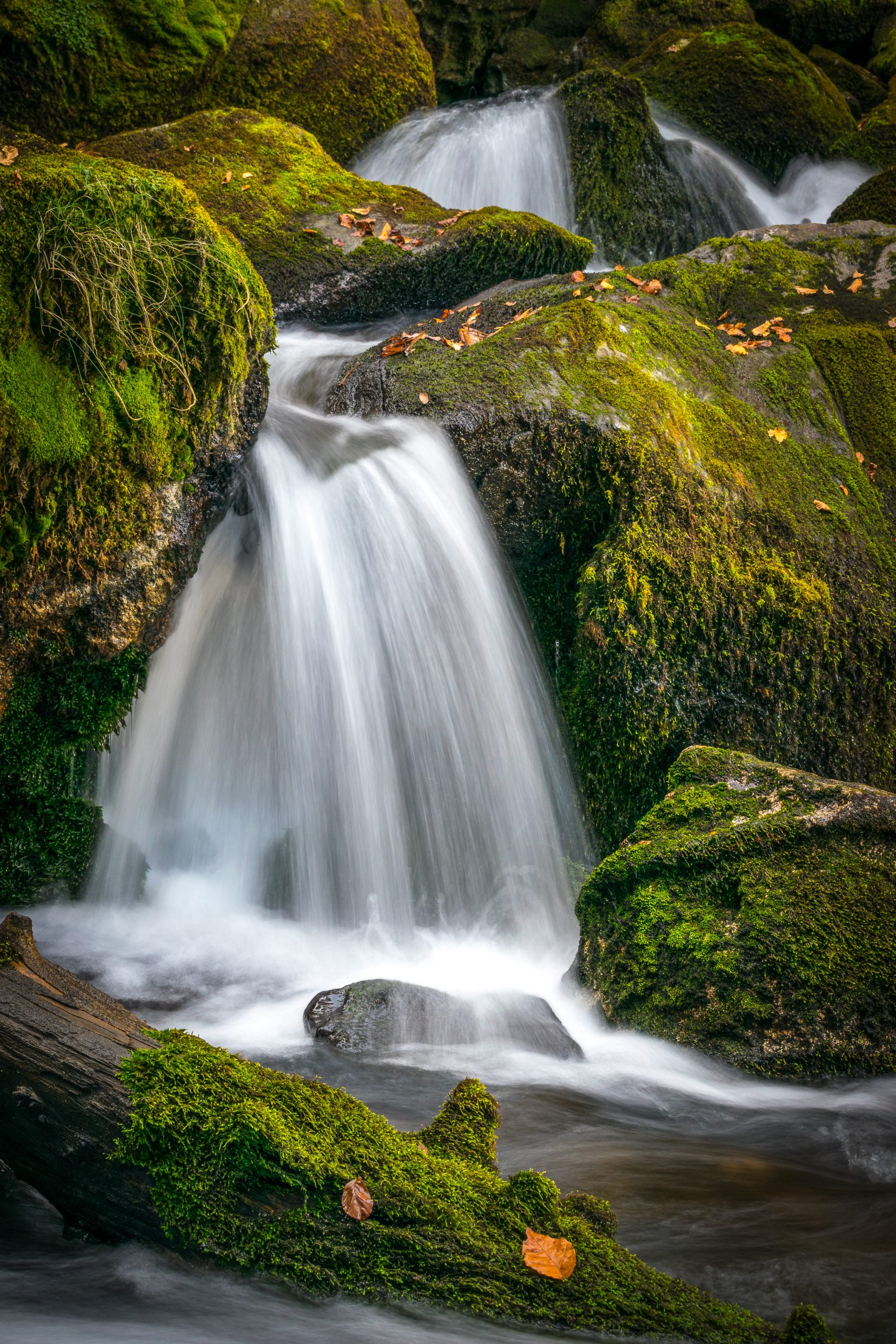
Glacial waterfalls
From Vielha we drive along the Garona River to one of the most picturesque places in Val d’Aran, Artiga de Lin, a series of green meadows, ravines and rivers that form one of the most beautiful and easily accessible valleys in Val d’Aran. From here, a short walk brings us closer to Els Uelhs Deth Joeu, a waterfall fed by the waters of the Aneto glacier. An exceptional phenomenon, the water disappears four kilometres up in the Benasque Valley only to resurface here in all its strength.
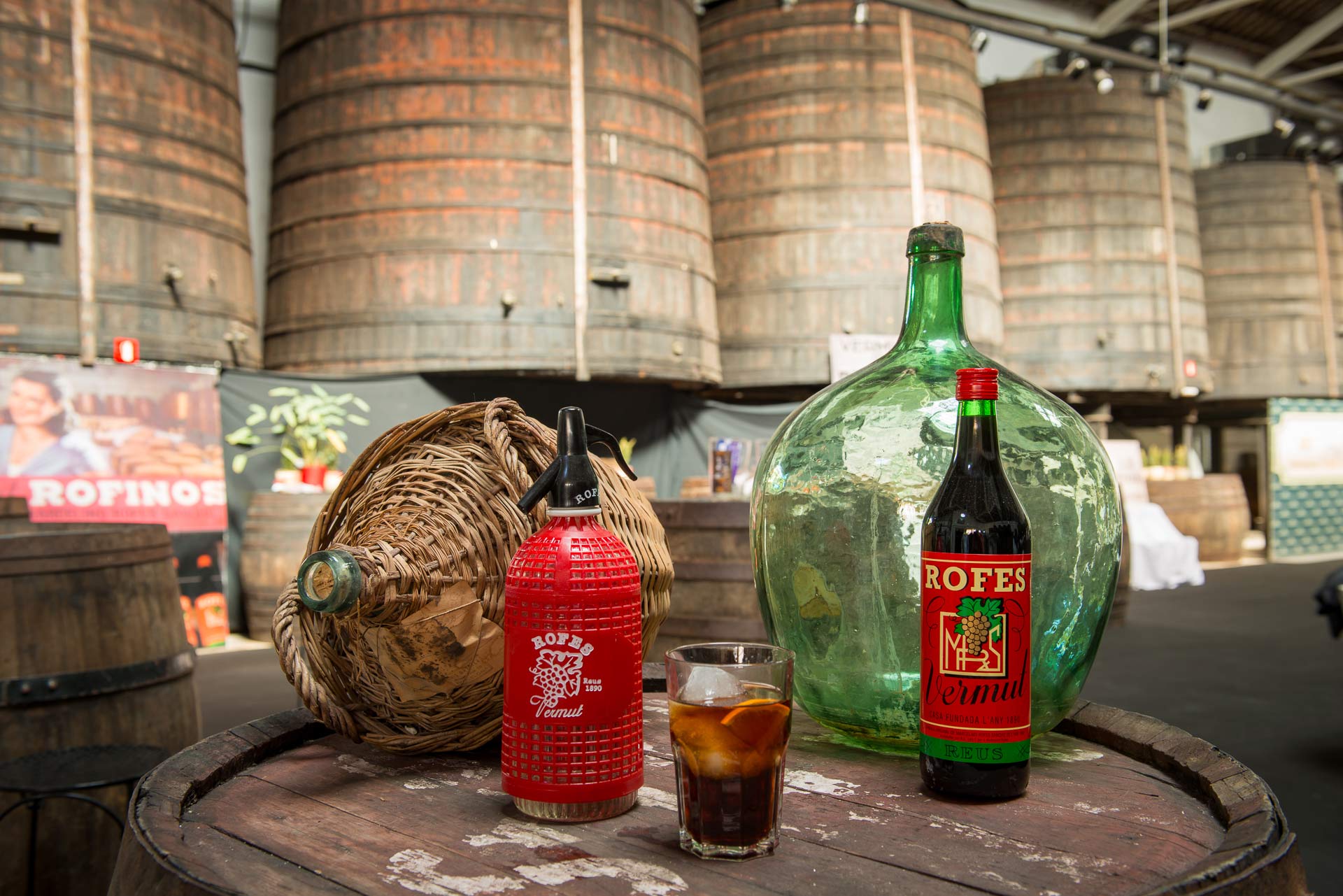
Tastes of the sea
Next we’ll make our way to Reus, where vermouth is practically a religion. The Vermouth Route will take us to a museum with a collection of objects used in its production and to an old factory. The visit ends with a tasting of vermouth and D.O.P. Reus hazelnuts, with views of Casa Navàs, one of Catalonia’s Modernista gems. The town is also one of the stops on the Olive Oil Cycling Route, which passes through the towns that produce D.O.P. Siurana EVOO, made from the Arbequina olive, one of the most prized oils in the world. The afternoon will be spent watching the fishing boats return to the port of Cambrils, while the aromas from the kitchens of the nearby restaurants tempt us to sample the seafood cuisine of the culinary capital of the Costa Daurada.
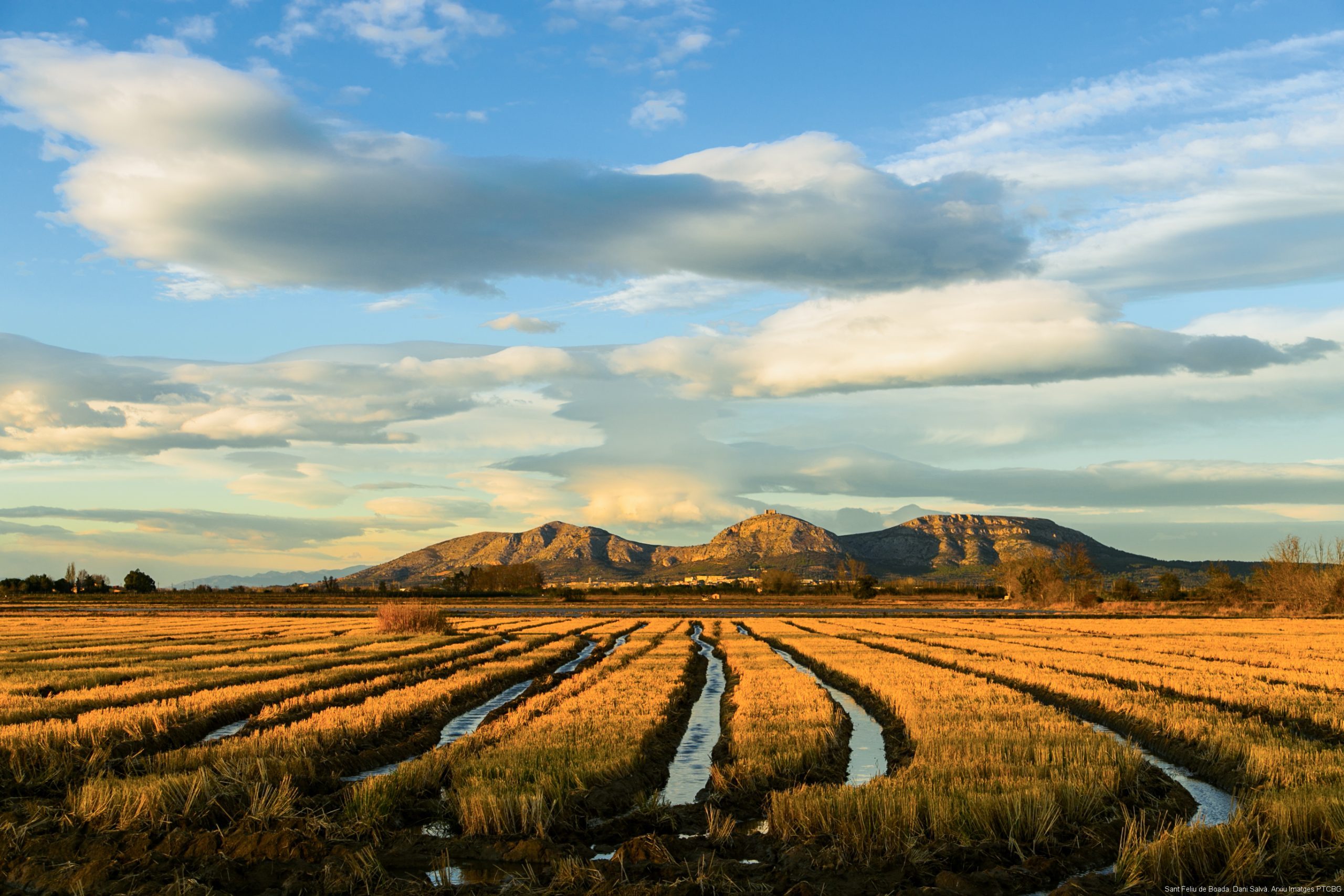
Girona apples
Since we are in the lands of Apples of Girona (PGI), we continue to Palau Sator to visit a cider shop where we buy different products made from those apples. Not just the most obvious, cider, but also juices, jams and vinegar. The route approaches the coastline to the Begur coves, another of the towns on the list of Marine Districts and Villages. No one has captured the Empordà districts better than the writer Josep Pla. If we are interested in his literature and his landscapes, we should head to Palafrugell, where the Josep Pla Foundation is located, and Calella de Palafrugell, Charming Village, to explore the writer's childhood landscapes, as he spent his summers at the family home on Canadell Beach.
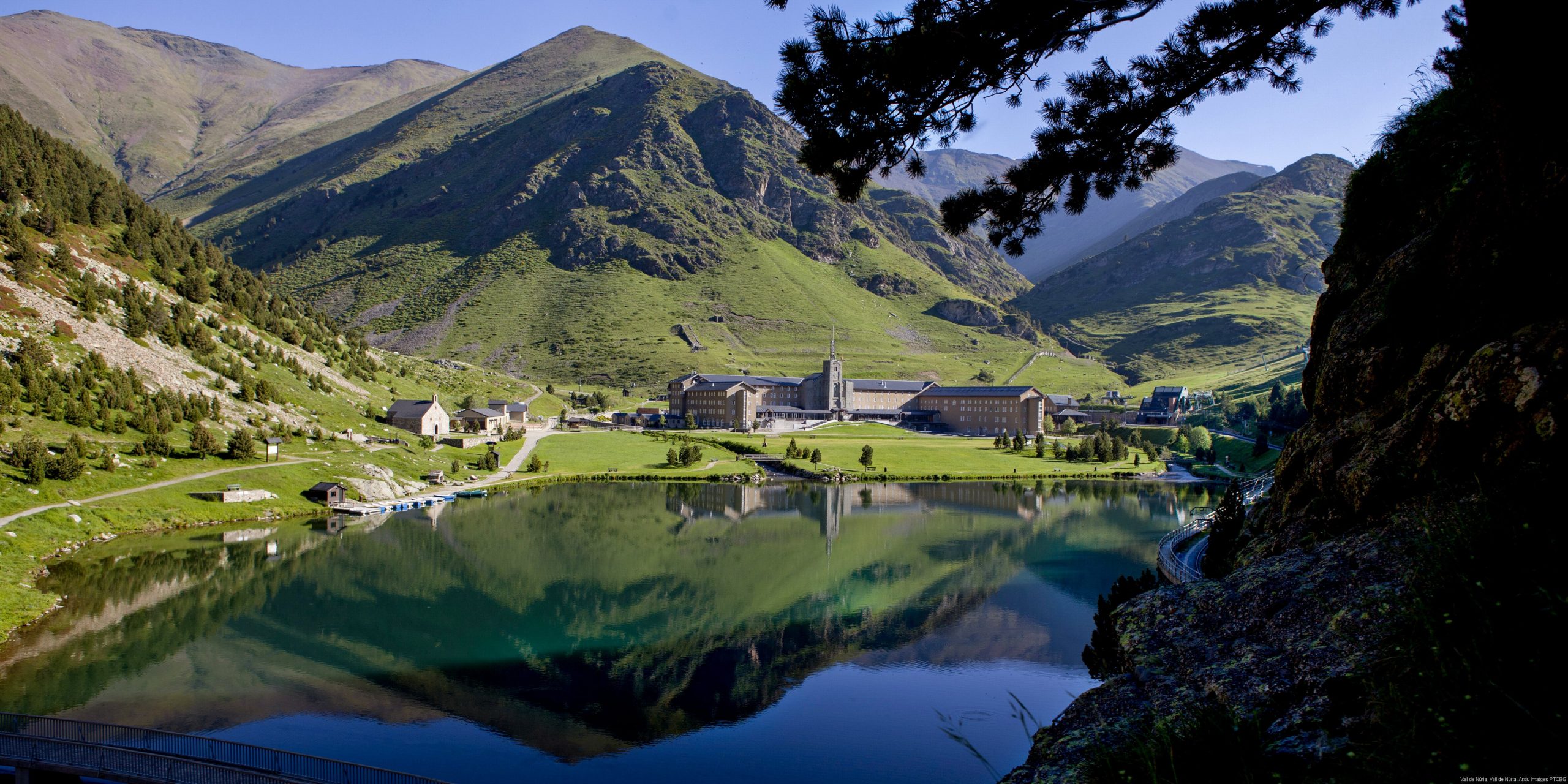
Vall de Núria
From Ripoll we climb to the town of Ribes de Freser where we exchange the car for a rack railway which, after a thousand metres of elevation gain, drops us at the head of the Vall de Núria. The vista from here is worthy of an oil painting: trees, green meadows and a sanctuary that looks tiny against the backdrop of the Pyrenean peaks. From the sanctuary of Núria there are several simple routes where it is easy to encounter chamois and marmots. Part of the group goes for a small guided excursion and the heads out on a horseback ride to the Verge forest. Some other visit, when we have more time, we could take on the challenge of climbing to Puigmal, an iconic beak with an altitude of 2,913 metres that acts as a natural border with France.
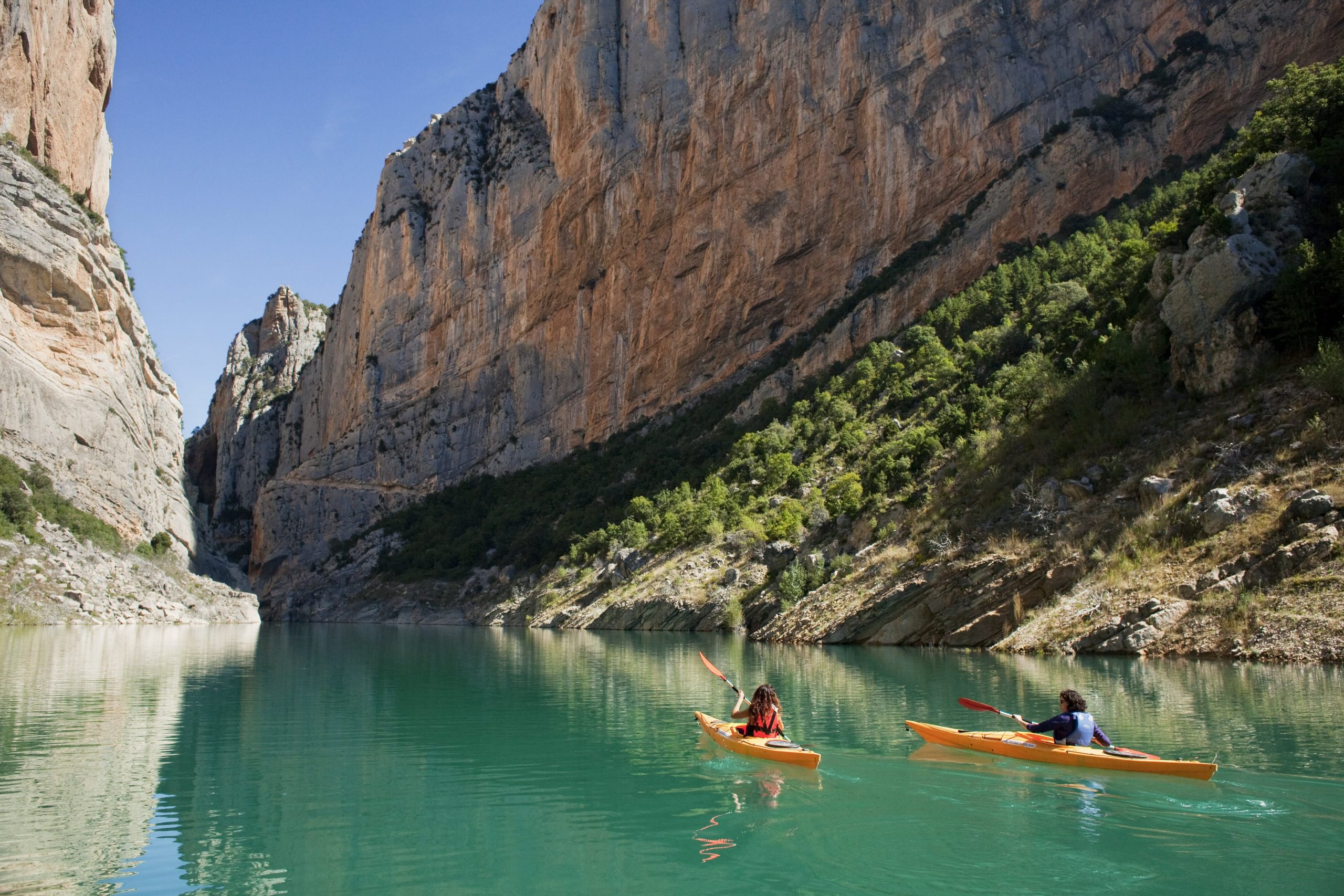
Congost de Mont-rebei
After a stroll through the town centre, we’ll get driving again to enjoy the panoramic road between Balaguer and Baronia de Sant Oïsme, an itinerary of beautiful landscapes with views over the Segre river and the Camarasa swamp, next to the Montsec mountain range. The skies in this area are an official Starlight Reserve and offer opportunities for astronomical observation. In the spectacular Congost de Mont-rebei, an iconic Catalonian gorge, we will go kayaking on the Noguera Ribagorçana river, paddling alongside the imposing stone cliffs on either side of the river. The gorge can also be experienced on foot thanks to a system of elevated walkways. We will end the day in La Pobla de Segur, where before dinner we will learn to make ratafia, the famous herbal Catalan liqueur.
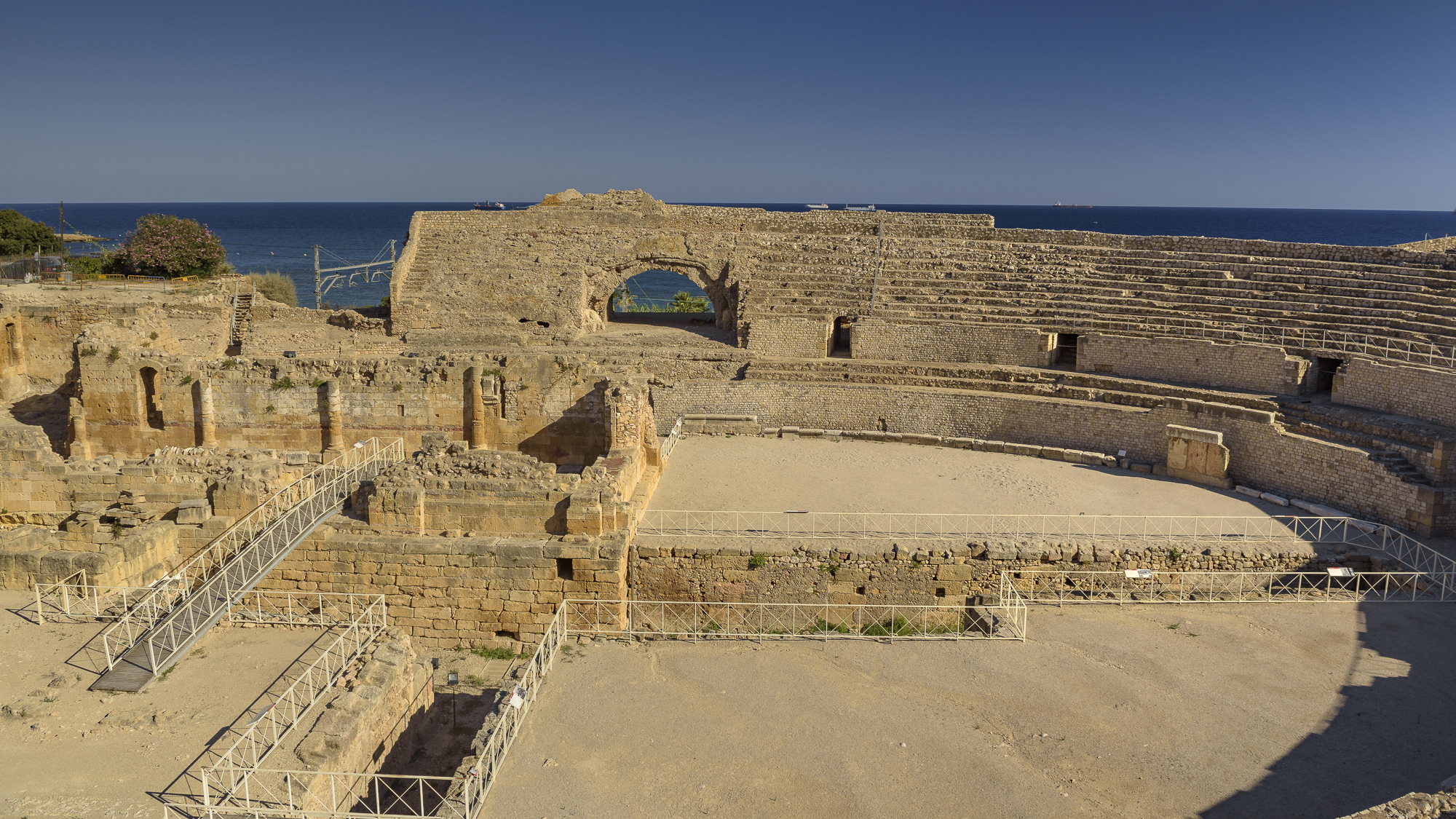
Roman Tarragona
We travel back to Roman times in Tarragona and visit the archaeological site of Tarraco: the amphitheatre facing the Mediterranean, the circus and the walls take us to the days when the emperor walked the city’s streets. The city, a World Heritage Site, hosts the annual Tarraco Viva festival, an important gathering dedicated to sharing history and recreating the classical world.

The elegance of Sitges
On the way to the coast, driving along the Wine Road, I stop at the Olèrdola castle, a monumental outpost with excellent views of the Penedès plane and Garraf. Sitges, on the official list of Marine Districts and Villages, is one of the most beautiful towns on the Catalan coast. From the promenade, I climb the stairs to the Sant Bartolomeu i Santa Tecla church, located on a small hill that offers panoramic views of Sitges beaches. A walk through the historic town centre with its fresh, whitewashed streets takes me to the Maricel Museum, with its remarkable art collection. As I leave, I make sure to try one of the most unusual wines made in Catalonia, a sweet wine made with malvasía grapes that is still in production thanks to the Fundación del Hospital San Juan Bautista.
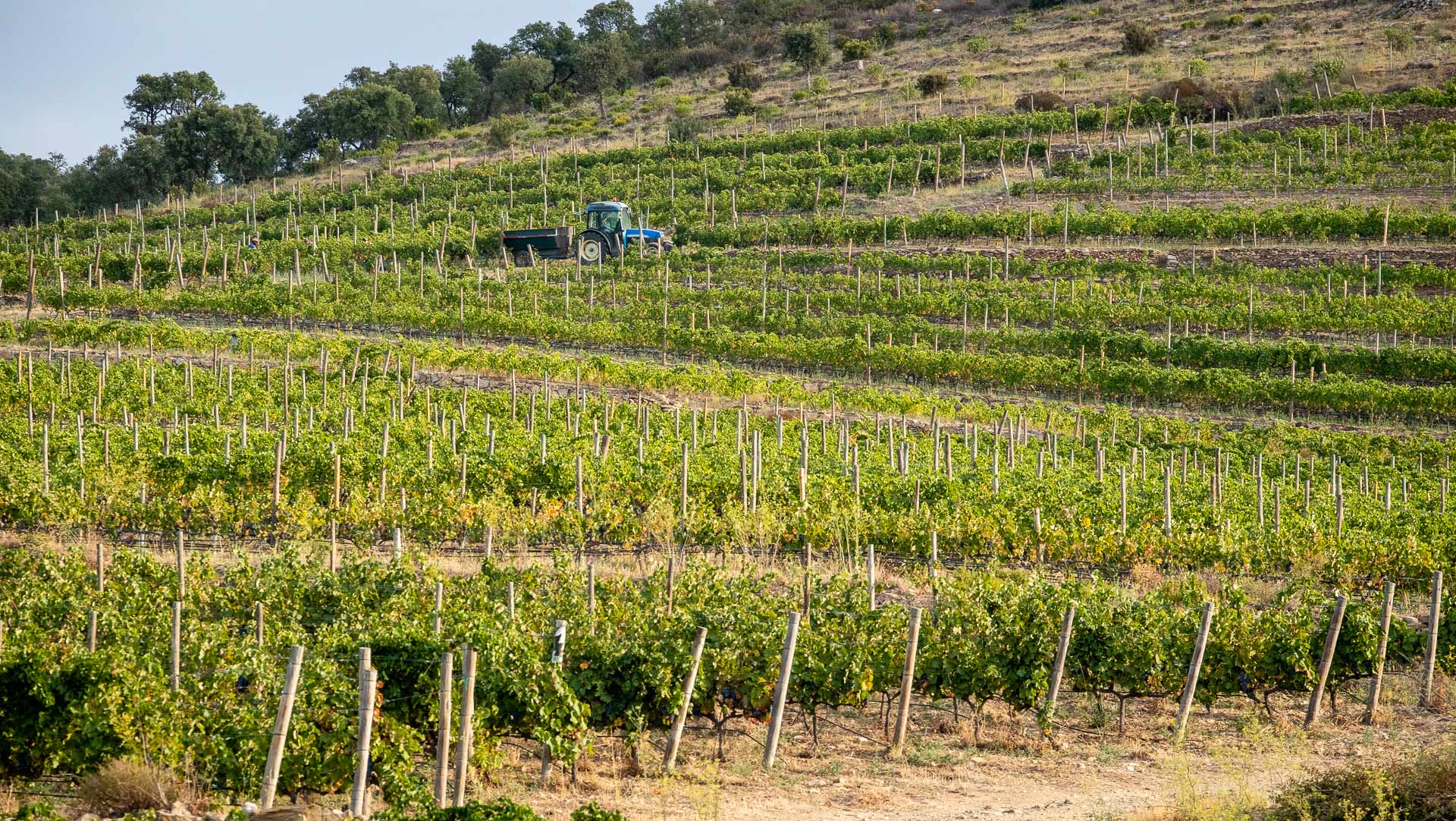
Sunset toast
We’ll first meet Ms Maria, a local resident, who will let us in on more than a few secrets during a dramatised tour of the Espolla cooperative. The D.O. Empordà Wine Route offers another interesting activity in Colera, a vertical tasting to compare different vintages. As the sun sets and the rocks of Cap de Creus turn red, we’ll take a motorboat out on the water and toast with gin made on the Costa Brava.
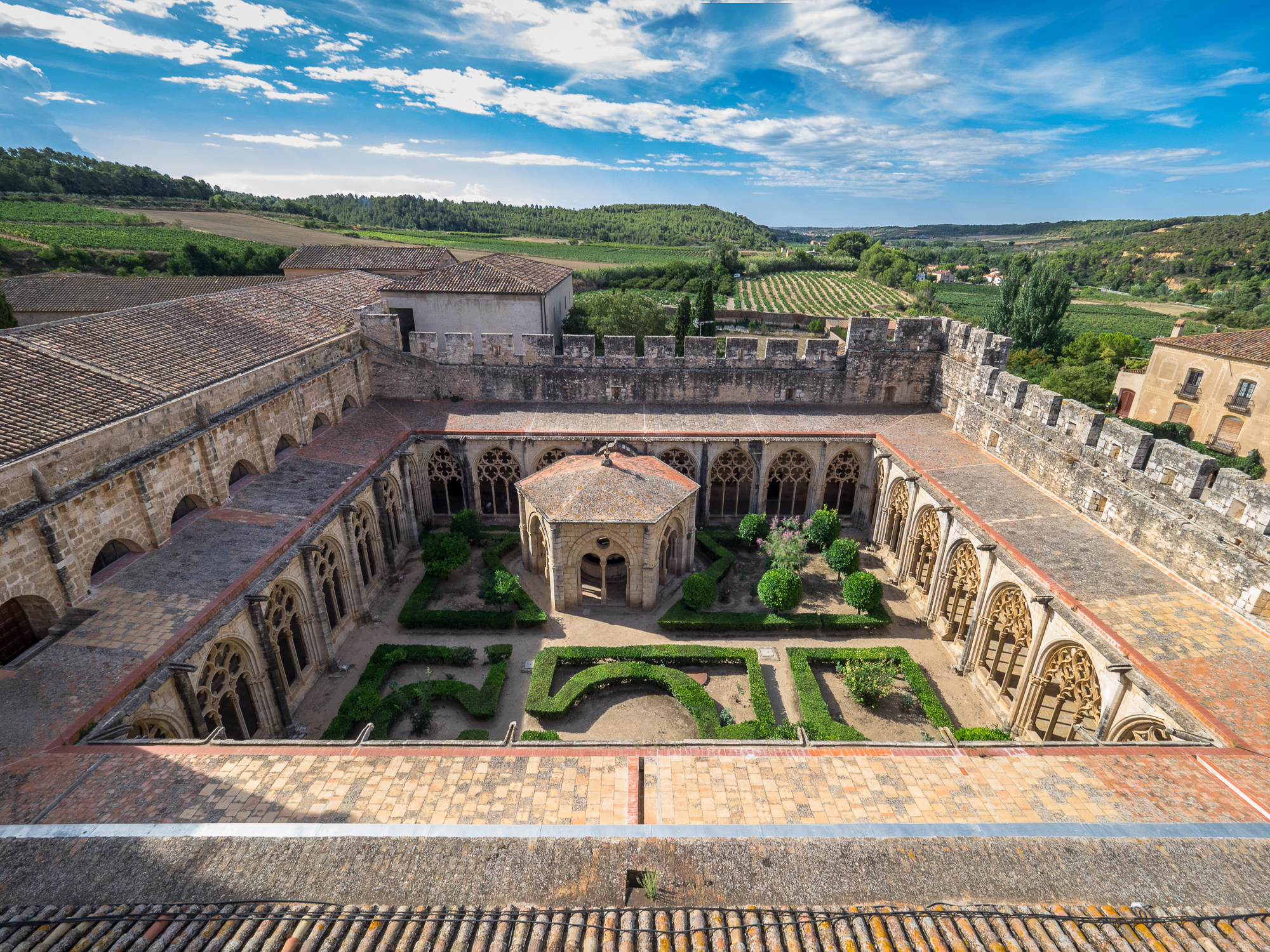
Cistercian lands
I start the morning on the banks of the river Gaià, at the doorstep of Santes Creus, one of the great Catalan monasteries. Unlike the two other monasteries on the Cistercian Route, now once again inhabited, Santes Creus was abandoned after the Mendizábal disentailment. It was the resting place chosen by two Catalan kings, and inside you can see the impressive royal sepulchres and a remarkable set of stained glass windows.
In the nearby town of Cabra del Camp, I enjoy the guided Nordic walk through vineyards and grain fields. The gentle breeze that makes the crops sway and the pleasant temperature invites introspection, an intimate moment that connects me to the joys of the Mediterranean landscape. The activity ends with the tasting of a DO Tarragona wine and DOP Siurana olive oil.
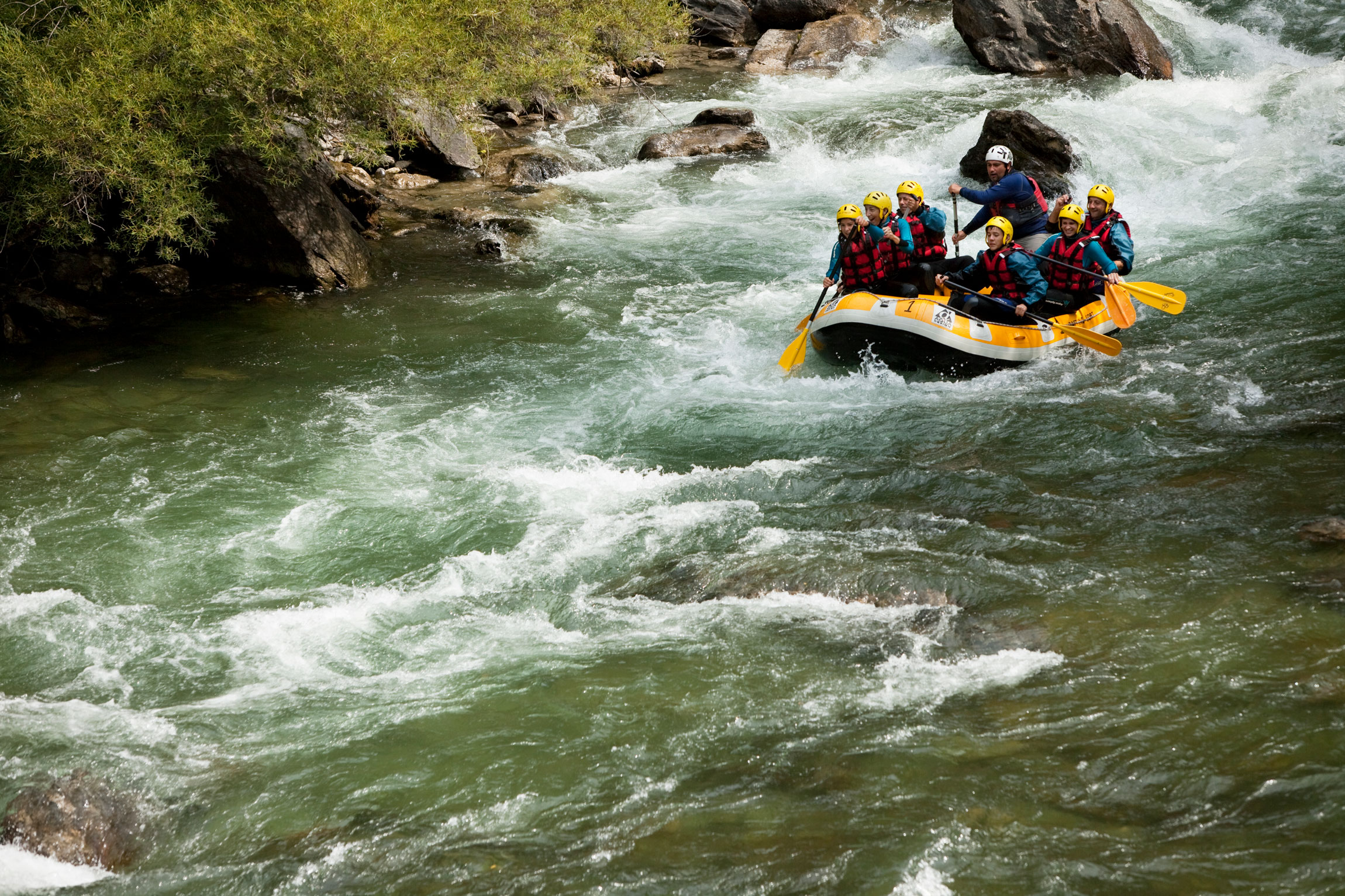
Active river tourism
After two days where we have barely used the car, we hit the road again and drive straight to Llavorsí, which together with Rialp and Sort (Sports Tourism Destination of Catalonia), is a Catalan capital of rafting. The Noguera Pallaresa River was the first on the peninsula where this sport began to be practice in the 80’s. With its class II, III and IV sections, is among the best white waters of Europe. We don't want to miss this unique experience, which is also suitable for children, so we put on our wetsuits, helmets and life jackets, and we hop in the river with the invaluable help of the experienced rafter who steers our inflatable boat. In addition to rafting, this area offers other adventure sports, such as hydrospeed, canoeing, canyoning and bungee jumping, among others. If you are looking for a quieter plan, in Valls d’Àneu, another official Family Nature and Mountain area, we have several alternative family outings, such as visiting the Ecomuseu d’Esterri d’Àneu or the Casa de l’Ós Bru dels Pirineus in Isil. At Vall d’Àssua we can learn about the work of the shepherds and visit the Llessui Ecomuseum.
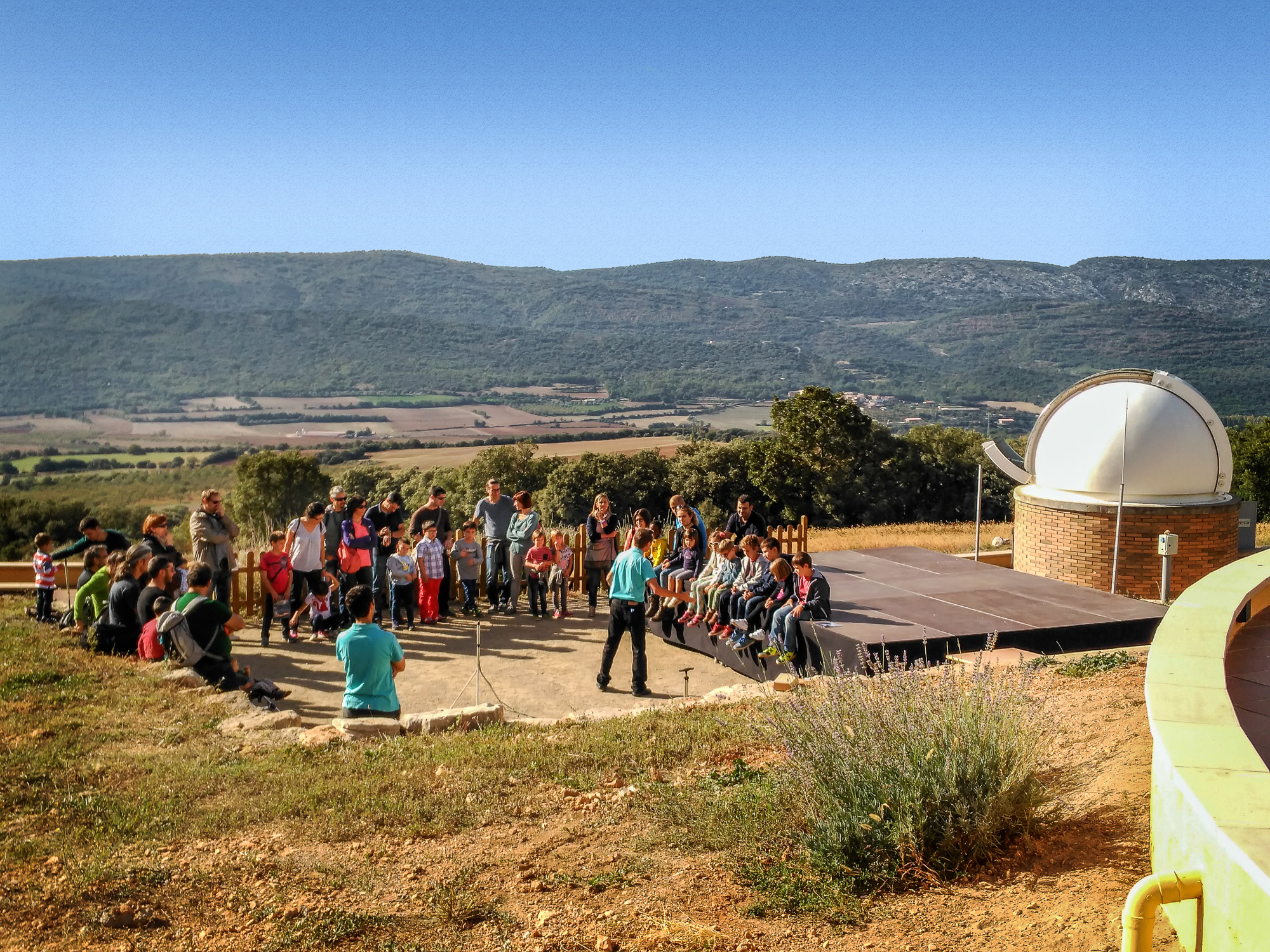
A Starlight Sky
Before the day is over, it’s very worthwhile to double back a few miles to Àger and see another one of nature’s great spectacles: a starry night. The mountains of the Montsec, an official Tourist Destination and Starlight Reserve, are home to the Centre d’Observació de l’Univers, where young and old alike learn a little bit more about the mysteries of the cosmos. After an intense, exciting day we set off for La Pobla de Segur, the end point of the historic Tren dels Llacs a journey offering spectacular panoramic views.
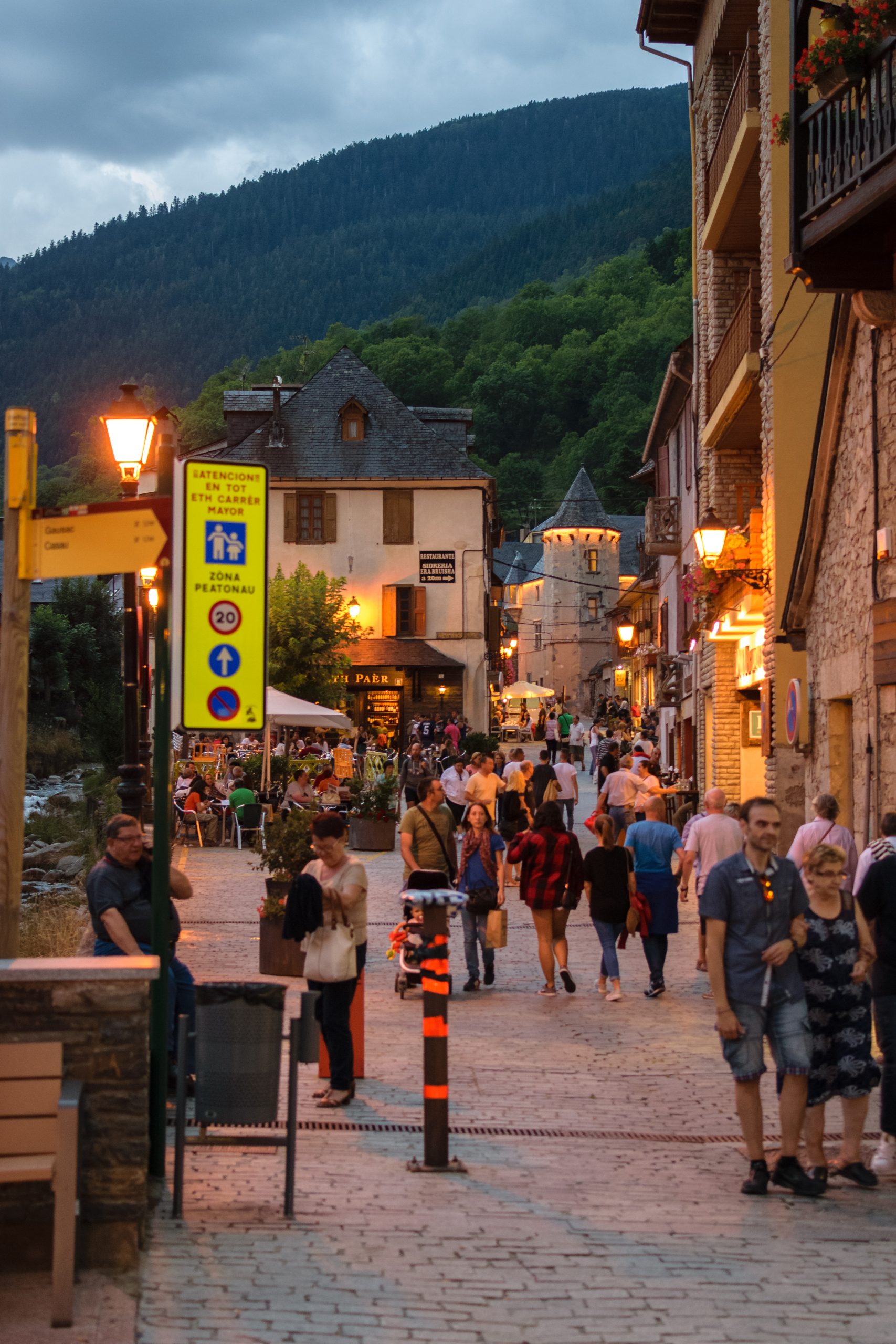
Val d’Aran
Dawn breaks in Val d’Aran. The Atlantic orientation of this valley, with almost a third of its land above 2,000 metres, shapes the climate and typology of its forest species, which are different from those found in other parts of the Pyrenees. We soon find that here, things are noticeably different from what we have seen so far. In Vielha, capital of the Val d’Aran, a poster advertising a craft fair hèt a man, hèt aciu (handmade, made here) reminds us that, first of all, here another language is spoken: Aranese. The architecture is also unique, with stone villages growing around a church and others hanging from the hillsides of the mountains, with panoramic views of the valley.
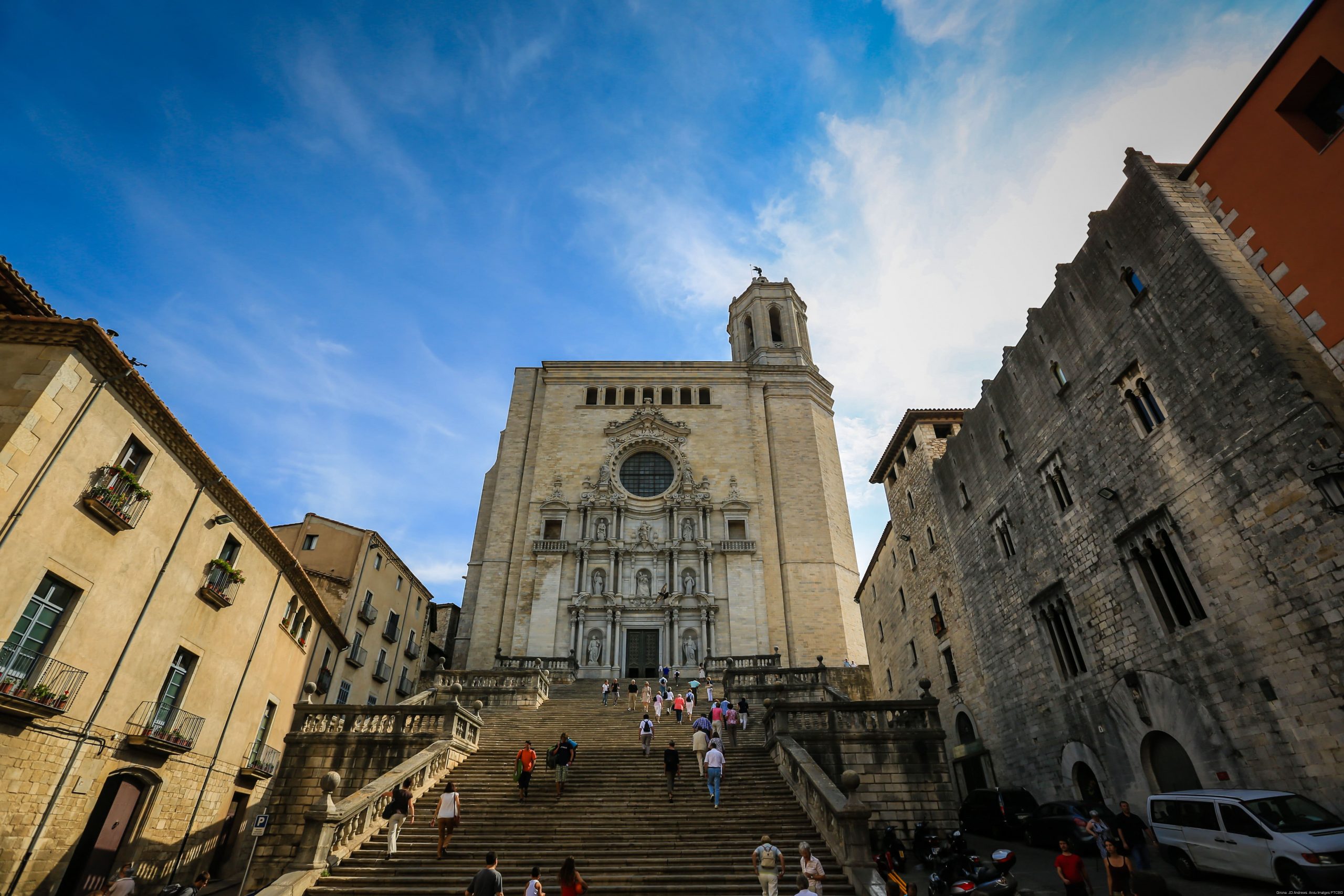
Flavours of Girona
Without leaving the coast, we take a short detour along the way to reach Lloret de Mar and visit the Santa Clotilde Gardens, planted on an impressive bluff overlooking the sea. Landscaper and architect Nicolau Rudó was inspired by the Italian Renaissance when he designed this beautiful space. On the seafront staircase flanked by statues of sirens, we cannot stop taking photos to post on social media. In Blanes we find Marimurtra which is another important garden. This botanical garden, where important scientific studies are carried out, was founded by the German Carl Faust. The temple overlooking the cove of Sa Farconera is one of the most photographed places on the Costa Brava. We head inland and to the north towards Girona, an official City with Character. We choose to explore the city through its flavours, taking a gastronomic tour. As well as strolling through its architectural heritage, such as the Cathedral, the Jewish Quarter and the colourful houses on the River Onyar, we taste the xuixo de crema, the brunyols, regional cheeses with pa amb tomàquet and olive oil, fideuà and ice cream made by one of the Roca brothers, among other delicious snacks. Our favourite part is that we are visiting places that the locals love.
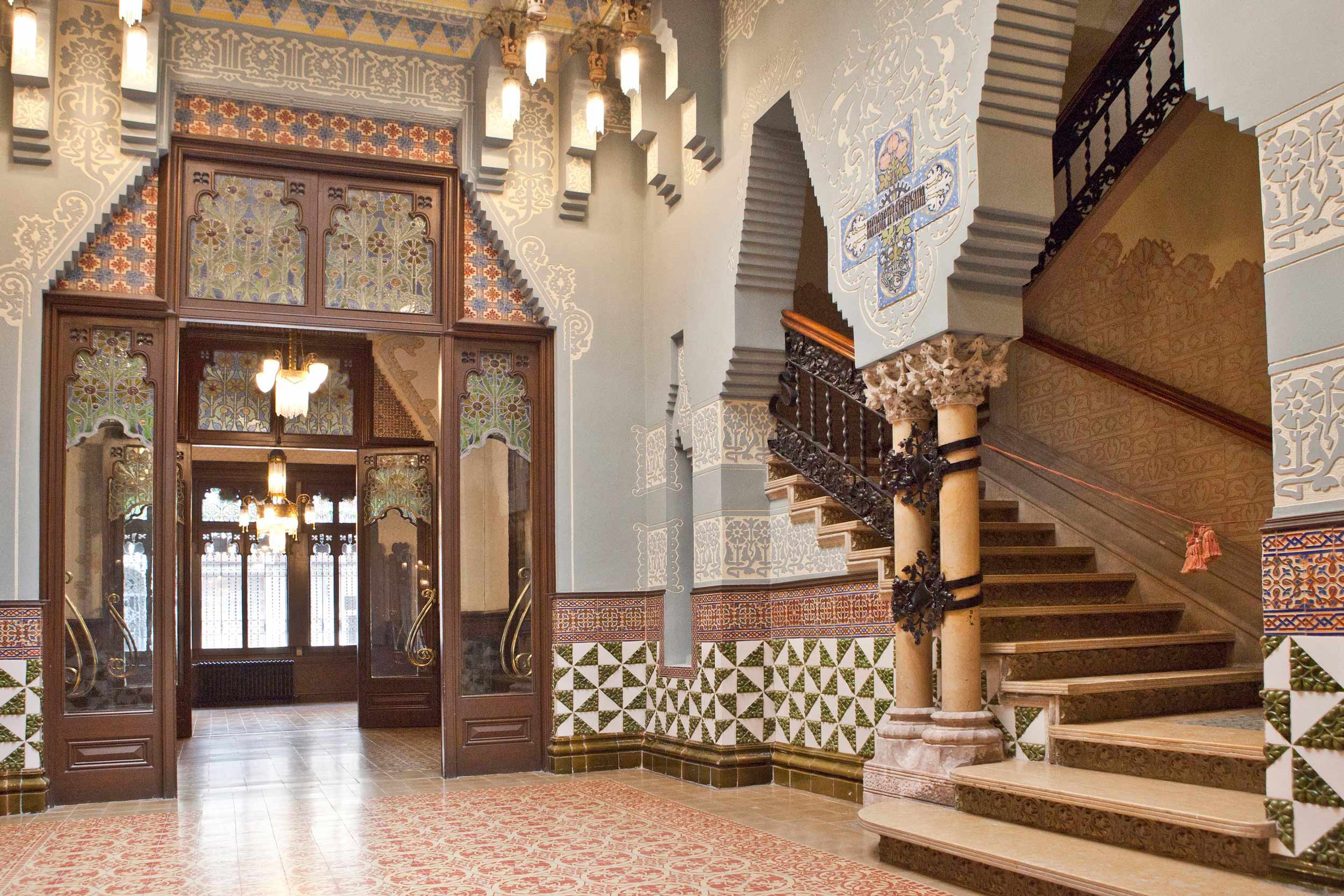
Modernism in the Maresme
We continue to the Domènech i Montaner House-Museum, former home of one of the great modernist architects, in Canet de Mar. It is wonderful to see the models for some of his most iconic works, such as the Palau de la Música or the Hospital de Sant Pau. In one of the village cafés, we try “vidrieres modernistes”, or “stained glass”, a type of unusual tea biscuit born of the initiative of local pastry makers. We continue to Arenys de Mar, the other Marine Village of the Maresme coast. In its fishing port, one of Catalonia's most important, a picturesque auction is held every afternoon where we can see the prized prawns that will later be on the menus of major restaurants. At Arenys de Mar we see a curious kind of modernism, at the Sinera cemetery, a place Salvador Espriu immortalised in his poetry. If you are looking for another view of the town, the port starts off with boats that offer guided tours through the natural environment to enjoy the landscape, the seabed, and the pelagic birds. There is also the chance to do some night boating, watch the stars and hear mythological stories.
The tale of the entrepreneurs who made their fortune in the textile industry, as we saw on the visit to the Ter colonies, is reflected in houses like the Coll i Regàs in Mataró, our next stop. In the district capital, we also visit the Nau Gaudí, the architect’s first work which has now been converted into a contemporary art museum. We spend part of the afternoon shopping, not forgetting a few boxes of neules, a crunchy dessert typically eaten at Christmas, both plain and filled with Catalan cream and catanies chocolate almonds.
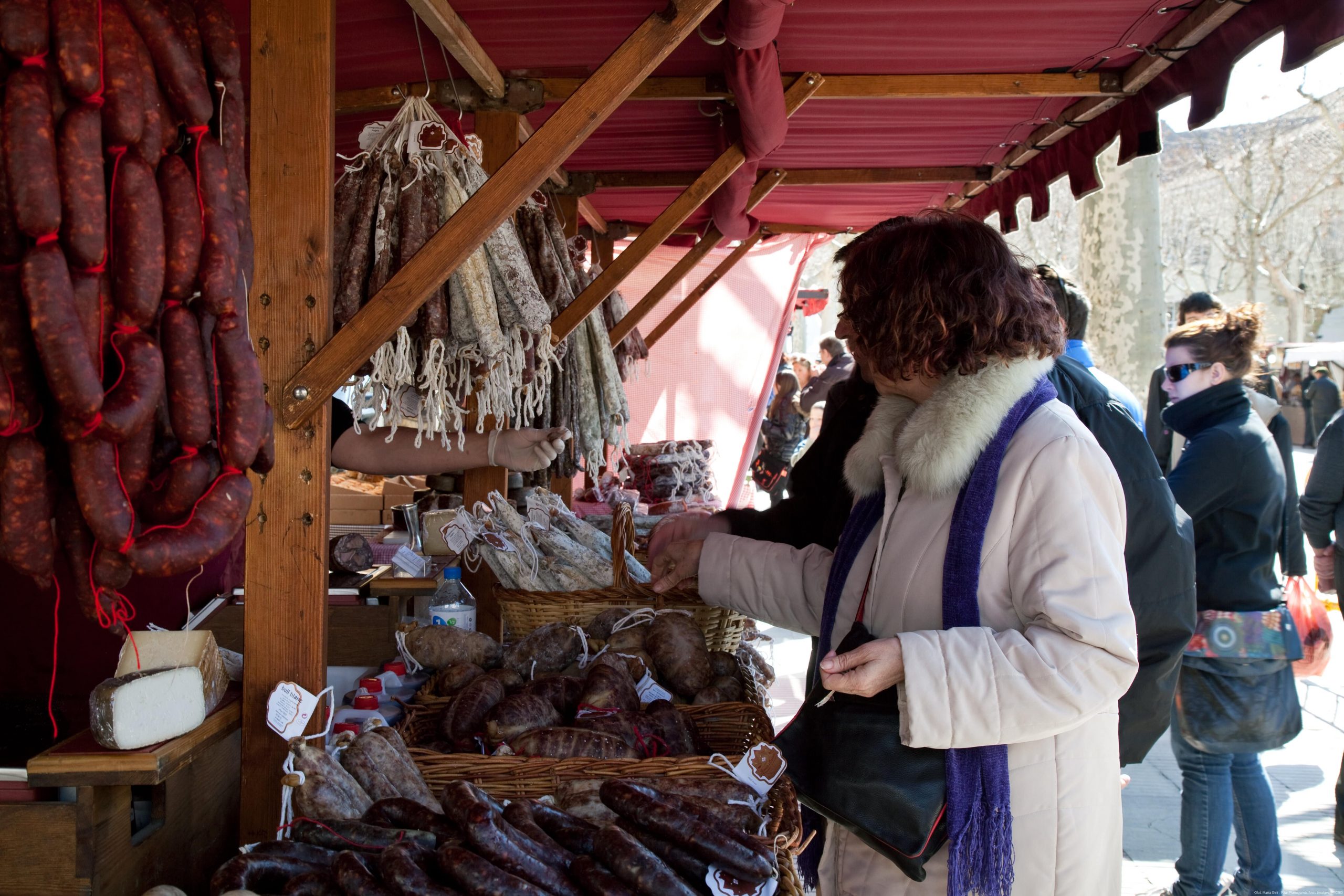
Shopping in Olot
We all meet again in Olot. A guided tour of the city centre’s century-old market and shops helps us get acquainted with the district's famous delights: beans we buy in bulk, sausages, chocolates and ratafía, one of the most beloved Catalan liqueurs. We arrange for lunch time to coincide with a visit to Santa Pau, another Charming Village, to try the most famous mongetes or fesols in Catalonia. If you're looking to get in touch with nature, a good option is to go for a walk in the Fageda d'en Jordà, a beech forest that grew over the lava fields of the Croscat volcano and can be traversed on foot or in a horse-drawn carriage. Joan Maragall dedicated a poem to this beautiful setting: Li agafa un dolç oblit de tot lo món, en el silenci d’aquell lloc profond (A deep oblivion to the whole world emerges, in the silence of that deep place).

A perfect pairing
Modernisme and chocolate – there’s no better way to start. After departing from a charming Modernista-style hotel, we’ll visit two shops: one of a chocolate brand founded at the end of the 19th century, taking us back to childhood with every bite, and another avant-garde shop brimming with imagination in every one of its confections. The tour ends with a cup of hot chocolate among the great modernista buildings on Passeig de Gràcia. Since one of the best ways to get a feel for a city is to visit its markets, our next stop will be Santa Caterina, one of the city’s 39 municipal markets, where we’ll select products for a seafood rice cooking workshop.
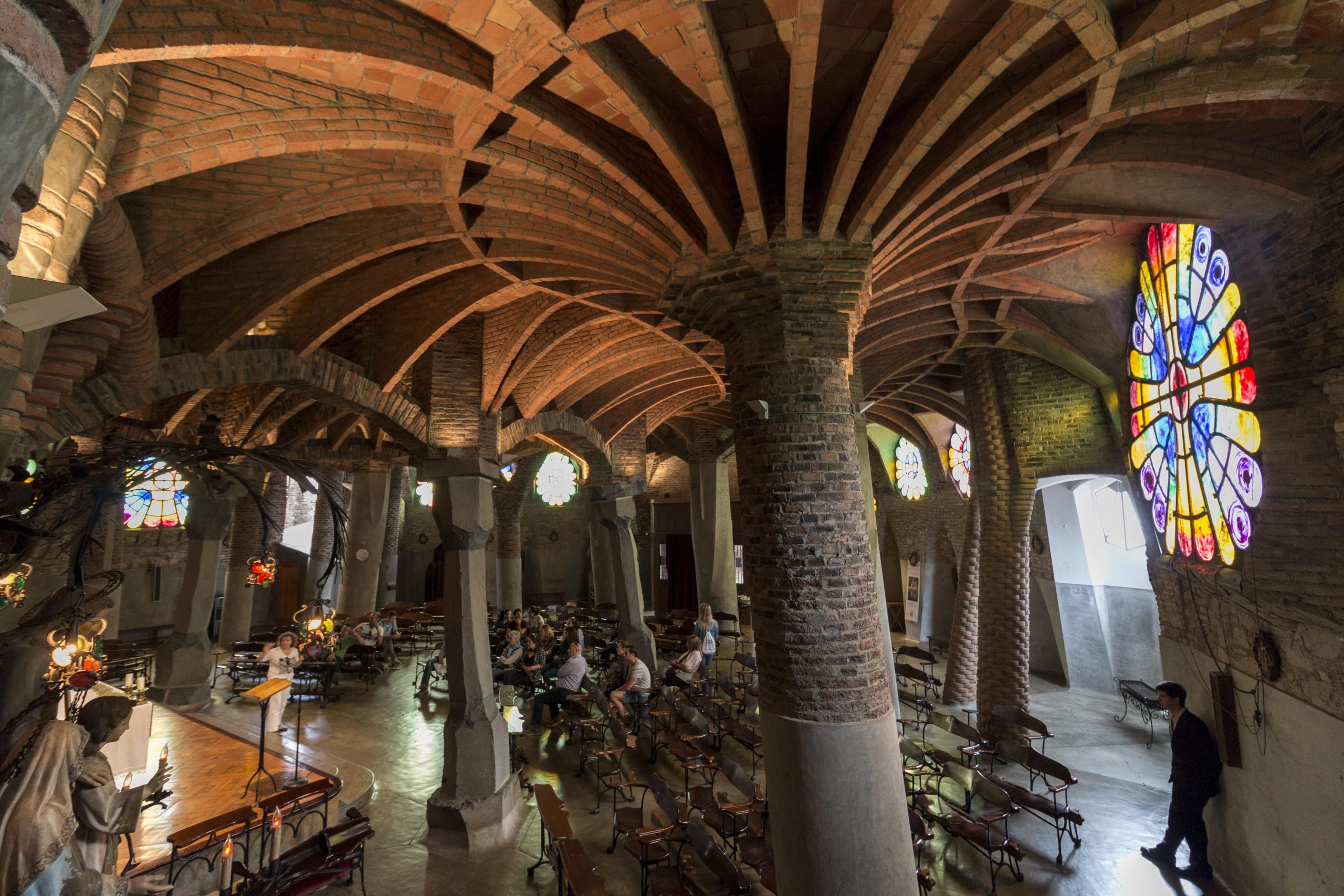
Gaudí’s Crypt
The first stop of the day, a short distance from Barcelona, is in Santa Coloma de Cervelló, where we’ll visit the crypt of the Colonia Güell, one of the works from Gaudí's naturalist period, which the architect himself considered "a monumental model for the Sagrada Familia", because in it he applied all the architectural innovations which we later see in his other constructions. The crypt is also part of the modernist buildings that are UNESCO World Heritage sites. An exhibition on industrial colonies, workers and Gaudí's work can be seen in the Colony’s former cooperative building.
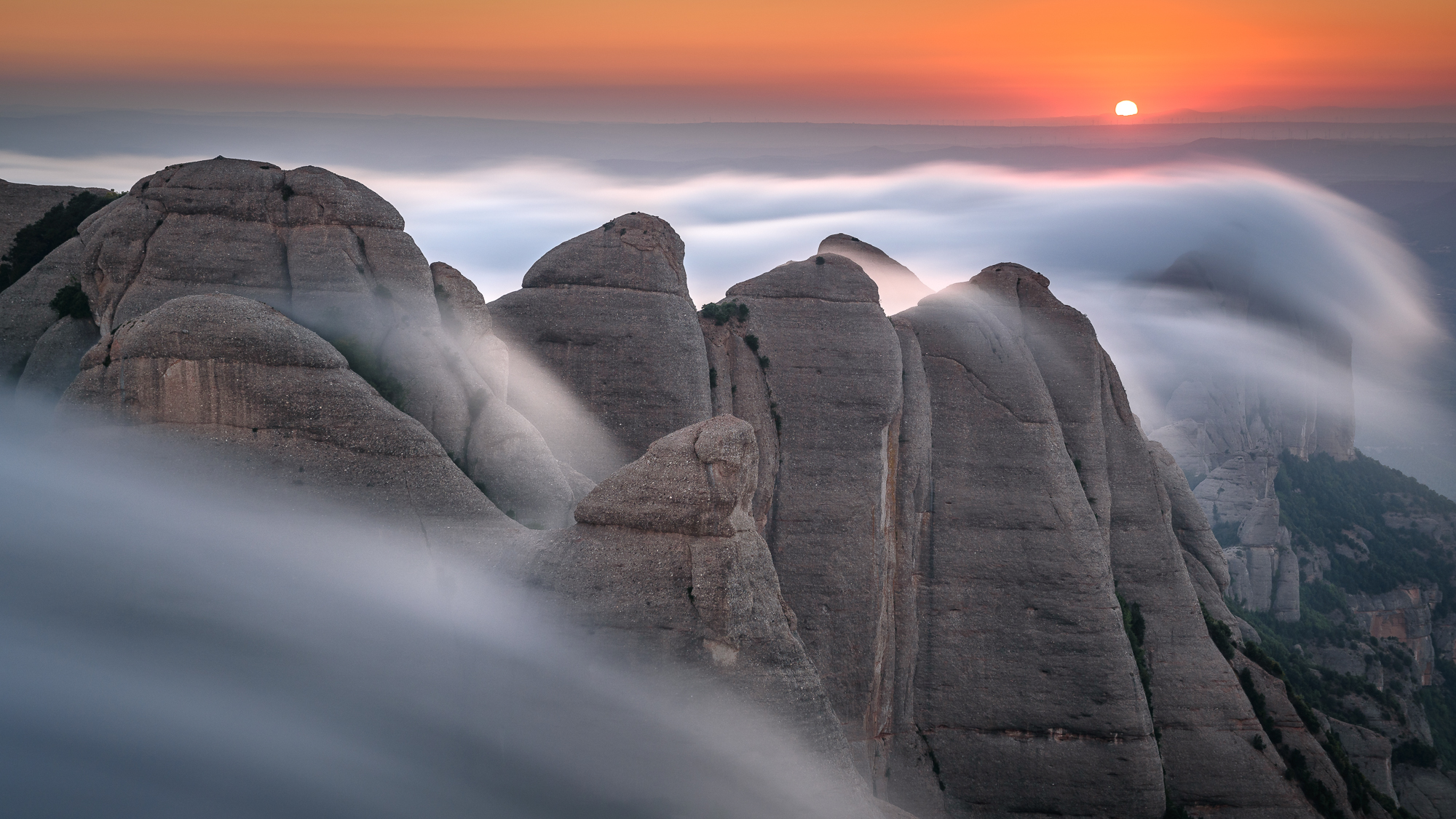
Montserrat and la Moreneta
Montserrat is the most iconic mountain of Catalonia. We’ll head there, leaving the vehicle in the designated parking area and climbing to Montserrat in the Aeri, a cable car with views of the Llobregat Valley that brings us closer to this dizzying landscape created millions of years ago, with shapes found nowhere else in the world and a fascinating monastery. In the Natural Park of Montserrat, we can enjoy numerous excursions along different routes. After paying our respects to La Moreneta, the Virgin of Montserrat and the patron saint of Catalonia, we set off on a short walk along one of the park’s trails, overlooking such iconic rock such as the Cavall Bernat.

Boí Romanesque
The afternoon will be reserved for the Vall de Boí Romanesque, which features on the UNESCO World Heritage list. These small temples, including eight churches and a charming chapel, connect us to the Middle Ages, when Romanesque art was an expression of faith. We will visit the church of Sant Climent de Taüll, where we will gaze at the famous Christ in Majesty, which looks as if it were painted yesterday thanks to the use of video mapping. It's a moving experience to see how the interior may have originally looked. Sant Climent will pique our appetite for more Romanesque art, so we’ll head to the church of Santa Eulàlia, with its slender Lombard tower, and to the chapel of Sant Quirc de Durro, where sunset offers cascading pink tones over the Pyrenean peaks.
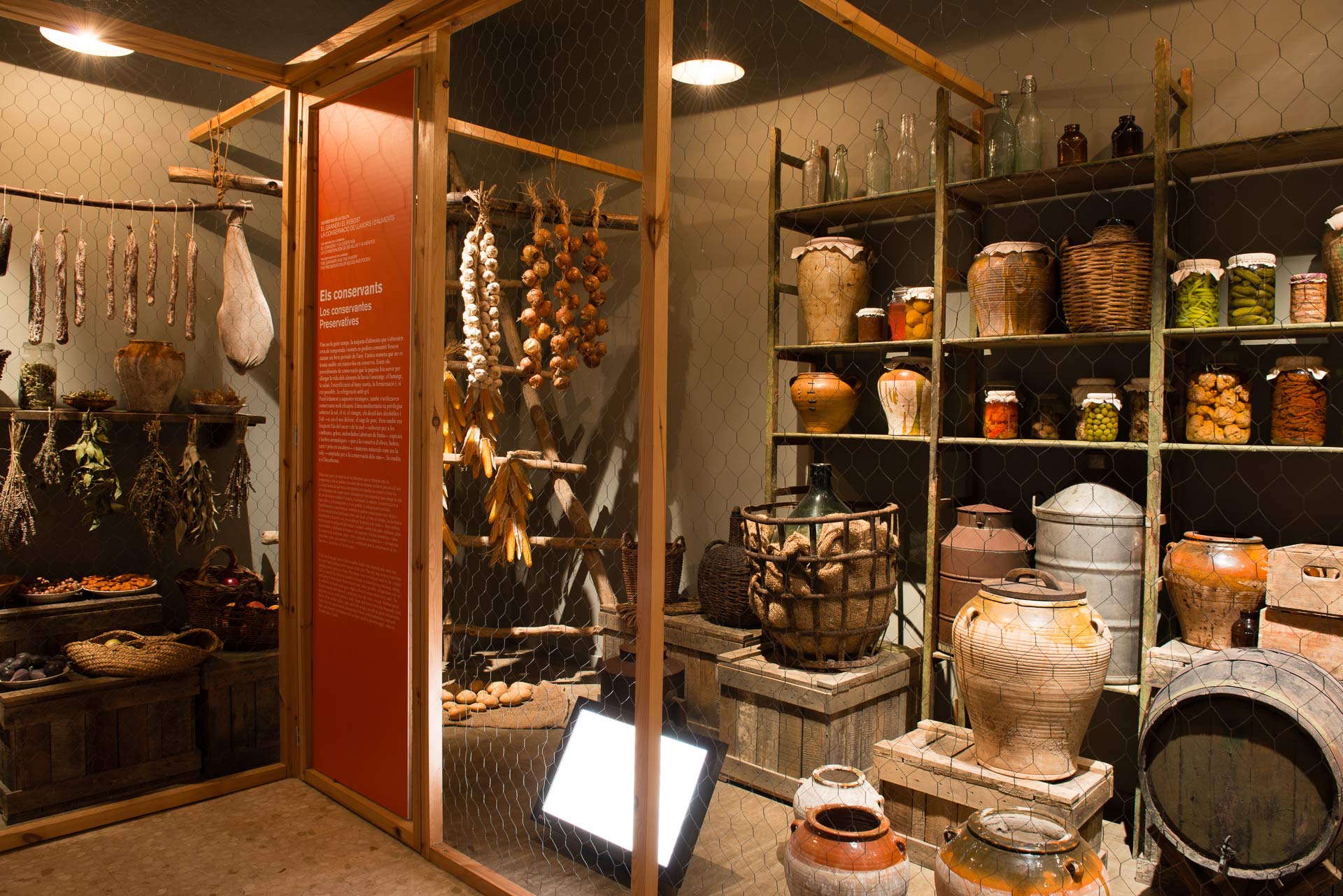
Cistercian lands
Crossing the Prades Mountains, home to mushrooms and the excellent Prades potatoes, we’ll arrive in Valls to taste one of the most famous foods in Catalonia: calçots de Valls. On the last Sunday in January, the town celebrates the popular Calçotada Festival in honour of the scallion. We’ll continue to the walls of Montblanc to see them from the inside and make our way up the seven floors of one of the towers, finishing with a wine tasting with views over the landscape of the Trepat Route, named after the indigenous D.O. Conca de Barberà grape variety. The Terra Museum in L’Espluga de Francolí tells the story of rural life and agriculture, with a touching tribute to our ancestors. The day will end near Poblet Abbey, with a meal and wine pairing featuring La Conca truffles.
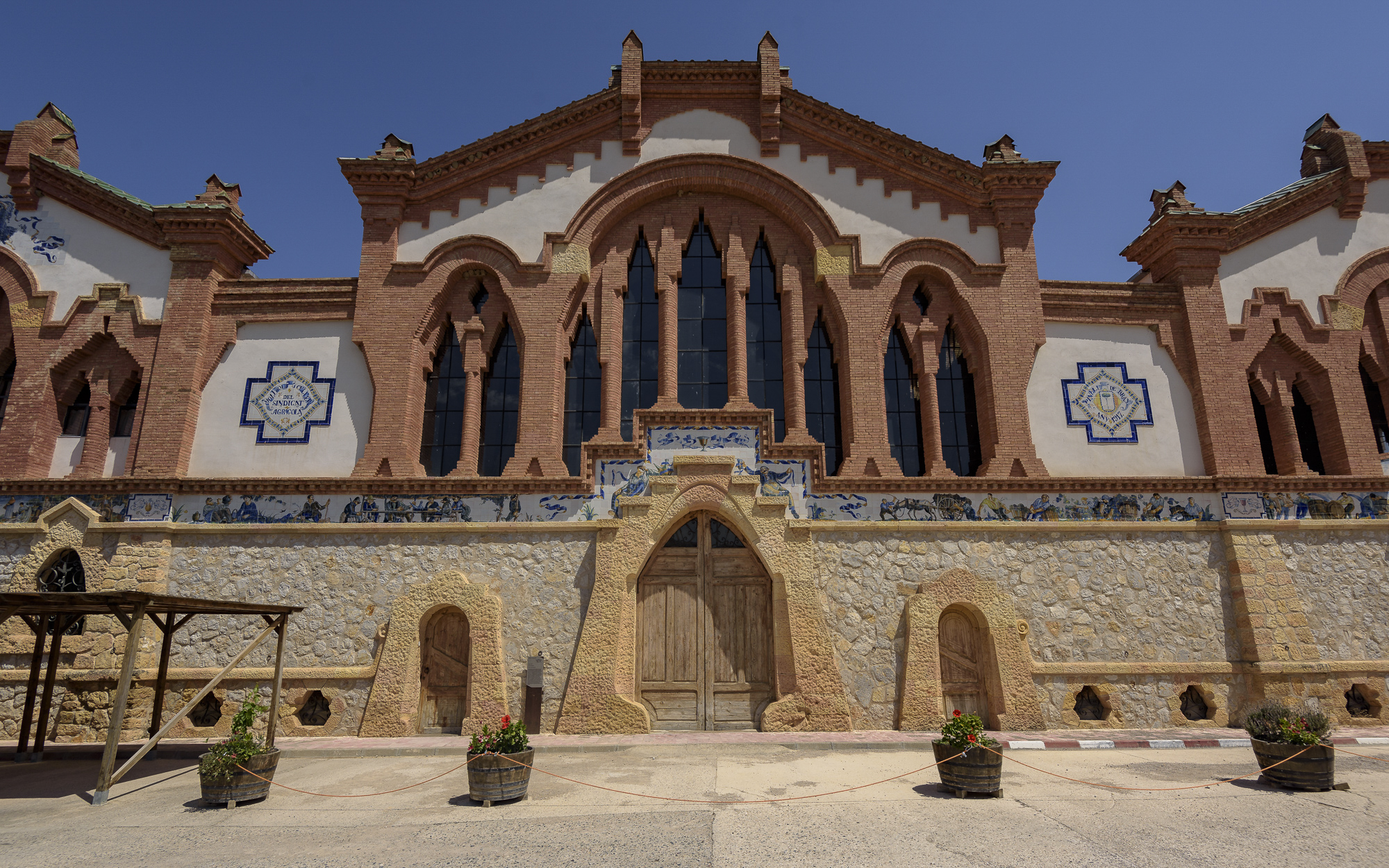
Cathedrals of Wine
The road connecting the two large Cathedrals of Wine we visit in Terres de l’Ebre, the modernist bodegas of Gandesa and Pinell de Brai, runs along the ravine separating the Pàndols and Cavalls mountain ranges. The beauty of the landscape can't let us forget that these mountains were the setting for the most famous battle of the Spanish Civil War. To explore the subject further, we can visit the interpretive centre dedicated to the Battle of the Ebre in Corbera d’Ebre, named 115 days which is open all year round.
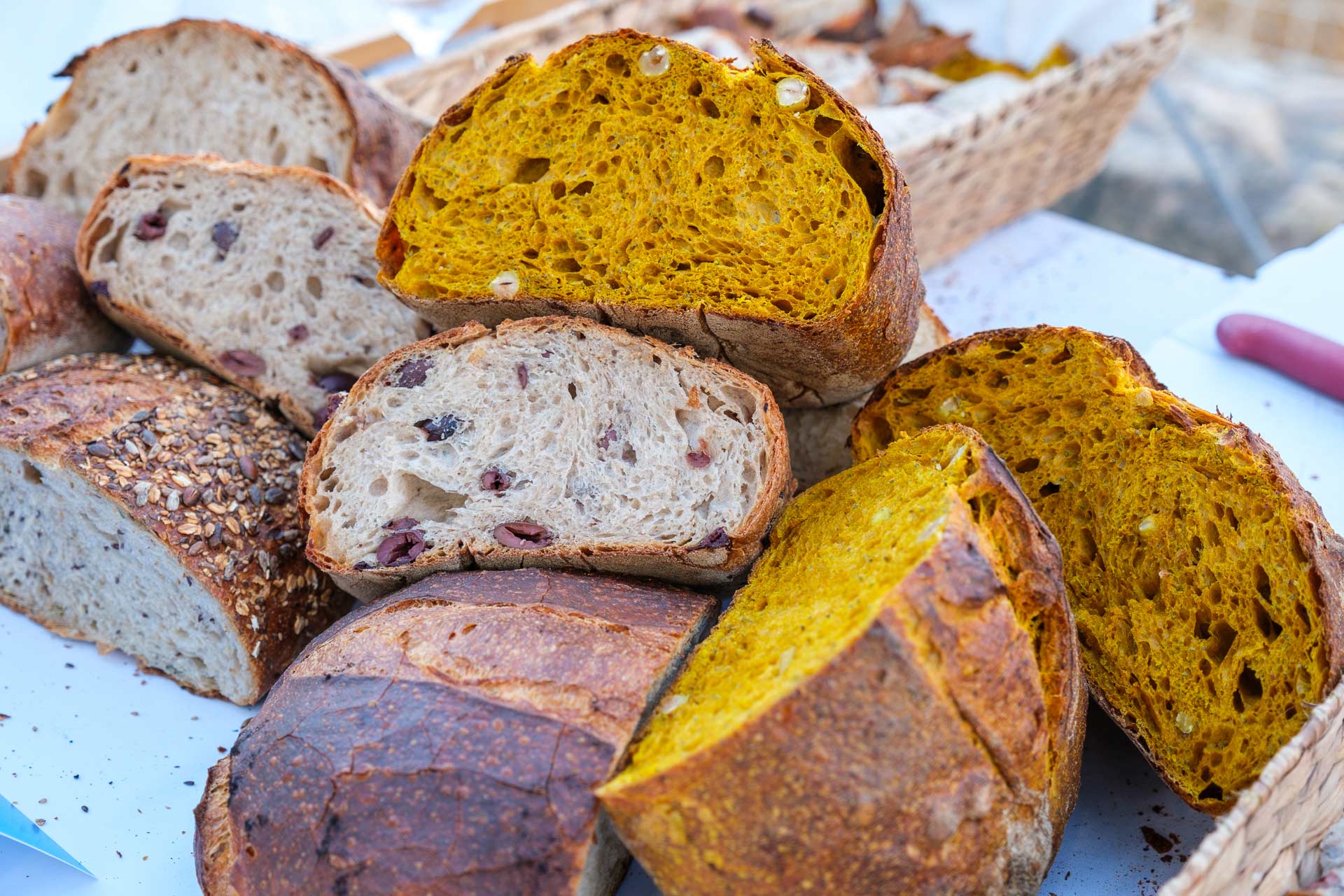
Baking bread
Along the way we’ll come across artisan breads, such as those with the I.G.P. Pa de Pagès Català label. Determined to find out how they’re made, we’ll sign up for a workshop in Cardedeu, where we’ll learn to bake bread using different types of locally produced organic cereals. We’ll return to the capital through the Collserola mountain range to visit Barcelona’s vineyards, a project with a meaningful social mission, where organic wines and oils are produced. The journey will end with a dinner prepared with products from the Barcelona area, such as white meat from the I.G.P. Pollastre i Capó del Prat in El Baix Llobregat, paired with D.O. Catalunya wine, which represents a winemaking tradition that dates back to the Phoenicians and the Romans.
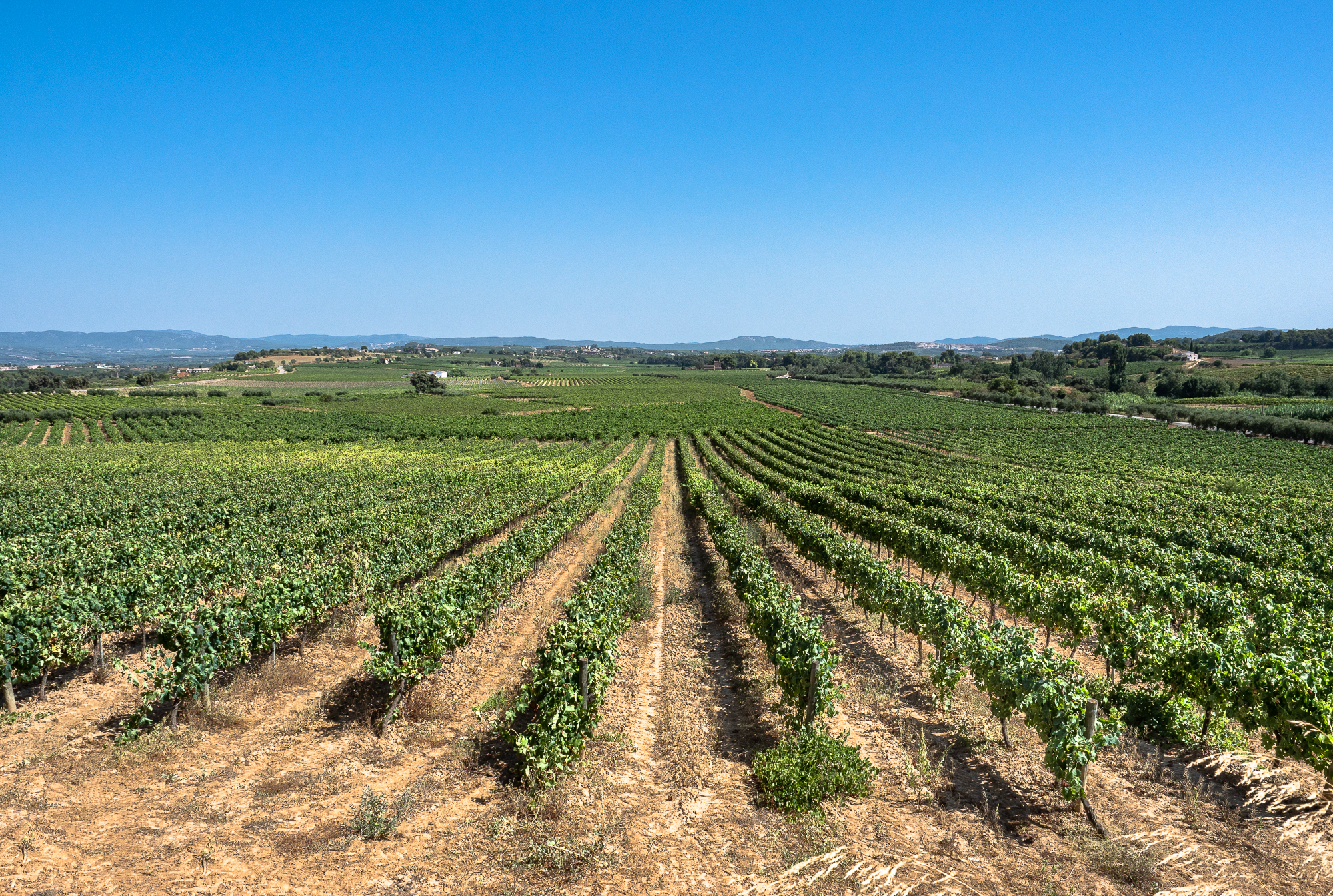
The Garden of Penedès
The heart of Penedès, a land with a long wine making tradition, is my next destination. Its vineyard is nestled between Montserrat and the Mediterranean Sea, a landscape marked by gentle undulations of the land and large flatlands, reflecting the waves of the sea that gives it character. In Sant Sadurní d’Anoia I visit the Cava Interpretation Centre, where I discover the history, protagonists, and architecture of this iconic drink through the different rooms. The sprawling Penedès vineyard must have garden fairies, I note in my travel diary after spending part of the afternoon visiting some of the sights of the Miravinya Route, five vantage points with magnificent views over a vine-covered landscape of the Alt Penedès dotted with dry stone walls and huts. I end the day with a vertical tasting in one of Penedès’ legendary wineries, where I learn to appreciate the subtle differences that the passage of time imparts to wine.

ElBulli lives on
Through a series of installations, designed like a tasting menu, elBulli1846 invites us to discover the history of elBulli, with views of Cap de Creus Natural Park, and to reflect on the themes of food and innovation. In the Aiguamolls de l’Empordà we’ll go on an electric bike tour of the marshes, where we’ll see numerous birds and taste products such as D.O. Empordà olive oil. In L’Escala we’ll learn about the life of the esquenapelats, the local fishermen who are honoured during the Salt Festival. At the Anchovy and Salt Museum, we’ll get to explore the rooms and tools of the old factories.
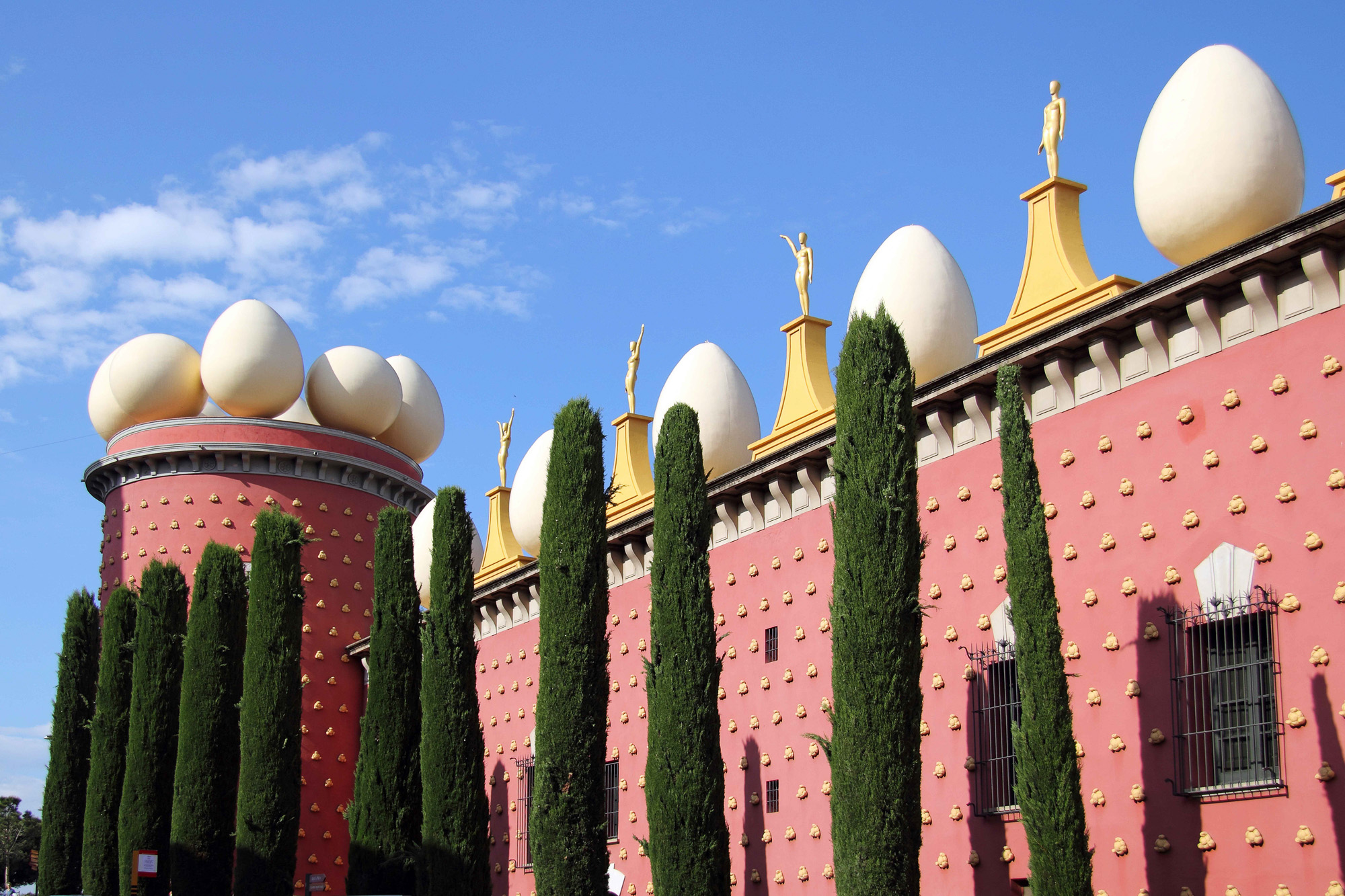
Cap de Creus
Our route takes us to Figueres, the hometown of a genius. Few artists have been as fascinated with their homeland as Salvador Dalí was with the Empordà. We’ll visit the Dalí Theatre-Museum, a space that, in the artist’s own words, is “an absolutely surreal object.” After enjoying some of his finest works and intriguing illusions, we'll set off for the Cap de Creus Natural Park, a scenic landscape shaped by the whimsy of the northern wind and featuring plenty of activities, such as hiking to observe nature and wildlife, sampling wine at sunset and kayaking to discover the park from the water. We will choose to walk a section of the horseshoe path that is part of the spectacular Caminos de la Ronda de la Costa Brava.
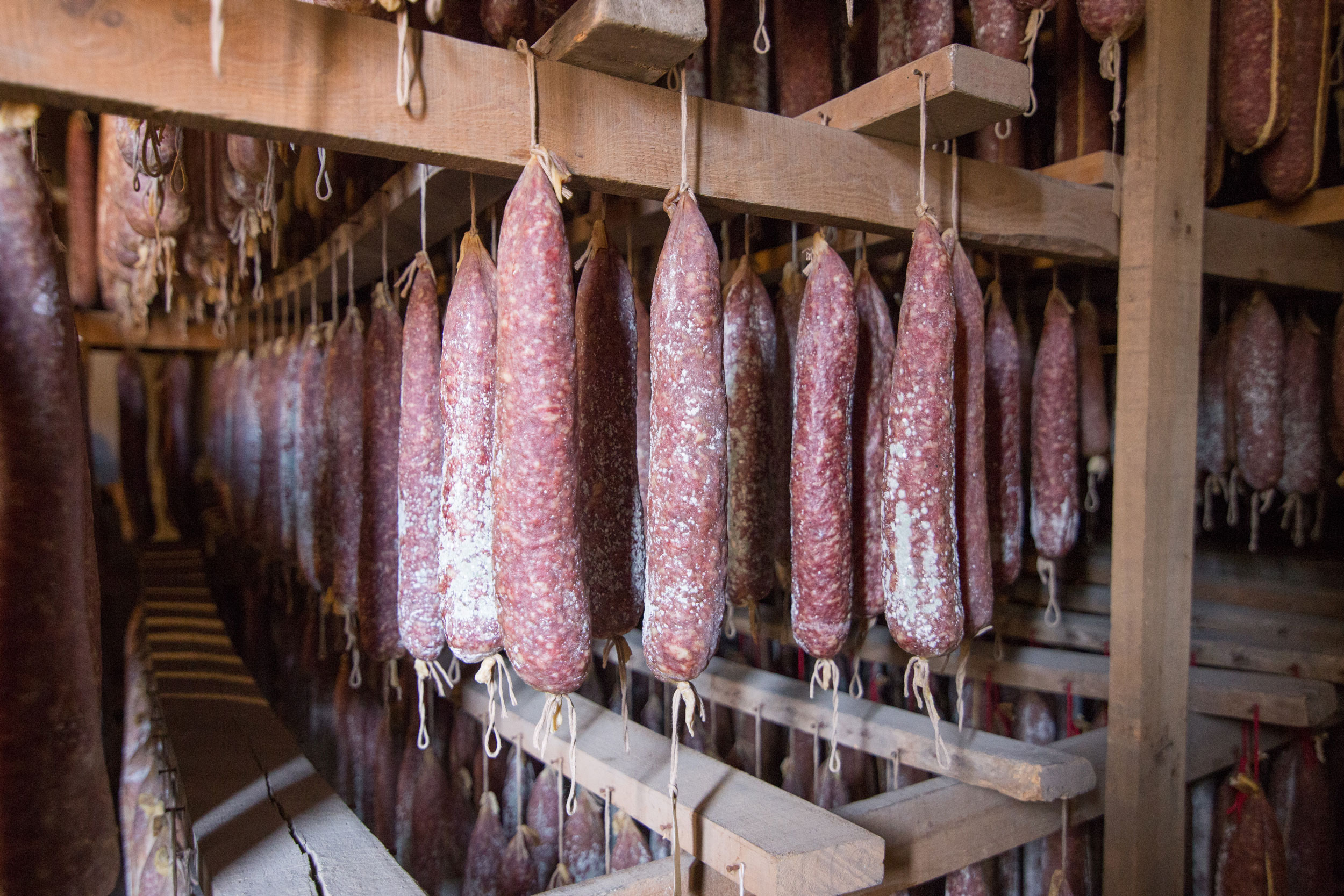
Vic Sausages
We’ll continue on to Vic and head to the Plaça Major, where a lively market is held every Tuesday and Saturday. We’ll enter a century-old drying room and learn to make two of the town’s famous sausages, the llonganissa and the fuet. The next stop along the way is in Sant Fruitós de Bages, where we’ll have the chance to do one of those once-in-a-lifetime activities: a parachute jump from 4,000 metres high, with views of the Pyrenees and Montserrat during the descent. For those who prefer to keep their feet on the ground, we recommend a visit to the Vall del Montcau “tines”, large dry stone constructions in which wine was once made at the foot of the vineyard, or Sant Benet de Bages, a very well-preserved medieval monastery where you can discover the monastery’s wine making history and try the wines of the DO Pla de Bages. Moving south, we’ll have the chance to visit Mura, one of the official Charming Villages, and the Sant Llorenç del Munt i l’Obac Natural Park, a conglomerate rock landscape featuring formations reminiscent of those at Montserrat. Another interesting way to get to Barcelona from Vic is to go via the Costa Maresme and the Montseny Natural Park, a natural biosphere reserve featured on the UNESCO Intangible Cultural Heritage list. At the Maresme we will find peaceful, sandy beaches and towns with excellent modernist heritage.
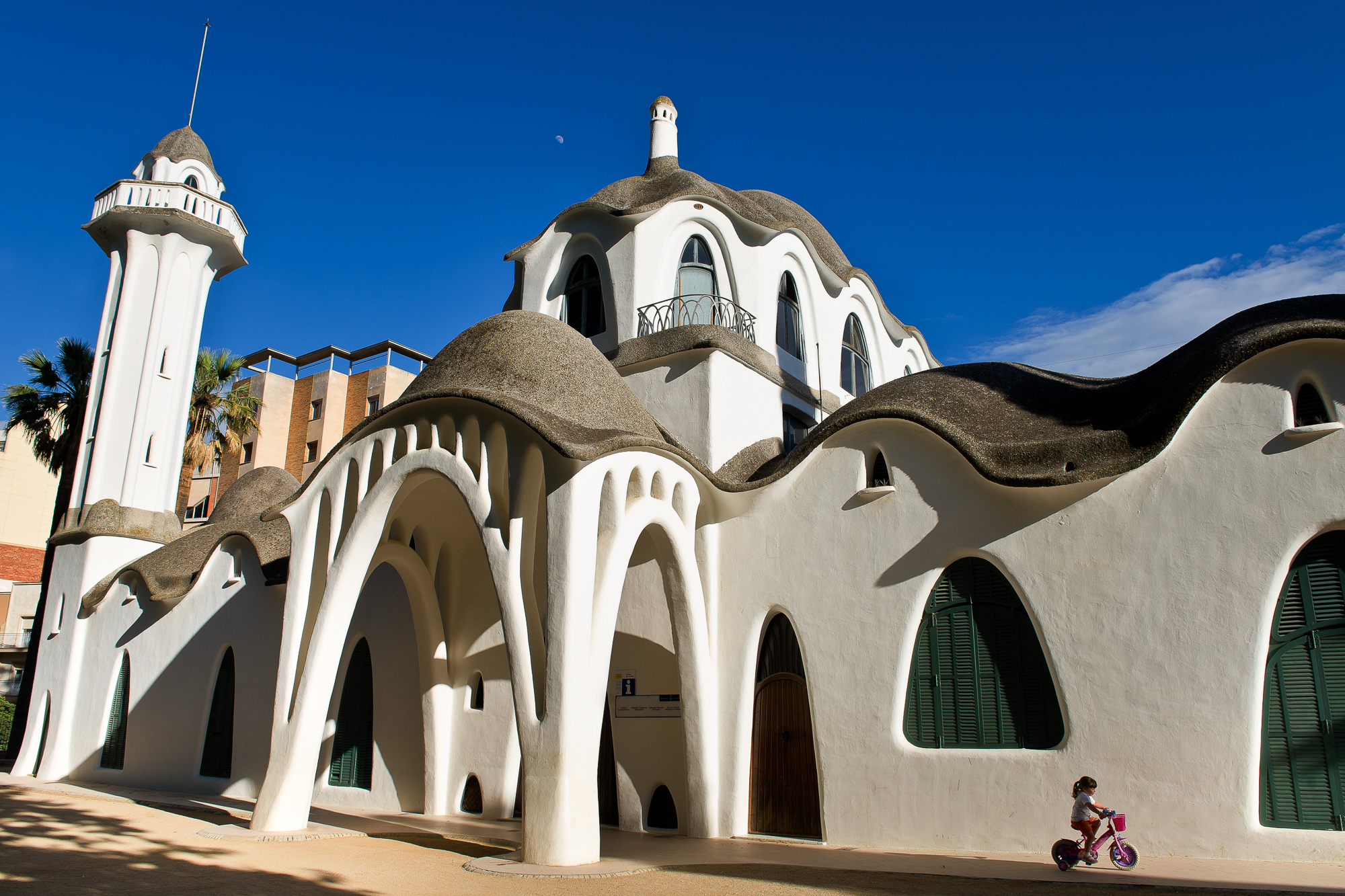
To Montserrat
Our journey continues north, as we seek to explore the industrial modernist heritage of Terrassa, one of the official Cities and Towns with Character, featuring the Freixa farmhouse with its parabolic arches, and we take a tour of the city’s most outstanding gardens and Visigoth churches. This is an exceptional European heritage site where we can explore centuries of art history.
The next stop is Monistrol de Montserrat, where I take the rack railway to the mountain of Montserrat. This is one of the most iconic and beautiful landscapes of Catalonia, full of powerful symbolism thanks to its monastery and sanctuary dedicated to the Virgen de Montserrat, the patron saint of Catalonia, popularly known as La Moreneta. The mountain woods are impressive, so I decide to stay overnight in the monastery's lodgings.
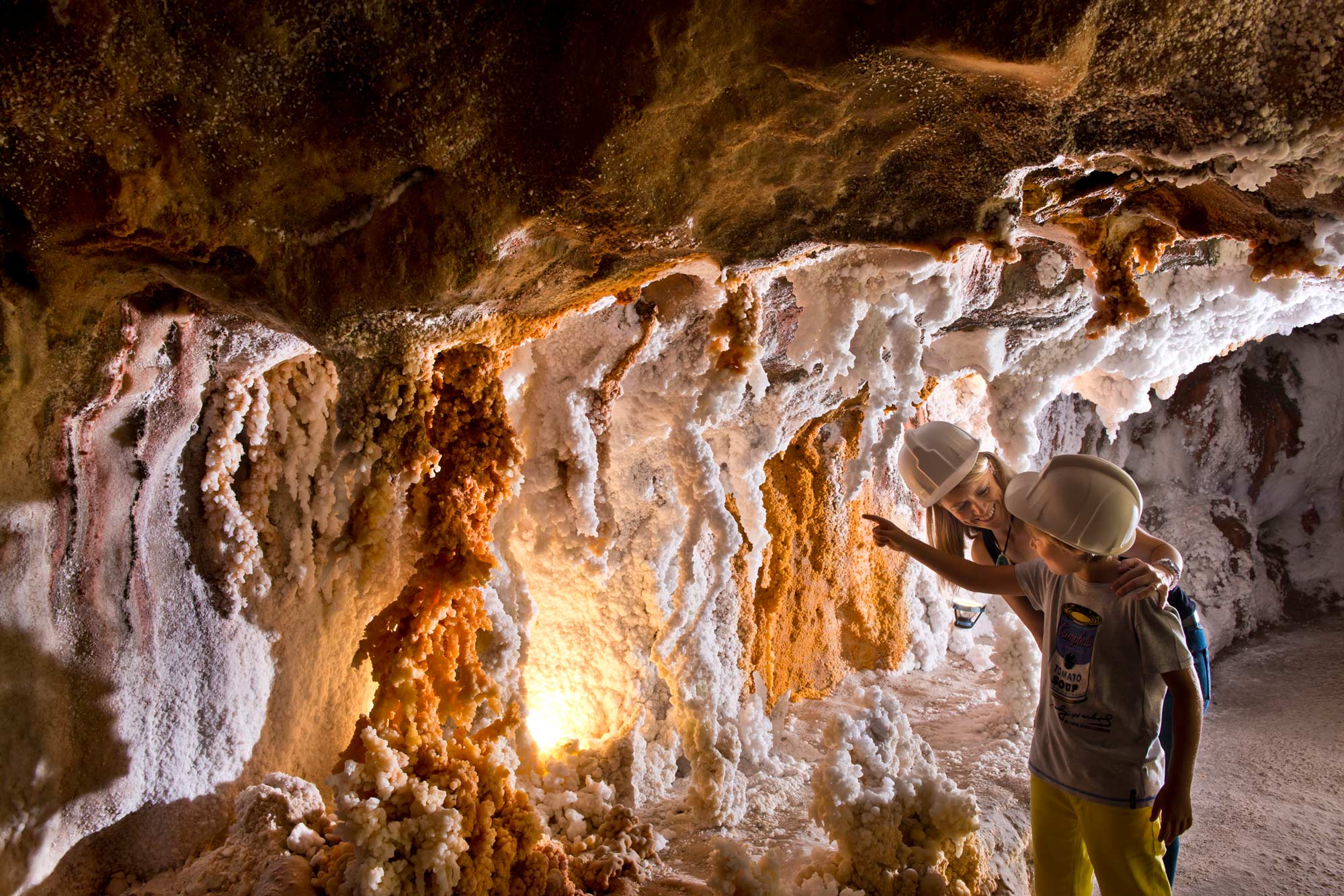
Monastery delights
The county of El Bages is our next stop: a combination of culture and gastronomy, with a visit to a medieval monastery and a fun, family-friendly game in which each team creates two recipes to try to win a Michelin star for their restaurant. As we’re on the D.O. Pla de Bages Wine Route, we’ll take the opportunity to discover the impressive dry-stone vats, declared a Cultural Asset of National Interest, where wine was traditionally made. The journey continues northwards. Leaving behind the tracks of the muleteers who transported salt from the Cardona Mountain, we’ll reach the county of El Solsonès, where we’ll taste the raw sheep’s cheese made in the old kitchen of El Miracle monastery.
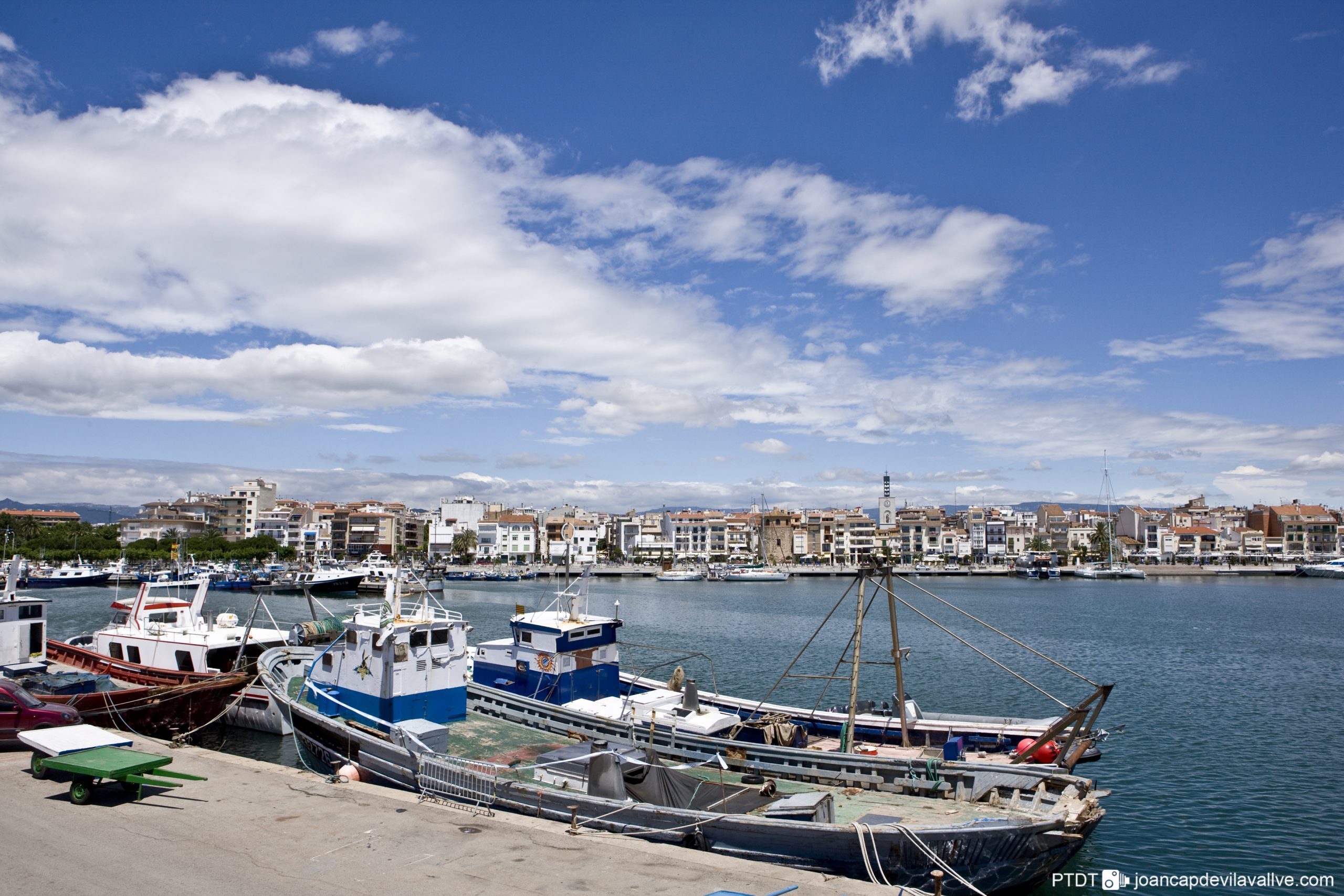
Seafood cuisine in Cambrils
The unique climate of this diverse coastline, with beaches ranging from fine sand to beautiful rocky shores with turquoise water, invites you to spend the afternoon sailing in a catamaran from the Cambrils Estació Nàutica water sports centre. From the sea, we see the skyline of Salou, a destination featuring excellent beaches and the dizzying roller coasters of PortAventura World, which we promise to ride when we're back with the little ones in the family. Since we’re in Cambrils, the culinary capital of the Costa Daurada, we can’t leave without trying the delicious suquet de romesco, one of the pillars of the local seafood cuisine.

Organic olive oil
A breakfast of cured meats, artisan cheeses, tomato bread with EVOO and toasted almonds awaits us at the Vinya dels Artistes in La Pobla de Cérvoles, served at a table overlooking sculptures and art installations that blend into the landscape. We are in the land of the Lleida Wine Route and the D.O. Costers del Segre, where the oils of the D.O.P. Les Garrigues are also produced, so we’ll visit the Catalan Oil Museum and Cultural Centre, located in a 1920s mill in La Granadella.
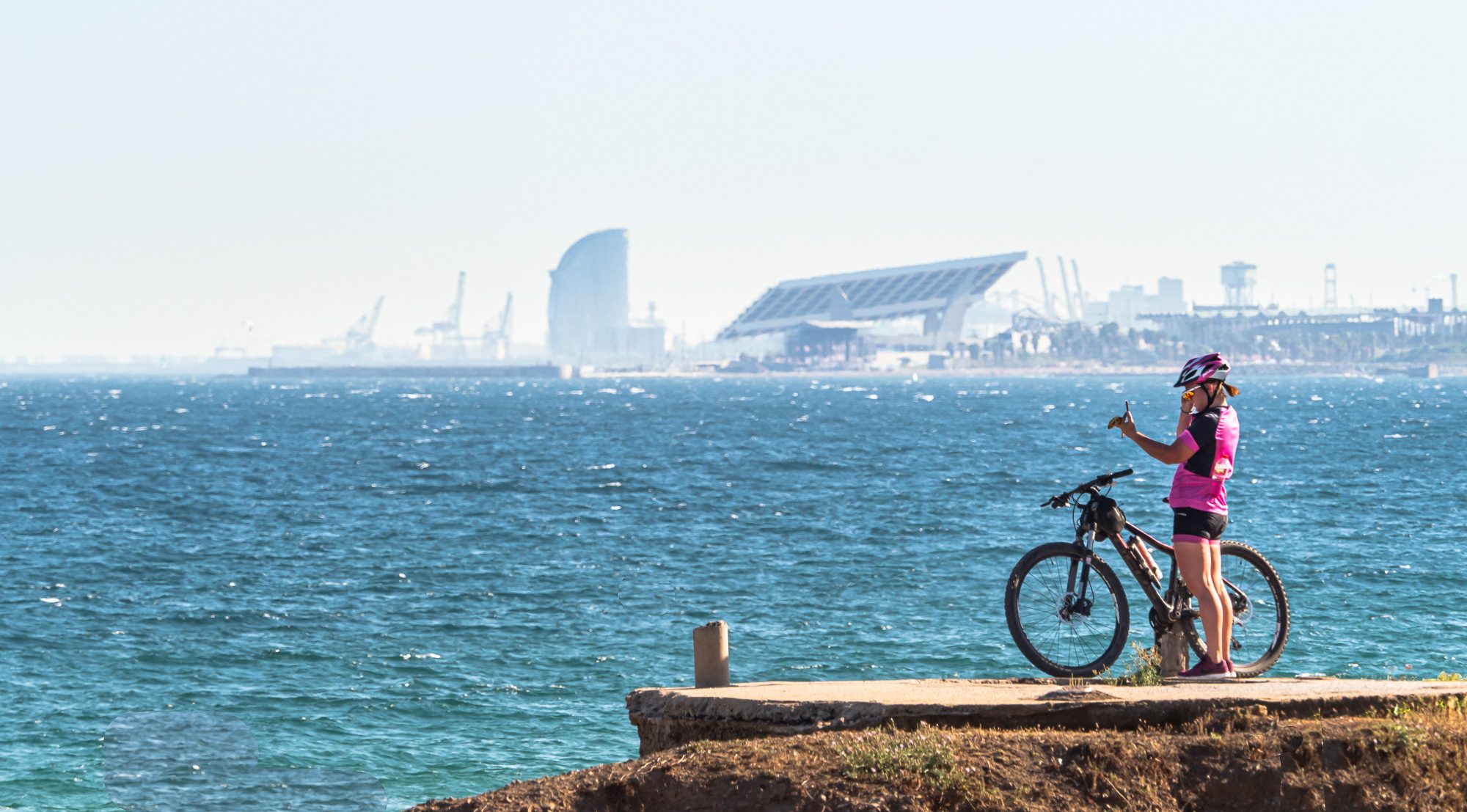
Museums in Barcelona
We will spend the next hours pausing to visit one of the best exhibition spaces in Barcelona, the Miró Foundation. It was created based on the painter’s private collection, now complemented by works from contemporary artists. Another interesting option is the Museu Nacional d’Art de Catalunya (MNAC), which presents over a thousand years of art history thanks to one of the world’s best collections of Romanesque art. We have decided to say goodbye to Barcelona as we started our journey, from above. Travelling in the cabin of the Montjuïc cable car we will enjoy stunning views of the city. We will descend on the Mirador, passing through leafy green areas from which we can enjoy the sunset and watch the iconic buildings of this Mediterranean city.

Views of La Cerdanya
The route passes through Puigcerdà, a town by a beautiful lake. In its streets we can follow in the footsteps of the characters from one of Carlos Ruiz Zafón's novels. Just seven kilometres from Puigcerdà, by taking a detour we have the option to visit the Llívia pharmacy, one of the oldest in Europe. We continue on local roads to villages with short names and hearty sausages, such as black and white bull and pà de fetge. After passing Urtx, Alp and Das, we climb to Meranges, a village with perfect rustic mountain architecture and the beautiful lake Malniu. From the village’s altitude of 1,590 metres, we enjoy views of all La Cerdanya.

Bécquer’s inspiration
Today we head out quickly towards the district of La Cerdanya, which features 17 municipalities located more than one thousand metres above sea level. We stop for breakfast in Bellver de Cerdanya, which before it was a town was one of the castles in the line of fortifications that controlled movements between Conflent and Urgell counties. Fresh bread with butter and homemade jam give us the energy we need to explore the medieval town centre — including where Gustavo Adolfo Bécquer wrote the legend The Devil’s Cross — and walk to the nearby Santa María de Talló church, one of the important points on the Camí de Santiago in Catalonia.
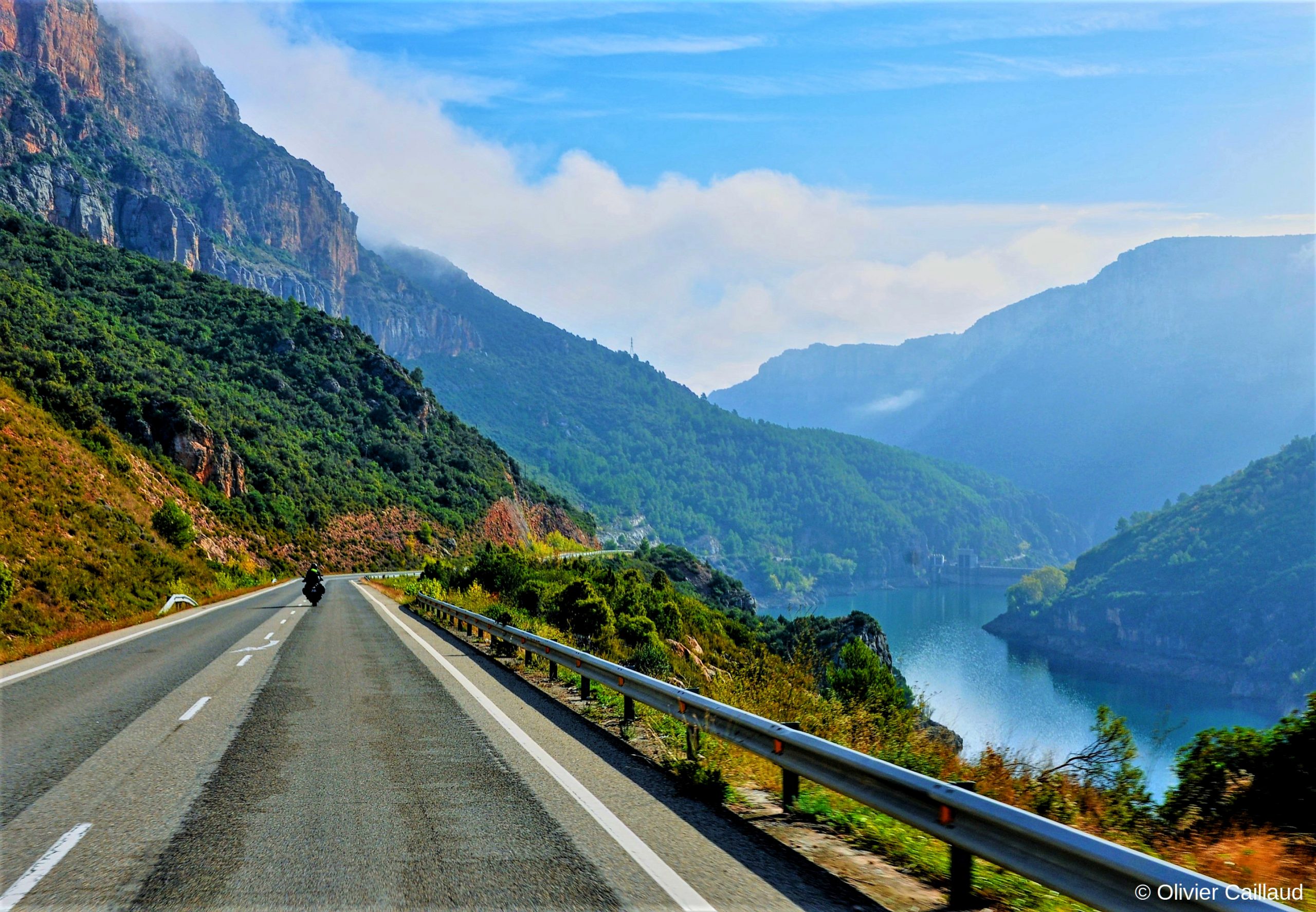
A Romanesque cathedral
La Seu d’Urgell is a city with an interesting heritage linked to its status as diocese, the greatest example of which is the Cathedral of Santa María, the only entirely Romanesque cathedral found in Catalonia. We drive along the panoramic road that connects La Seu d'Urgell with Gósol, along a route that snakes between the pine forests that mark the western border of Cadí-Moixeró Natural Park. The first rays of sunshine glaze the honey-coloured walls of the villages we pass along the way: El Ges, Adraén, Fórnols, Cornellana and Tuixent among others, picturesque stone villages whose inhabitants have grown accustomed to living at a high altitude and in relative isolation.
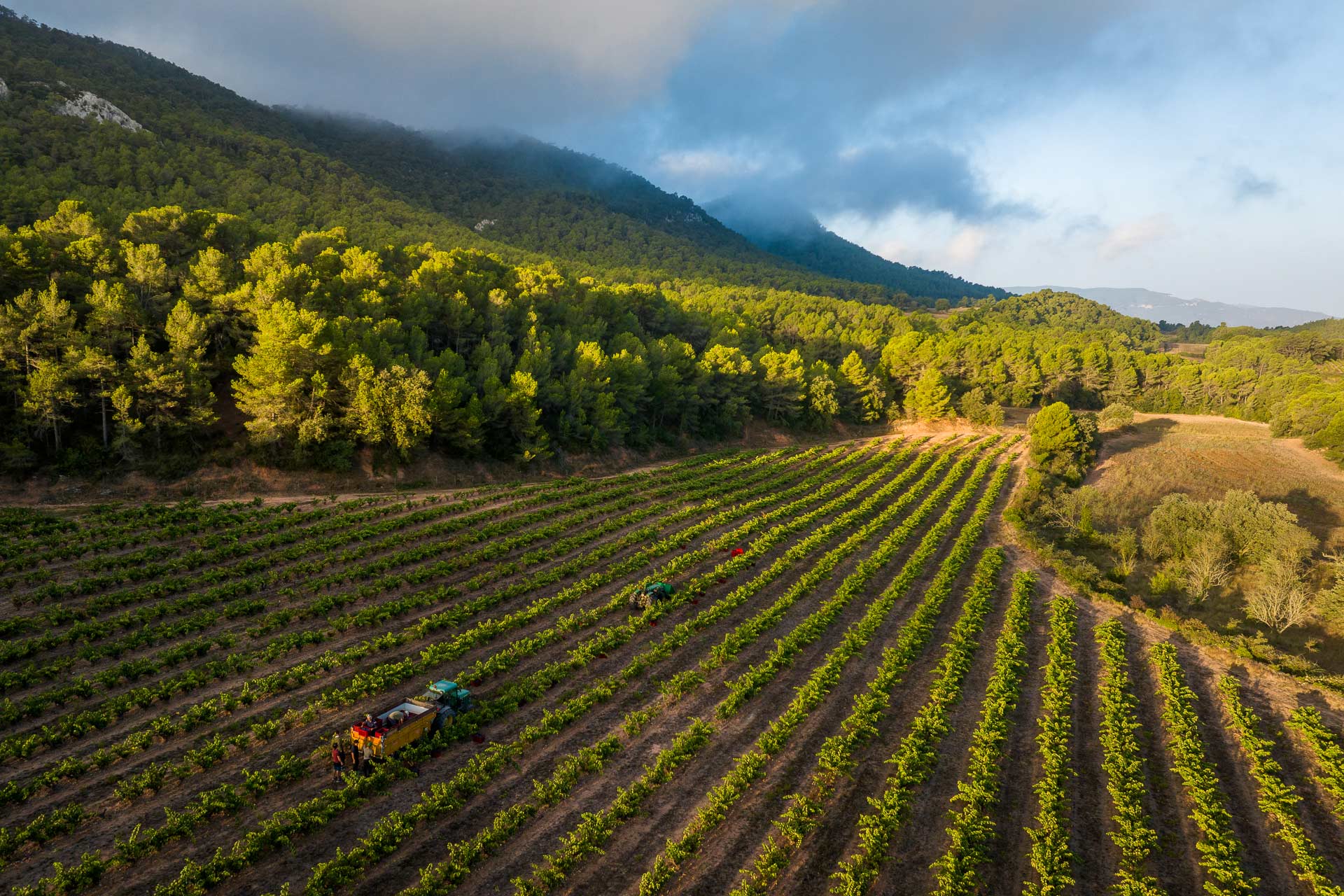
Beyond grapes and glasses
After following the Miravinya Route, which will take us to five viewpoints, there are several options to choose from, such as exploring the Xató Route (centred around the traditional Catalan salad) or tasting the malvasia wines of Sitges, on the Costa Barcelona. However, we’ll stay on the Penedès Wine Route for two activities: a tasting of extra virgin olive oil (EVOO) in La Bisbal del Penedès and a tasting in El Vendrell of the vinegars that have been served at the Nobel Prize award ceremonies for more than a decade. The day will end with a ride in a traditional farm cart from the Modernista-style winery in Nulles, on the D.O. Tarragona Wine Route.

Val d’Aran
We will switch valleys as we continue through the heart of the Pyrenees, moving into the Val d'Aran. A third of the land is above 2,000 metres elevation and its Atlantic-facing orientation influences the make-up of the forests and Pyrenean fauna. Its villages, with stone houses surrounding a church, are the starting point for excursions through ravines, rivers and green meadows. The steep terrain of the Val d’Aran always kept its inhabitants slightly separated from the world, which accentuated unique social and cultural characteristics that persist today. These include a hearty cuisine, their native language—Aranese—and the Romanesque architecture that is so distinctive here. It isn’t easy to choose between the more than thirty churches in the area, highlighting the intimacy of Era Mair de Diu dera Purificacion, in Bossòst, and the sweet Santa Eulària d’Unha, both erected in the twelfth century.
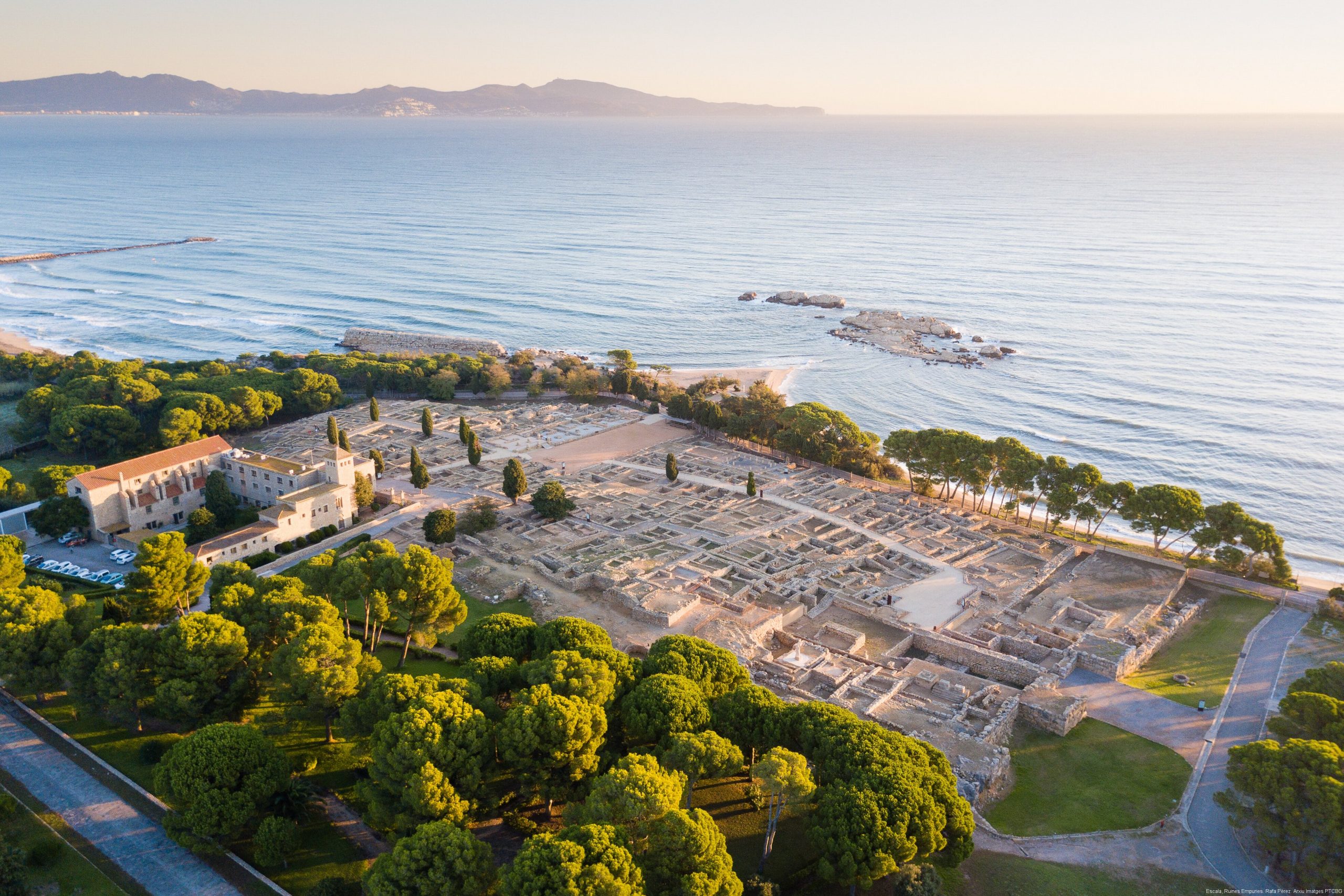
A historic bathroom
The route continues south, along the Bay of Roses, part of the club of the world’s most beautiful bays, and crossing the Aiguamolls de l’Empordà Natural Park, one of Catalonia’s most varied natural areas. We dedicate the afternoon to history because we want to see the Empúries Ruins, the location where the Greeks and Romans entered the peninsula. We choose a guided tour specialising in the trade and consumption of wine in the ancient world. The privileged location of the ruins, at the foot of the beach, allows us to do something unusual: swim by the pier where the Greek boats docked twenty-five centuries ago. Just six kilometres south of the archaeological site is L’Escala, an official Marine Village because of its historic connection to the sea, where we visited the Anchovy and Salt Museum to learn about the work of the salt curing factories that brought so much prosperity to the town. And of course, we sample the famous L’Escala anchovies in one of the old town's traditional taverns.
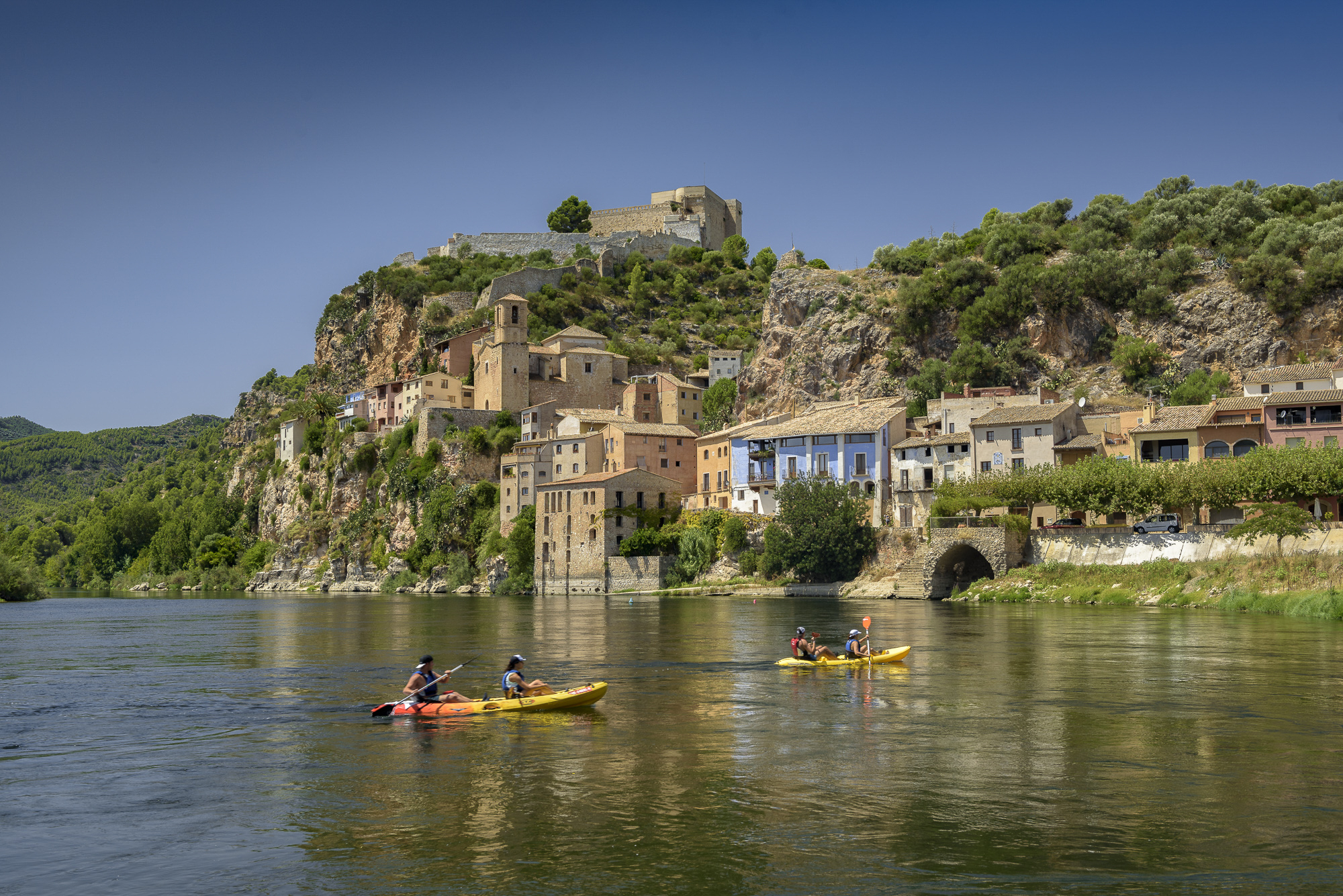
River Kayaking
Since arriving at Terres de l’Ebre the river Ebre has kept us company; now it’s time to get in the water and travel a stretch of it in a kayak. The sound of the paddle and birdsong form the soundtrack to a quiet journey that takes us to the spectacular village of Miravet, with its houses and Templar castle hanging over the river. In addition to visiting the castle, we can also take part in a pottery workshop to explore its pottery tradition. After our boating trip, we set off for Priorat. Between the towns of Móra d’Ebre and Móra la Nova we make a short detour, barely ten minutes, to the Iberian settlement of Castellet de Banyoles, where you can see the meandering Ebre and the orchards of the Ribera d’Ebre. The view is especially beautiful during the trees flowering season. The explosion of colour begins in early February with the almond trees and extends to April with cherry and peach trees.
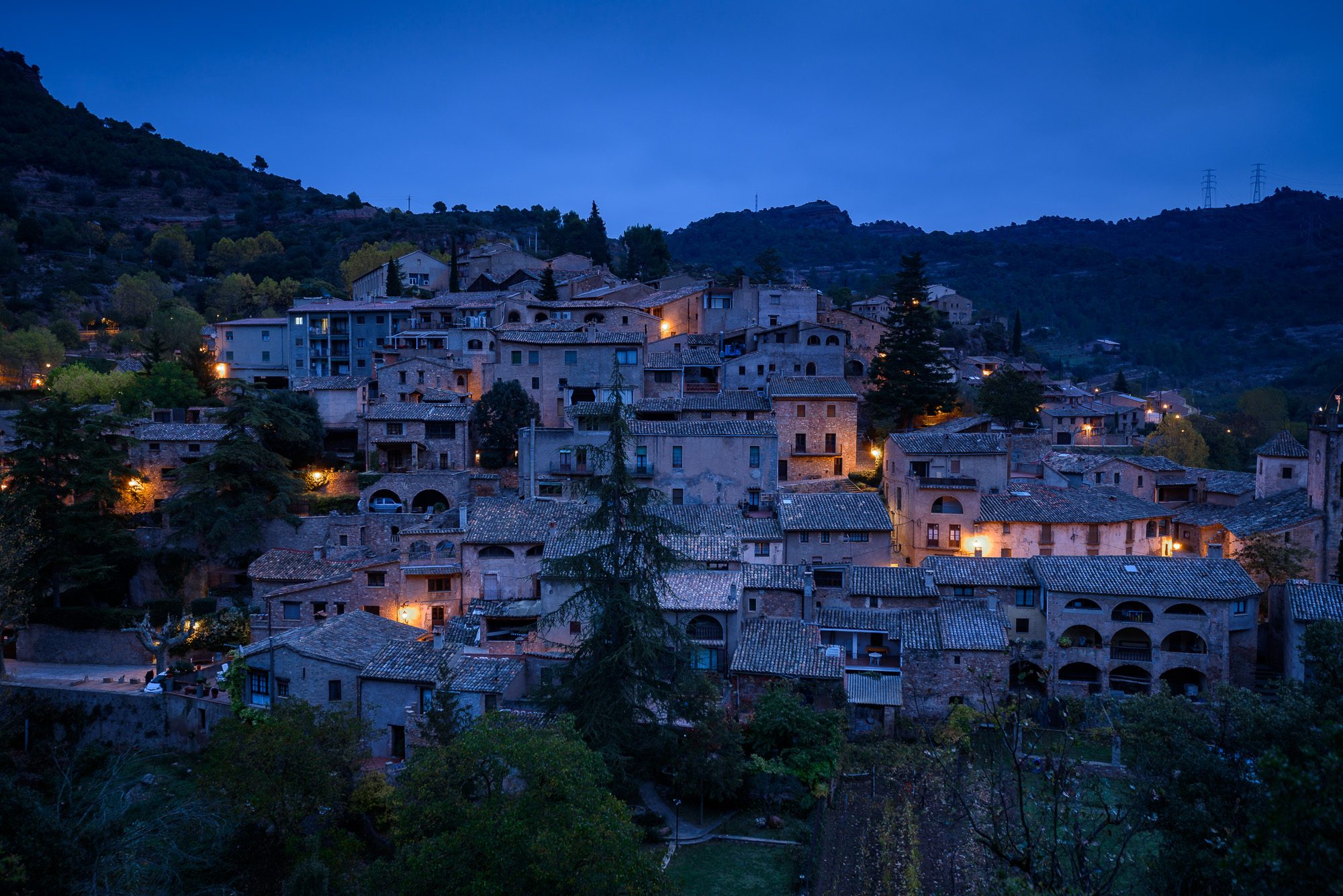
Bages
I spend the afternoon on several visits: the Tines of the Vall del Montcau, huge dry stone constructions in which wine was made at the foot of the vineyard when the Bages district was one of Catalonia’s leading producers; the town of Mura, an official Charming Village which retains a spectacular medieval centre in the midst of its cobbled streets and an interesting mill with more than a thousand years of history; and the nearby Sant Benet de Bages monastery, a well-preserved medieval monastery where I can learn how the monks lived between the walls of the church, the cloister and their cells. The complex has incorporated a innovative modern culinary research centre, the Alícia Foundation, which promotes the benefits of healthy eating; three restaurants and a grocery store selling organic products.
I continue onward to the outskirts of Solsona in the Lleida province, where I have booked a night at an old farmhouse in the Vall de Lord.
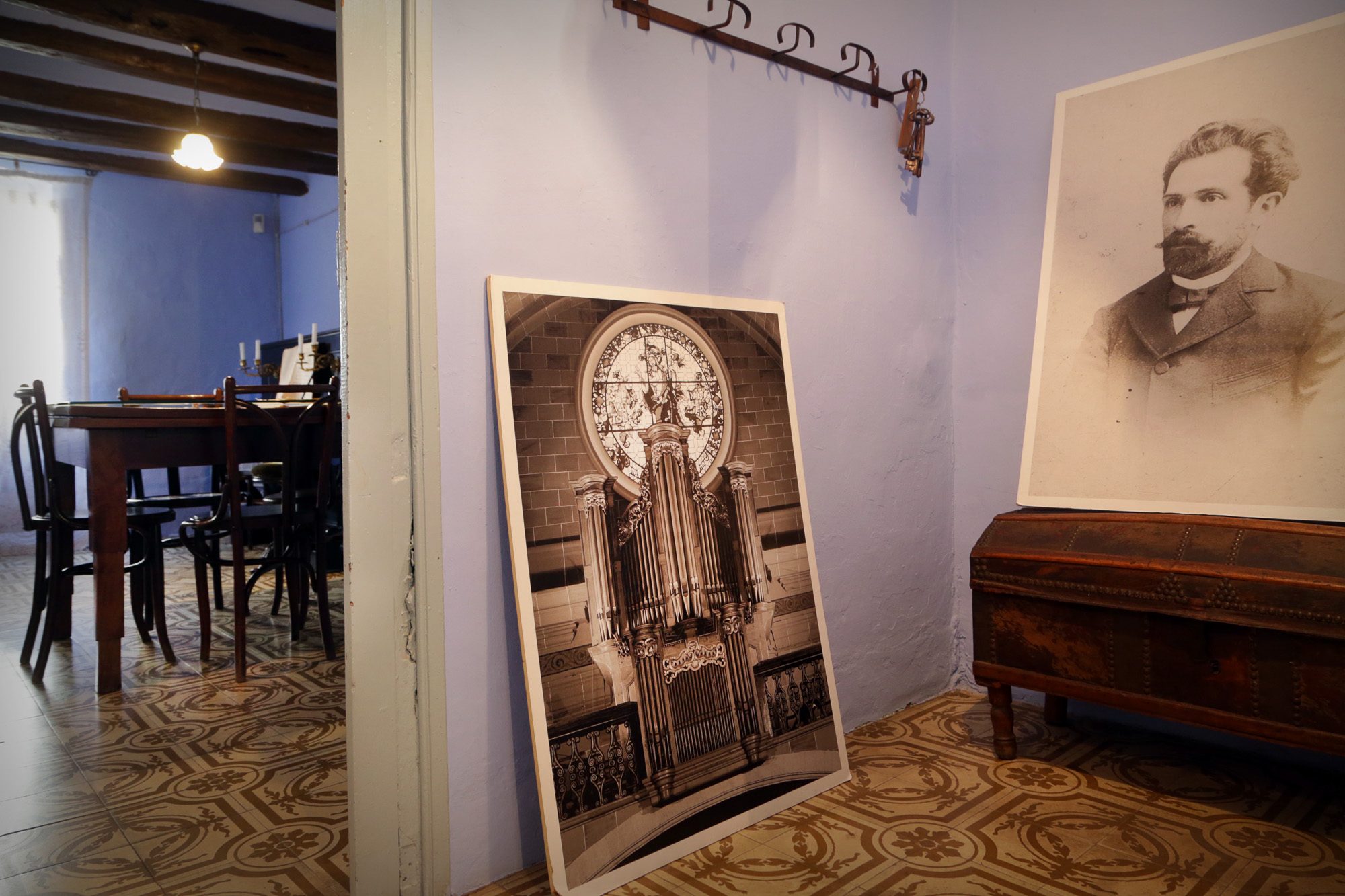
The sound of music
On the road that skirts the Foix reservoir I cross into a different province, Tarragona, but I remain in the land of the Penedès D.O.. I arrive in Sant Salvador, one of El Vendrell’s maritime districts, home to what was once the summer home of cellist Pau Casals and is now a museum. Through personal objects, I experience the life of this iconic musician and the environment in which he created his work. Pau Casals argued that this house was the expression and synthesis of his life as a Catalan and an artist. I think about the emotion the musician must have felt, the same one I feel now, every time he came back from a trip and ran through the door, straight out into the sea.
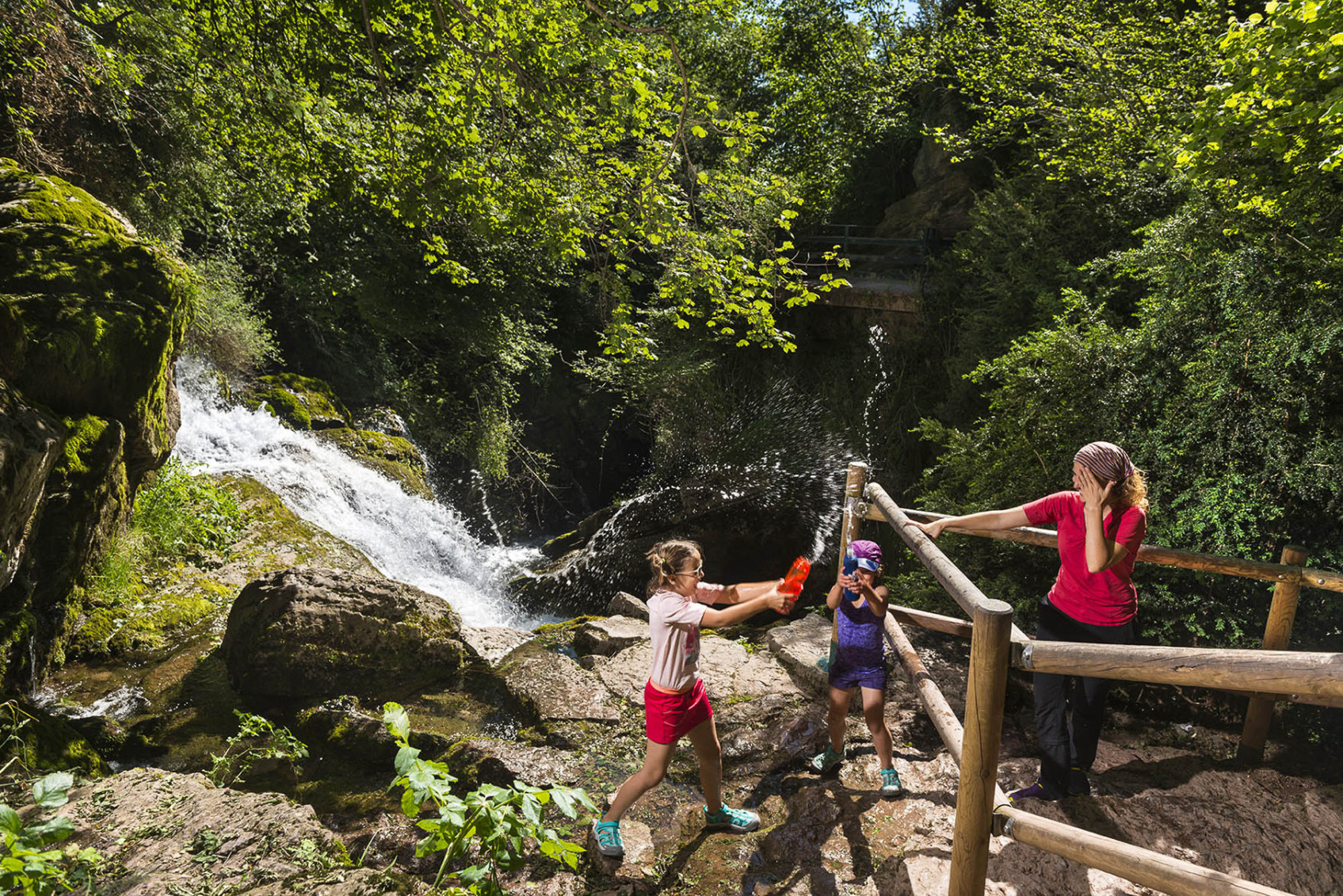
Castellar de N’Hug
We have a free afternoon, so it is time to walk a little bit. We travel towards Castellar de N’Hug, one of the official Charming Villages and the point of arrival of the Cement Train. The town is known for its spectacular natural setting, its Romanesque architecture, and its enormous croissants. It is also famous because it is home to the source of the river that forms the backbone of the entire province of Barcelona, from the Pyrenees to the Mediterranean: the Llobregat. The path to its source is short and well-established, with wooden ladders and handrails. As we get to the end, we see the spectacular waterfall bursting straight from several cracks in the rock wall. Before it gets dark, with a couple of croissants weighing a kilo each in hand, we reach Ripoll where we spend the night.
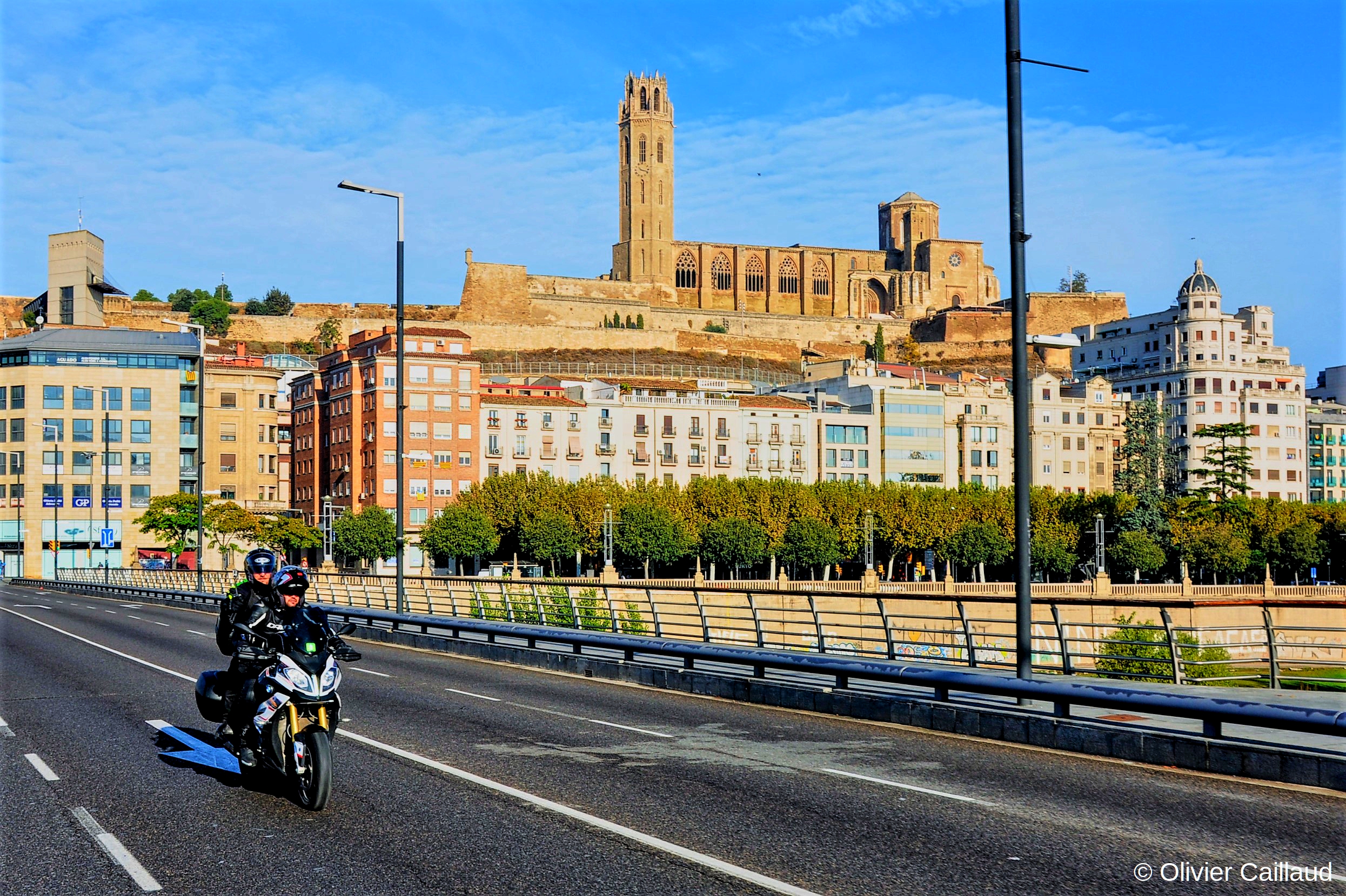
Passing through Lleida
From Valls, the route passes through Terres de Lleida, until we reach the capital. We will start the day at the top of the Seu Vella, the incredible medieval cathedral of Lleida erected on a rocky promontory overlooking the planes, with a view of the vegetable gardens from which delicious fruits and vegetables emerge. This site of worship, which was first Roman and later Gothic, is a real symbol of the Lleida province, like snails cooked in the local style, a la llauna.

Villages of the Val d’Aran
We have seen that the Val d’Aran is a place of deep superstitions, fire festivals that are an Intangible Cultural Heritage and artisans who spend hours making ceramics, wrought iron and sausages such as the fuet, known here as langoisa seca. The day begins with visits to the towns of Arties, featuring notable Renaissance houses in its old town, and Salardú, where we see one of the aranese Romanesques, Sant Andrèu, a church with an octagonal tower, stunning wall frescoes and its wooden Christ. Arties and Salardú can also be reached via E-BTT, electric mountain bikes. There are other options for getting to known the valley's quirks, such as the nearby villages of Escunhau, Bagergue and Tredòs, but we believe that the landscapes of the area are best experienced slowly and on foot, so we choose to take another easy hike. If you’re looking for a little more relaxation, you can opt for a visit to the Banhs de Tredòs, the highest-altitude thermal spa in Europe, with a stunning location in the heart of nature.
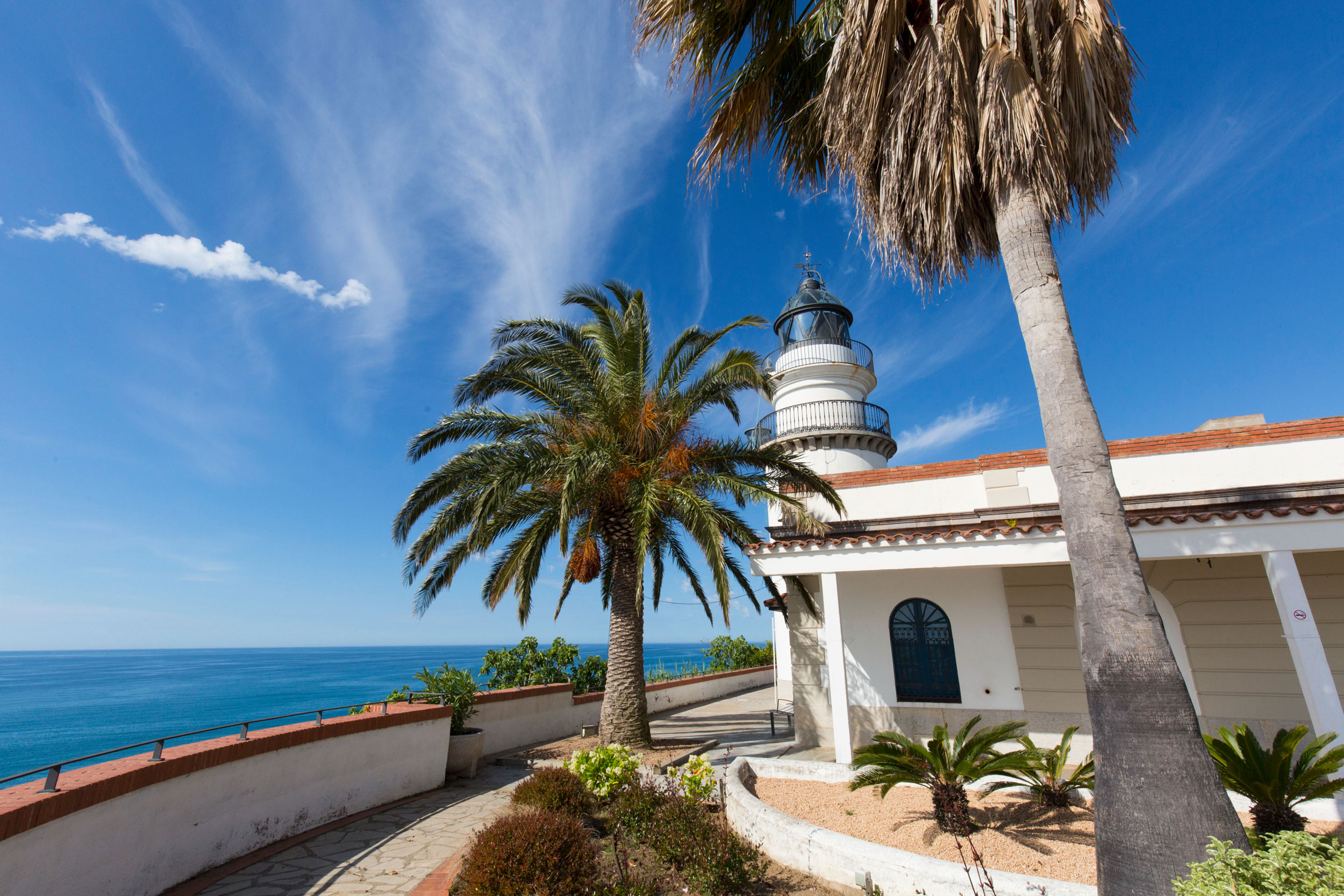
To the coast
Today we descend from the mountains through the Eastern Vallès district to the sandy beaches of the Maresme coastline. Jutting out into the sea, from Calella´s lighthouse we see a part of that coast that we are going to travel today. We start at one of the district’s two Marine Villages, Sant Pol de Mar, walking through its streets to the Les Escaletes urban beach, where we sit in the sand and let time pass while gazing peacefully out at the water.

Following in Picasso’s footsteps
I am taking a little leap through time into the bohemian Barcelona of the late nineteenth and early twentieth centuries, the city where young Picasso wandered the streets. I walk past important places from his life, such as the school where he studied, Carrer Avinyó and the brewery where he had his first solo exhibition. The artist's work has given me an appetite: taking advantage of the fact that the route ends at the Picasso museum, located in the El Born neighbourhood, I continue a gastronomic tour of the neighbourhood's iconic taverns. An excellent option to continue the afternoon is strolling through shops, some of which are centuries old, selling handmade goods such as jewellery, fashion, cosmetics, handicrafts, and nougat.
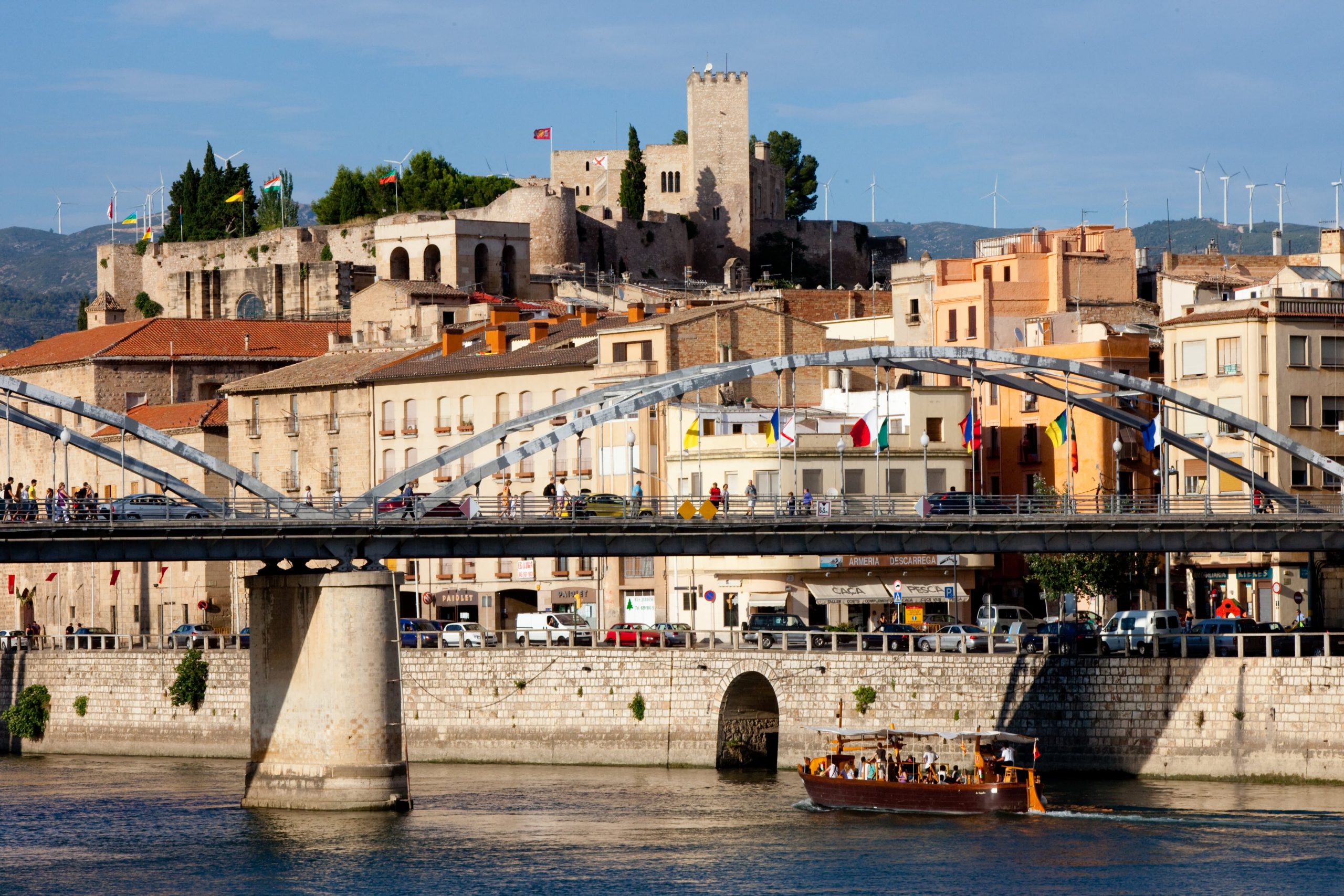
A stroll through Tortosa
The area surrounding the Delta de l’Ebre has other attractive visits to offer. This is a territory with very old examples of human presence, including cave paintings forming part of the Mediterranean World Heritage and thousand-year-old olive trees, both located between Ulldecona and La Sénia. Located near the sea, Sant Carles de la Ràpita offers a wide range of water sports and the natural beaches of the delta are an invitation to rest and relax. However, we choose to follow the road to the monumental Tortosa, part of the Cities and Towns with Character; the castle, cathedral and remnants of Jewish Quarter certainly earn it that designation. At the modernist Municipal Market there are typical Terres de l’Ebre products available for purchase, and bars where you can taste them. We leave with a bag of traditional angel hair pastissets.
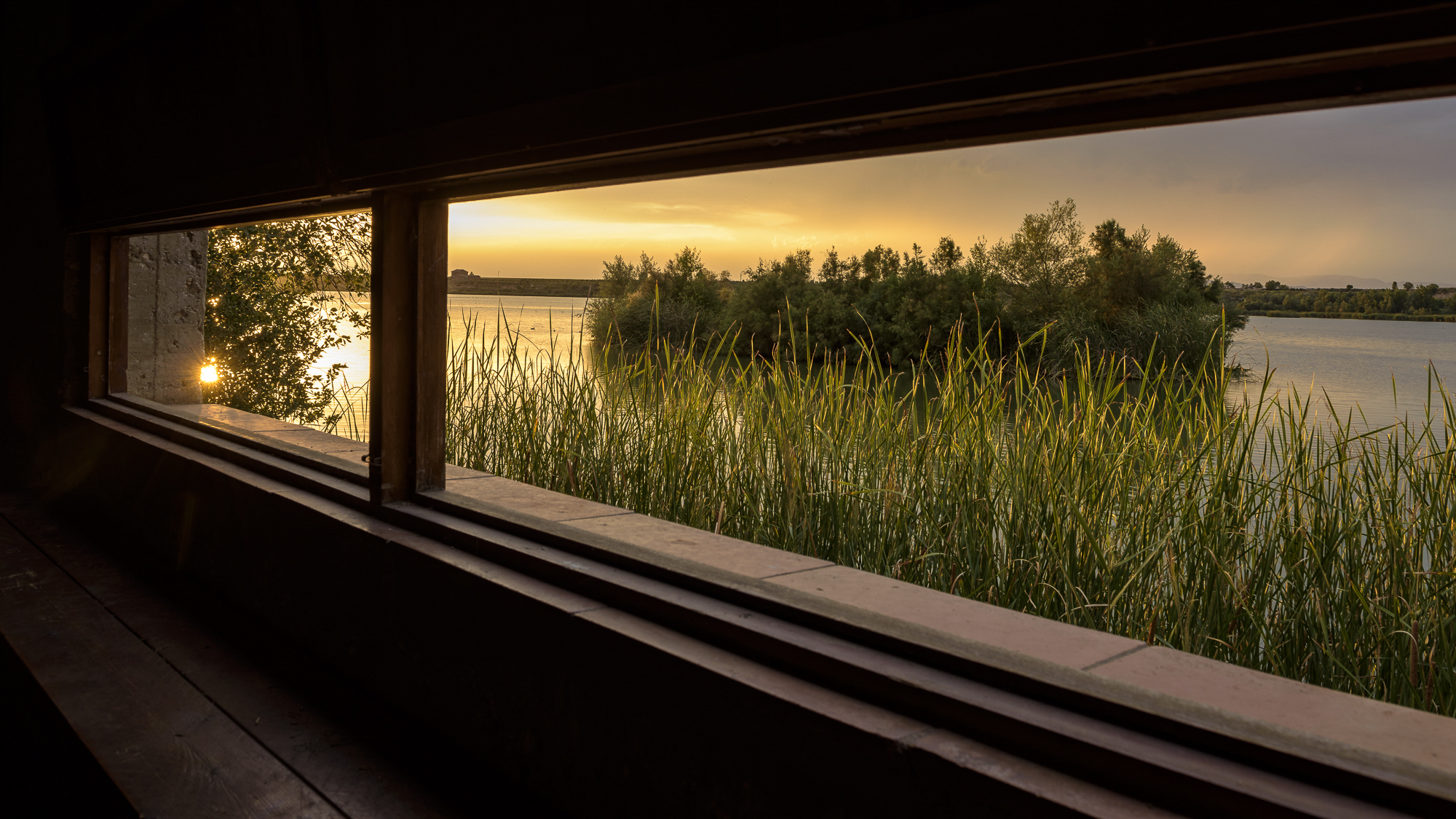
A quiet village
We begin the morning by taking a short detour to visit Guimerà, an excellent example of a rural medieval site. In the early hours of the day we get the chance to walking alone through the streets of a village that is one of the most postcard-perfect communities in Lleida province.
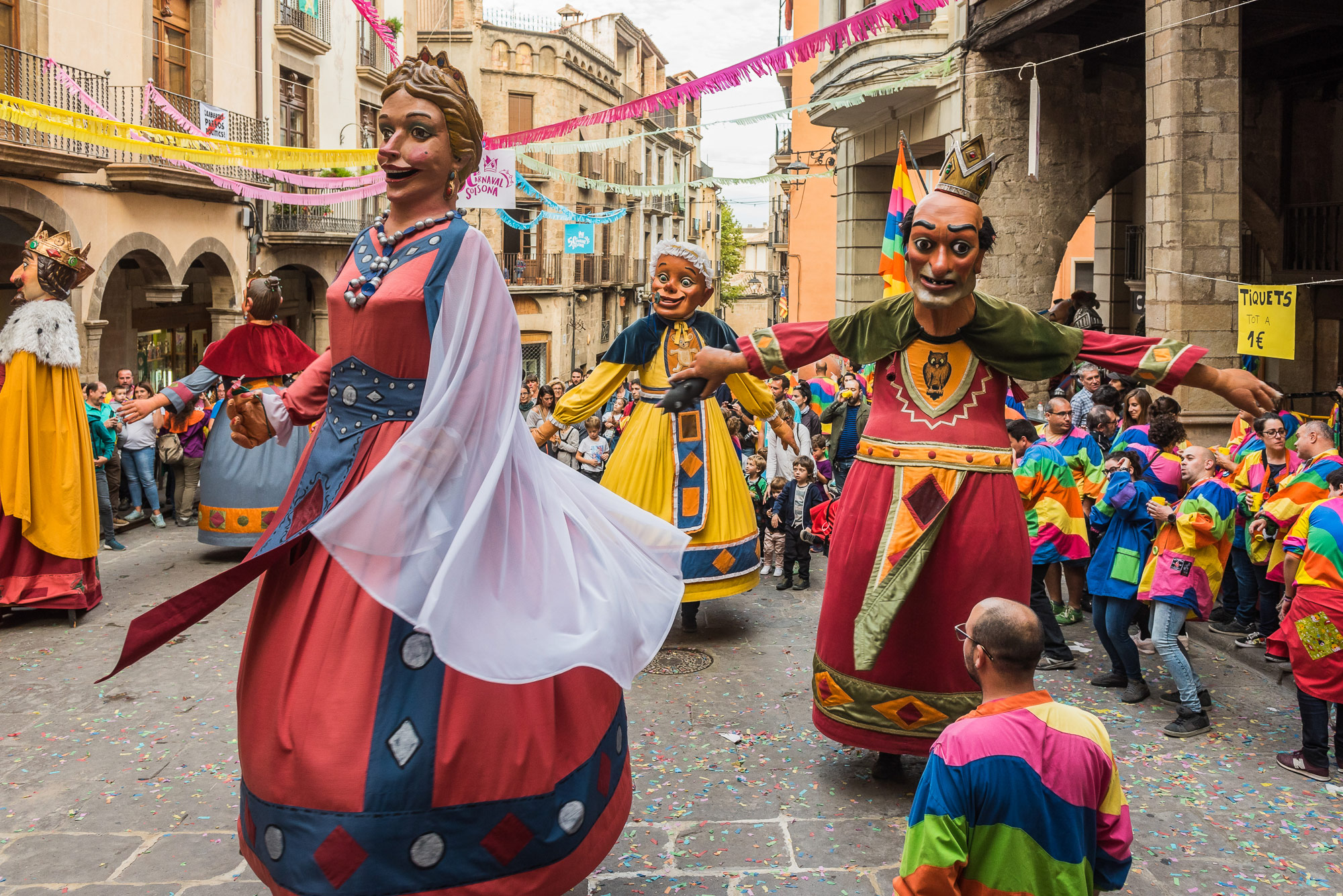
Giants in Solsona
During the guided tour of this city, with its strong Baroque heritage, I see strange things like the collection of huge figures in the Giant's Quarter, huge creatures that parade through the streets during the festive days. The Miracle Sanctuary is barely twelve kilometres from Solsona, City with Character, and its Baroque altar is reason enough to consider a visit. The journey continues southward, entering the province of Barcelona again, with various options for stops, such as Cardona with its castle and salt mines, the Poble Vell de Súria, which rises on the left bank of the Cardener River and was a major community on the salt trade route; or Manresa, City with Character, with its strong modernist heritage.
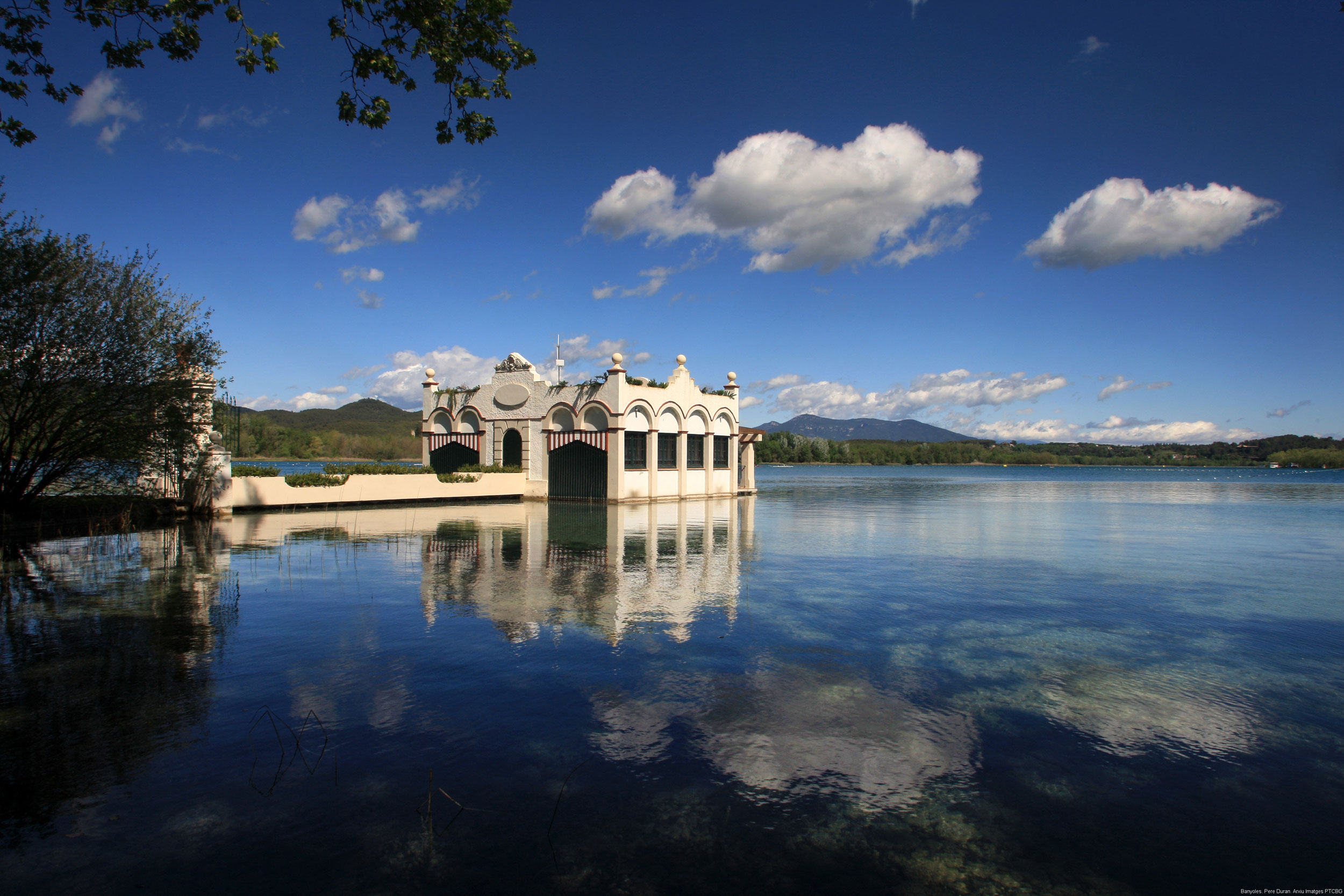
Sunrise in Banyoles
The Lake of Banyoles, located halfway between the peaks of the Pyrenees and the wide plains of the Empordà, wishes us good morning with the hypnotic pink tones of a sunrise over its waters. At this early hour it is just us and the bird watchers who have come to photograph some of the species protected by the Natura Network and the RAMSAR convention, which designates this wetland as a Wetland of International Importance.
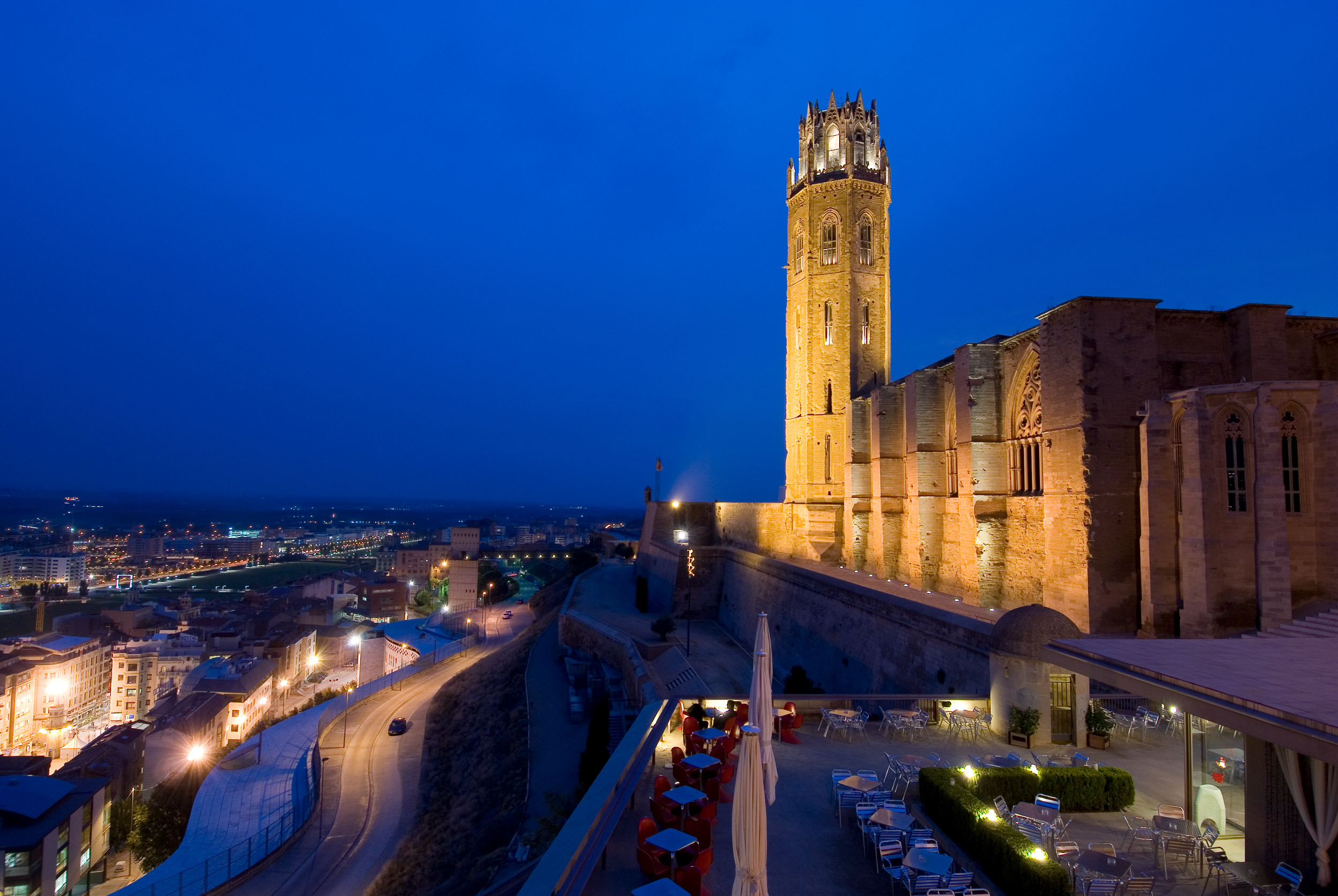
Arrival in Lleida
In the Ivars i Vila-sana pond we have booked one of the special activities they offer, tagging different bird species. Walking around the perimeter of the aquifer, on a path that’s just over 2.5 kilometres long, we see a space that once dried up and is now vitally important to birds. We arrive at Lleida when the afternoon begins to fade, just in time for a tour of the Seu Vella and the King’s Castle – La Suda. For dinner, we opt for the most traditional way of eating the famous Lleida snails, roasted “a la llauna”, on a metal sheet with handles placed directly over the embers.
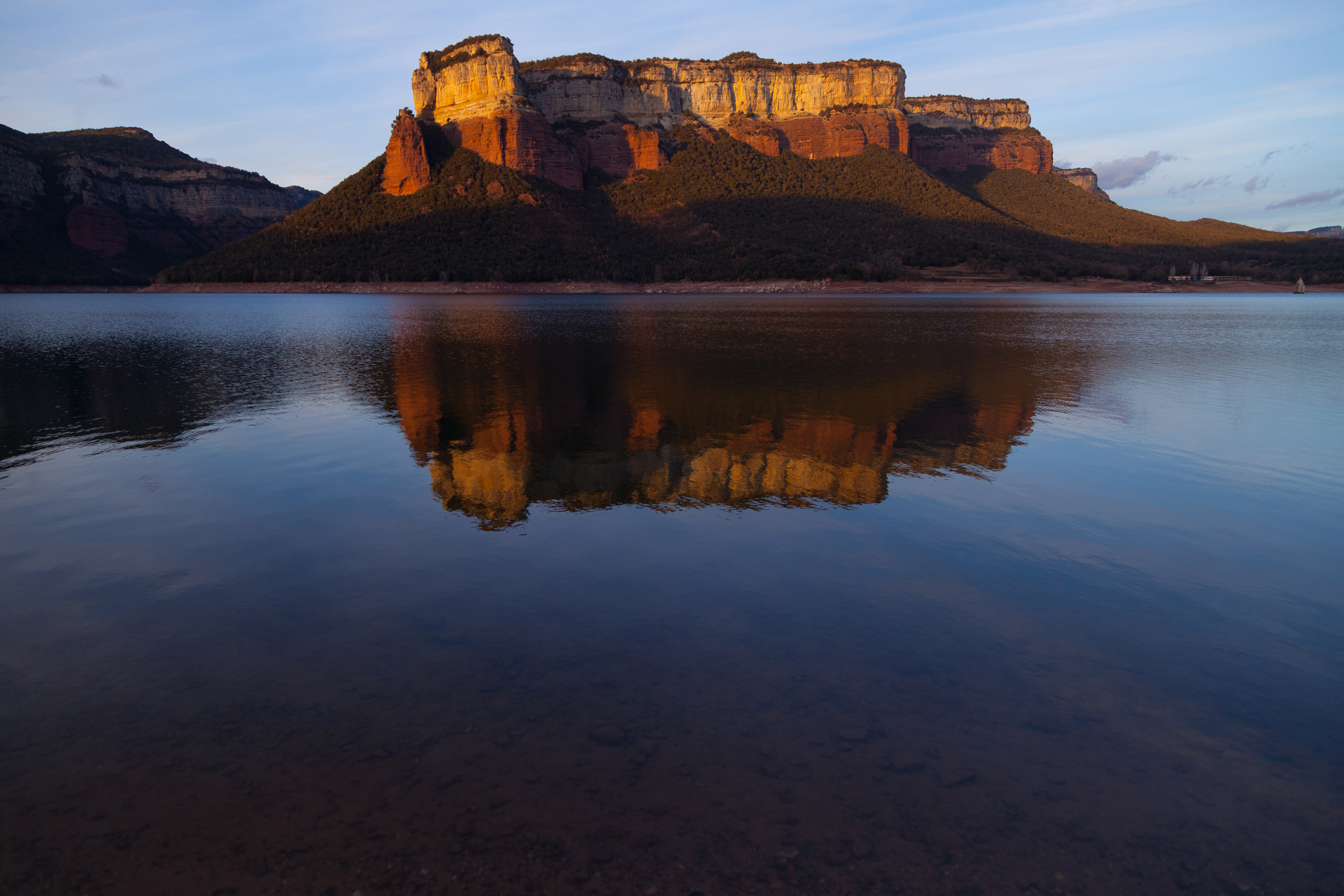
The capital of the River Ter
The road between Rupit and Manlleu crosses the Collsacabra, and taking a detour of just ten kilometres we reach Tavertet, where an easy hike brings us spectacular views of the cliffs from which the village takes its name and the Sau reservoir, fed by the Ter River, at the foot of the Guilleries mountain range and surrounded by forests of exotic pines and fir trees. In Manlleu, a city shaped by the River Ter both in terms of its terrain and its industrial past, we enjoy a very interesting dramatized tour. Assumpta, one of the “Spirits of the Ter”, tells us about the importance of the industrial colonies that were established along the river for the development of Catalonia, mainly related to the work of processing cotton into yarn to serve the textile industries.

Home remedies
We’ll then take the winding roads to Ossera, where we’ll follow the Aromas and Wise-women Route, centred around the local trementinaires – women who used to gather aromatic plants to make medicinal ointments. After learning about their fascinating history, we’ll take part in a workshop to make our own turpentine. Another scent, that of cheese, will take us to La Seu d’Urgell, the capital of the D.O.P. Mantega i Formatge de l’Alt Urgell i la Cerdanya. Every year in October, the Sant Ermengol Fair is held here, showcasing the best artisan cheeses from the Pyrenees.

The Jewish Legacy
From Banyoles, the road passes through pine forests to the noble town of Besalú, where we see the magnificent Romanesque bridge over the river Fluvià, iconic symbols of medieval Catalonia. The historic centre and the Call Jueu, the Sephardic quarter from the thirteenth century, today retains its extraordinarily well-preserved synagogue and mikvah. In the afternoon, we continue our journey to Figueres, the home town of genius Salvador Dalí. We dine on one of the terraces of La Rambla, where the teenage Dalí spent long hours drawing in cafés. In one, the café Emporium, the surrealist painter and his friend Luís Buñuel wrote the screenplay for the short film Un Chien Andalou.
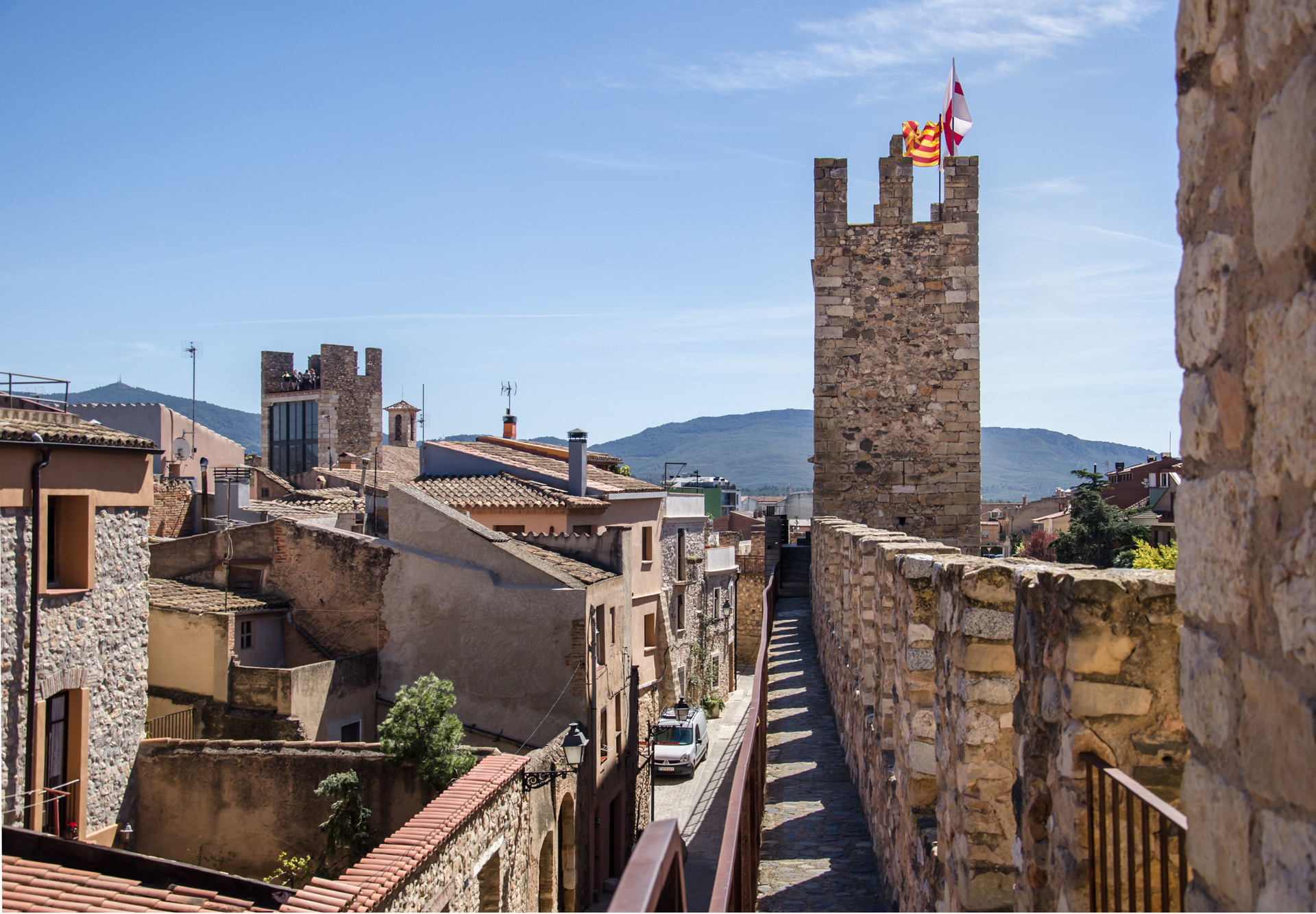
An excellent breakfast
The day kicks off in Montblanc with a generous breakfast served in a wine cellar.
Pa amb tomàquet and extra virgin olive oil, black and white botifarra sausage, dried llonganissa sausage, cheeses, olives, nuts and a little wine are a safe bet to start the day off right. Montblanc is a town with a prominent walled complex where we can still see towers and doorways in good condition. Each year in April, the Legend of Sant Jordi is re-enacted as part of the Medieval Week events.
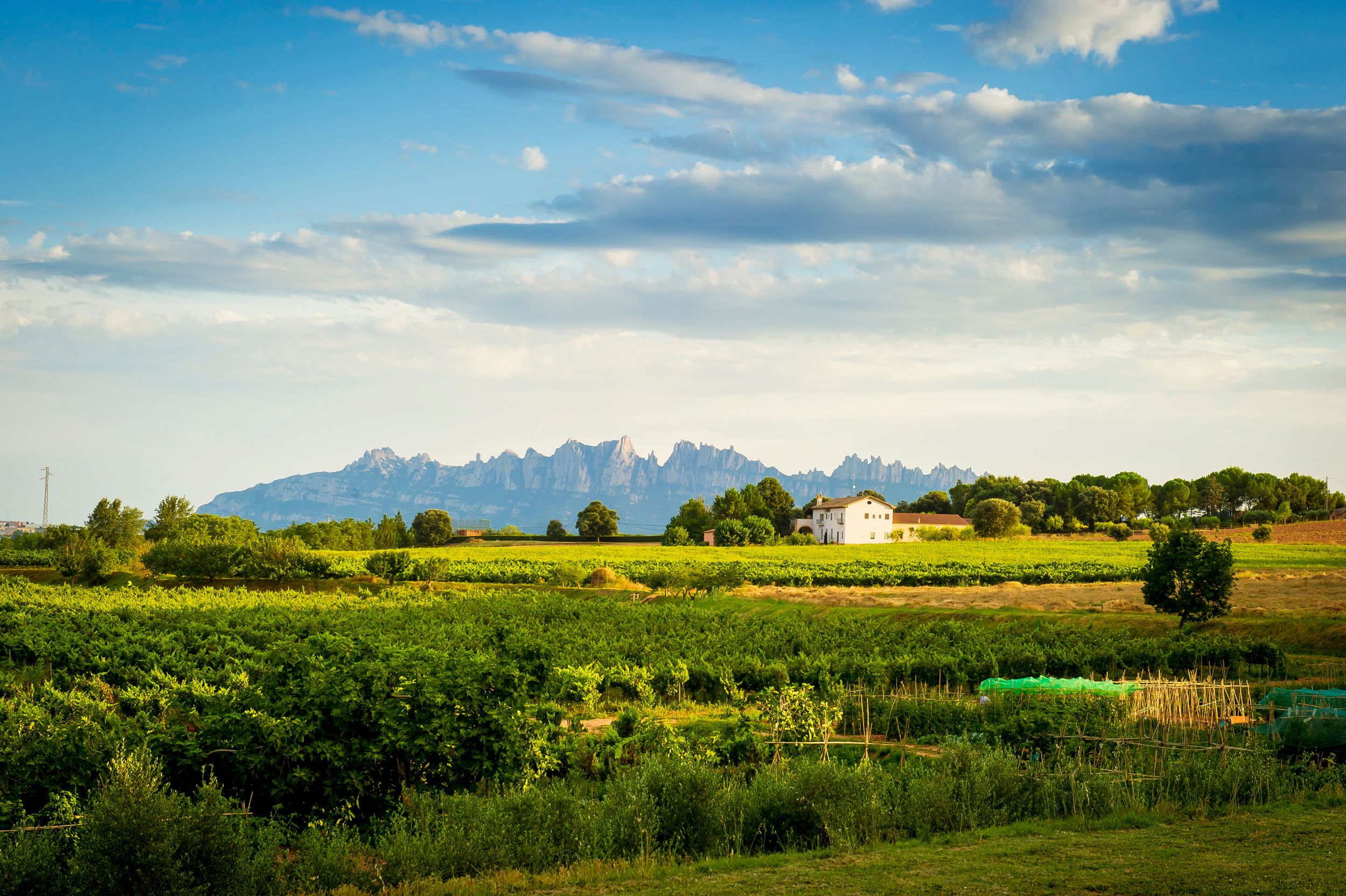
A beautiful sunrise
I slept well in Montserrat. At the start of the morning I take a quick tour around the natural park of Montserrat, along paths that encourage peaceful walks and meditation while the first rays of sunlight paint the peaks of the most iconic rocks red, such as the Cavall Bernat, the Serrat del Moro and La Palomera. If the visit coincides with the performance schedule of the Escolania, one of the oldest music schools in Europe, it is worth entering the basilica to listen to how they sing the Virolai, a song also known as Rosa d’abril and dedicated to La Moreneta.

Catalonia’s only national park
The memory of constellations passes the time as we travel between La Pobla de Segur and la Vall de Boí. Upon reaching Senterada, we see the signs for Vall Fosca, another of Catalonia’s natural wonders that deserves a detour. The road begins with gradual ascent to the top of the Coll de la Creu de Perves, with good views of the Pyrenees. From El Pont de Suert, the road passes between hills to the entrance gate of the Aigüestortes i Estany de Sant Maurici National Park. At this entrance, there is a park information centre. Catalonia's only national park allows us to enjoy a spectacular natural setting: more than 200 lakes of glacial origin are surrounded by peaks around 3,000 metres high. In spring and summer, gentians and rhododendrons add a splash of colour to the green meadows.
The National Park has two other entrance points. Boí and Espot are the villages that contain the main centres and where it is necessary to go in order to visit the best-known spaces, such as Aigüestortes and the Estany de Sant Maurici pool. The third entrance is via the villages of Sort and Llessui, where there is also a park information centre.

Flying high
Montserrat is even more breathtaking from a helicopter. After landing, and still riding high from the experience, we’ll sample artisan mató (cottage cheese) with a delicious drizzle of honey, paired with a glass of ratafia (a local herbal liqueur). To learn more about the herbs and plants used in this popular drink, we’ll visit a native plant nursery in Sant Llorenç del Munt i l’Obac Natural Park and take a nature walk around the area.

Art in Figueres
We hear the bells of the church of Sant Pere de Figueres, one of the spaces of Dalí’s life, that genius with the incredible moustache. We will spend the morning tracing the key points on the Surrealist painter’s path, the Dalí Triangle consisting of his hometown, the Port Lligat house and the Castell de Púbol, making some stops along the way. At the Dalí Theatre-Museum we are fascinated by the innumerable details hidden in the artist’s optical illusions. At the Museu del Joguet we see an exhibition about his younger years, and in the Dalí-Jewellery collection we examine a beautiful collection of his jewellery designs. Another interesting visit equally linked to art, in particular local and contemporary art, is the Museu de l’Empordà.

Dining with Dalí
Our gastronomic route through Figueres will take us to places that meant something to Dalí: we’ll stroll under Galatea Tower and through the Ca la Teta cellar, tasting wines caressed by the tramuntana north wind, accompanied by dishes such as mar i muntanya (surf ‘n’ turf). In Peralada we’ll visit an avant-garde winery designed by RCR, the Pritzker Prize-winning architects from Olot. The Peralada Castle Museum houses a collection of objects related to the world of wine. For our next stop, in Garriguella, we’ll don beekeeper’s suits to learn about the L’Albera honey-making process.
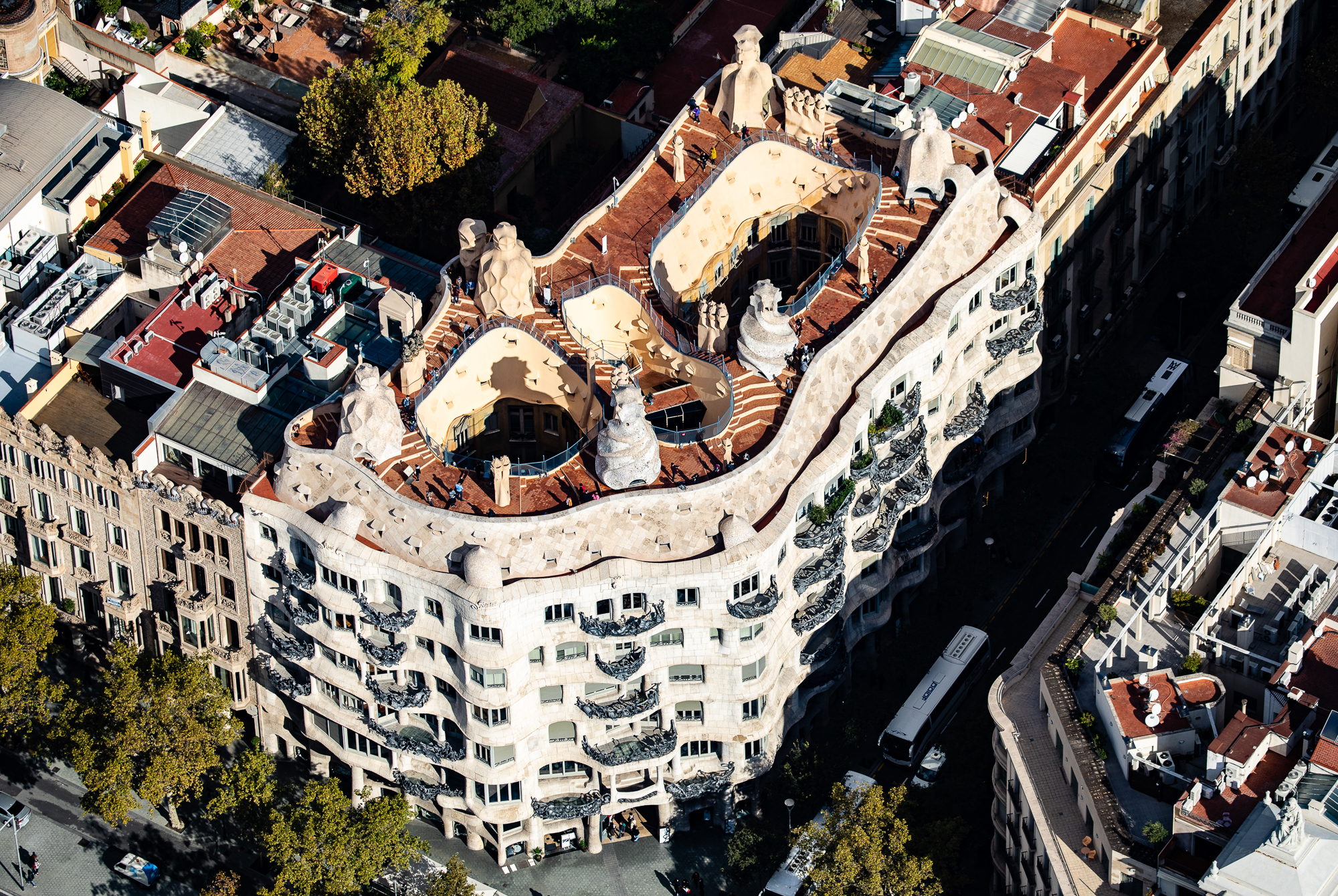
Modernist geniuses
Barcelona is a Mediterranean city, with a wealth of culture, excellent cuisine, local trade and a coast where you can enjoy water sports and the seaside. From the terrace of our hotel, as the sun begins to sparkle over the sea, we’ll watch the light gradually illuminating iconic buildings such as the Sagrada Familia, one of the great modernist structures of Europe and a UNESCO World Heritage Site. Barcelona is the city with the most buildings on this exclusive list. The influence of modernist architects leads us to take a guided tour of some of the most well-known works on the Modernist Route by Gaudí and Domènech i Montaner. We will learn about the history and unique features of the Sant Pau Recinte Modernista, the Casa Batlló, the Casa Milà and the Palau de la Música Catalana, among other buildings.
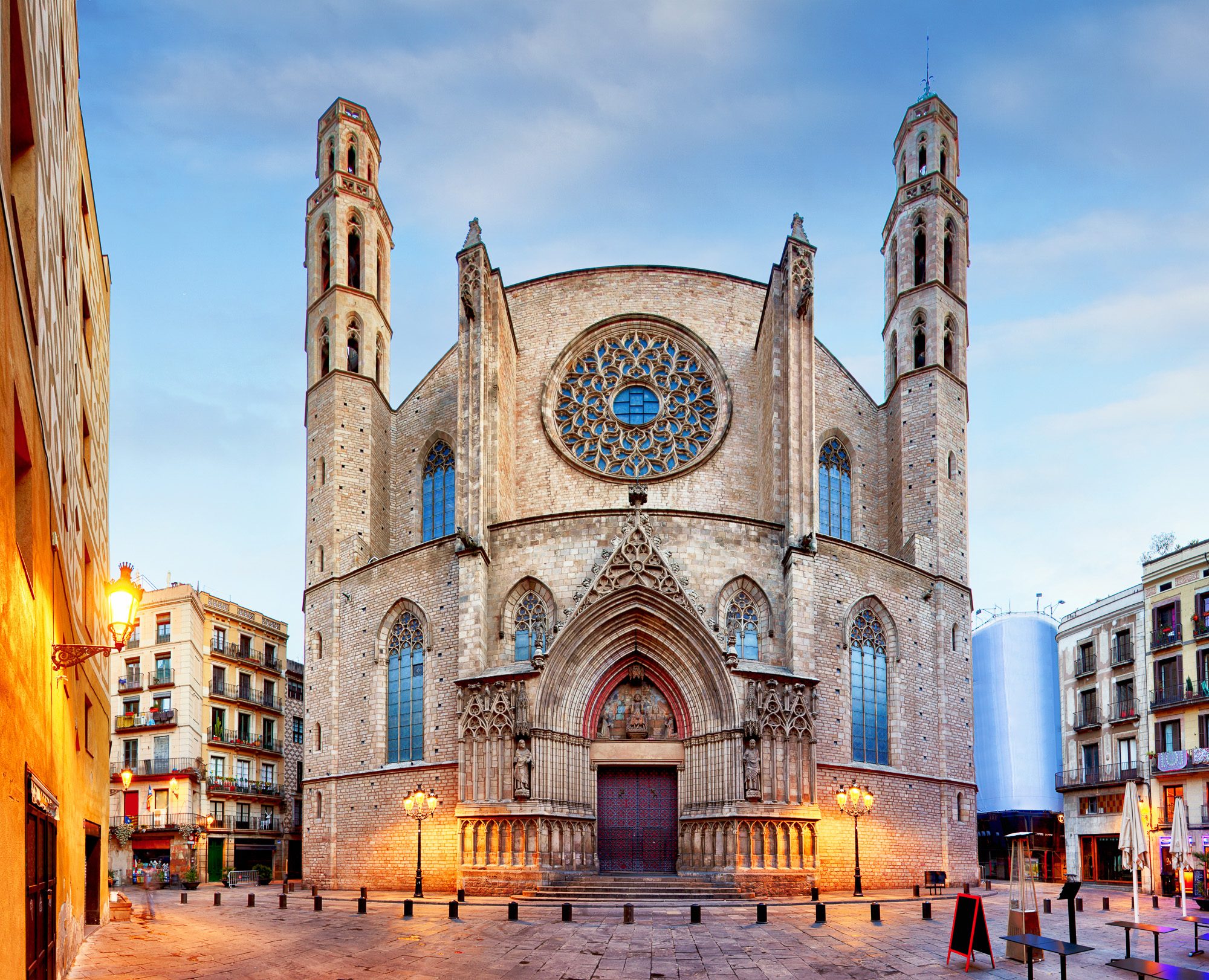
A Literary Walk
Having tried the dishes we prepared, it is time for a good walk. We opt for a literary route and are given a choice of viewing settings from The Shadow of the Wind or Cathedral of the Sea. We go for the second option so we can visit the Santa María del Mar basilica in the Born district, and then continue in a leisurely fashion through this lively neighbourhood, where there are plenty of options to enjoy tapas and a glass of wine.
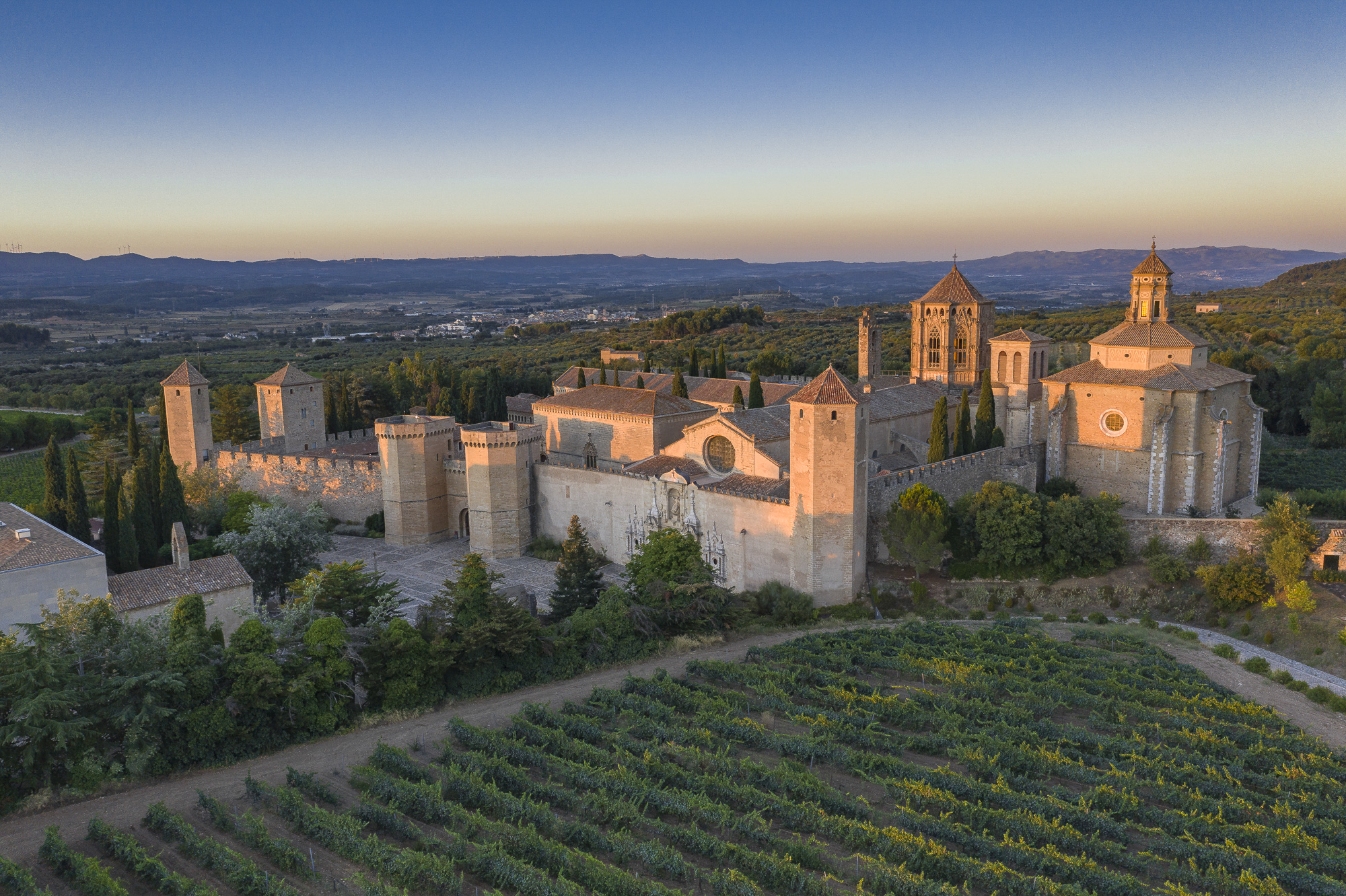
Along the Cistercian Route
The next stop is Siurana, where we will hear a tale of Saracens, warriors and princesses as we walk through this small cliff-top town views of the eponymous wetlands. The village is surrounded by mountains of reddish limestone rock, featuring some of the world’s most famous rock-climbing routes. We will drive along the roads that cross the landscape of the Prades Mountains to Poblet, one of the three monasteries along the Cistercian Route, still inhabited by monks today. The monastery is a UNESCO World Heritage Site and one of the most complete Cistercian abbeys in the world. A short drive from Poblet is Montblanc, where the town’s walled centre is well worth a visit, especially during the feast of Sant Jordi. The last stop of the day will be in Valls, a town of castells, huge human towers reaching ten stories high, and calçots, a variety of spring onions that gather family and friends around the table during the calçotades feasts between November and April.

Modernist Barcelona
It is not every day that we have the privilege of waking up in a modernist hotel, and the enchanting spell of modernism' suggestive forms pushes us to continue to dedicate the morning to this style of architecture. The Modernist Route in Barcelona covers as many as 120 buildings from this beautiful artistic movement, including works by such important architects as Gaudí and Domènech i Montaner. We choose to take a guided tour of some of the most impressive buildings of the Barcelona’s UNESCO world Heritage, such as the Casa Batlló, La Pedrera, the Casa Vicens , the Recinte Modernista Sant Pau and the Palau de la Música Catalana, learning about the origins of this artistic movement, its importance for the city and revealing important details of the façades.

Rafting in Llavorsí
We have reached Llavorsí. The day promises plenty of excitement, as we are in one of the Catalan capitals of rafting alongside Sort, Rialp, Esterri d'Àneu and la Ribera de Cardós. We're looking at one of the best white-water rivers in Europe, the Noguera Pallaresa river, we can’t miss the opportunity to give it a whirl. Wrapped in neoprene and accompanied by an expert rafter, we will disembark at Sort having experienced a thrilling adventure. If you are looking for something a little more peaceful, in the Valls d’Àneu and Vall d’Àssua we will have the option of visiting a couple of interesting ecomuseums and the House of the Brown Bear of the Pyrenees.

Dawn on the seafront
Our second day in Barcelona will be dedicated to the sea and local products, of course including a visit to one of the city's markets. With 43 members, the network of Barcelona markets is one of the largest in the world. We head out early to watch dawn and get a little exercise on the city's seafront. During a walk of just a few minutes, we go from the Barceloneta, a district full of bodegas and tapas bars, clothes laid out on the pavement and a Catalan rumba flavour, to the new architecture that sits on the seafront, featuring some interesting design-focused beach bars that we save for another visit.

A walk through the woods
In Senterada, we’ll explore the forest with a botanical guide. Through legends and traditions, we’ll learn how to identify herbs and mushrooms and how to prepare different recipes, such as preserves. The Àssua Valley is the ideal place to discover the work of shepherds, accompanying one with his flock or visiting an eco-museum that shows unique aspects of this profession. The last stop is the Boí Valley, in the Romanesque mountains that have UNESCO World Heritage designation, where organic Pyrenean cattle graze. Their meat is highly prized in top restaurants.

Perfectly cooked rice
After buying a few jars of L’Escala’s famous anchovies, we’ll go to a cider house for dessert, where we’ll taste delicious Girona apples and some of the products made from them, such as cider, juice, compote and vinegar. At the Espai del Peix fish kitchen in Palamós, we’ll don our aprons and take part in a seafood cooking workshop, where we’ll learn how to prepare several dishes, some of which include rice from Pals. There is also an optional trip on one of the boats that fish for prawns in the fishing village of Palamós.

The beauty of Romanesque art
The afternoon will be reserved for the Romanese heritage of la Vall de Boí, which features on the UNESCO World Heritage list. A feudal family, the Erills, brought stonecutters to the valley, masters artisans and craftsmen who in a few decades erected eight churches and a chapel. In Taüll, official Charming Village, we find the quintessence of this Romanesque art, Sant Climent and Santa María, two churches consecrated in 1123, just one day apart. In Sant Climent, video mapping brings the frescoes of the greater apse and sanctuary to life. We stop at Erill la Vall to visit the Centre del Romànic de la Vall de Boí and the church of Santa Eulàlia, which, with its six-storey Lombard tower, is considered the most slender example in the valley. We continue our journey north to reach another of the great Pyrenean valleys: the Val d’Aran.
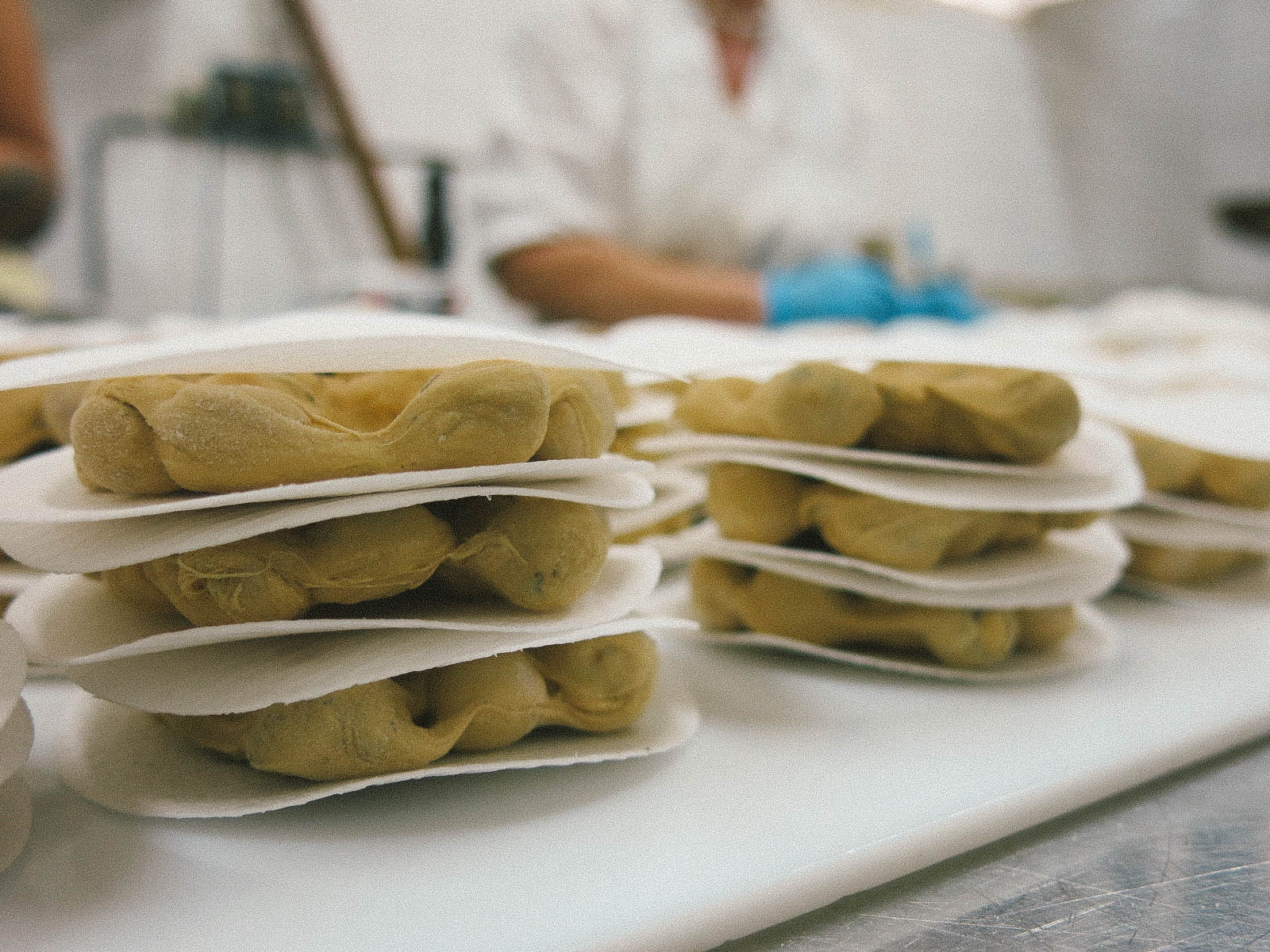
Dinner under the stars
On a visit to a farm in Lleida, we’ll enjoy the best of the fertile Pla orchard, picking juicy Lleida pears straight from the tree. This orchard is also the source of the vegetables used to make the coca de recapte pie in Balaguer. For lunch, we’ll try one of Lleida’s traditional dishes: seasoned and cooked snails a la llauna. For a sweet finish, we’ll visit the Turron and Chocolate Museum in Agramunt, one of the stops on L’Urgell Gastronomic Route. The day will end with dinner in an old monastery under the stars of El Montsec.
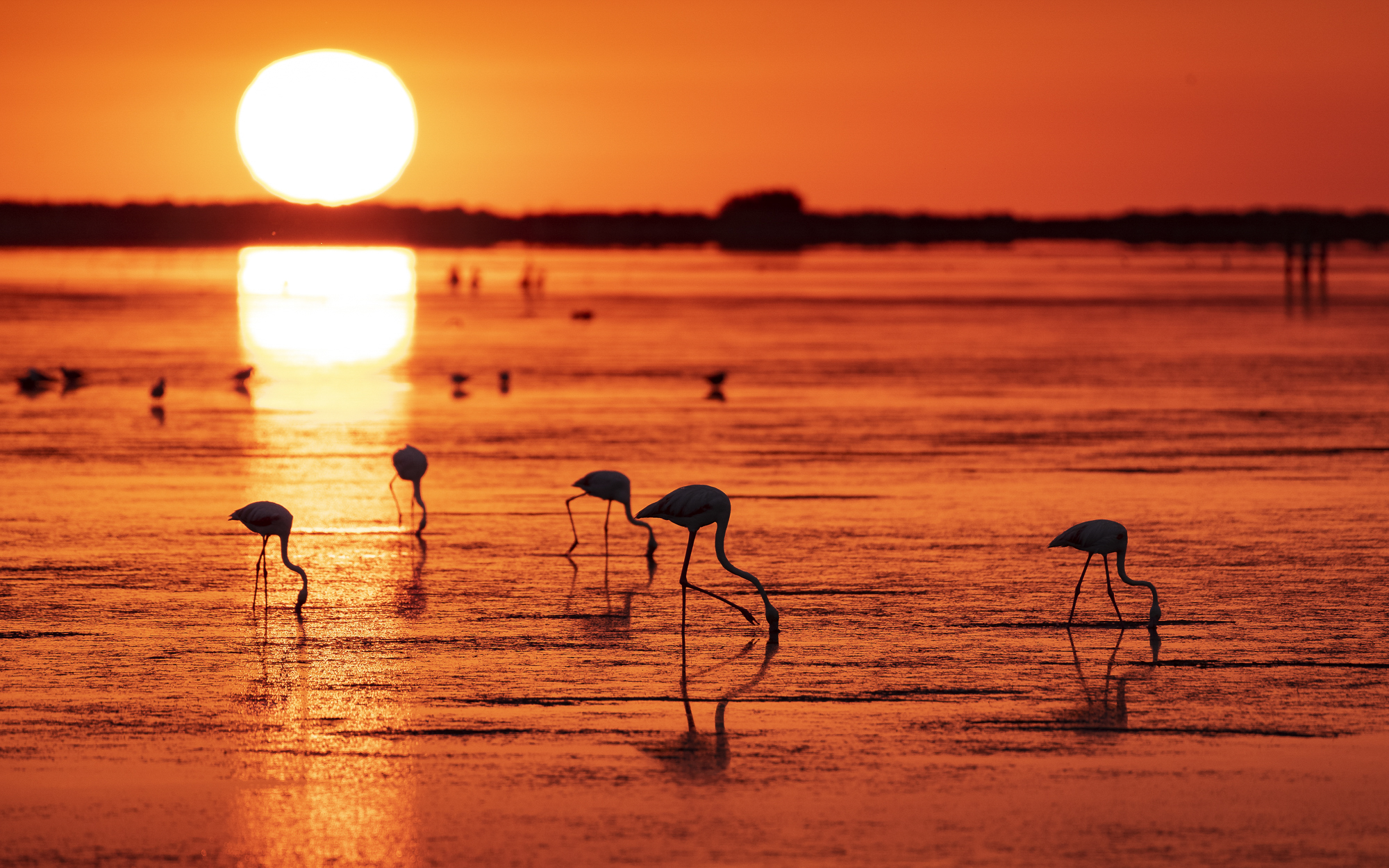
Oyster Tasting
A boat awaits at the port of L’Ampolla to sail through Fangar Bay and sample the very freshest mussels and oysters, straight from the mussel farms where they are grown. We choose to stay the night in an old hut, the traditional house of the rice paddies, refurbished to host guests. In the evening with a glass of the white Grenache wine that grows so well in Terra Alta and flooded rice paddies reflecting the sky, we enjoy one of the best sunsets we've seen yet.
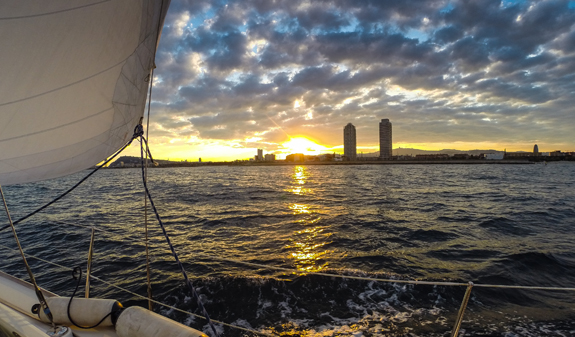
A swim in the Mediterranean
We end the day as we started it, by the sea, but this time aboard a catamaran to watch the sunset. Soon after leaving port, they unfurl the sails and shut off the engines. After sailing for a moment, and without losing sight of Barcelona, they stop the boat and invite us to take a swim in the Mediterranean; an invitation we are sure to accept. Back on board, we are served an aperitif of seasonal fruit and a glass of Cava, finishing up a great trip as the sun sets behind the Collserola Mountains.
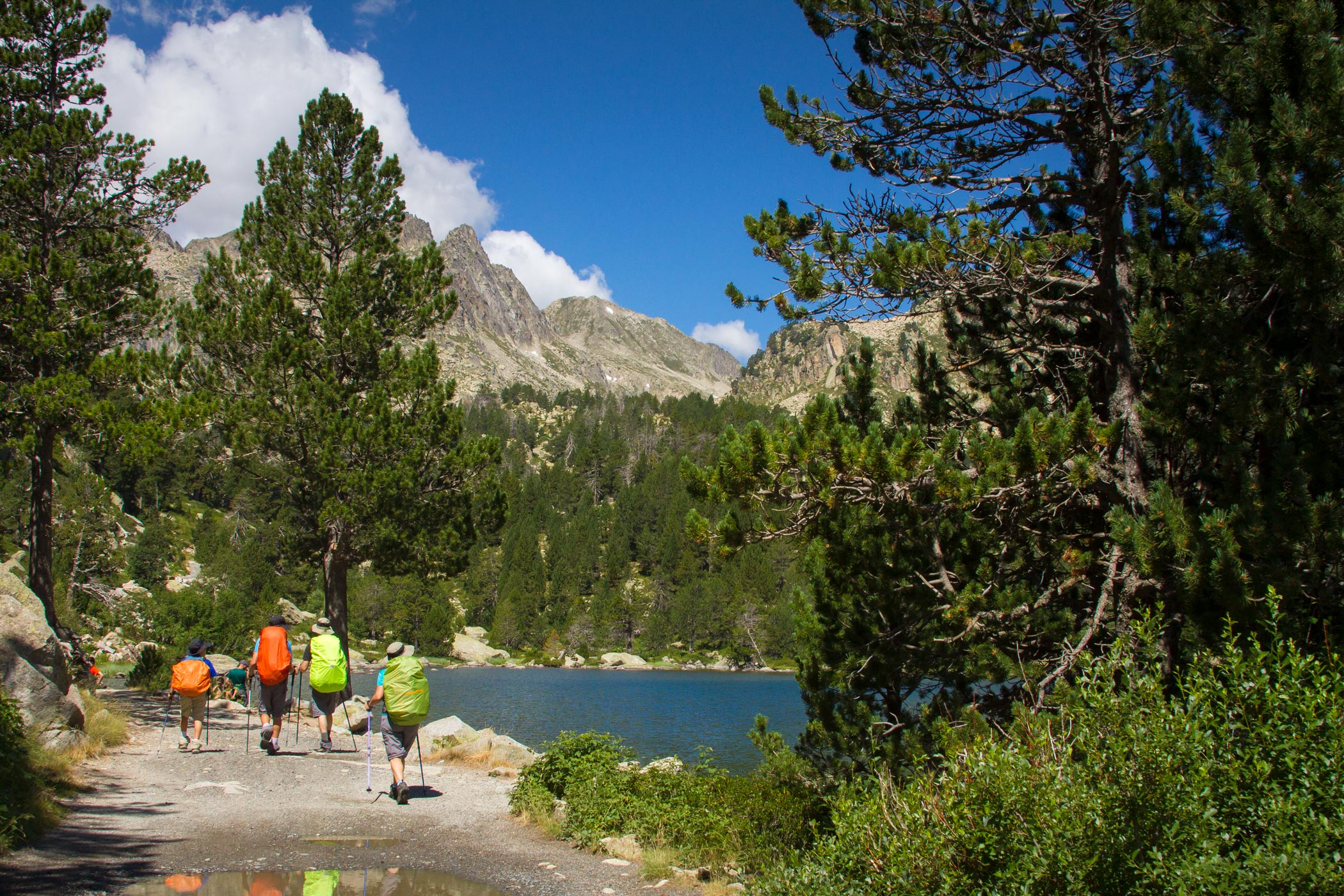
Hiking in Aigüestortes
Today, we will rise early to make our way to Vall de Boí, the gateway to Aigüestortes i Estany de Sant Maurici National Park. Glacial lakes, peaks around 3,000 metres tall, plant life including gentians and rhododendrons, green meadows, and spectacular wildlife such as bearded vultures, rock ptarmigans and grouse, wood grouse and chamois form part of the landscape in Catalonia's only national park. This is a paradise for hikers, with routes appropriate for all ages and levels of fitness. We will climb as far as Planell d’Aigüestortes, in a 4x4 taxi from the town of Boí, to take an excursion to the photogenic Llebreta and Llong ponds. After the walk, we will take pictures in front of the spectacular Sant Esperit waterfall and take a taxi back to the valley, where we’ll recover with a delicious lunch of local meats, mushrooms and shepherd’s cheeses.

Vic Sausages
Our next stop is Vic. Its Plaça Major is one of the most iconic of the Catalan districts, a monumental porticoed square that is always busy during the weekly market. After the guided tour of the city, where we see an outstanding Roman Temple, the cathedral and the streets that formed part of the Jewish Quarter, we entered a century-old drier to try out the famous Vic sausages, the llonganissa and the fuet. We spend the afternoon getting to know the legends of witches and outlaws at the Espai Montseny de Viladrau, an interpretive centre for the Montseny Natural Park, and hiking along a circular route that runs through the heart of the mountain range. This Biosphere Reserve offers landscapes featuring beech, fir and oak forests; we can encounter sequoias like those of Can Casades, or see the riverbank flora alongside the rivers that cross the park. The views from any of Montseny's iconic peaks are well worth a visit if you have the time to make the climb. We certainly need to return in autumn when the leaves form a beautiful tapestry in the undergrowth and Viladrau holds the Chestnut Fair.
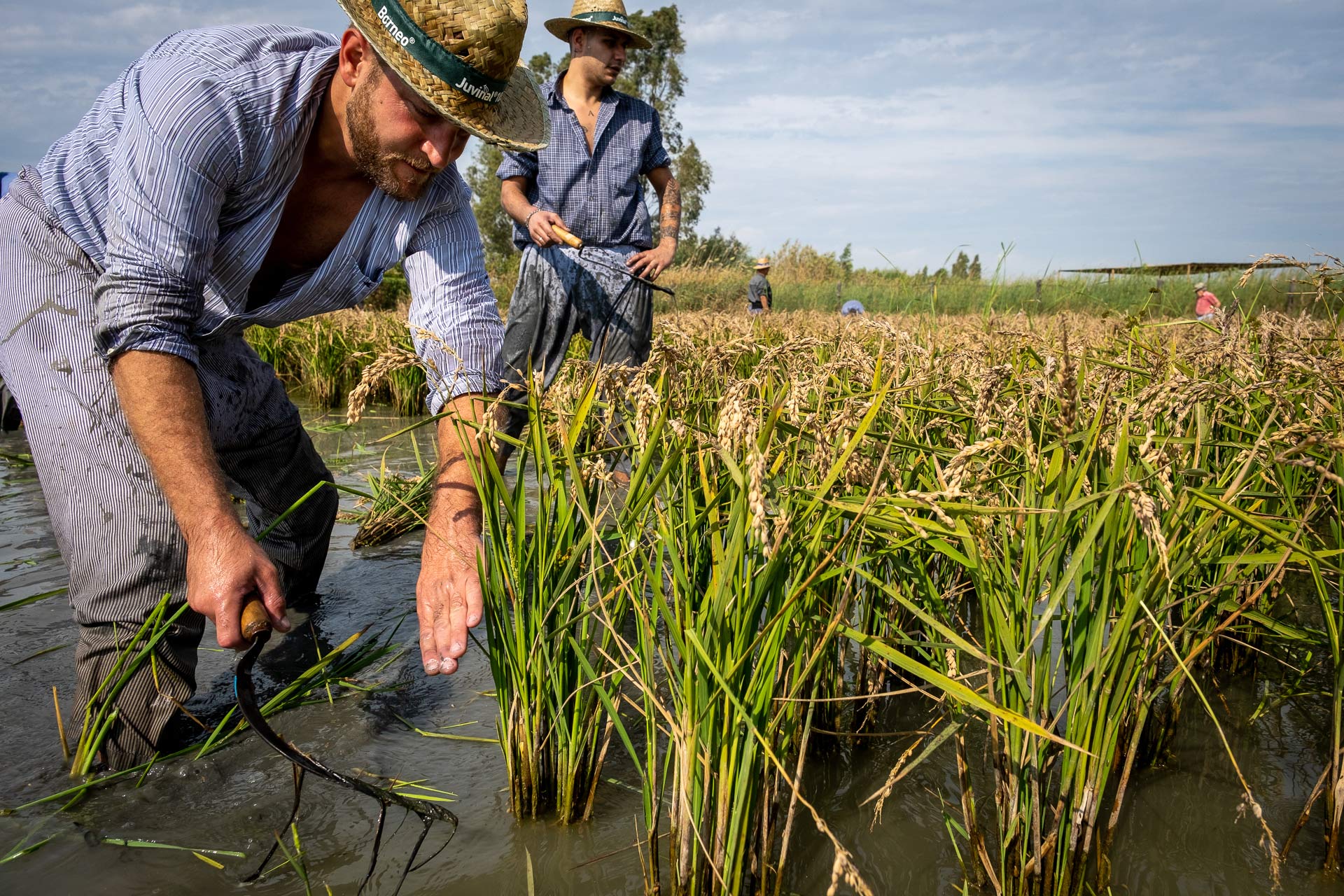
Rice fields, rich flavours
The mosaic of fields, salt flats and lagoons of Ebro Delta is particularly stunning when the rice fields are flooded, creating shimmering mirrors that change colour and intensity with the light. In a family-run farmhouse nestled among the rice fields, we’ll come across a unique project: a sake brewery. The project, which also produces miso, will introduce us to the world of this popular Japanese drink in the only kura in the Mediterranean. They offer various experiences, including a tour on electric bicycles. Also noteworthy are the annual planting and harvesting celebrations, which honour the region’s rice culture. A dinner of prawns from La Ràpita, tops off a day steeped in the rich taste of the sea.

Kayaking on the lake
We continue our morning with a leisurely kayak on this aquifer, formed more than 250,000 years ago. The silence of our paddles allows us to travel without scaring the herons, storks and ducks who go about their business without seeming to care about our presence. After our boat trip we approach one of the fishing shelters that are scattered along the banks of the pond. These picturesque constructions from the nineteenth and twentieth centuries served as storage areas for fishing tools and as beach cabins for wealthy locals. To emulate those elegant ladies and gentlemen we take the opportunity to go for a dip in one of the areas set up for this purpose.
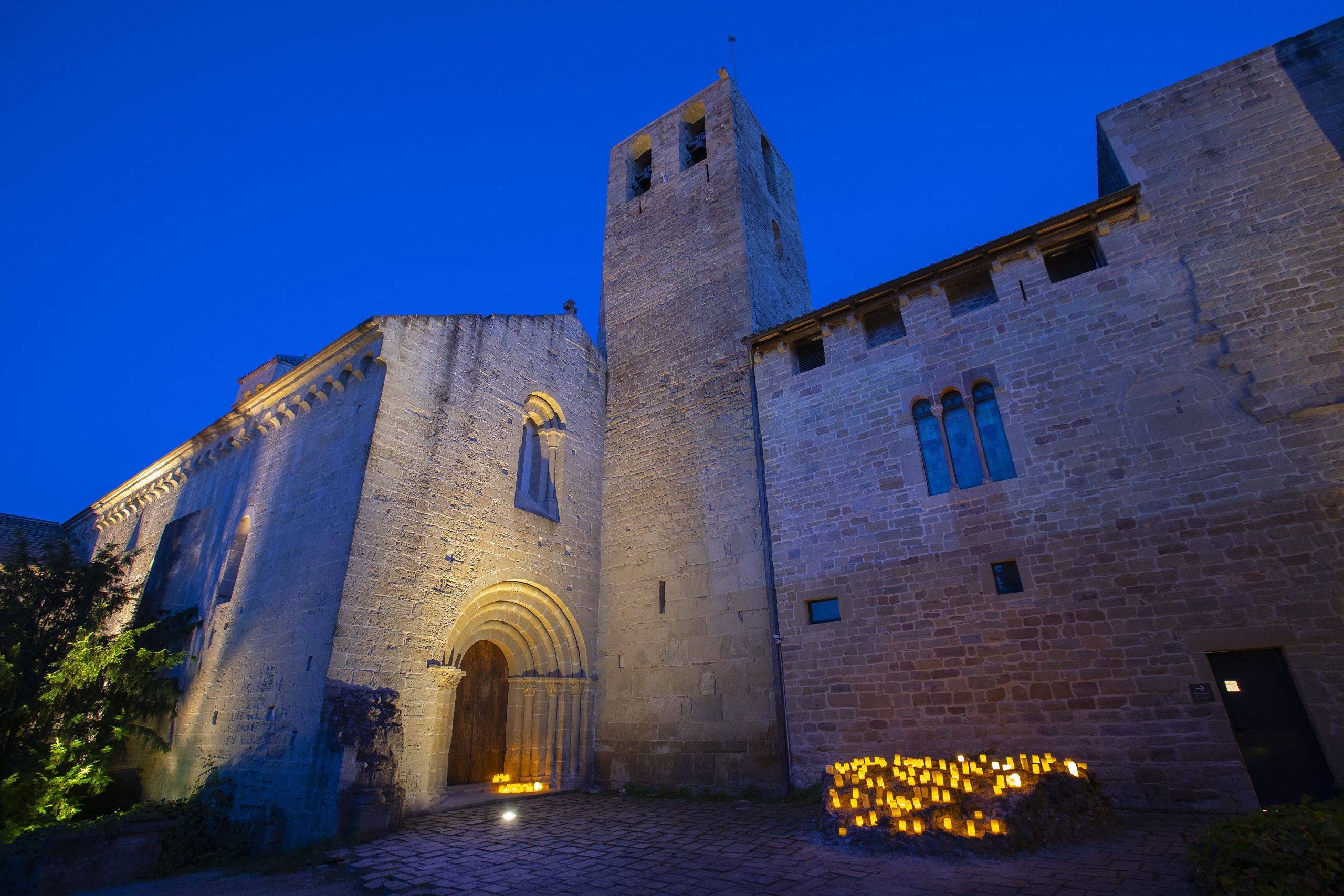
Mató and back on the road
After visiting the shops around the sanctuary square and buying some traditional mató, a cottage cheese that is delicious with honey, I descend the mountain in the Aeri, a cable car that overlooks the Llobregat valley. Now it’s time to get back in the car and cross the Sant Llorenç del Munt i l’Obac Natural Park. Although I’m tempted by the option of heading to Sant Fruitós de Bages for a tandem jump, free falling from 4,000 metres high, I decide to postpone it for when I come back with friends and can share the adventure.

The lands of Montsant
At the foot of the Montsant, before we reach Poboleda, another of the beautiful towns of Priorat, we find Escaladei. The peninsula’s first monastery, named after the Priorat district, tells us about the former monks and hermits of what is now the Montsant Natural Park, a mountain range full of symbolism and beloved by climbers from all over the world. In the accommodation they told us about an excursion from La Morera de Montsant, ascending to Montsant via the Barrots path, a short hiking route that runs from Morera de Montsant to Balcó del Priorat, a natural terrace formed from the rock with panoramic views over the district. We save this for the next trip because we want to enjoy the afternoon in Siurana, a Charming Village, with its little hamlet on the cliff's edge and a stunning view of the reservoir. As the tour guide talks about the Saracens who came to the town, on the mountain opposite climbers test themselves against some of the world's most prestigious climbing routes.

Empúries Ruins
The sun will just have risen when we cross the Bay of Roses , one of the most beautiful bays in the world, and reach the windy, watery landscapes of the Aiguamolls de l’Empordà Natural Park. During the early hours of the day the birds that inhabit the marshlands are much more active, and their singing will be the soundtrack for a moment of profound relaxation. Passing wetlands, marshes, rice paddies and farmhouses, we will eventually reach the Empúries Ruins, the location where the Greeks and Romans entered the peninsula. They tell us that the entrance to the walled city was where the tabernae were found, premises in which something like wine was served; the higher-quality drinks were reserved for the convivium, gatherings featuring feasts of food and wine from the Tarraconense province of which Empúries was a part. The beach in front of the ruins offers the opportunity to swim by the wharf where, twenty-five centuries ago, Greek boats docked.
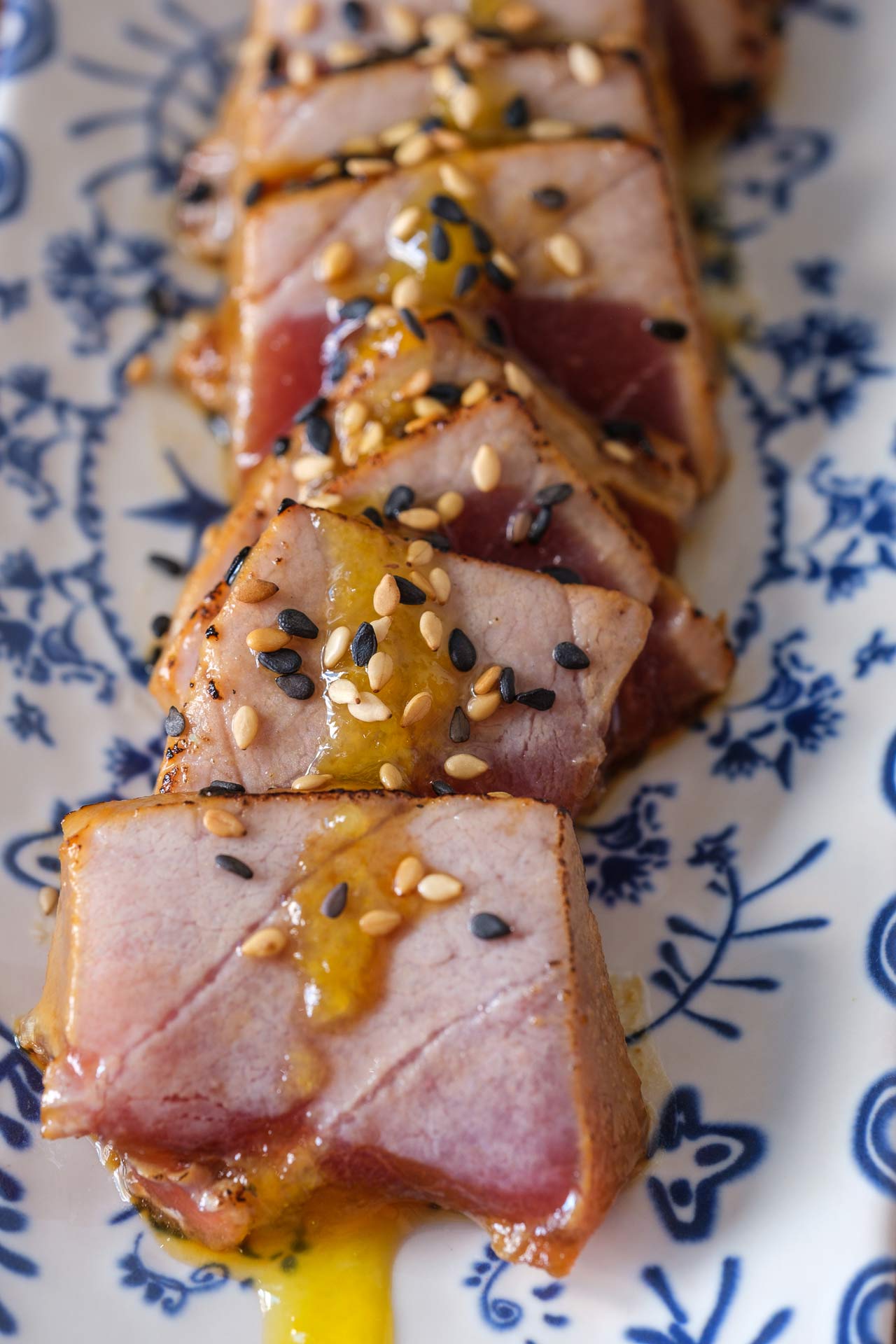
Culinary currents
The first stop of the day is in L’Ametlla de Mar, where we’ll experience the thrill of swimming with Mediterranean bluefin tuna. All the options available – snorkelling, scuba diving or an educational tour – end with a tasting. Every year the town organises special events dedicated to the bluefin tuna. In the fishing village of L’Ampolla, we’ll sail across Fangar Bay and visit mussel and oyster farms, tasting fresh seafood and learning about the fragility of the surrounding ecosystem.

Towards Garrotxa
The morning will begin in Girona to experience the highlights of its heritage, Catalonia's best-preserved Jewish quarter, Arabic baths, colourful houses on the River Onyar and the Cathedral of Santa Maria, along with a guided tour of the city's flavours: xuixo pastries, local cheeses and ice cream made by one of the Roca brothers. To get to Rupit, we’ll drive across the southern part of the Garrotxa Volcanic Zone Natural Park, an exceptional landscape featuring volcanoes, lava beds, dense forests and small towns offering lovely opportunities for rural tourism. Once we reach Rupit, after a lunch featuring dishes from the local mountain food so characteristic of Collsacabra, a hearty cuisine that never fails to include traditional Osona sausages and stews, we will hire a guide to tell the story of this town at the foot of a huge rock on which a castle once sat. The village is surrounded by forests and waterfalls where you’ll have the chance to relax in the heart of nature.
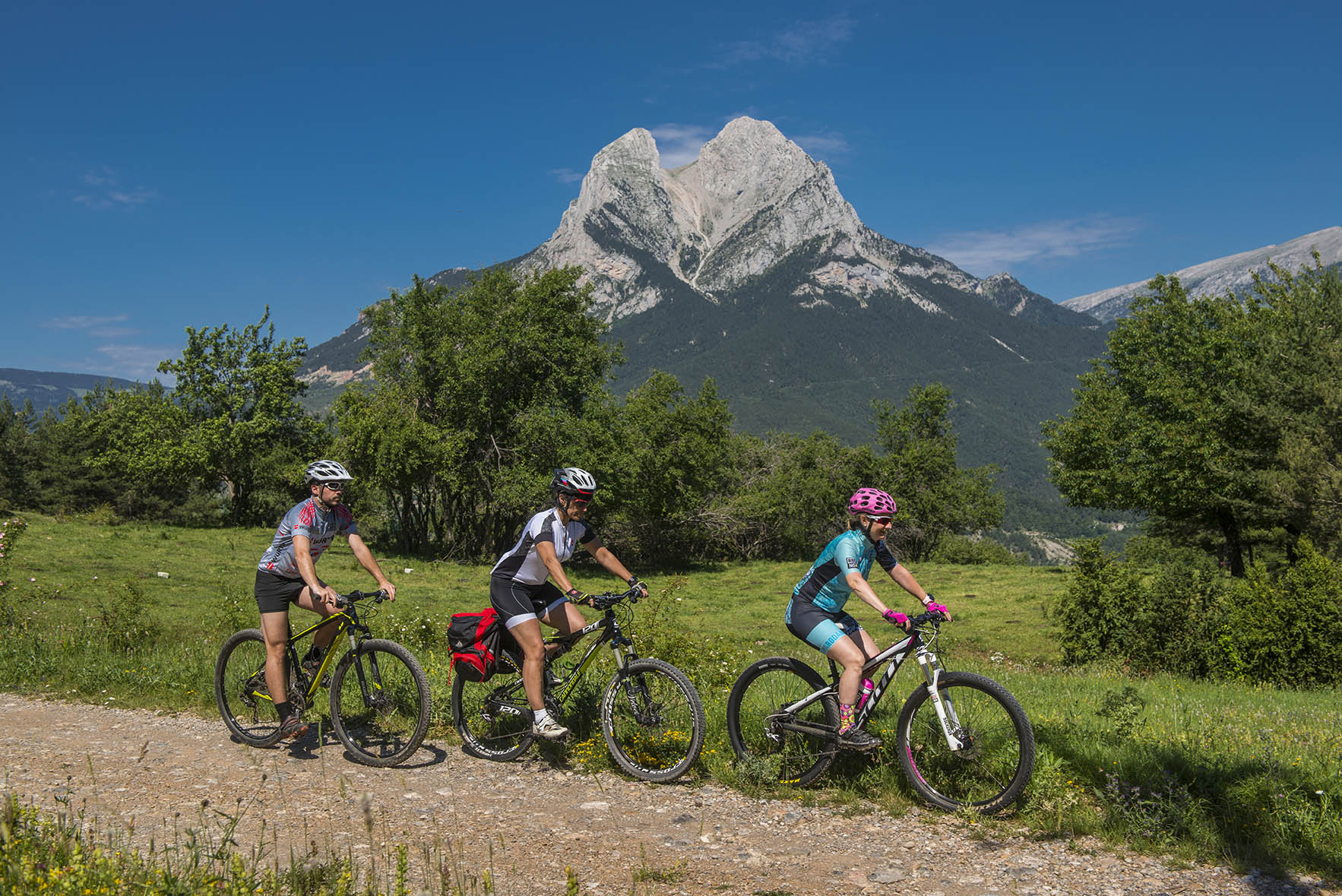
With Picasso in Gósol
The pastoral tranquillity of the Berguedà mountain drew Pablo Picasso to another of these villages. On the back of a mule loaded with his easels, he climbed to the modest town of Gósol to spend the spring of 1906. They say the genius, who stayed at the only local inn, sketched more than one hundred works that marked the beginning of his cubist era in just three months. He painted the houses of the village and the landscape and kept notes in a travel diary, the Carnet Catalan, a reproduction of which is kept at the Centre Picasso de Gósol. While part of the group visits this museum and enjoys the local cuisine, the rest of us pull on our hiking boots and take a circular route that will take us around the perimeter of one of the the most iconic mountains of Catalonia: the Pedraforca. Across 17 kilometres and 790 metres of elevation change, we see the four sides of this rocky colossus, in addition to traversing a stretch of the road that the Cathars walked in the Middle Ages as they fled from France.

Costa Daurada
We will spend the late afternoon on the beautiful beaches of the Costa Daurada, joining the Camí de Ronda that runs from Tarragona towards Tamarit castle. The trail passes through beaches, small coves and the La Marquesa Forest Park, the only virgin natural area on this part of the Catalan coastline. Cambrils, an important culinary destination on the Costa Daurada, is a good choice if you want to try the traditional seafood cuisine. For a fun family experience, PortAventura World offers exciting attractions for all ages.

Cooking workshop
We continue to Palamós as we have signed up to one of the cooking workshops at the Espai del Peix. In this dining room, we take a historical and cultural tour of fish consumption and learn how to cook several dishes from what is known as “boat cooking”, created by fishermen. One of the dishes we prepare must include Pals rice and Palamós shrimp. With boats coming in to port to take their catch to the market, which you can also visit to follow the bidding live, we head to the Brugarol bodega near Palamós, which stands out for its architecture in addition to its wines, as it was designed by the RCR studio in the town of Olot, winners of the prestigious Pritzker Prize.
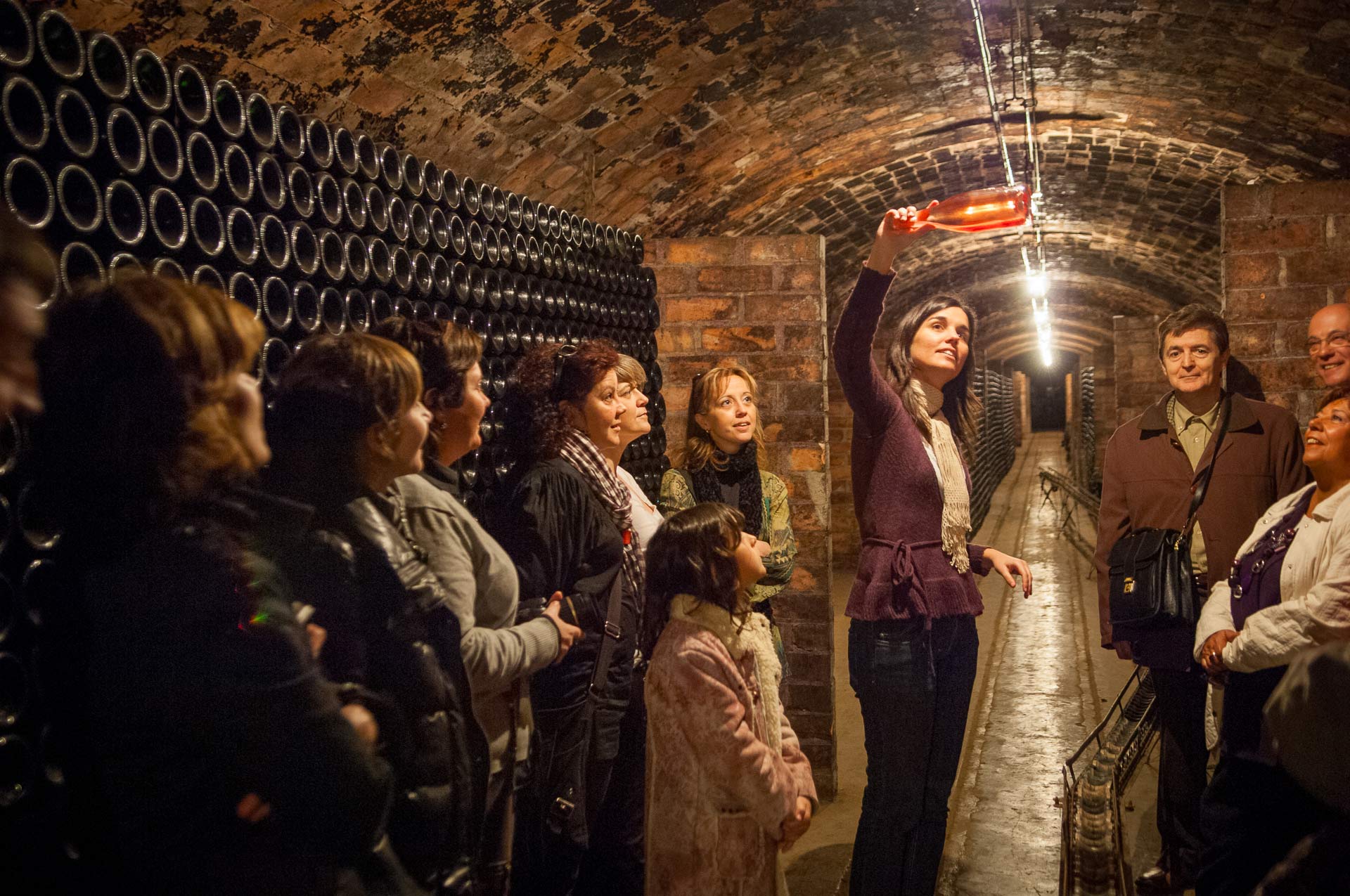
A sea of vines
Our journey will take us through Penedès, whose vineyards stretch all the way to the sea. To experience the uniqueness of this county, we’ll visit two exceptional places: the Vinseum Museum in Vilafranca del Penedès and the Cava Centre in Sant Sadurní d’Anoia, where we’ll learn fascinating details such as how cava bubbles are formed. Penedès offers countless wine tourism options: tastings, cycling routes or lunch in a vineyard, to name but a few. We’ll visit a family vineyard in Méhari and enjoy lunch in the countryside.

Birdwatching
There are many options and activities for learning about the delta, boating on the river or sea, pedalling on quiet country roads or learning about rice cultivation. We choose to approach the wildlife of this unique natural space, which means we rise at dawn because we’ve planned an outing to watch birds in the Delta de l’Ebre, and they are much more active in the early hours of the day. With the help of binoculars and a telescope, given to us by our naturalist guide, we observe species such as the Western marsh harrier, the glossy ibis, the grebe, the little grebe and a flock of colourful flamingos. To better understand the delta and the fragility of this valuable natural space that has been declared a Biosphere Reserve —more than 300 bird species nest in or pass through it —we enter MonNatura Delta, an interpretive centre focused on its nature, traditional ways of life and resources.
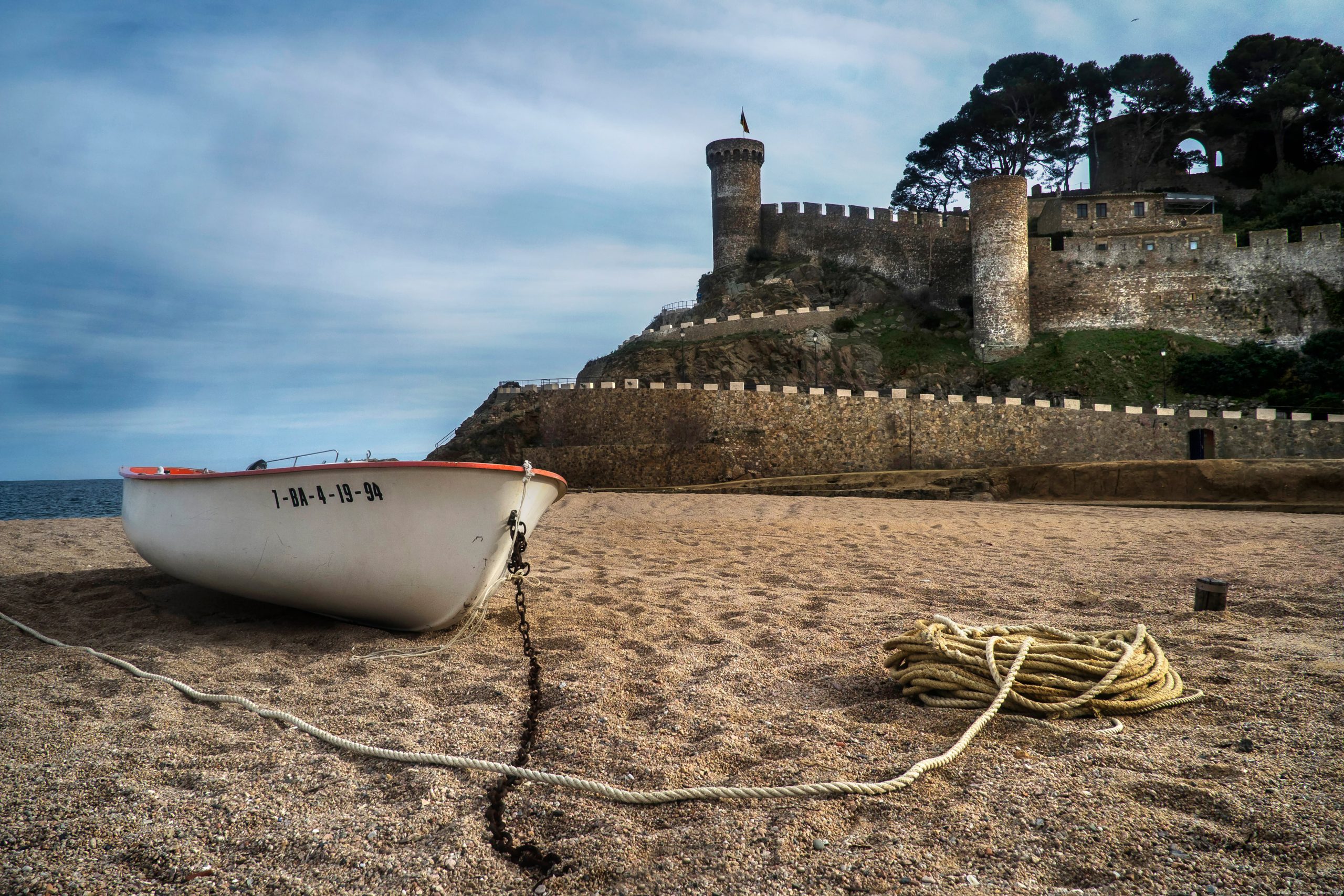
Tossa de Mar
We drive along the coast to our next stop, Tossa de Mar, leaving the Gavarres mountain range to the north, whose holm oak and cork oak woodlands produce considerable amounts of cork stoppers. We have our first coffee of the day enjoying the views from the walls of Tossa de Mar. Walking by the fishermen’s district of Sa Roqueta we reach el Portal, the access point for Vila Vella where we head out on a guided tour that include the entrance to the Municipal Museum to see a work by Marc Chagall. After walking through the oldest part of this fortified town, we decide to follow the stretch of the Camí de Ronda as far as Cala Giverola to enjoy the view from the Sant Jaume lookout, a balcony with a spectacular perspective on the cliffs and the village with its castle.
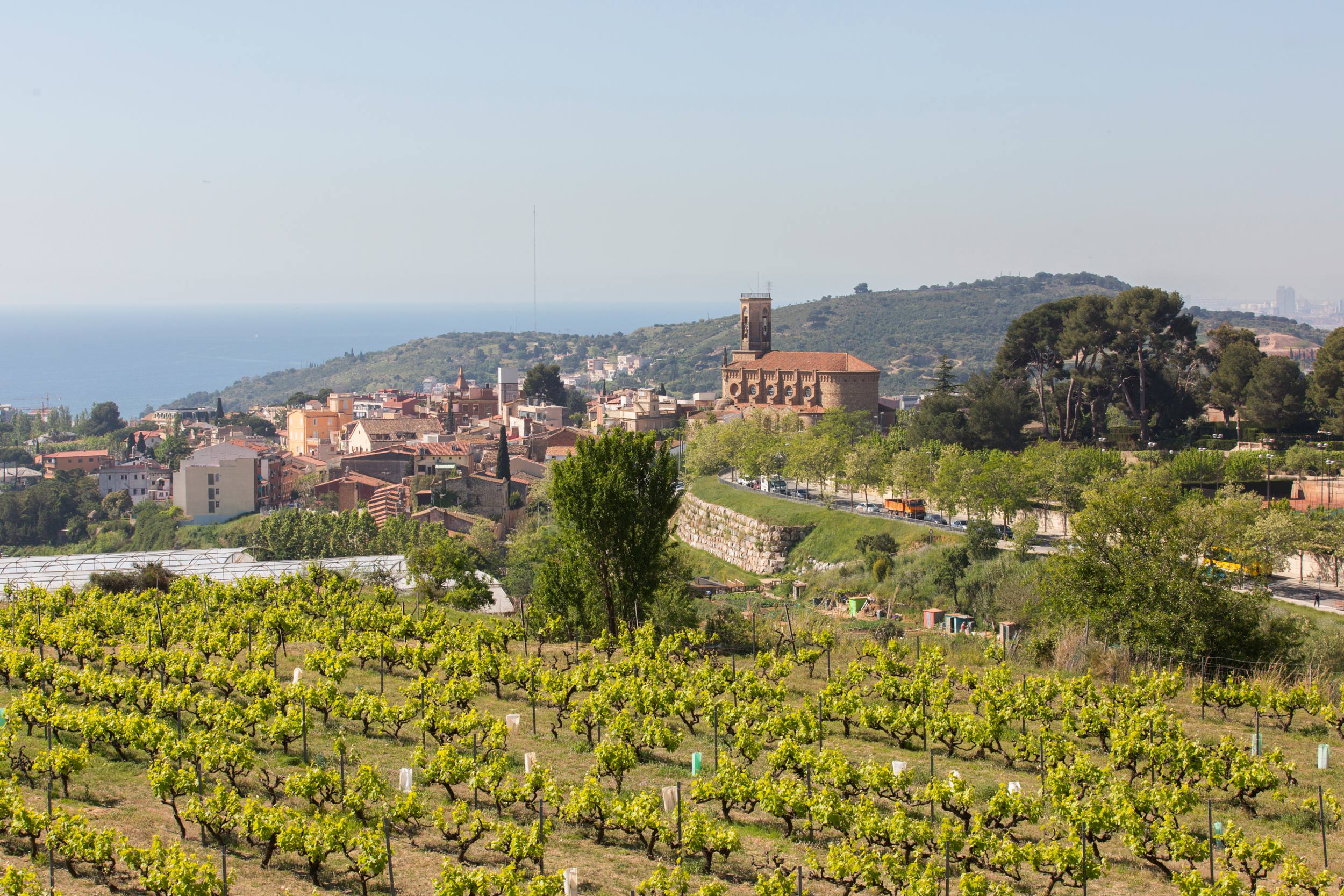
Alella Wines
Before we head to Barcelona, where we plan to spend the night, we stop at Alella for a visit to a wine cellar, where we open a natural pink Cava that pairs perfectly with the Vallalta strawberries. The wines of Alella, mentioned by Pliny the Elder as “Laletanum wines” in Roman times, come from small vineyards overlooking the sea. Two other interesting attractions in the area are the Circuit de Barcelona-Catalunya, which offers various experiences related high speed racing and hosts one of the world’s most important motorbike events, and La Roca Village, with more than 140 open-air boutiques of national and international luxury brands with savings of up to 60% on the original price, throughout the year, and only 40 minutes from Barcelona. We enter Barcelona, the final point on this stretch of the Grand Tour of Catalonia.
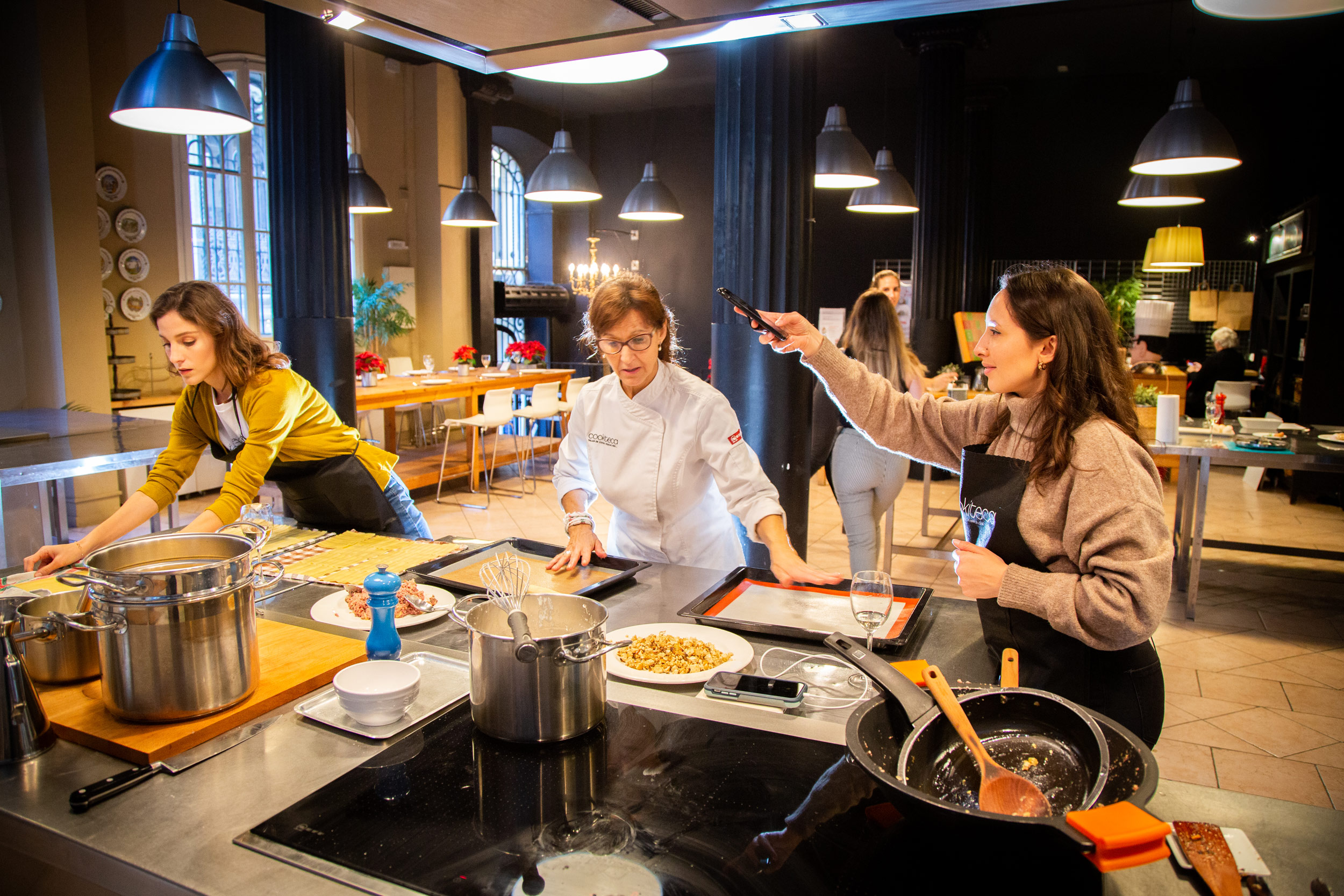
Catalan cuisine
We continue with a workshop to learn the technique for making trencadís, one of the characteristic ornamental features of modernism. With basic tools, shards of ceramics and glass we leave with our own piece and great ideas for recycling old building materials. In another modernist building on the Passeig de Gràcia, we attend a cookery workshop where we learn how to prepare dishes such as esqueixada, a traditional salad with cod and tomato among other ingredients, and a delicious crema catalana with its top layer of burnt sugar.
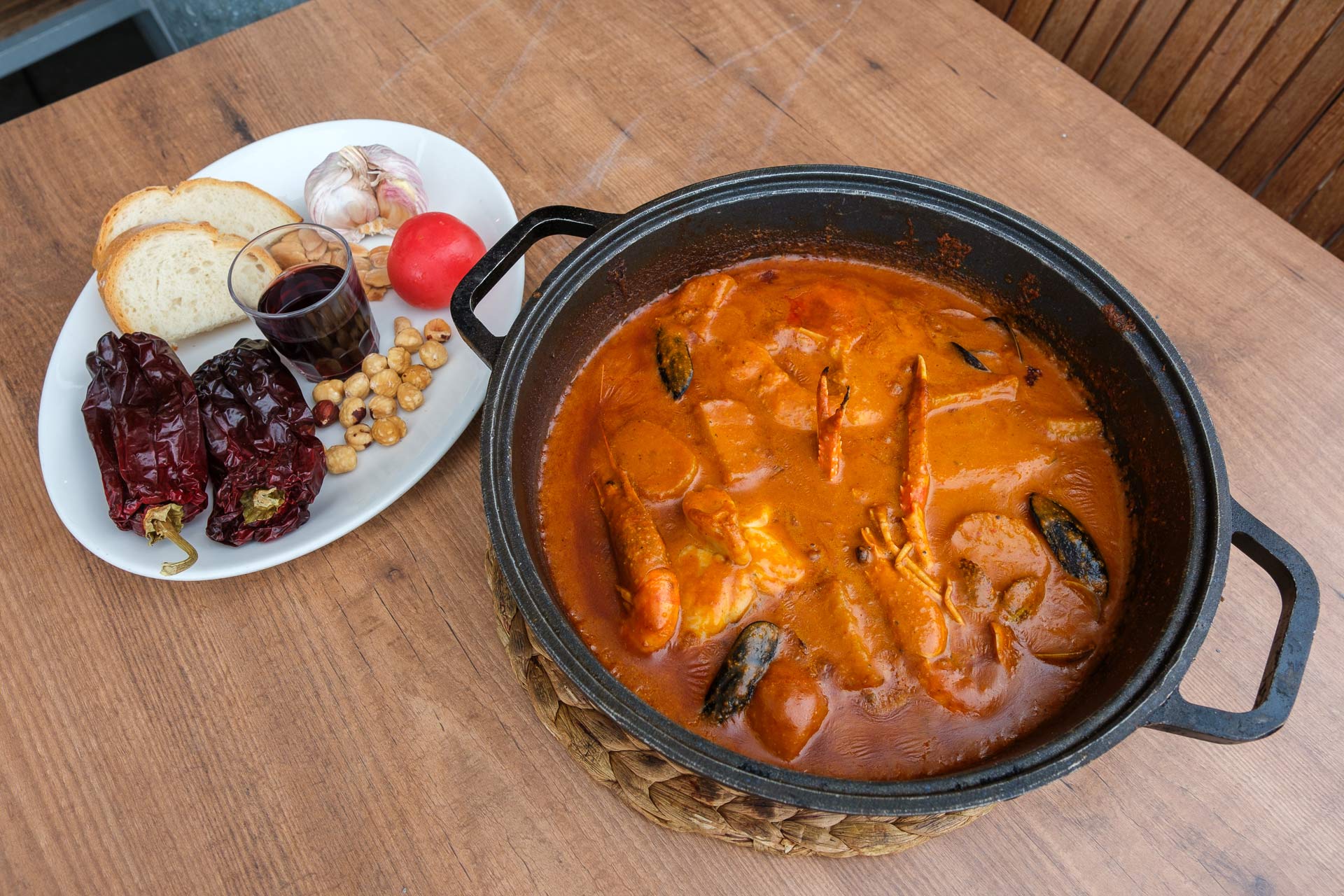
Agriculture and heritage
In the morning, the stalls of Tarragona’s Fòrum market, set amidst the Roman ruins (a UNESCO World Heritage Site), are overflowing with fresh, colourful produce from the Camp de Tarragona farmlands. Without leaving the historic centre, we’ll take a tour to learn about the history of D.O. Tarragona wine and young natural wine producers, and hear about the revival of L’Embutada, a festival celebrating the arrival of new wine. We’ll stroll to the fishermen’s quarter of El Serrallo to discover another of the city’s culinary treasures: the fish and seafood used to make romesco is not just a sauce but the basis of a dish rooted in boat cuisine.
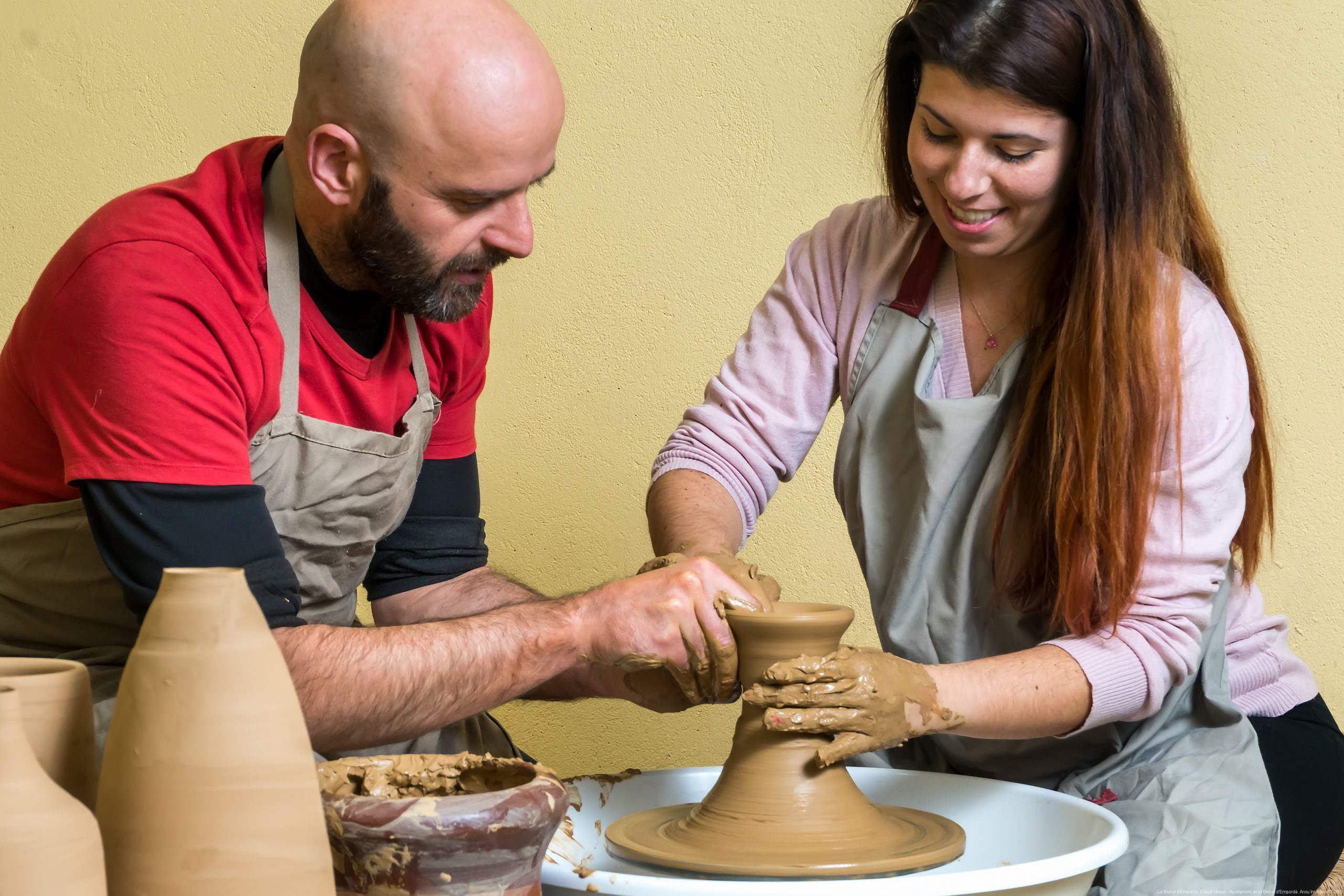
Medieval villages
We move from the coast to inland Empordà. Behind us is the silhouette of the Montgrí with its castle, a mountain that divides the Alt and Baix Empordà, and access to L’Estartit, the port of departure for a visit to the little Medes Islands, one of the most important reserves of marine flora and fauna in the Mediterranean and a must-visit for scuba divers. After arriving at Peratallada and enjoying a breakfast of sausages and cheeses from the Empordà districts, we embark on a “burricleta” tour (electric-assisted bicycles) of the medieval villages of Empordanet: Peratallada itself, Ullastret, Canapost, La Bisbal d’Empordà, Catalan capital of pottery; and Pals, with its unmistakable walled enclosure.
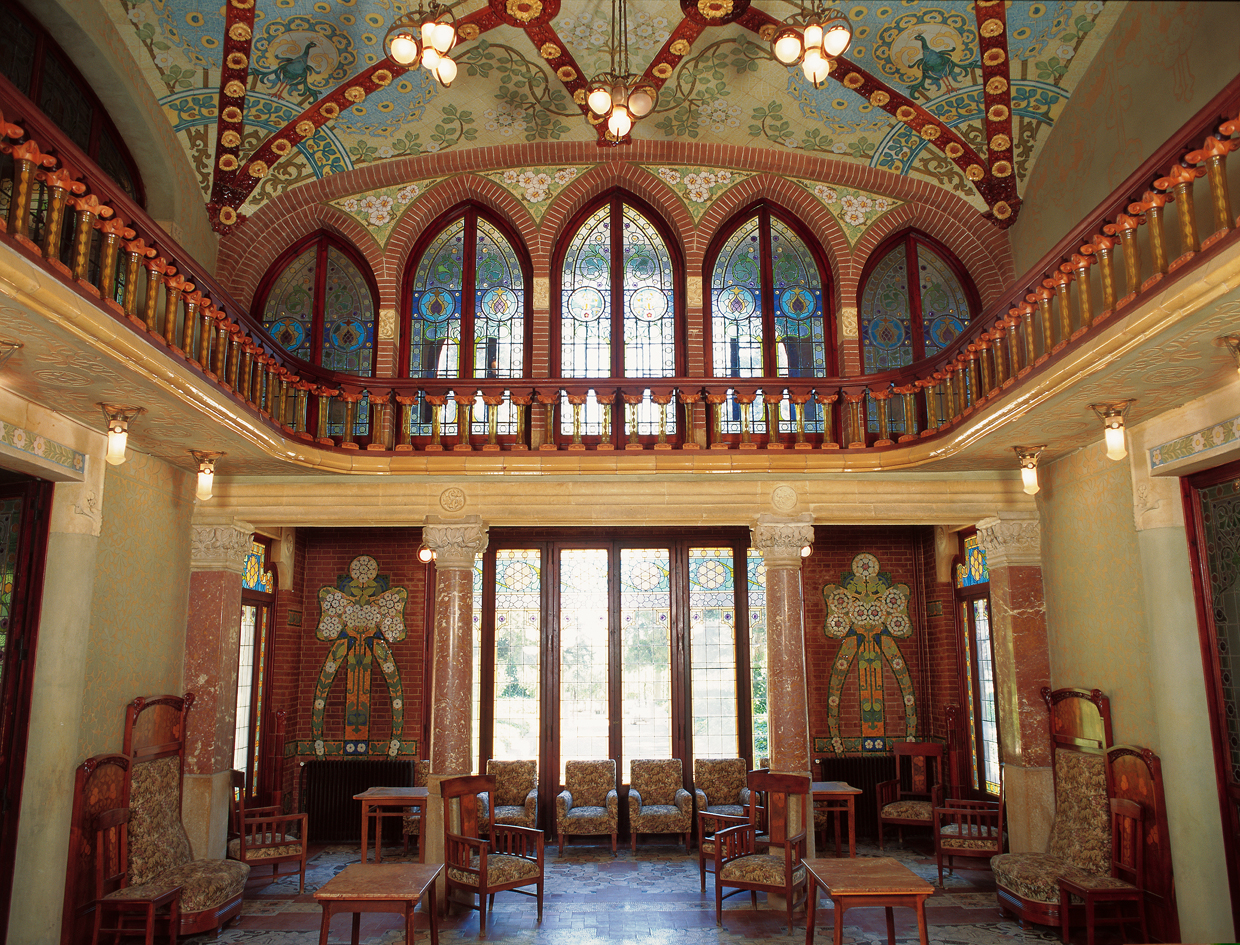
The Tradition of Vermouth
Our love affair with modernism will continue in Reus, one of Catalonia’s official Cities and Towns with Character and Gaudí’s hometown. Nonetheless, it is Lluís Domènech i Montaner to whom we owe the best buildings in the city, such as the Casa Rull, the Casa Gasull, the Casa Navàs and the Institut Pere Mata with its spectacular Pavilion 6, also known as the “Els Distingits” Pavilion. The visit will end at the Gaudí Centre, an interpretive centre where we will learn how Gaudí organized spaces based on elements such as water, light and air. Many of these modernist buildings were erected thanks to the windfall brought in by the exports of vermouth. Reus has retained a great tradition of vermouth as an aperitif. At lunchtime, we will visit a former factory to sample and learn the history of this fermented beverage.
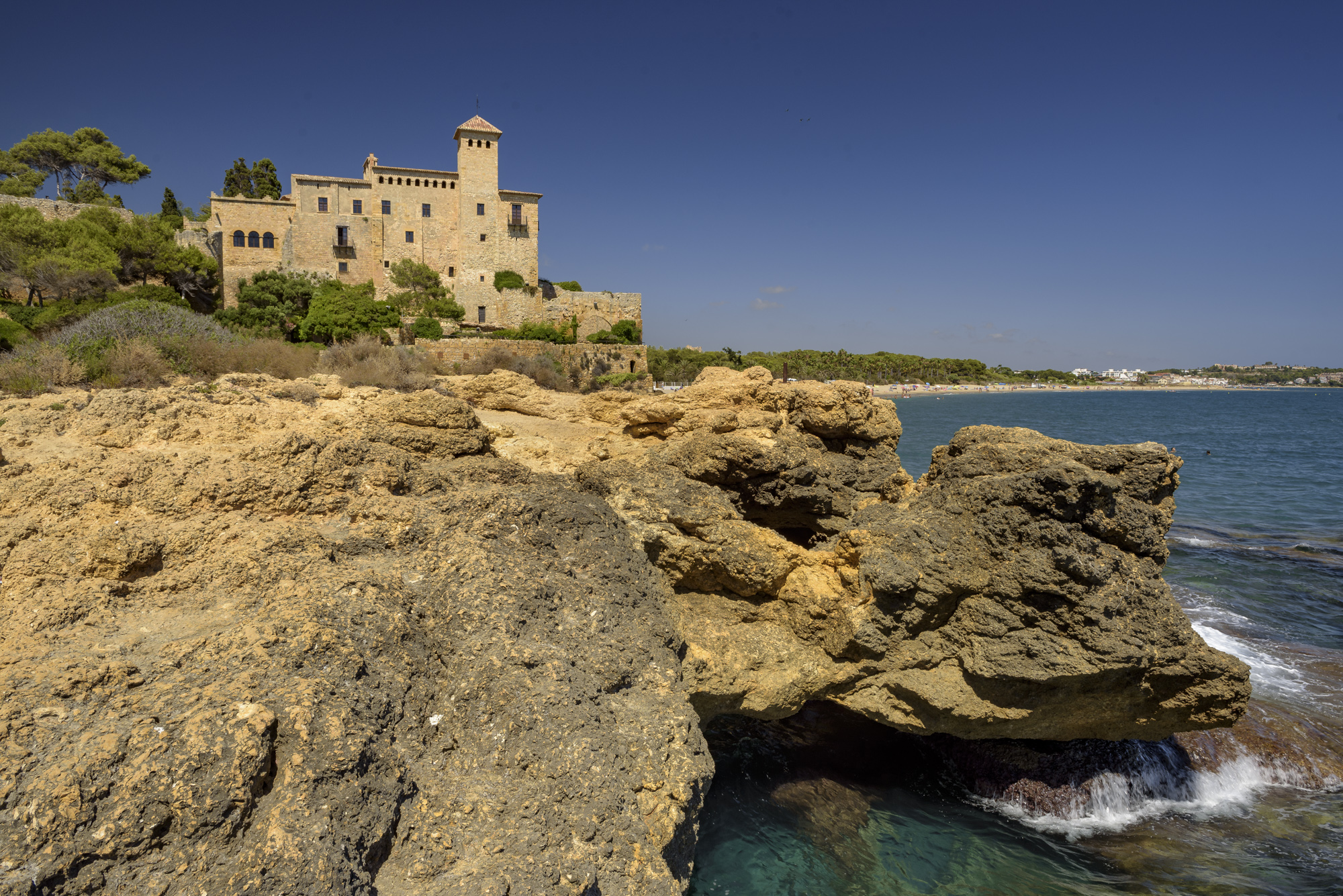
Back to the sea
Beautiful country roads surrounded by vineyards take me to Montferri. In a small watchtower stands a shrine by Josep Maria Jujol, who worked with Gaudí. The base of the sanctuary is shaped like a boat that faces the mountains of Montserrat, whose rock formations inspired its shape. I approach the coast again, passing Altafulla, a town with a lovely historical centre, known as Vila Closa, and a seaside district, Les Botigues, that still retains the seafaring character of yesteryear. When I arrive in Tarragona, I walk through the Part Alta neighbourhood and into Casa Castellarnau, a precious example of bourgeois architecture nestled among the noble houses we find on Cavallers Street.

A stroll through the Eixample
I head out early to stroll down the city's seafront and enjoy the sunrise again. To understand Barcelona's urban planning a little better, we can go on a private tour with an architect through the Eixample, the urban expansion that connected the old town with the Vila de Gracia, forming a checked pattern that looks as though it were drawn with a ruler. The neighbourhood is home to a large proportion of the city’s heritage-listed buildings, including important modernist works such as the Casa de les Punxes, La Pedrera, the Casa Amatller and the Casa Batlló.

Camí de Ronda
From the same town, as we head south, there is a beautiful stretch of the Camí de Ronda that we will follow to see some of the best-preserved corners of the Catalan coast. The easy route follows the GR-92 and gives us access to beautiful coves of red rock and crystal clear water. We continue to the nearby village of El Perelló, where we dress in bee-keepers’ clothes to enter the complex world of beehives where high-quality honey is produced, and learn to make honey-based pastries.
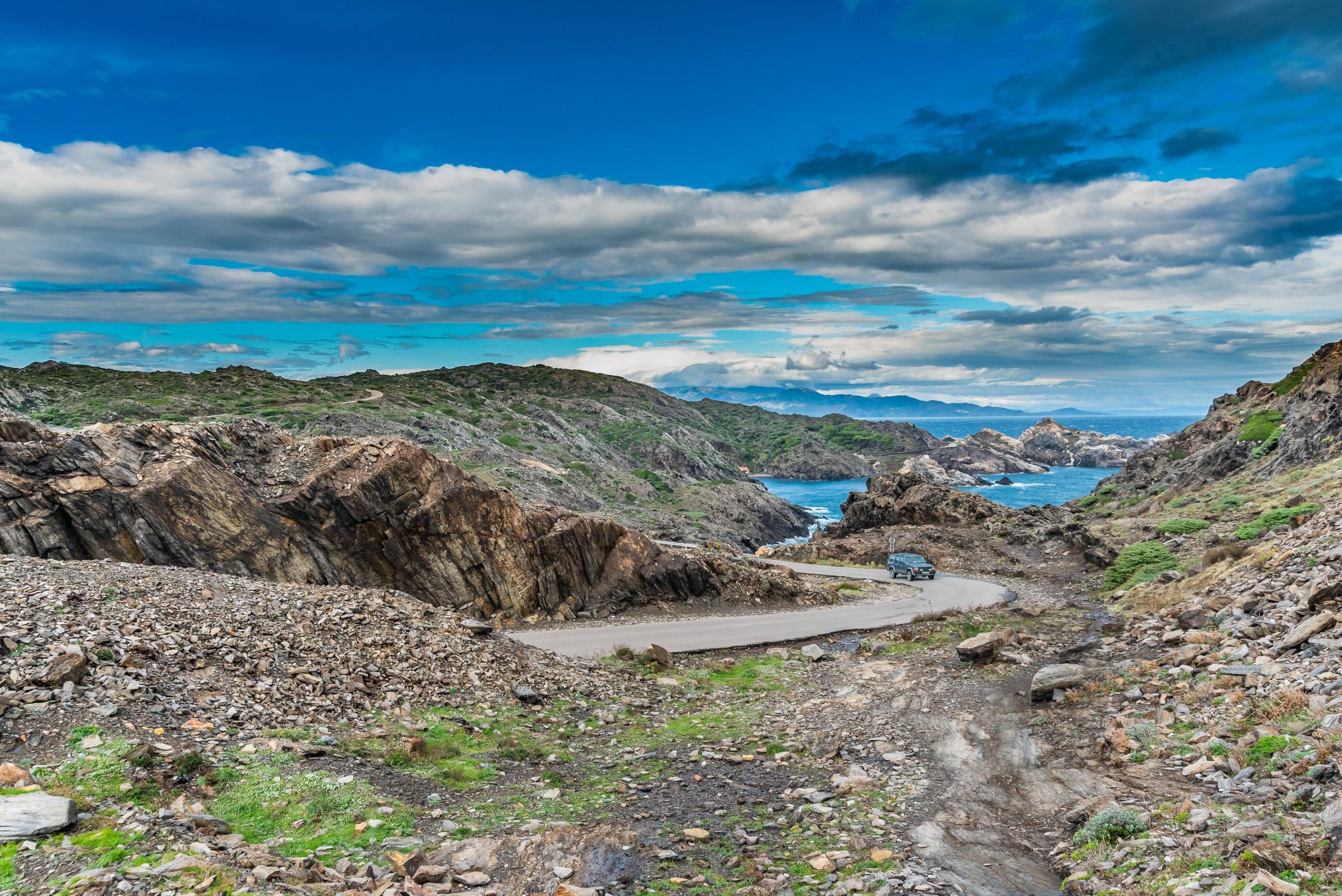
Portlligat and Cadaqués
One of the transit points on this old trade route, which runs from Portbou to Blanes, is the beautiful town of Portlligat, which we will enter via road with a panoramic view from Cap de Creus. Dalí and Gala were married in this modest fishing village and resided there for more than thirty years. On a visit to his Museum-House, with its labyrinthine architecture and mismatched rooms, we discover that the artist worked with surrealism not only in his art, but also in his own life. We will spend the afternoon strolling through the picturesque town of Cadaqués. At sunset, we will seek refuge in a restaurant where we’ll enjoy a delicious taste of local seafood and wines from the DO Empordà.

Penedès wines and Cavas
As we head down the mountain, we will set our sights on the lands of the DO Penedès, a territory with an ancient wine tradition based in the vineyards between Montserrat and the Mediterranean Sea. It is a pleasure to drive along the roads of this region of famous wines and Cavas, through a landscape of vineyards that sometime resemble a garden. Wine tourism is well established in Penedès, which offers an attractive range of wine tastings and experiences in many of its wineries. For the best panoramic views, we will take the Miravinya Route, which takes us past five viewpoints overlooking the vast vineyards and characteristic dry-stone buildings. In Sant Sadurní d’Anoia we will visit the Cava Interpretation Centre, located in an ancient distillery. This modern centre offers a wide range of information about the region's offerings and the various festivals held with Cava as their central theme. An essential visit to discover the history of this terroir. Vilafranca del Penedès features one of the greatest associations of Castellers in Catalonia. To get closer to the culture of the “human towers” or castells we will participate in an interesting activity that involves visiting two locations: a wine cellar and a live rehearsal, with the option of participating in the construction of these great human towers. On the coast, it is worth stopping at Sitges, one of the most elegant towns on the Catalan coast.
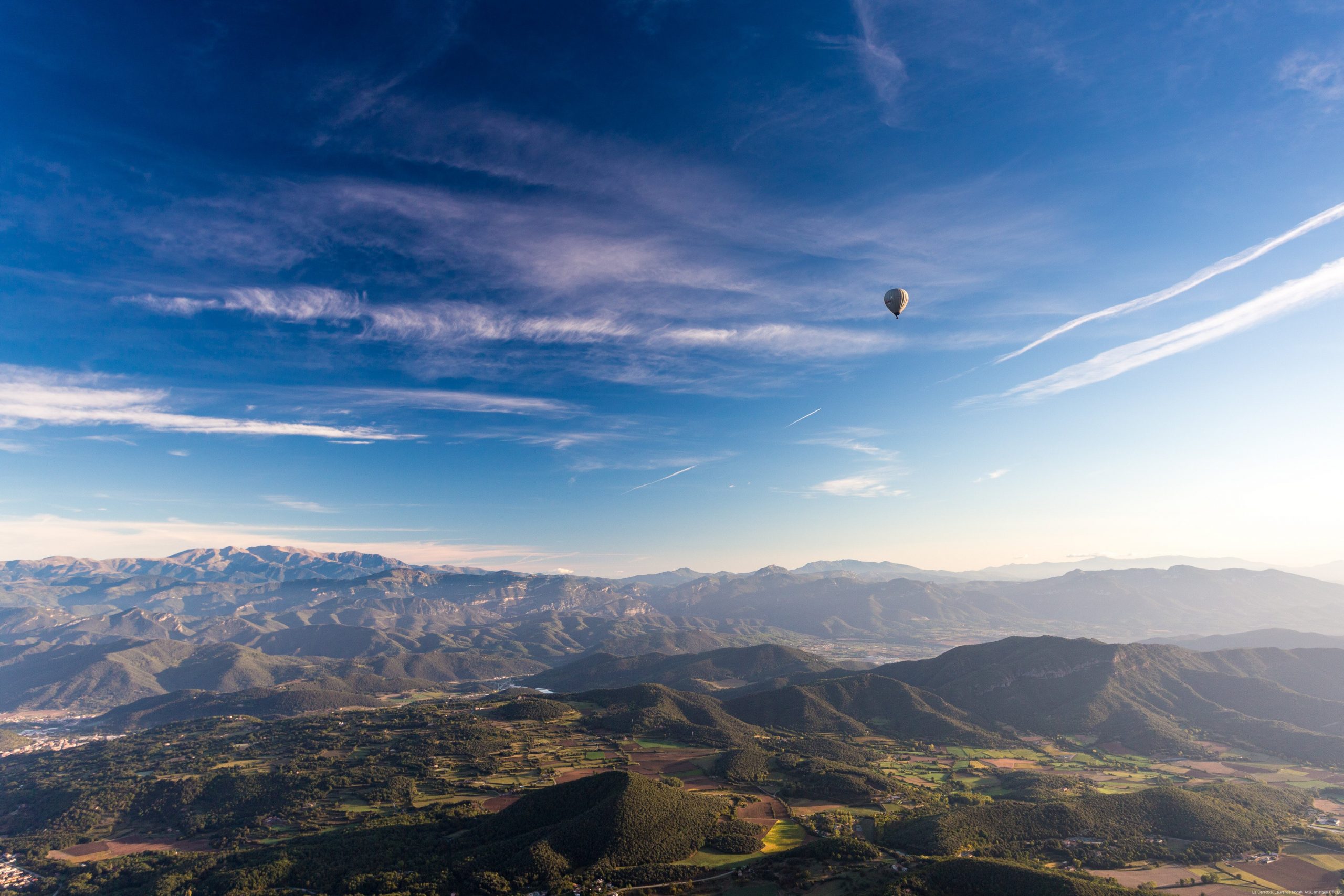
La Garrotxa in a balloon
The alarm wakes us up before dawn. The early morning is more than justified because we have booked a flight in a hot-air balloon over the La Garrotxa Volcanic Zone Natural Park, a unique place on the peninsula, featuring a landscape of exceptional value and dense forests of beeches, oak trees and holm oaks. Part of the group decides to explore the volcanoes from the ground and will cycle one of the stretches of the Carrilet Greenway Olot. Those of us who are going to fly in the balloon travel just five kilometres to the south of Olot. The experience begins with assembling the instruments and inflating the balloon. The first rays of sunshine kick off this adventure, which is for the most part silent and contemplative. At our feet are the Volcano of Santa Margarida and el Croscat; in the distance we see the fog-covered Pyrenees. It is impossible to capture this kind of beauty in the frame of a photograph, it has to be experienced. While you can also explore them on foot, nothing matches the view you get from the sky.

Dawn in Tarraco
We see the sunrise in Tarragona, a World Heritage city, from the wrought-iron railing known as the Balcó del Mediterrani, one of those perfect sunsets, with the sun on the horizon over the sea, which the Romans once saw as they occupied the stands of the amphitheatre at our feet; the same warm light that led the poet Florus to describe Tarraco as the “city of eternal spring”. Our guide tells us that the stone of the Mèdol quarry on the outskirts of the city was used to construct buildings such as the circus, the praetorium and the walls we are now visiting.
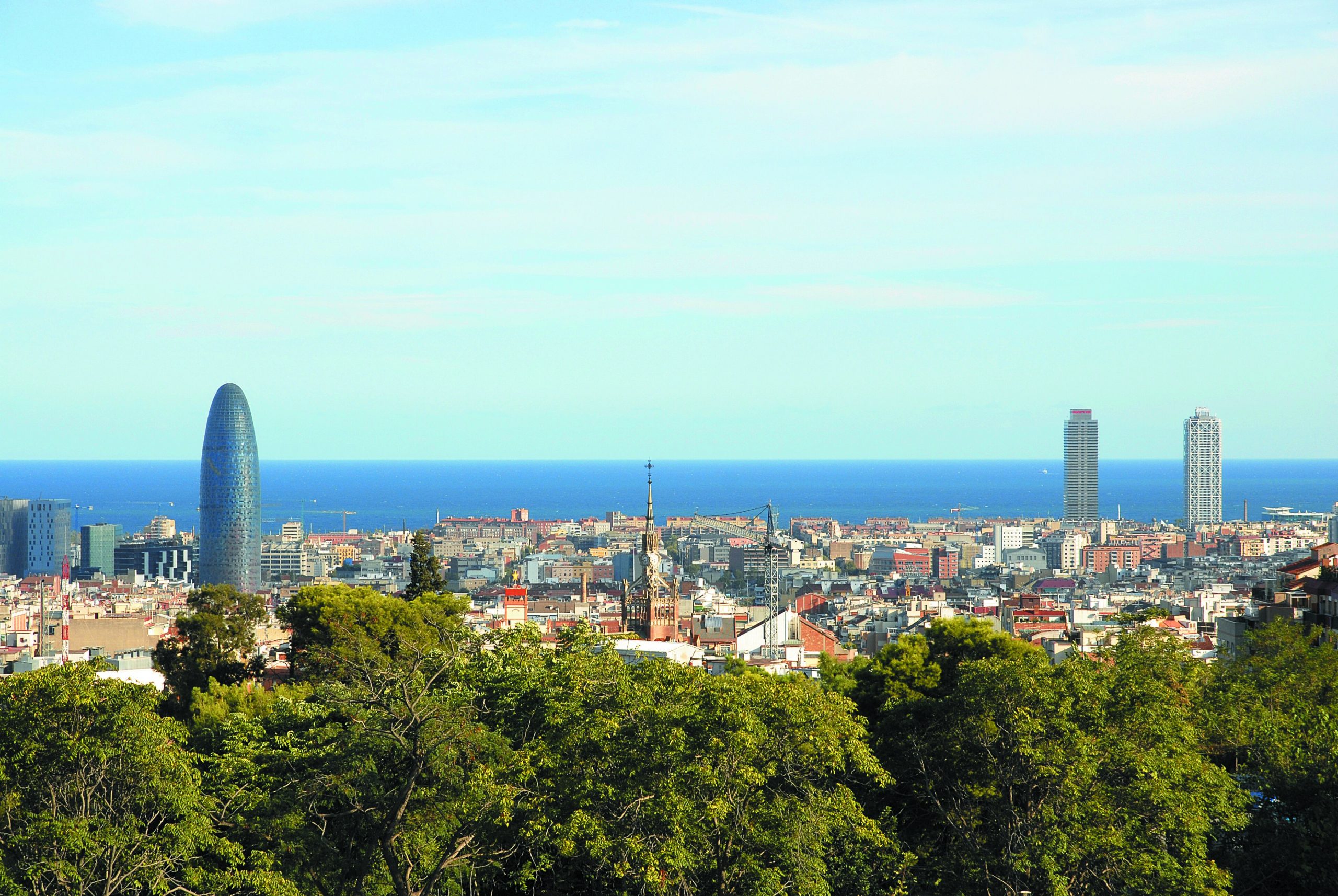
By bicycle
The hotel's rooftop, where my breakfast is ready for me, offers a 360-degree view of Barcelona, from the seaside city to the mountains. I have the beach at my feet, with the Sagrada Familia in the background alongside the modern buildings of the Olympic Village and the Torre Glòries, architectural icons of the Catalan capital's skyline. The sky is clear, as it is more than 300 days a year; an invitation to cycle through the city streets. The route chosen lets me pedal an unusual bamboo bike past several excellent graffiti art murals.

Cuisine of Terres de l’Ebre
We will leave Tarragona early to make our way to the Terres de l’Ebre. Our day begins with a visit to L’Ametlla de Mar, a town with some of the best and most varied coves on the coast of Catalonia and one of the official Marine Districts and Villages regions. At the port, which still retains the charm of an ancient seaside town, we will climb aboard a boat and put on wetsuits to swim with Mediterranean blue fin tuna, huge creatures weighing over two hundred kilograms. The activity ends with a tasting. Gastronomy is one of the main draws in Terres de l’Ebre. An excellent alternative to swimming with the tuna is to continue on to L’Ampolla to explore the Fangar Bay, an activity that includes a visit to the mussel farms where the prized oysters and mussels are grown. A fresh product that you can try right there with a glass of Cava.

The essence of Priorat
Terres de l’Ebre deserves another trip, there's a long list of things left to do: sailing to the mouth of the river Ebre, the monumental heights of Tortosa, the landscapes of Els Ports Natural Park, following in the footsteps of Picasso in Horta de Sant Joan, pedalling the Green Route, the modernist bodegas and Cathedrals of Wine in Gandesa and Pinell de Brai in Terra Alta; visiting Miravet castle. But it is time to continue the journey inland, away from the Costa Daurada. We will enter the district of Priorat, home to the famous wines of the DO Montsant and the DOQ Priorat. Terrace vineyards and the presence of Montsant form the landscape of the panoramic roads that run through the district and invite paused driving. We will visit a wine cellar to explore the essence of Priorat: its vineyards, its wines and also an excellent olive oil.
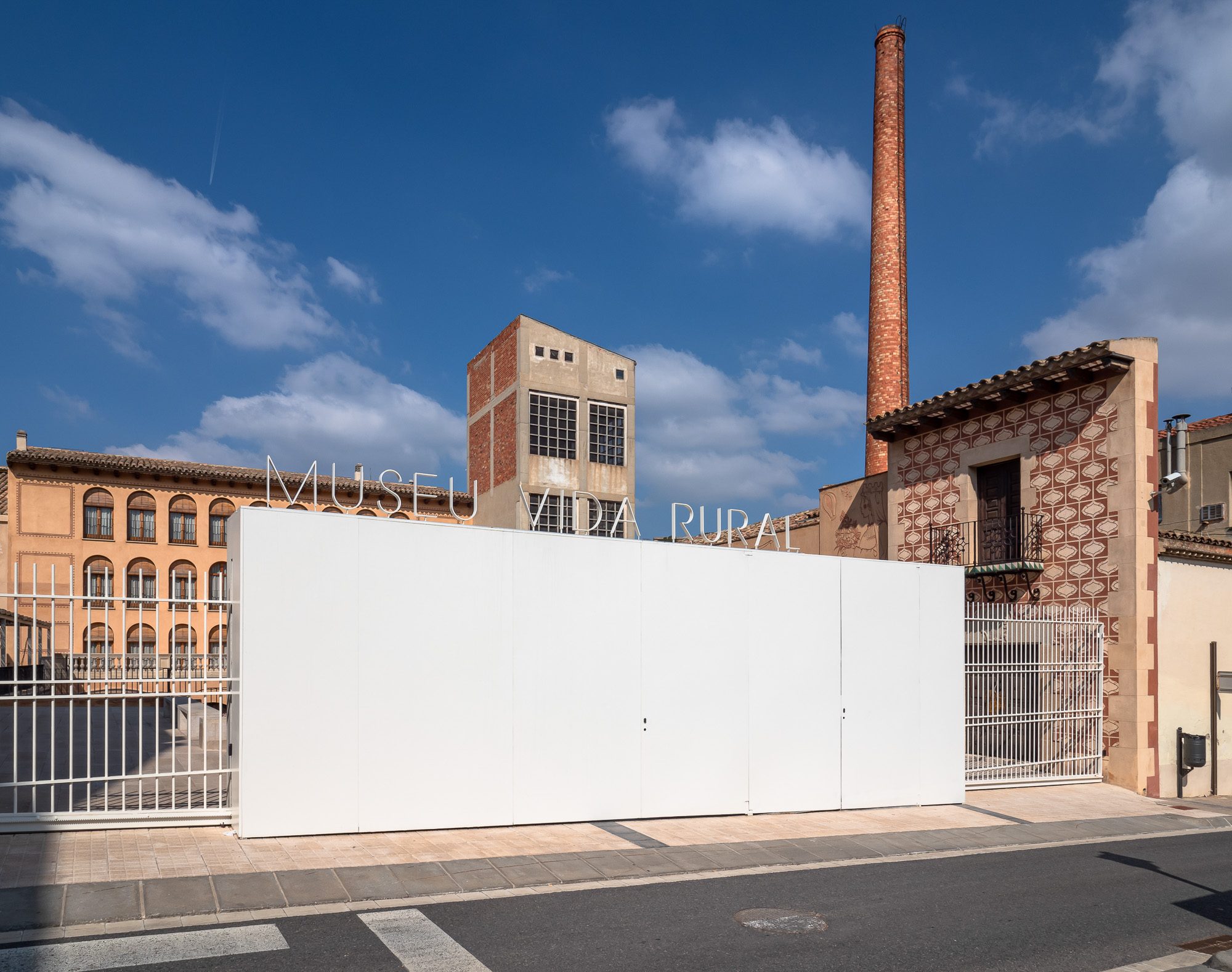
L’Espluga de Francolí
We continue on towards L’Espluga de Francolí to visit the Museum of Rural Life, where we learn about the values and hard work of the people in the countryside. This is a very moving visit thanks to the familiarity of many of the objects on display there, objects that represent ways of life our grandparents carried on and that have now disappeared. Without leaving the village, we continue to investigate the history of our ancestors but this time we take a much bigger leap through time, entering the Font Major cave to experience the geological and prehistoric past of the Tarragona area. If you're looking for a bit more adventure, there is also the chance to go on a tour of the caves. From L’Espluga de Francolí we continue our journey to enter the Lleida districts.
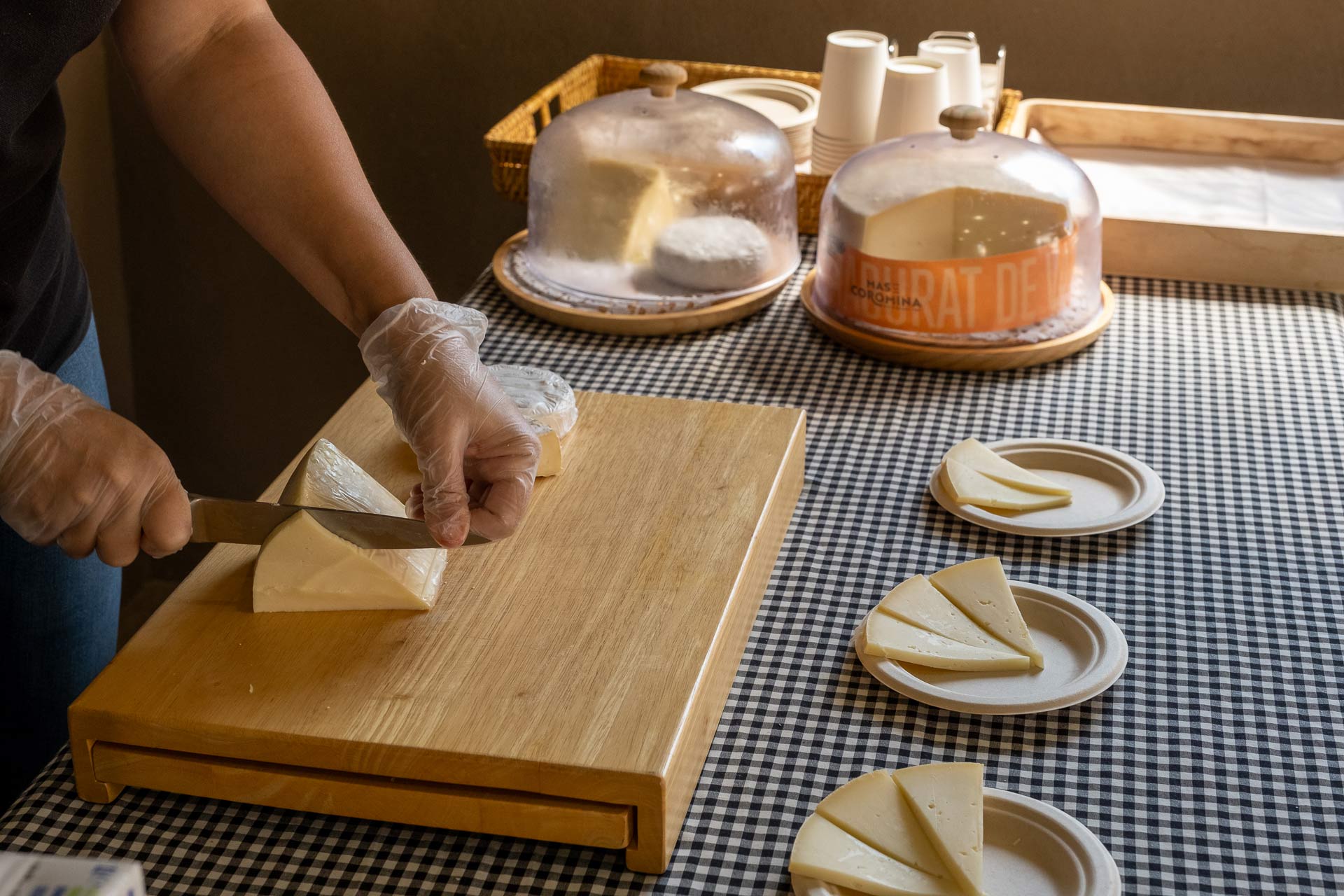
Farmers for a day
In La Vall d’en Bas we’ll visit a farm, an excellent activity for families. After feeding the cows, observing the milking process and meeting the newborn calves, we’ll taste the freshest milk. A similar experience can be had in the Fageda d’en Jordà beech forest, at a cooperative with an important social purpose. We’ll stop by to taste their homemade yogurts before making our way to the nearby town of Santa Pau to buy a bag of fine, tasty D.O.P. Fesols Santa Pau beans. We’ll then cook our own dinner at a quaint, charming hotel in Alta Garrotxa, taking part in a creative healthy cooking workshop using seasonal, organic and plant-based ingredients.
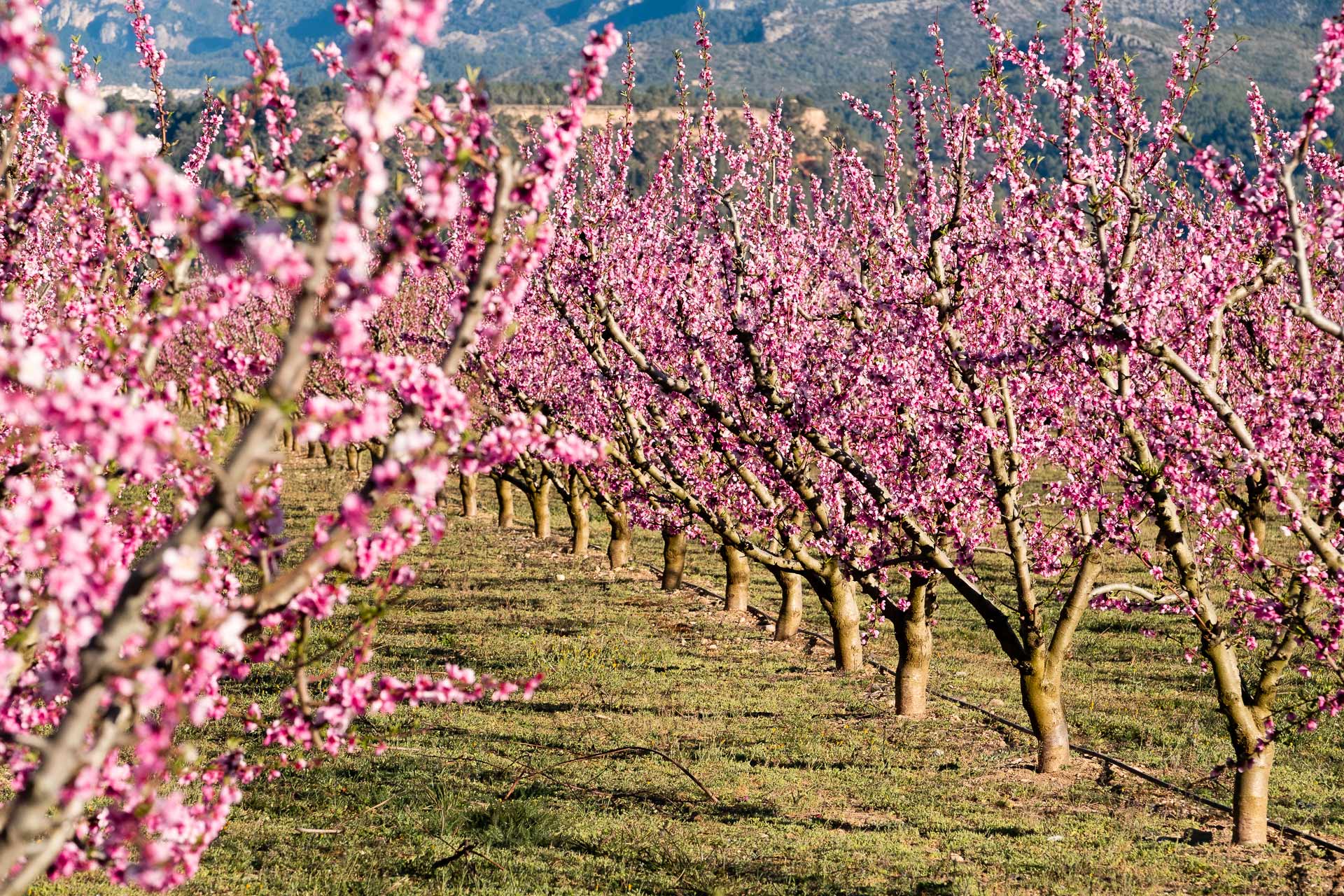
Wine cathedrals
We’ll continue along the D.O. Terra Alta Wine Route. This county boasts the world’s largest production of white Grenache. To learn more about the rich history of this distinctly Mediterranean grape, we’ll visit the “wine cathedrals” of Gandesa and El Pinell de Brai, the most impressive of Catalonia’s modernista wineries. As we pass through La Ribera d’Ebre, we’ll promise to return during the flowering season, between February and April, when the almond, peach, and cherry trees fill the fields with shades of white and pink.
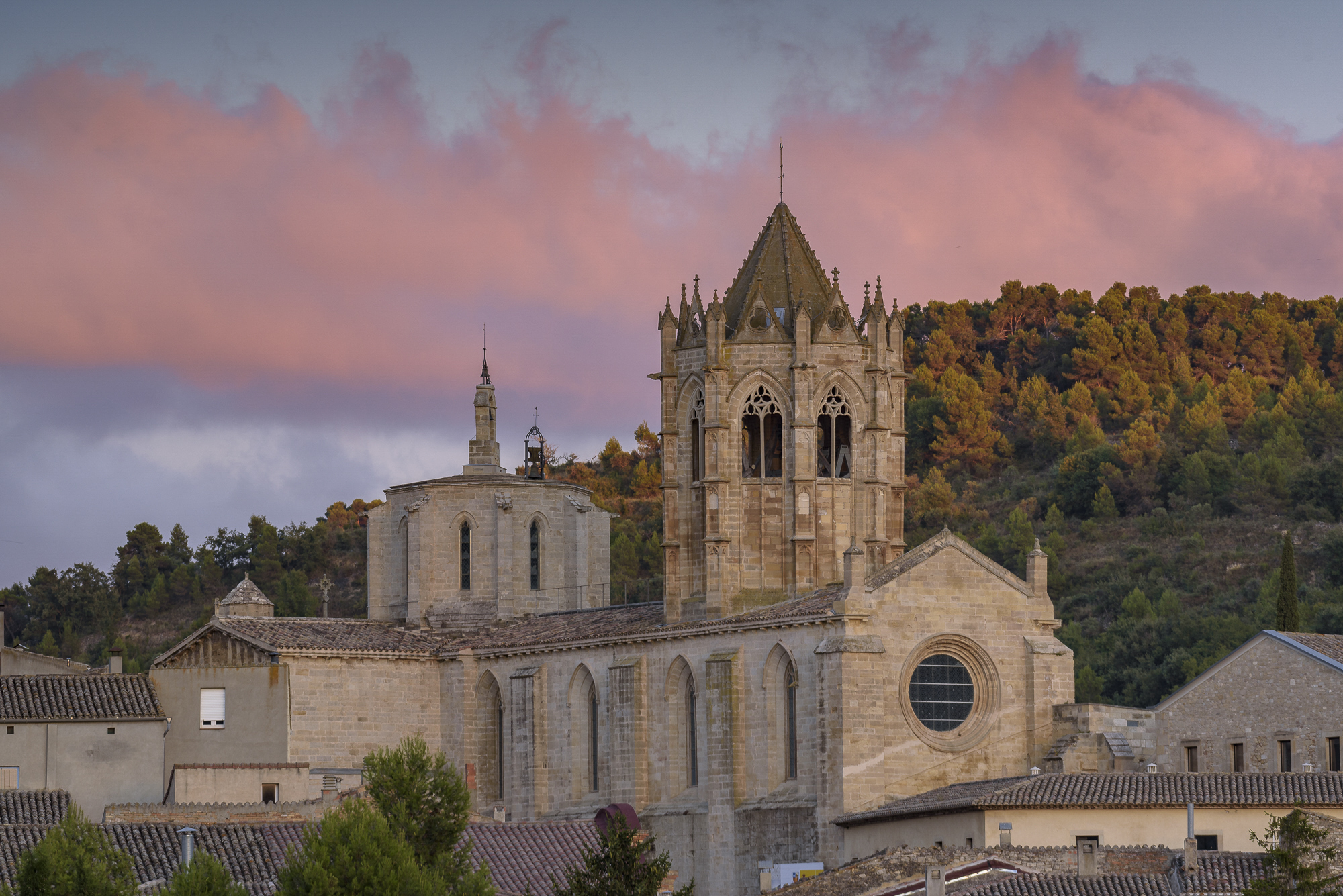
Vallbona de les Monges
We don’t have much more company at the next stop, just the few nuns who still inhabit the Vallbona de les Monges monastery. They explain to us during the visit that the fact that it is surrounded by the village, unlike the other two with whom it shares the Cistercian Route, is a result of the concessions that the Abbess had to make to overcome the ban imposed by the Council of Trent on female monasteries in isolated locations. After seeing the main spaces, such as the cloister and the souvenir shop where the nuns sell their reproductions of the monastery's ancient pottery, we follow the route to the Ivars i Vila-sana pond past Belianes, Arbeca and Les Borges Blanques, where they produce the excellent olive oils of D.O.P Les Garrigues.
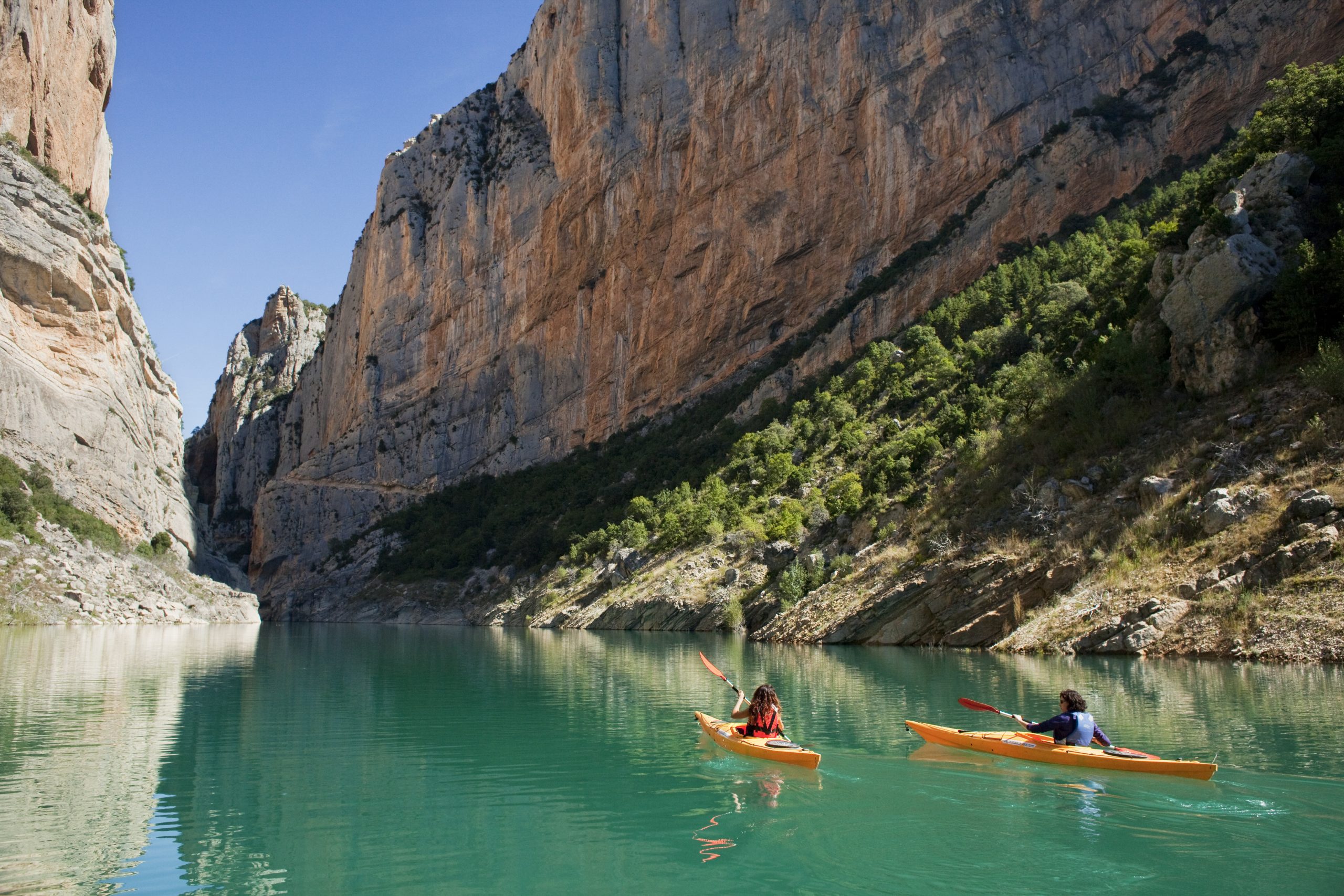
Congost de Mont-rebei
Our next stop will be Balaguer, where we will regain our strength with a coca de recapte, made, of course, with peppers and eggplant from the Lleida gardens. The panoramic road between Balaguer and Baronia de Sant Oïsme is a journey through beautiful landscapes, with views over the Segre river and the magnificent Camarasa reservoir. The landscape around the reservoir, overlooking the Montsec mountain range, is conducive to hiking —one stage of the GR-1 passes through it—, observing cave paintings and even flying in a low-altitude balloon or hang glider. These landscapes are a good prelude to what awaits us at the Congost de Mont-Rebei. The vertiginous landscape and most famous rock in Catalonia can be explored on foot, through a narrow pass, or in a kayak along the Noguera-Ribagorçana river. We decide to stay on land and walk between stone walls whose height, in some sections, exceeds five hundred metres.

The good life in Tarragona
On the doorstep of the Cathedral, I wait for the guide who will take me through the different spaces: nave, cloister and a climb to the bell tower, a visit with more intrigue, betrayals, struggles, pacts and secrets than the best TV series. At night, with all its Roman heritage illuminated, I grab a seat in a restaurant with just over half a dozen tables and the open kitchen, where I let myself be guided by young chefs who are very committed to cooking with local products, which means no shortage of natural wines and excellent fish straight from the Tarragona fish market.

Cooking workshop
In one of Passeig de Gràcia’s modernist buildings, we will participate in a cooking workshop and learn to prepare two of Catalonia’s traditional dishes: esqueixada, a salad featuring cod and tomato among other ingredients, and crema catalana, a delicious dessert. We will watch the sunset aboard a catamaran. While aboard you can’t help but be tempted to enjoy a relaxing swim in the warm, peaceful Mediterranean waters, with breathtaking views stretching from Barcelona’s seafront to the backdrop of the Collserola mountain.

Villages of La Cerdanya
We are heading to La Seu d'Urgell, where after passing through St Mary's Cathedral, the only completely Romanesque cathedral still standing in Catalonia, we’ll want to sample some local specialities, such as cheeses from the Alt Urgell i La Cerdanya PDOs, the only cheese protected denomination of origin in Catalonia. The producers themselves will tell us how they are made and, even more excitingly, let us know how they taste. In the afternoon, we will drive through some of the little stone villages of La Cerdanya. These are places with short, charming names, such as Talló, Prullans, Pi, Bor, Riu, Alp and Urtx, which have always been nestled under the peaks of the Cadí-Moixeró Natural Park. On the south side of the park, perched above a crown of fir trees and beeches, stands the majestic Pedraforca, one of Catalonia’s most iconic peaks. Between Puigcerdà, a town with a beautiful lake, and Figueres, the roads run in the shadow of the Pyrenees and give plenty of reasons to stop off: the Llobregat fountains and the industrial colonies in Castellar de n’Hug, the Romanesque façade of Santa María de Ripoll and Castellfolit de la Roca, a town at the edge of a dizzying cliff.
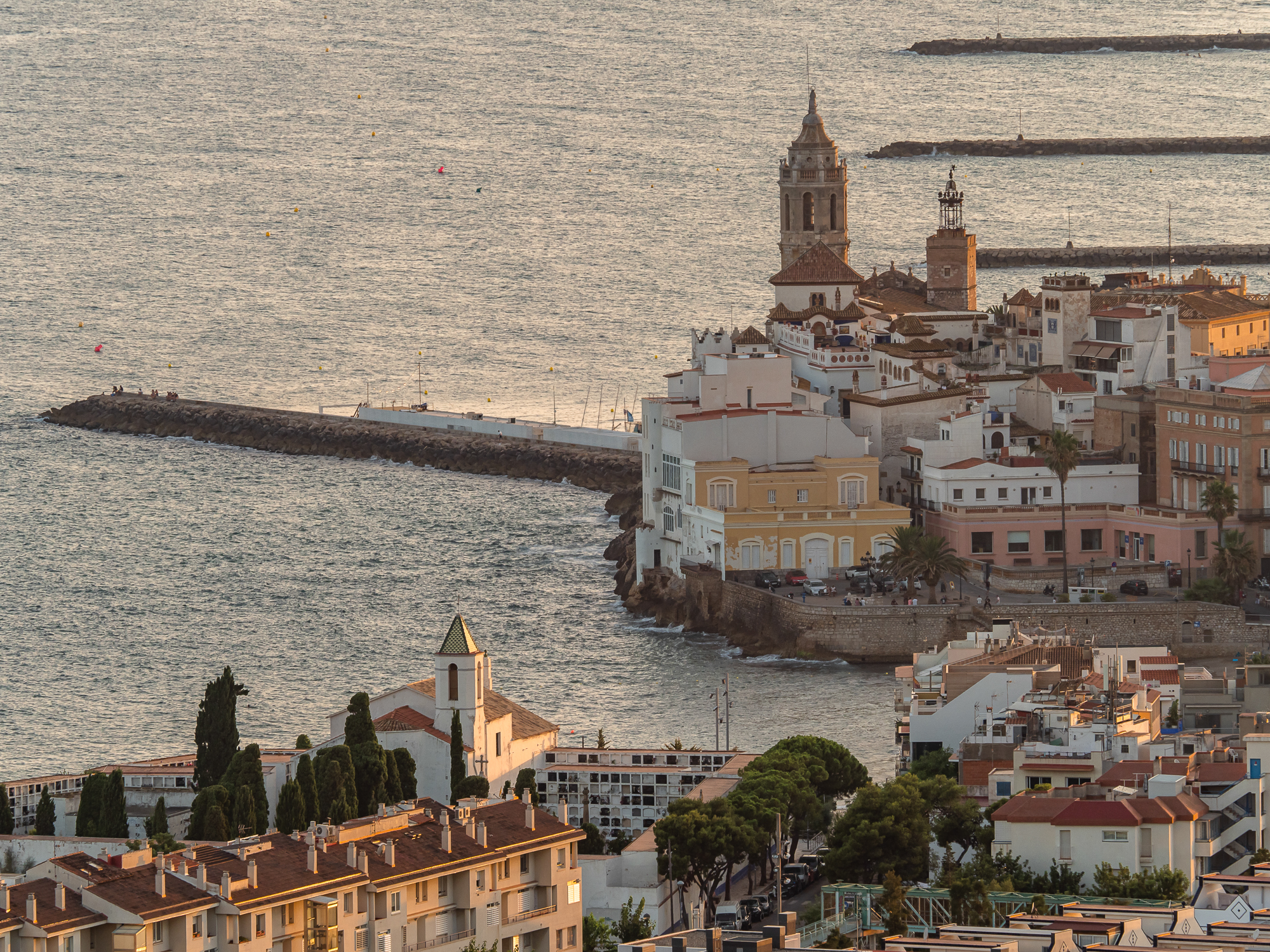
Catanias of Vilafranca
Yesterday was all about the history of Cava, now it’s time for the Vinseum in Vilafranca del Penedès, a museum dedicated to the production of wine in Catalonia, located in an old mansion opposite the basilica of Santa Maria. It is not easy to decide between the great experiences on offer at the Penedès wineries, with different themed visits, activities, and tastings. I opt for a wine and cheese pairing, which offers me the nuanced range of these wines born so close to the sea. Before leaving Vilafranca del Penedès, I go to a sweet shop and buy a few boxes of catanias, a traditional dessert made from toasted, caramelised and chocolate-covered almonds.
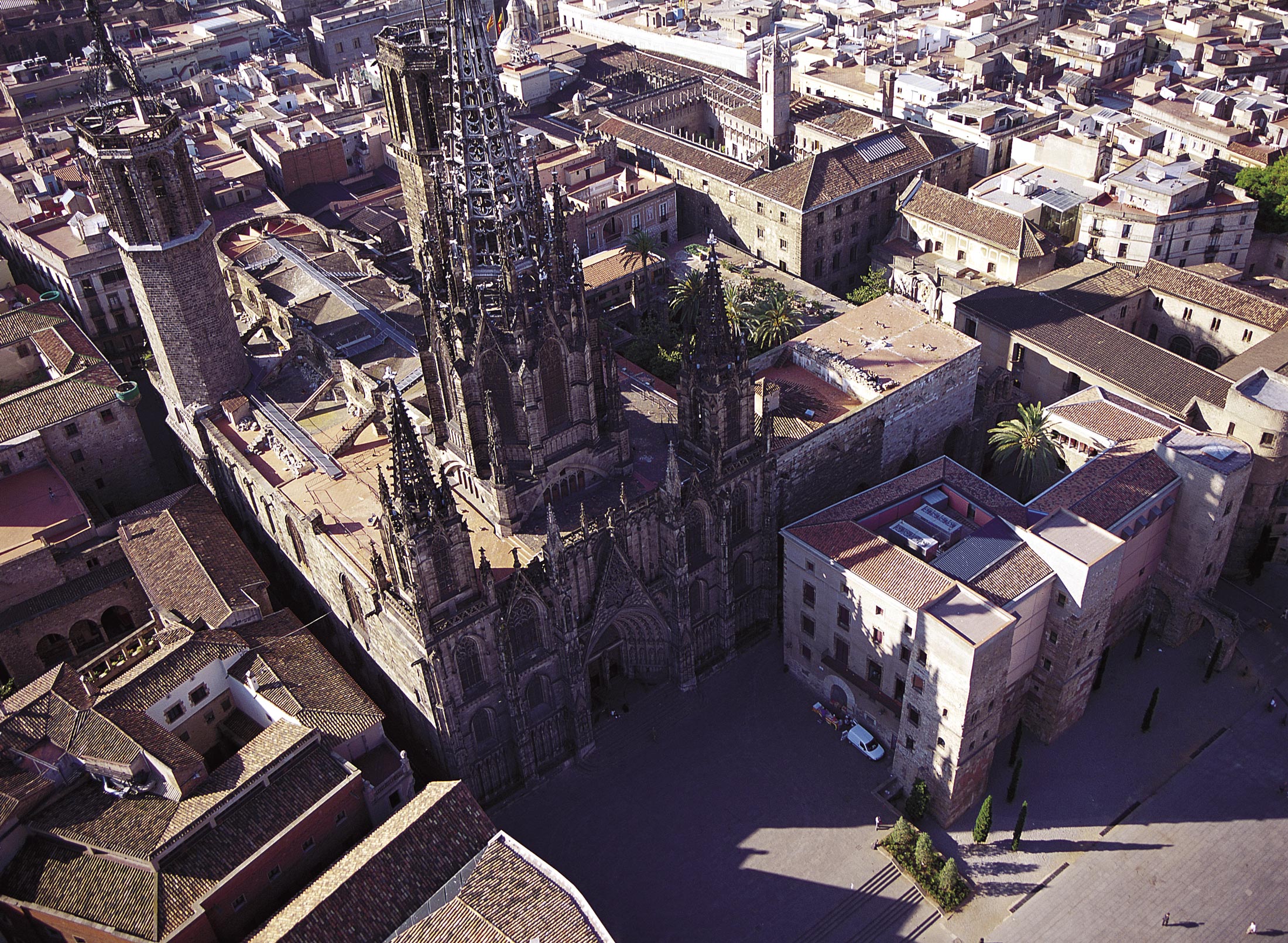
The Gothic Quarter
I return to the sea views, climbing to the Mirador de Colón lookout via the elevator installed inside the monument's column. Once I am back on the street, I round out my visit with a tasting of four Catalan wines: Alella, Pla de Bages, Catalunya and Penedès. As the first street lights flicker on, the night tour of Ciutat Vella and the Gothic quarter begin, visiting Santa María del Pi, the Cathedral and charming plazas like Sant Felip Neri, a place that speaks to the working man's Barcelona and still has wounds from the tragic Civil War on some of its walls.
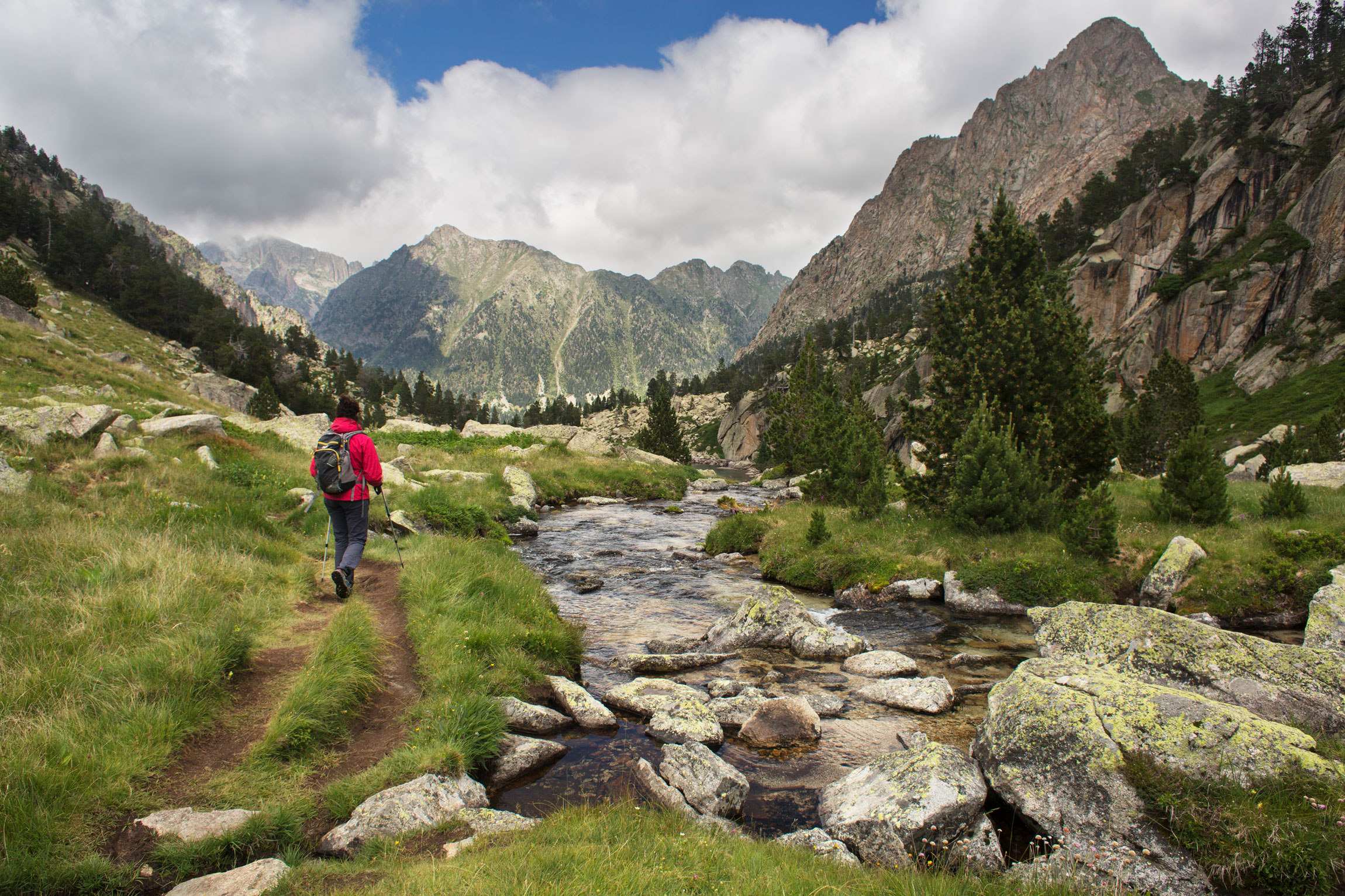
Walking through Aigüestortes
An official Family Nature and Mountain area, the Vall de Boí is a paradise for hikers with trails suitable for all levels, from those with a low difficulty ideal for children to more demanding routes for experienced hikers. We choose to climb to Planell d’Aigüestortes from Boí in a 4x4 taxi, where we start a gentle excursion that will take us to Estany Llong. The path leading up to the Rus hill is the historic road used by the inhabitants of the Vall de Boí to visit Barcelona, before the motorways were built. The same path, although in the opposite direction and on the back of a donkey, was often travelled by the Catalan bourgeoisie on their way from the city to visit the hot springs of Caldes de Boí. After walking we're getting hunger, luckily the Vall de Boí is an ideal place to try hearty Pyrenean cuisine: mushrooms, shepherd’s cheese and a meat cooked a la llosa are served in the local restaurants.
The Aigüestortes i Estany de Sant Maurici National Park has three entrances. One of them is at Boí and Espot, the villages which house the main centres, and where it is necessary to go in order to be able to see the best-known places, such as Aigüestortes and the Estany de Sant Maurici. A second entrance is via the villages of Sort and Llessui, where there is a park information centre. The third is that of Pont de Suert and Senet, where there is also a park information centre
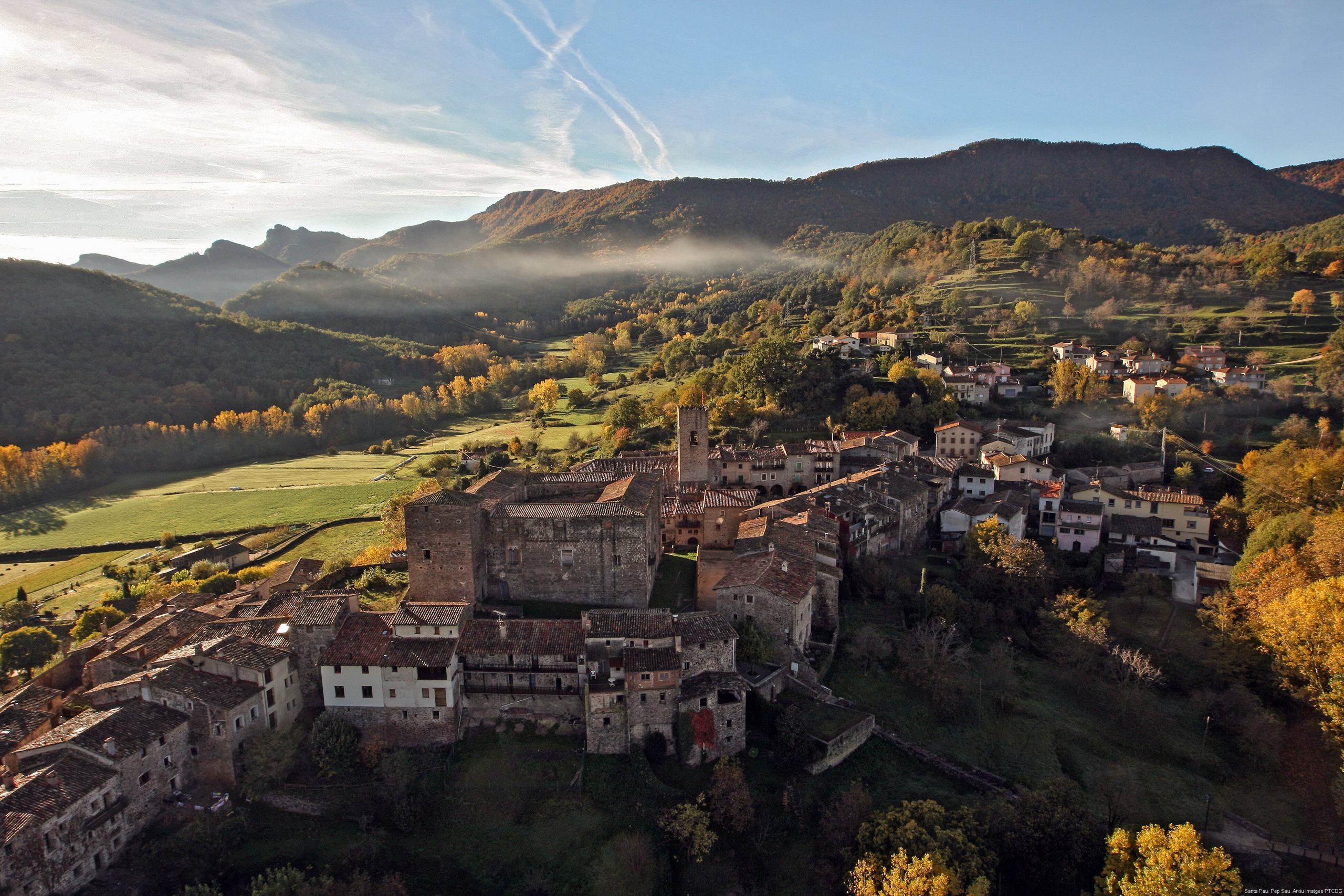
Sleeping under the stars
We drive to nearby Banyoles, where there are various camping options around the lake. We opt for glamping. We sleep in clear bubbles in the heart of nature that allow us to see the starry sky from our beds.
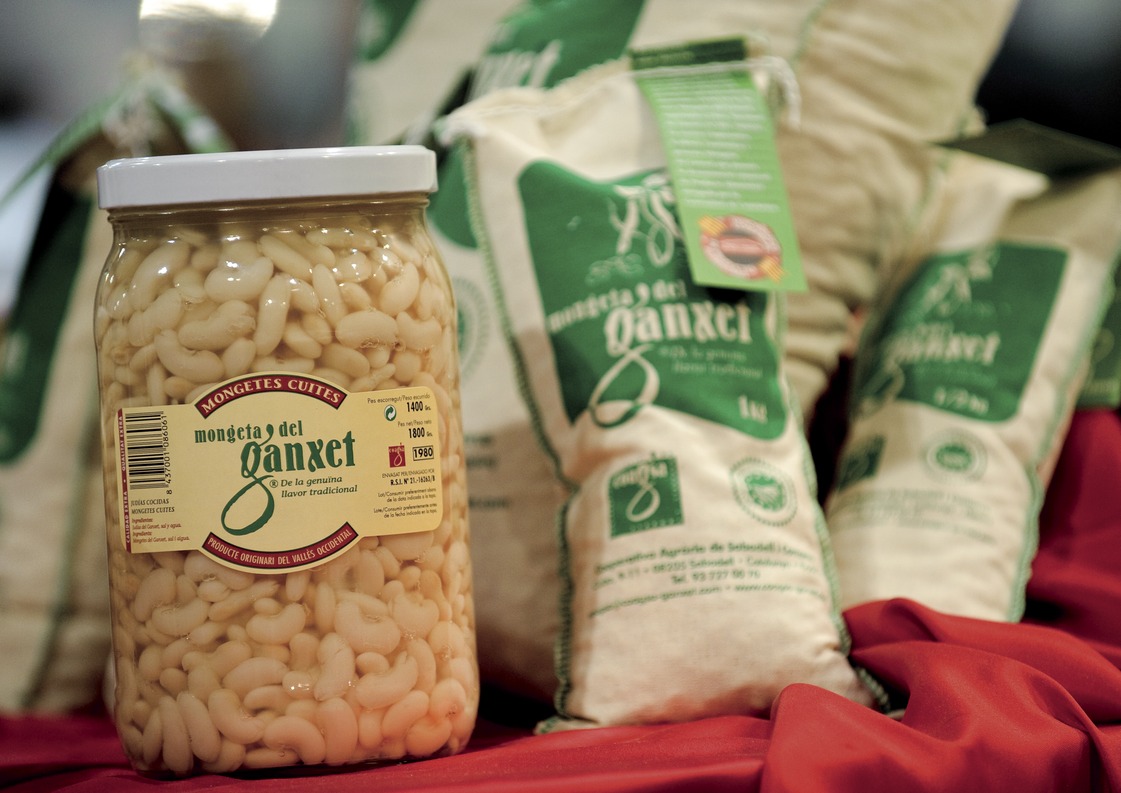
Delights of El Maresme
The day begins in El Maresme with yoga among the vines. We’ll follow the D.O. Alella Wine Route, known for its wines caressed by the sea breeze. As well as being one of the counties where D.O.P. Mongetes del Ganxet beans are produced, it is also home to haute cuisine delicacies such as El Maresme peas and strawberries, which visitors can help pick in season. In Mataró we’ll stop to buy boxes of neules, traditional Christmas wafers made according to age-old recipes.
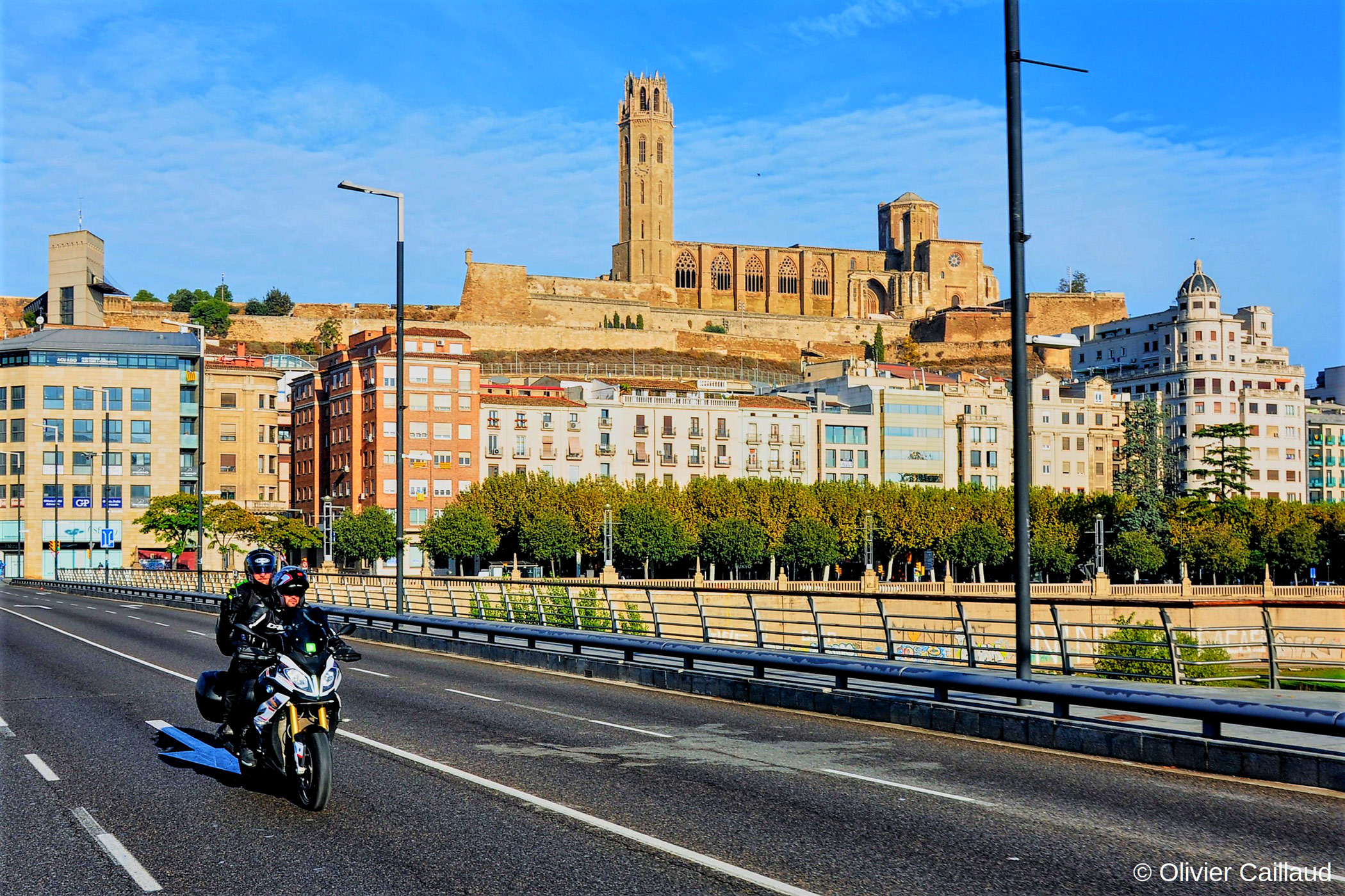
Lleida’s monuments
The day starts with a hearty breakfast, featuring pa amb tomàquet, with olive oil from D.O.P Les Garrigues, cured meats and pears that come under the Lleida protected designation of origin, and a walk through La Seu Vella, a temple with a magnificent dome and an octagonal bell tower sixty metres high, offering a panoramic view of the city and the surrounding land. Along with the King’s Castle - La Suda, La Seu is part of a monumental complex that helps us understand the history of the city. This is a land of fields stretching all the way to the horizon, full of fruit orchards and vegetables that will end upin the recipes of many Lleidan dishes. On these fertile plains surrounding Lleida, official City and Town of Character, we visit the castell de Gardeny, which in the twelfth century housed the Templar soldiers based in this area. At the castle, there is the option to live the life of a Templar knight for a day.
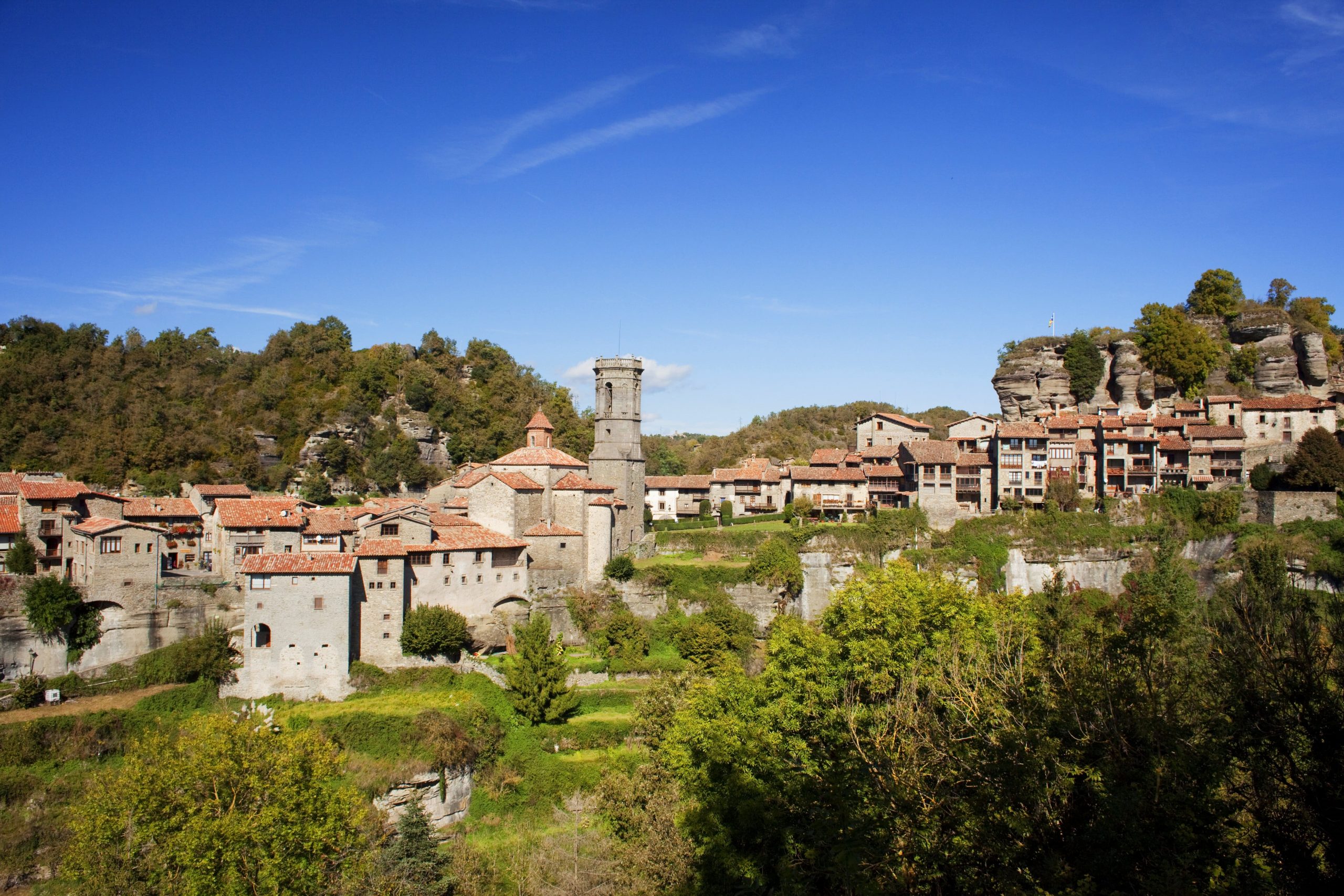
The towns of Collsacabra
There are so many options to get to know La Garrotxa, from the air in a balloon, on foot or by bike through the volcanoes, always with good local products on the table. We promise to return as we head towards the province of Barcelona. The first stop of the day is in one of the Charming Towns, Rupit, with its cosy stone cottages in the middle of the Collsacabra, a natural landscape of mountains with dizzying cliffs, streams, and waterfalls. At the Rupit tourism office, we hire a guide to explain us the story of this town in the shelter of an enormous rock, where there was once a castle.
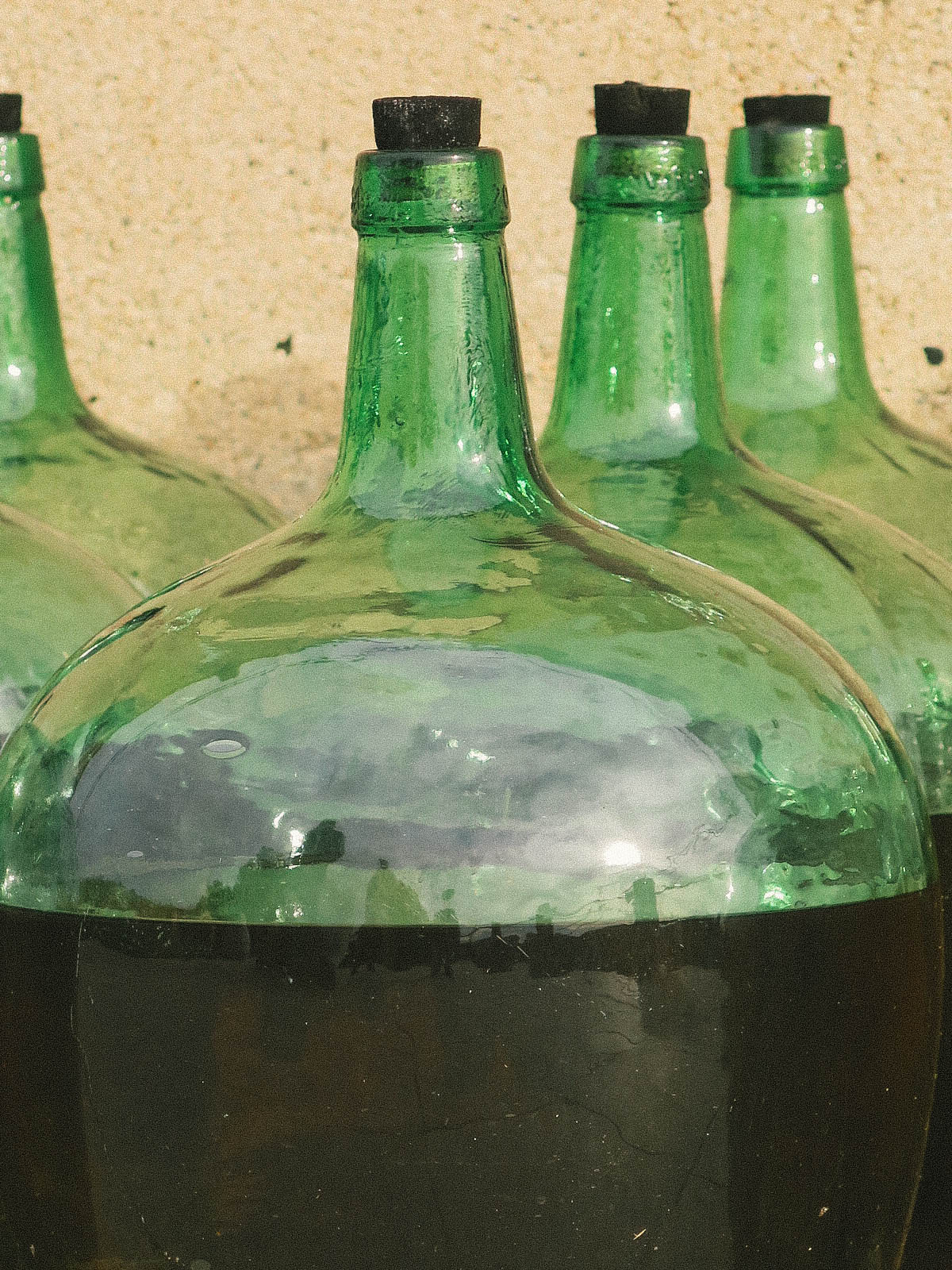
Vermouth, reimagined
After buying some El Montsec saffron in the hotel’s farm shop, we’ll head for the northernmost part of the Lleida Wine Route, where vineyards grow at almost 1,000 metres above sea level. In La Pobla de Segur, we’ll stop at a craft brewery that offers unique pairings such as beer and ice cream, as well as beermut – a modern take on the classic vermouth, paired with local cheeses and sausages such as secallona. We’ll also visit a ratafia factory, a family business that has been perfecting the maceration and distillation process since 1883.
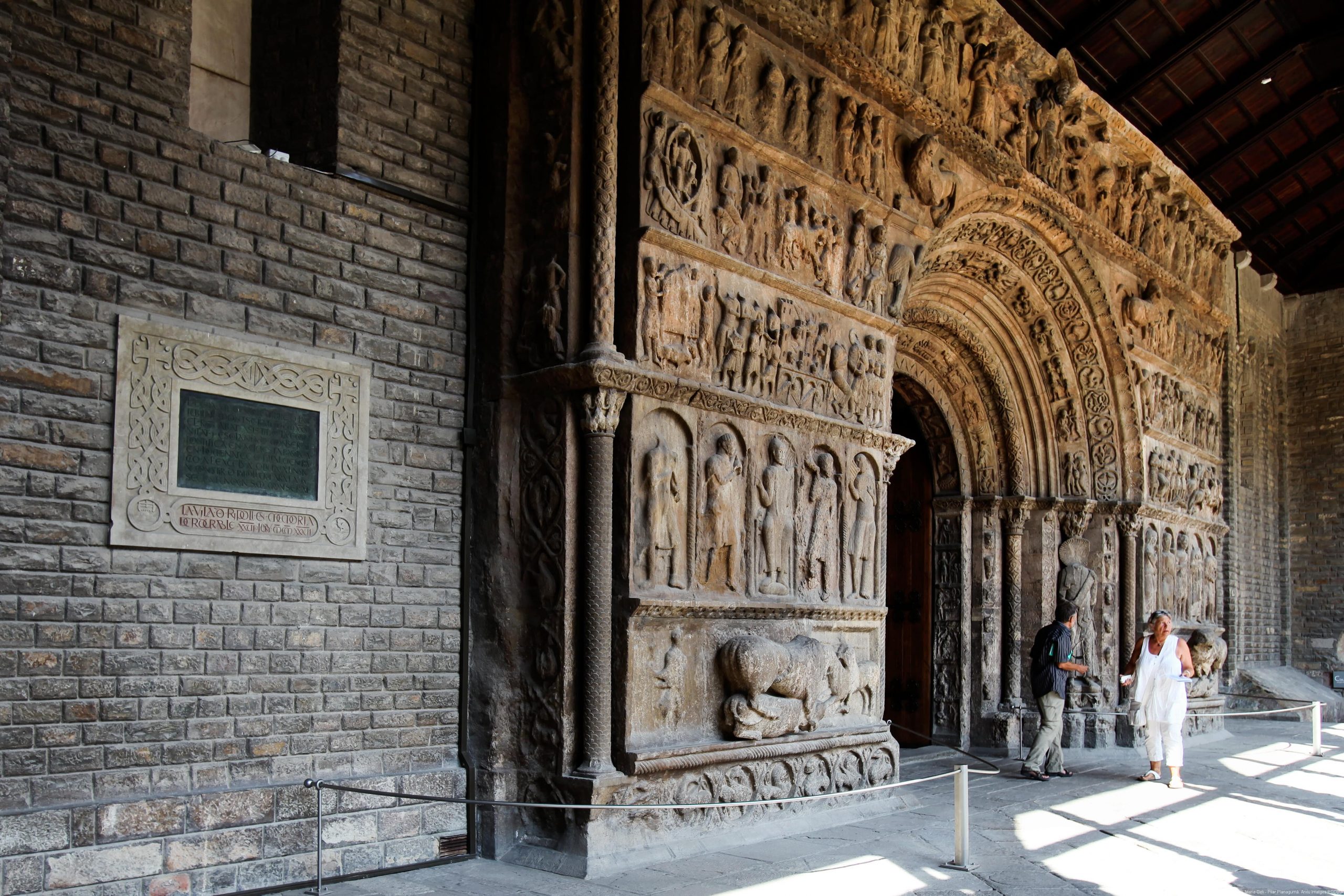
Stone Bible
Today we get up in the mood for a mountain. For an energetic start we opt for an esmorzar de forquilla (breakfast), where some choose to enjoy botifarra amb seques and others go for a game meat stew which you absolutely must soak up with a thick slice of bread. After breakfast we head to the Santa María de Ripoll Monastery for an up-close view of this magnificent symbol of medieval Catalonia, founded in the year 879. Its monumental portico, covered in a mural of geometric motifs, plant shapes and characters carved in stone —they call it the stone bible— deserves careful contemplation.

Colonia Güell
I climb to Montjuïc to say goodbye to Barcelona from the heights of its hillside, a spot where you can see the stunning Botanical Gardens, and museums such as the Joan Miró Foundation, the National Museum of Art in Catalonia and the Mies van der Rohe Pavilion.
I set off for Santa Coloma de Cervelló to visit the crypt of Colonia Güell, a spectacular work from Gaudí’s naturalist period. While the crypt is one of the architect's seven World Heritage-listed buildings, it is also the least well-known work on that prestigious list.
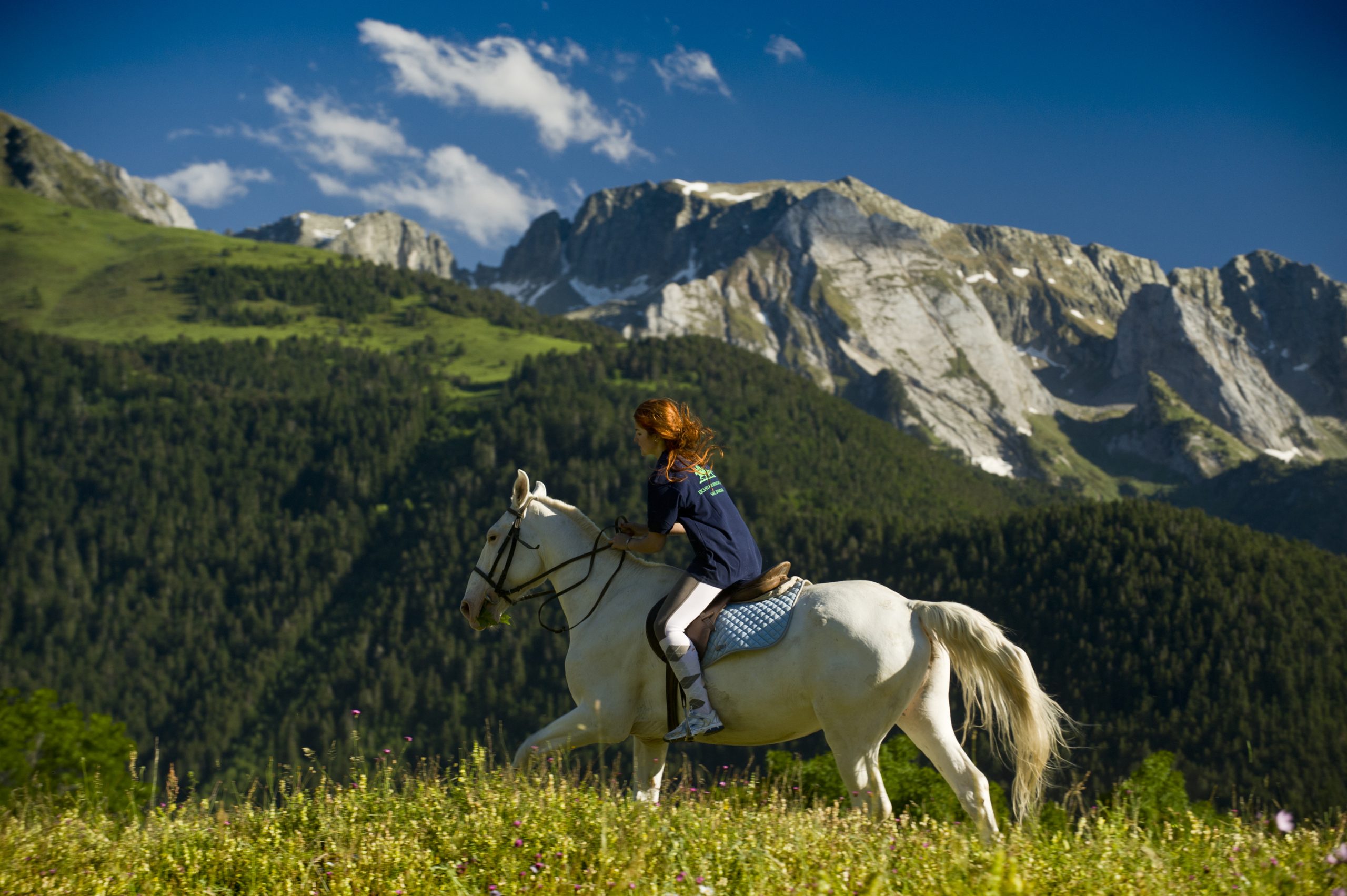
Hiking in Colomèrs
In his Journey to the Pyrenees of Lleida, Camilo José Cela wrote that the legs are the wings of the heart. Walking the trails is one of the best ways to explore the territory, which is why in the afternoon, starting in Salardú, we take a hike to explore a wonder of nature: the largest lake area in the Pyrenees, the Colomèrs cirque, located within the Aigüestortes i Estany de Sant Maurici National Park. The entire route spans seven glacial lakes, but we're not that ambitious; instead we just climb as far as the shelter. Along the way we pass two lakes, several creeks, bridges and all kinds of rock formations. Once in the shelter, we sit with a coffee in hand to enjoy the views of the Estany de Colomèrs and the surrounding peaks of the mountains it reflects. This is what peace feels like. A couple of short and long circular routes start from the shelter and link the different lakes. We end the day with an aranese olha, a hearty and delicious soup typical of the valley’s cuisine that helps us recharge our batteries.
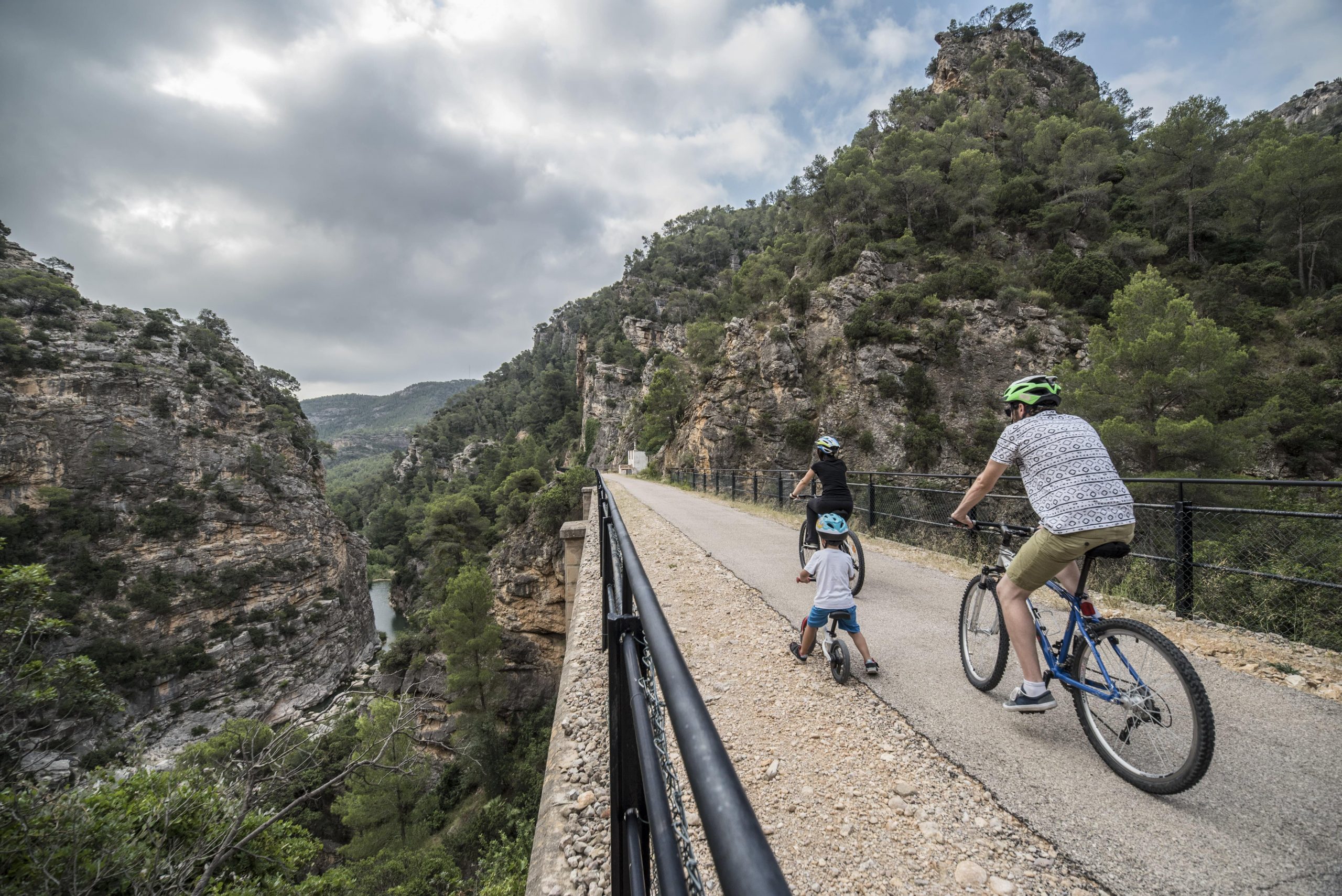
Greenway
From Horta de Sant Joan we enter the Val de Zafán Greenway, a very flat cycling route that takes us to Sant Carles de la Ràpita on the original route, or to the delta if we connect to the GR-99 in Tortosa. This version of the route gives us the chance to enjoy the changing landscape of the Terres de l’Ebre, from the Els Ports Natural Park mountain range in the north, passing by the banks of the river Canaletes and its spectacular viaducts, to the plains of the delta and the coast. The ease with which the hired bicycles can be collected at an agreed point leads us to decide to pedal along one of the paths of the Greenway, towards Bot. When we get to this small town we stop at an old German-built railbus that has been converted into a bar.
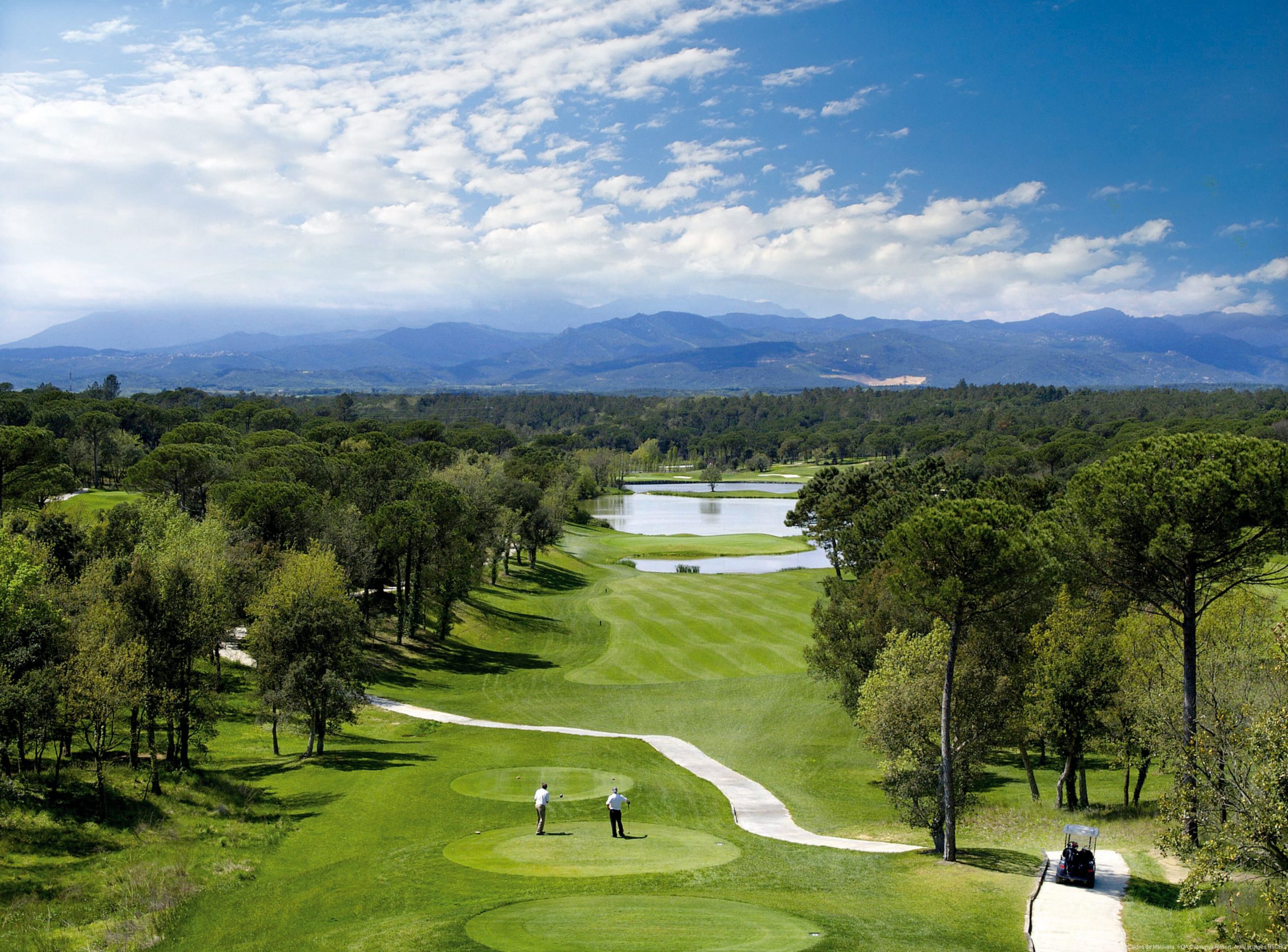
The road to La Garrotxa
For golf lovers, there is the option of visiting the Camiral, A Quinta do Lago Resort, with a golf course in a beautiful landscape, but instead we choose to drive along the roads that take us to La Garrotxa in the south, a district marked by its volcanoes and lava-covered landscapes. We spend the afternoon at Hostalets d’en Bas, one of the beautiful villages of the Vall d’En Bas. This municipality, which comprises several small towns, cradles the Fluvià River, the mouth of which we crossed a couple of days before when we passed through the Bay of Roses.
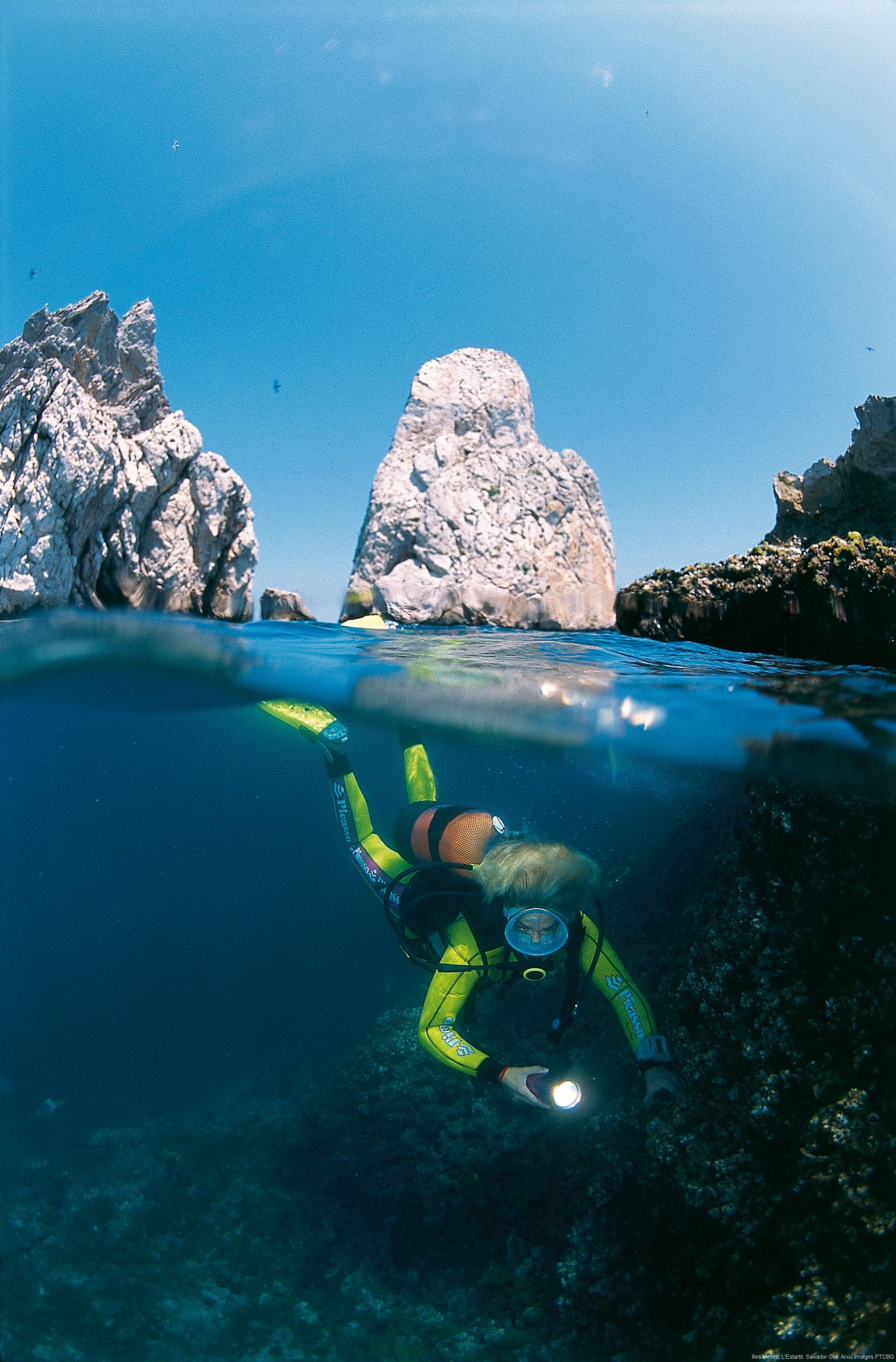
Medieval villages
The charming medieval villages of Empordanet can be explored in various ways, on foot, via guided tours specialising in cultural heritage or ceramics, by car and even in a hot-air balloon. We will choose to park the car and visit them on electric bicycles, known as “burricletas”. In Peratallada, we’ll be taken back to the days when gentlemen, noblemen and masters walked the streets; from Pals, a village of whose walls give it an unmistakable silhouette, we’ll enjoy views of the Empordà planes, the Montgrí and the Medes islands. Back on the coast we’ll enter Calella de Palafrugell, a town on the official Charming Villages of Catalonia list along with the two mentioned above. Our guide explains that the great writer Josep Pla spent the summers of his childhood in this seaside town, with its white-washed country homes and traditional habanera music. If you're looking for a more active option, you can walk the wildest stretch of the Camí de Ronda, between Llafranc and Palamós, through such spectacular locations as the small fishing centre of S’Alguer and rocky coves and turquoise waters such as those at Canyers or Els Corbs.
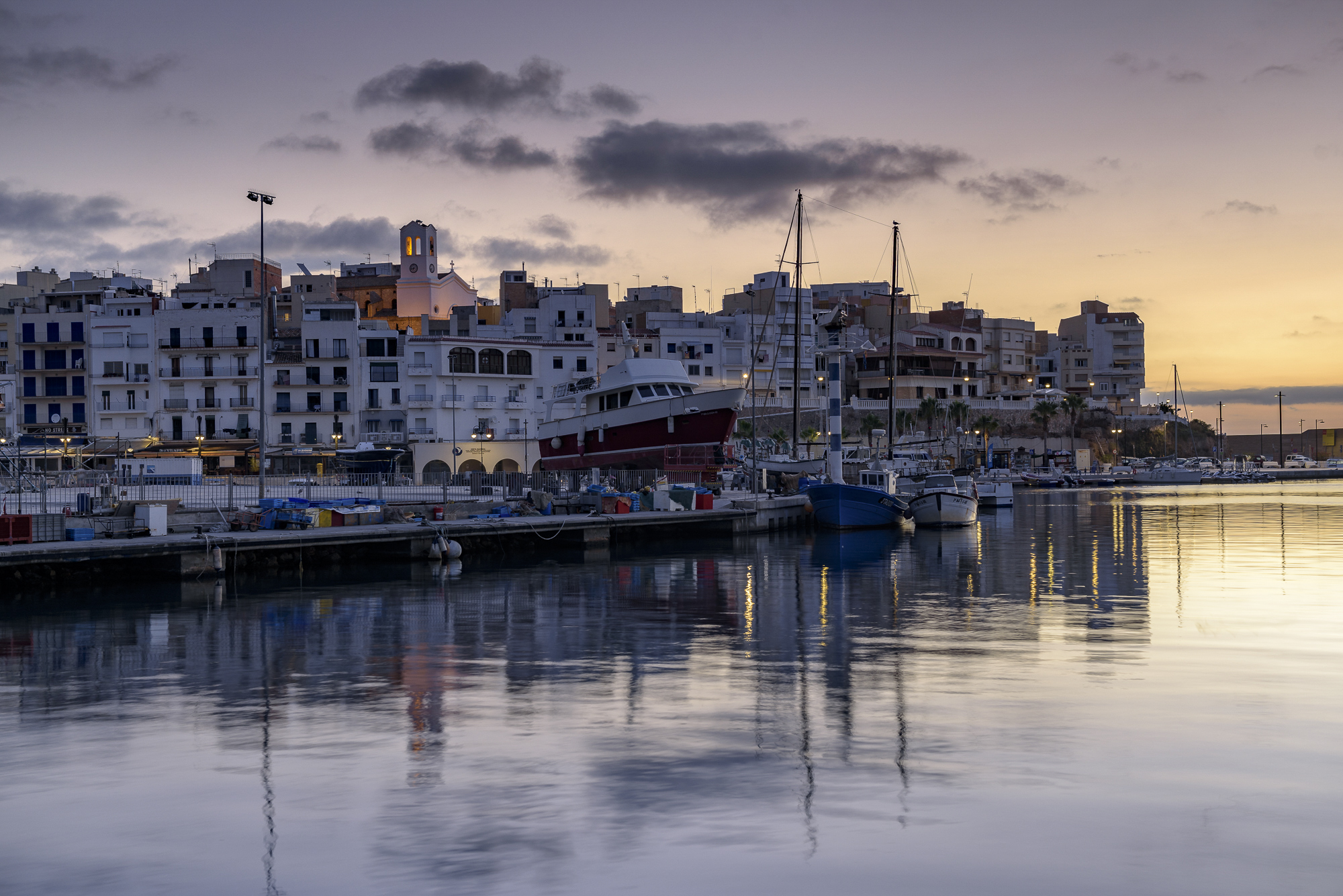
Swimming with tuna
The first stop of the day is in L’Ametlla de Mar, a town on the list of Marine Districts and Villages. Its well-preserved seafaring charm can be seen on a quiet stroll through the lively port and its intimate and varied coves: urban, white sand, rocky, next to lush forests or cobblestones. But today we’re ready for adventure, we pull on a wetsuit for an intriguing activity: swimming among huge specimens of Mediterranean bluefin tuna. We arrive at the pools after a short trip from the coast, during which they give us the basic instructions. It's a breathtaking experience to see the tuna come out of the deep and swim by us. The activity ends with a tasting of this highly prized fish, which was already used as a source of protein by the Roman legionnaires.

Picasso’s olive oil
To start the day, we’ll wake up in a hotel specialising in wine tourism and enjoy a breakfast of products such as I.G.P. Terres de l’Ebre clementines and olive oil from the millennia-old olive trees of the Sénia Territory, some of which were planted in Roman times. Next to Tortosa market, we’ll board one of the three traditional laüts that sail along the Ebro, where we’ll taste pastissets, a pastry of Arabic origin with a variety of sweet fillings. The Ebro counties have two D.O.P extra virgin olive oils – Baix Ebre-Montsià and Terra Alta – so we’ll carve out some time to enjoy the olive oil tourism experiences. In Horta de Sant Joan, a town closely tied to Picasso, we’ll learn that the artist liked to dip slices of bread directly into freshly pressed olive oil. We’ll also visit an old mill and learn how to prepare clotxa, an old peasant dish made with round bread, garlic, roasted tomatoes, salted sardines and EVOO. Another activity is a cooking demonstration in the olive groves.
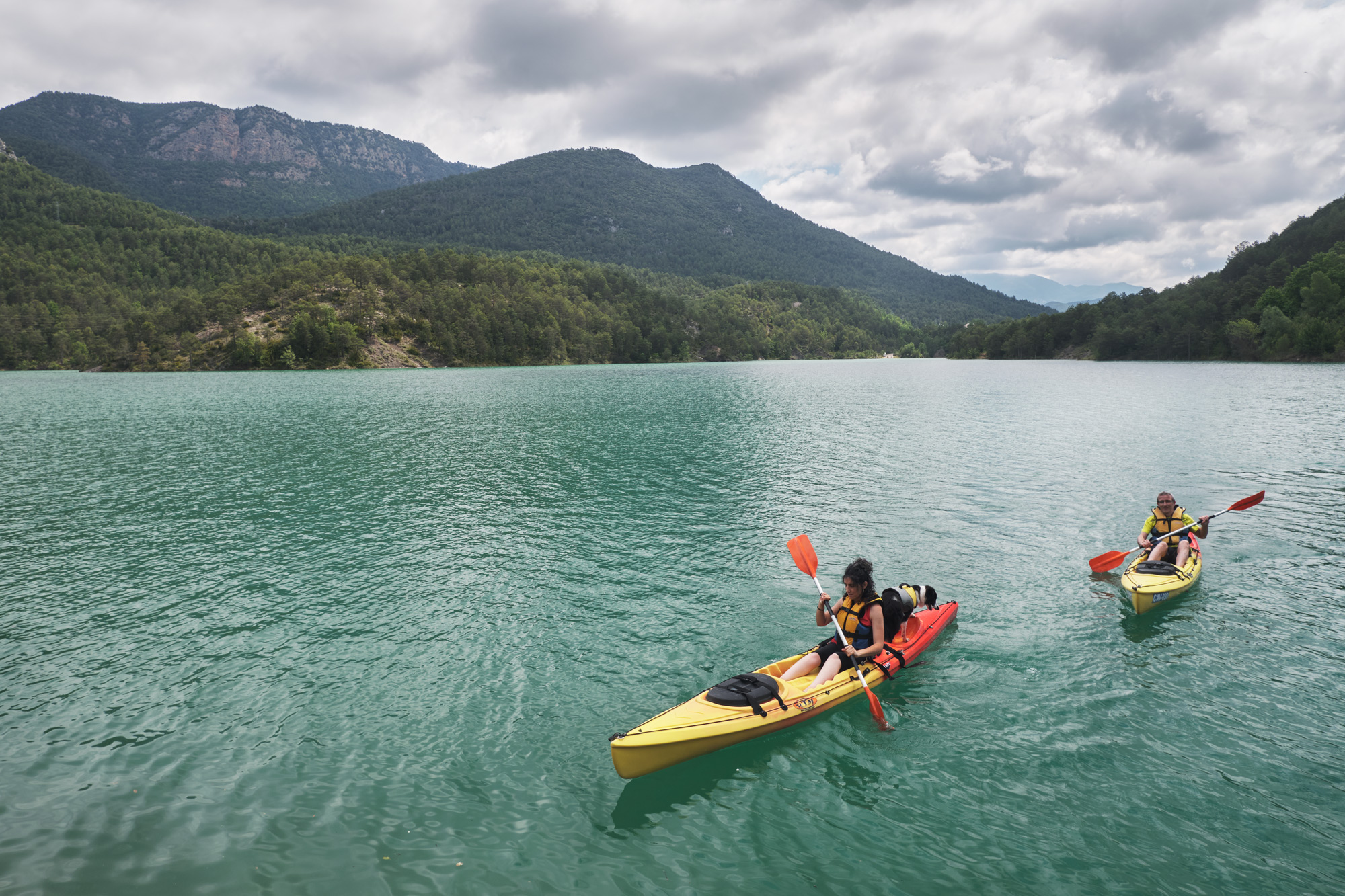
Vall de Lord
Although Vall de Lord is about twenty miles north of Solsona, this quick detour from our route is worth it. At dawn, the morning mists emerge from the Llosa de Cavall reservoir, whose landscape is great for adventure sports such as climbing, canyoning, paragliding and mountain biking. The play of light filtering through the mist fills my camera roll with striking images. When the sun is warm enough, I rent a kayak to roam those bright turquoise waters. With one last glance at the landscape from one of the bridges across the reservoir, I take the beautiful road that follows the Cardener river gorge to Solsona.

Wine tourism in El Priorat
The county of El Priorat offers an infinite number of ways to discover D.O. Montsant and D.O.C. Priorat wines, including some quirky options such as a winery tour with riddles or the traditional grape harvest, where the grapes are trodden like in the olden days. We’ll book a dramatised tour at the Falset cooperative, where a fictional worker will provide a humorous explanation of the wine-making process. The villages of El Priorat, this small county of heroic viticulture, are linked by some of the most scenic roads in Catalonia, lined with terraced vineyards. One of these roads leads to the Carthusian monastery of Escaladei, which was inhabited until the mid-19th century. The presence of the monks was key to the rise of vine growing in the area.
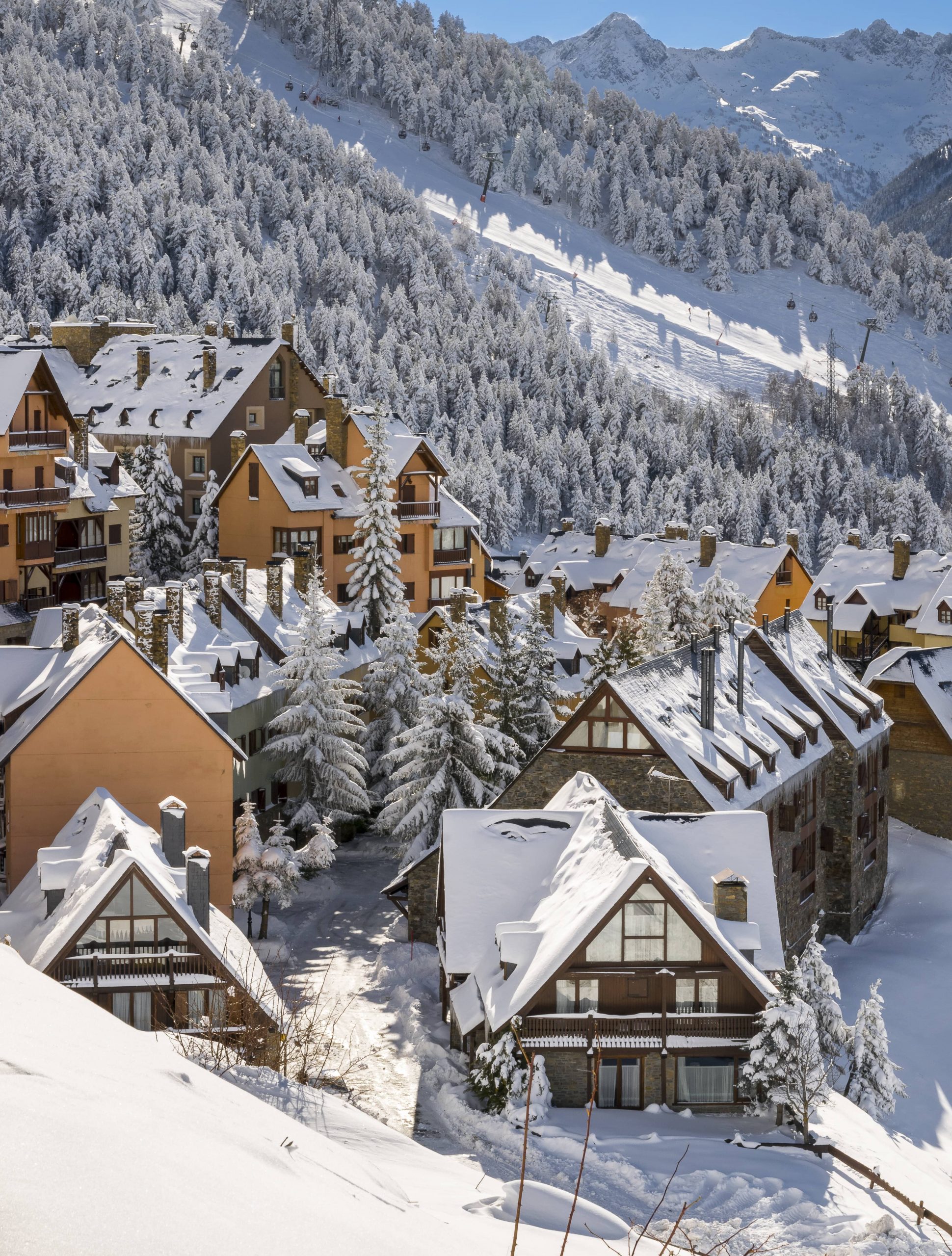
Montgarri Shelter
The Val d'Aran is home to an ancient culture, but above all it features pure air and mountain landscapes. To see it in all its splendour, we will take a walk to Montgarri. This picturesque Pyrenean village, inhabited until the1970s, lies at the headwaters of the Noguera Pallaresa river and is now an idyllic and relatively isolated location. The trail runs through a beautiful high-mountain landscape, featuring forests of black pine and fir trees. In the winter months, it is a popular spot for snow shoeing and dog sledding. At the Montgarri shelter we will enjoy one of the area’s famous recipes olla aranesa. In the afternoon, we will return to Vielha, the capital of Val d’Aran, where we can purchase some traditional sausages and relax with a well-deserved hot tub session in the hotel spa.
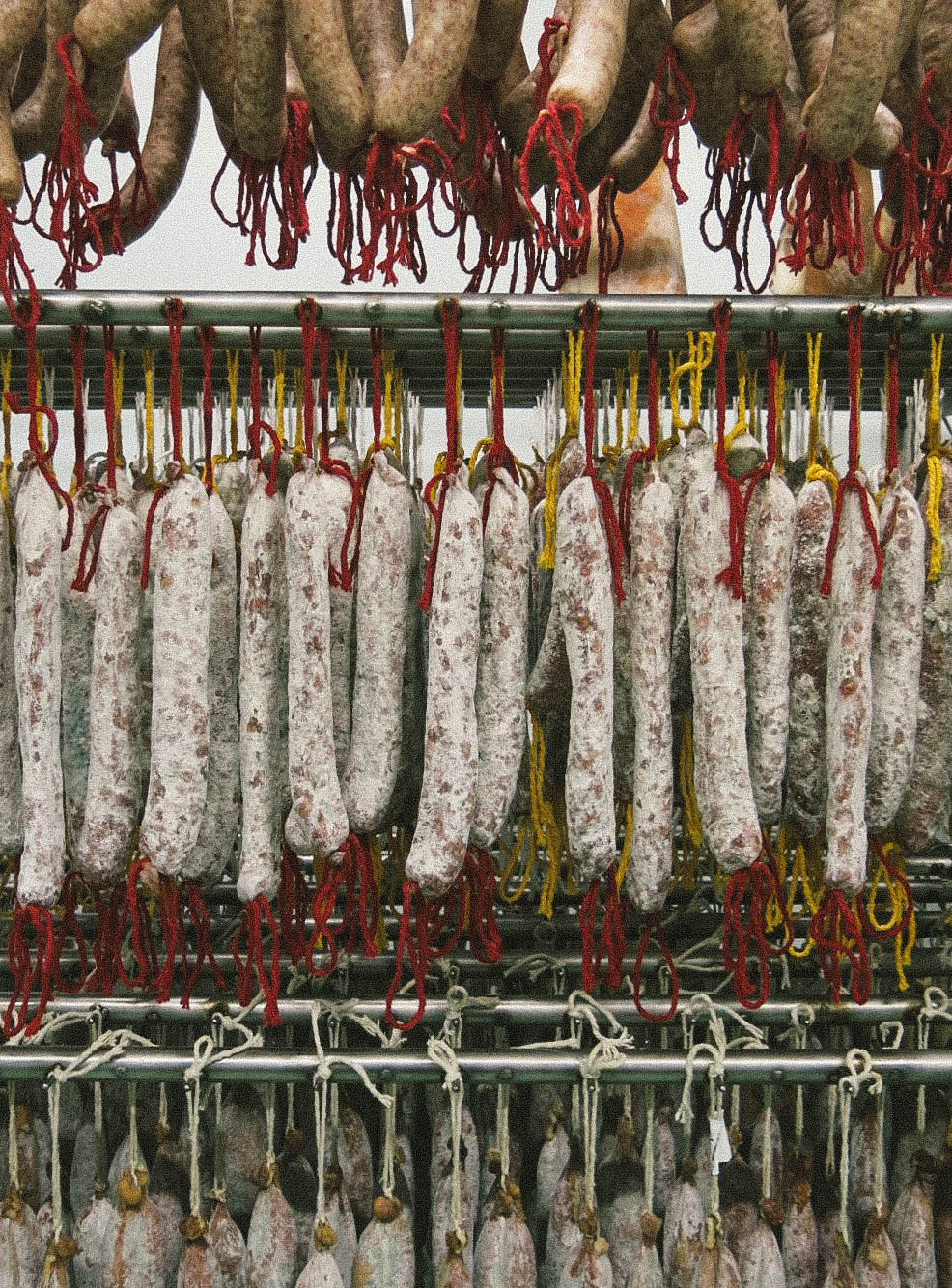
Finger-licking good
Girona’s xuixo, a pastry made with milk from the Empordà, eggs from El Pla de l’Estany and flour from the city itself, is a good place to start our journey through the sweet side of Girona. The classic version is filled with custard, but there are also varieties with dark chocolate, apple, ratafia and turron, among others. We’ll continue with a visit to a chocolate factory, where we’ll be able to taste different types of cocoa and some delicious chocolates. The route will then take us to Vic, a town with a lively market located in the tourist area of Paisatges Barcelona. As well as buying Vic’s traditional dry-cured pork sausage, known as llonganissa, we’ll take part in a workshop to make our own artisanal fuet, another type of sausage.
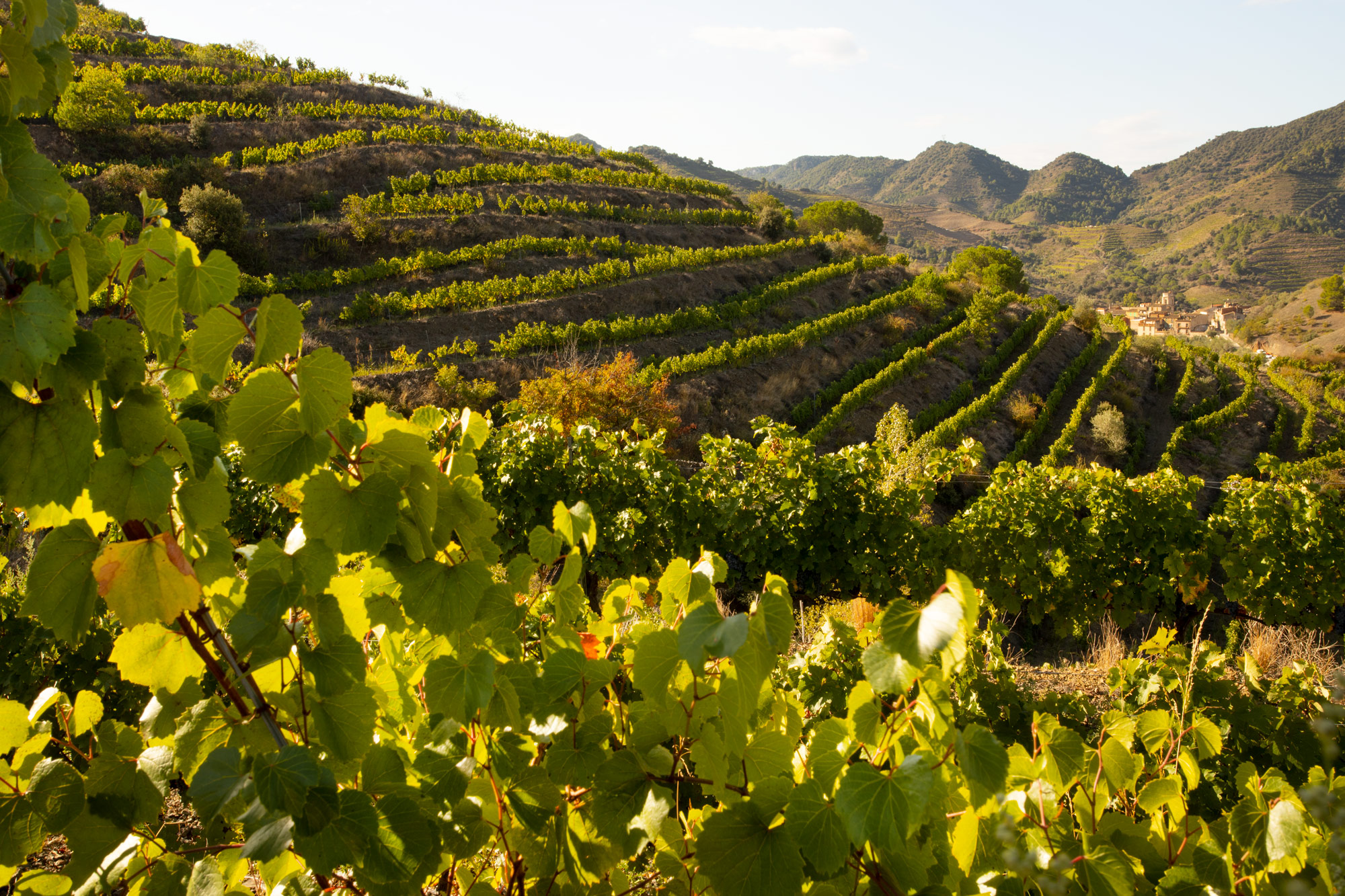
The Priorat vineyard
We've entered the district of Priorat, home to the famous wines of the D.O. Montsant and the D.O.Q. Priorat, driving on a road overlooking Montsant. The first light of day tints the crest of the rocky massif red. There are many activities available in Priorat to discover the thrilling world of wine and its production. We have decided to start with the historical side and stop at the Falset-Marçà cooperative, another of modernist cellar like those visited the previous day. As we wait for the guide to start the visit, Blai, a “worker”, introduces himself and gives us a funny explanation of the wine making process. From Falset we embark on a journey along one of the most spectacular roads in the districts of the Costa Daurada with views of the terraces of the Priorat vineyard and the villages of Gratallops, La Vilella Alta and La Vilella Baixa, among others. We save some villages that deserve their own visit and require a short detour from the route for the next trip, such as Porrera, Torroja del Priorat or Cabacés.
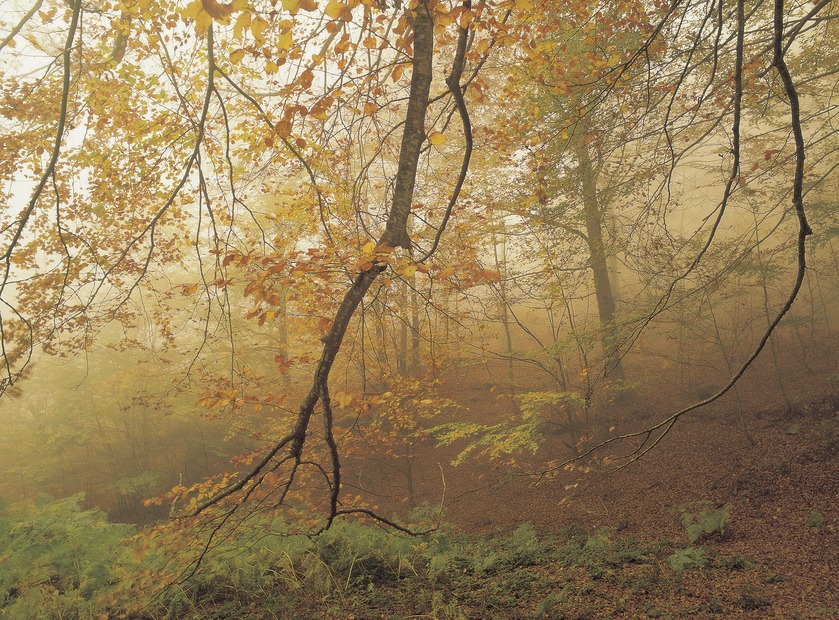
Nature on your plate
Around El Montseny, there are several activities that combine gastronomy and nature, such as a walk through a forest of centuries-old chestnut trees, especially recommended in autumn, or a tasting of beers made with the waters of this natural park. Nearby, in the Guilleries Massif, we’ll sample local products such as cheeses, nuts and berries to the sound of water and birdsong. The Farming Museum in Fogars de la Selva offers a further insight into the days when agriculture dominated the region.
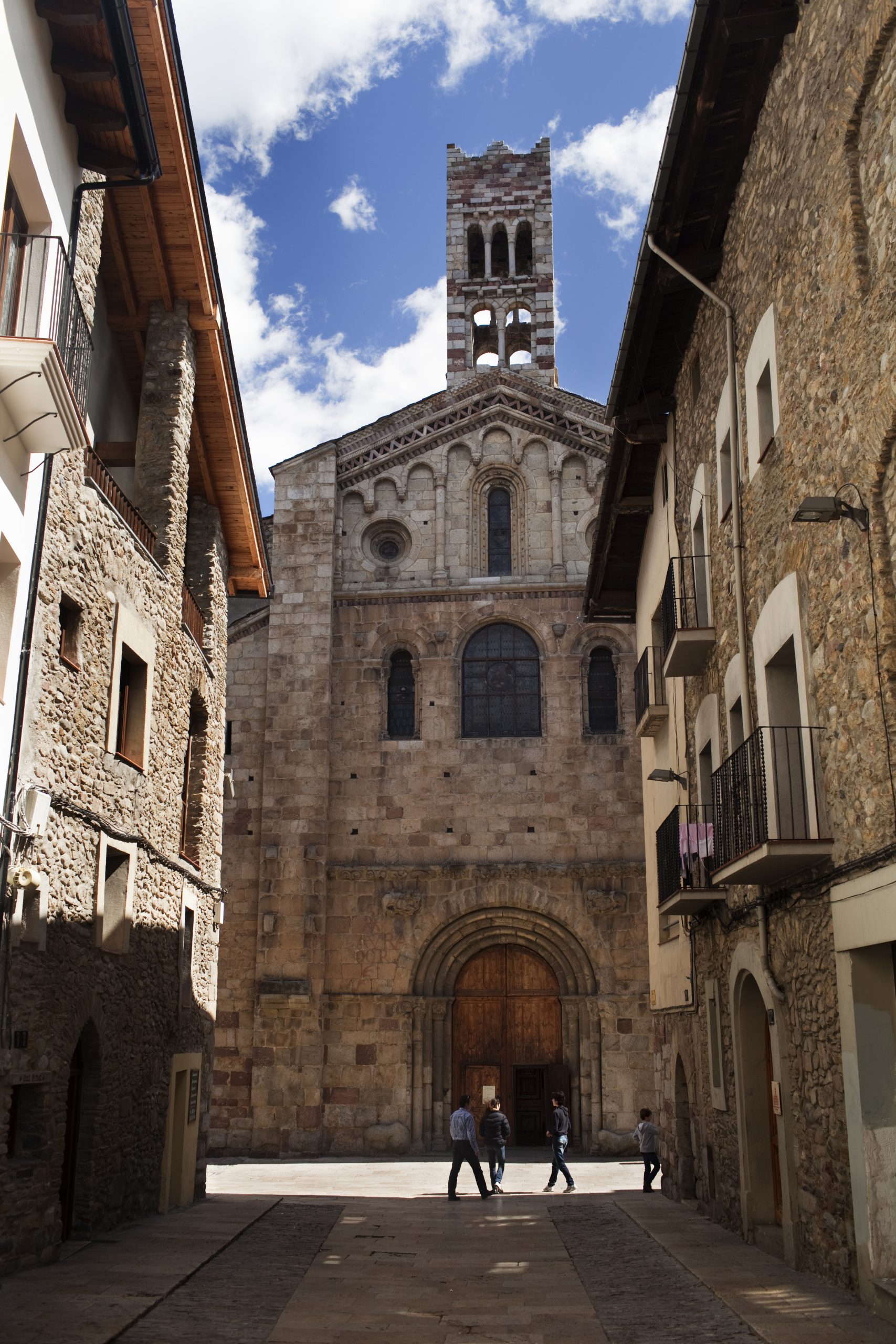
At La Seu d’Urgell
We continue on to La Seu d’Urgell, in the Alt Urgell district, located between two rivers and in the shadow of the nearby Serralada del Cadí. The late afternoon sun illuminates Santa María, the only fully Romanesque cathedral in Catalonia; we are just in time to visit its fascinating cloister. Here we find the only cheese from Catalonia with a protected designation of origin, a high-quality product made locally. La Seu d’Urgell is considered the Catalan capital of cheese thanks to the importance of the Artisan Cheese Fair of the Pyrenees, held in October during the festival of Sant Ermengol.
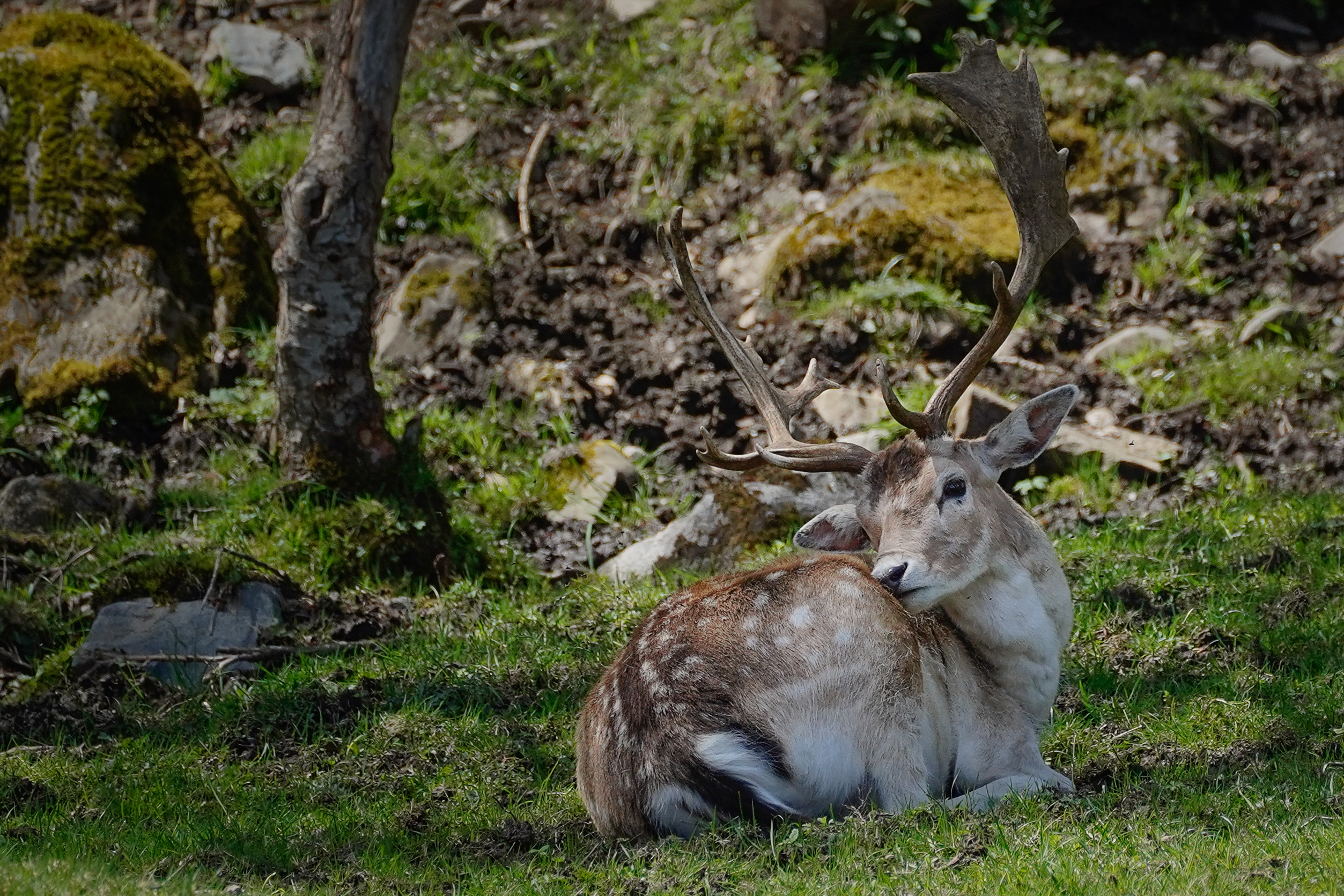
Pyrenean fauna
Forests in this part of the Pyrenees are home to marmots and large deer. When autumn comes, the calls of the deer in rut is the soundtrack to these forests. Throughout our walk we know that the animals are there, but they are hard to see, so in the afternoon we choose to visit Aranpark, in Bossòst, a town of featuring traditional architecture. In this wildlife park, both young and old alike are amazed at the imposing presence of brown bears, lynxes and grey wolves. To finish the day we go back to Vielha. If the visit happens to be on a Tuesday, we can participate in something that is a real institution in this valley, the Pintxo Pote. A bar-hopping route through the old town featuring miniature cuisine.
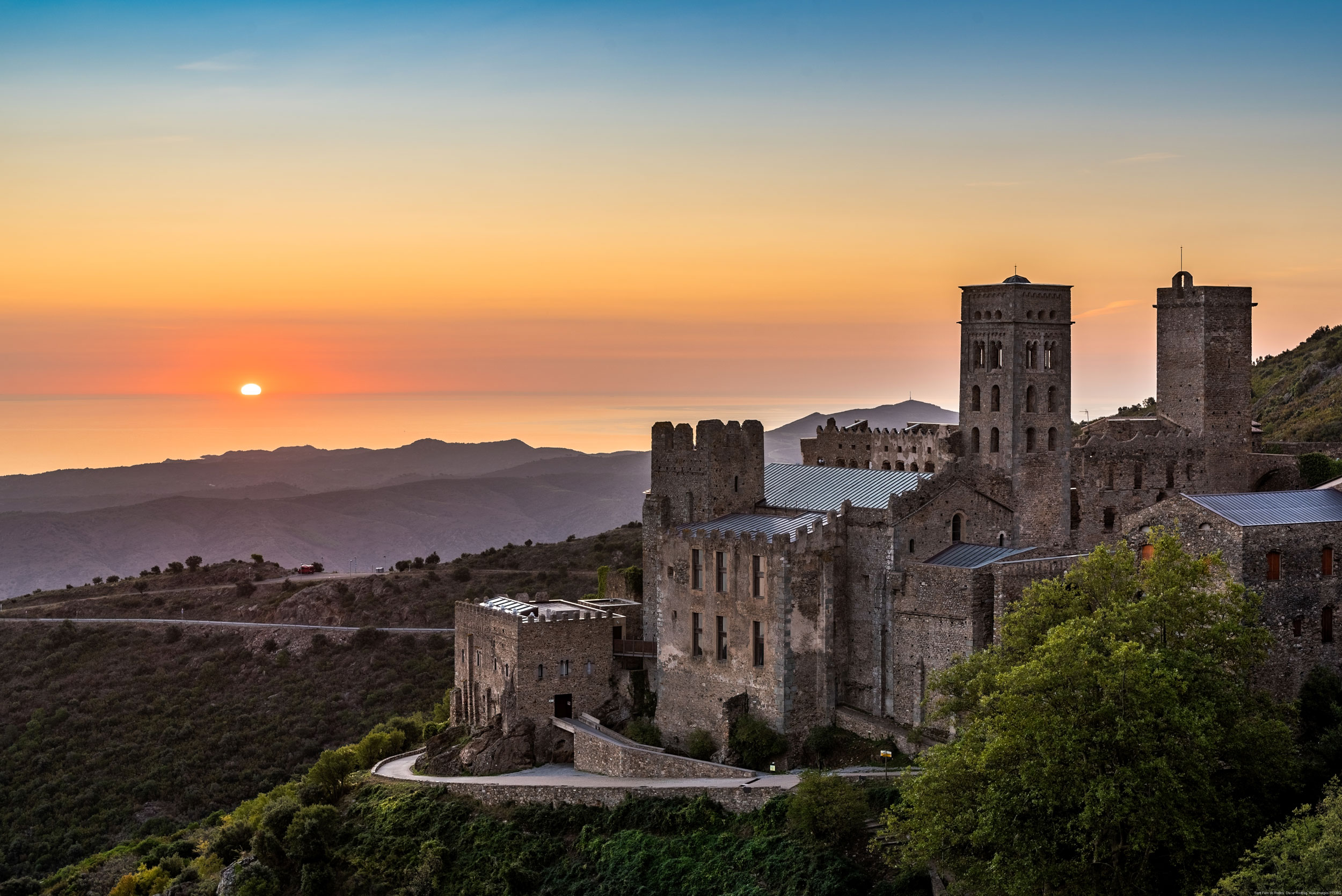
Sant Pere de Rodes
We drive through the vineyards of the Empordà DO, which stretches from the Pyrenees mountains to the beaches of the Mediterranean, to reach the Monastery of Sant Pere de Rodes. The guide tells us entertaining anecdotes about monks growing wine while we visit the church, the two cloisters and the wine cellar. We end the visit at the bar's lookout, with bird's-eye views over Port de la Selva and a taste of that wine shaped by the Tramuntana. On the beautiful roads that cross the Cap de Creus Natural Park, we reach the Dalí house in Portlligat, nestled between a white-washed hamlet at the foot of a cove where small fishing boats dock. This house, which Dalí converted into a studio, was a meeting place for many artists and intellectuals of that era, such as his filmmaker friend Buñuel and poet García Lorca. We decide to stop for lunch in Cadaqués, one of those perfect postcard villages on the Catalan coast. Its narrow, steep old town is an invitation to enjoy a calm stroll accompanied by the murmur of the sea.

Delta de l’Ebre
The route continues to the Delta de l’Ebre, one of the most valuable ecosystems on the peninsula, especially for the many species of birds that nest or pass through the area. We will visit Delta de l’Ebre Ecomuseum in Deltebre, to understand the unique nature of this landscape and our relationship with it. From one of the lookouts of this natural space, considered a Biosphere Reserve, we will enjoy magnificent views of the wetlands and the rice paddies that produce a product found in any good Delta meal. At sunset, a large flock of flamingos crosses the sky towards their roosts, where they will spend the night.
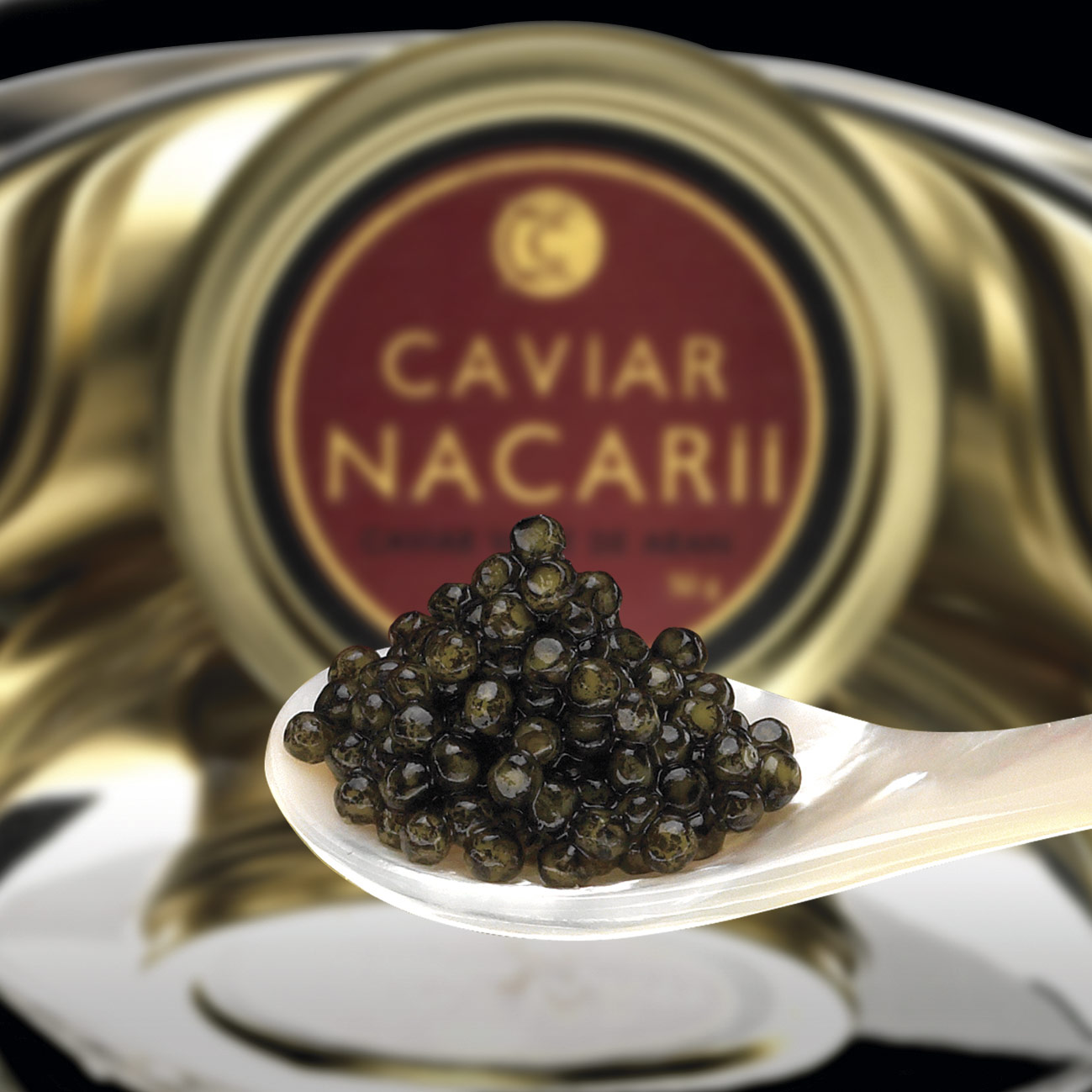
Aranese caviar
The purity of the snowmelt water provides the best conditions for sturgeon farming, from which Val d’Aran caviar is made. After visiting the facilities in Les, we’ll head to Vielha to sample this exquisite delicacy. The town is also home to a wide range of restaurants, serving everything from the traditional olla aranesa (Aranese stew) to international and market cuisine, all surrounded by stunning natural scenery.

Past and future
Breakfast at the hotel includes yoghurt and kefir made from organic milk from a farm that practices regenerative agriculture. Our interest in this practice, which is so closely linked to soil health, will encourage us to take part in an activity centred on permaculture, a philosophy linked to sustainability that seeks harmony with nature. After buying biscuits from Camprodon and traditional sausages from La Cerdanya, including bull, bisbe and pa de fetge, we’ll make a final stop before heading to La Garrotxa. The Ripoll Ethnographic Museum is dedicated to preserving the memory of trades and traditions, reminding us that knowing the past is essential to understanding who we are.

From sea to table
The hunger to learn more about Mediterranean fish will lead us on a tour of the Barceloneta quay, accompanied by a fisherman who will tell us stories about his trade and take us to the fish market auction. We’ll spend the rest of the afternoon on a guided tour of iconic shops, such as traditional grocers, where we’ll buy typical Catalan delicacies. For dinner, we’ll book a table at one of Barcelona’s Michelin-starred restaurants (there are more than fifty in Catalonia), whose tasting menu is surprisingly affordable and full of fresh, local produce.
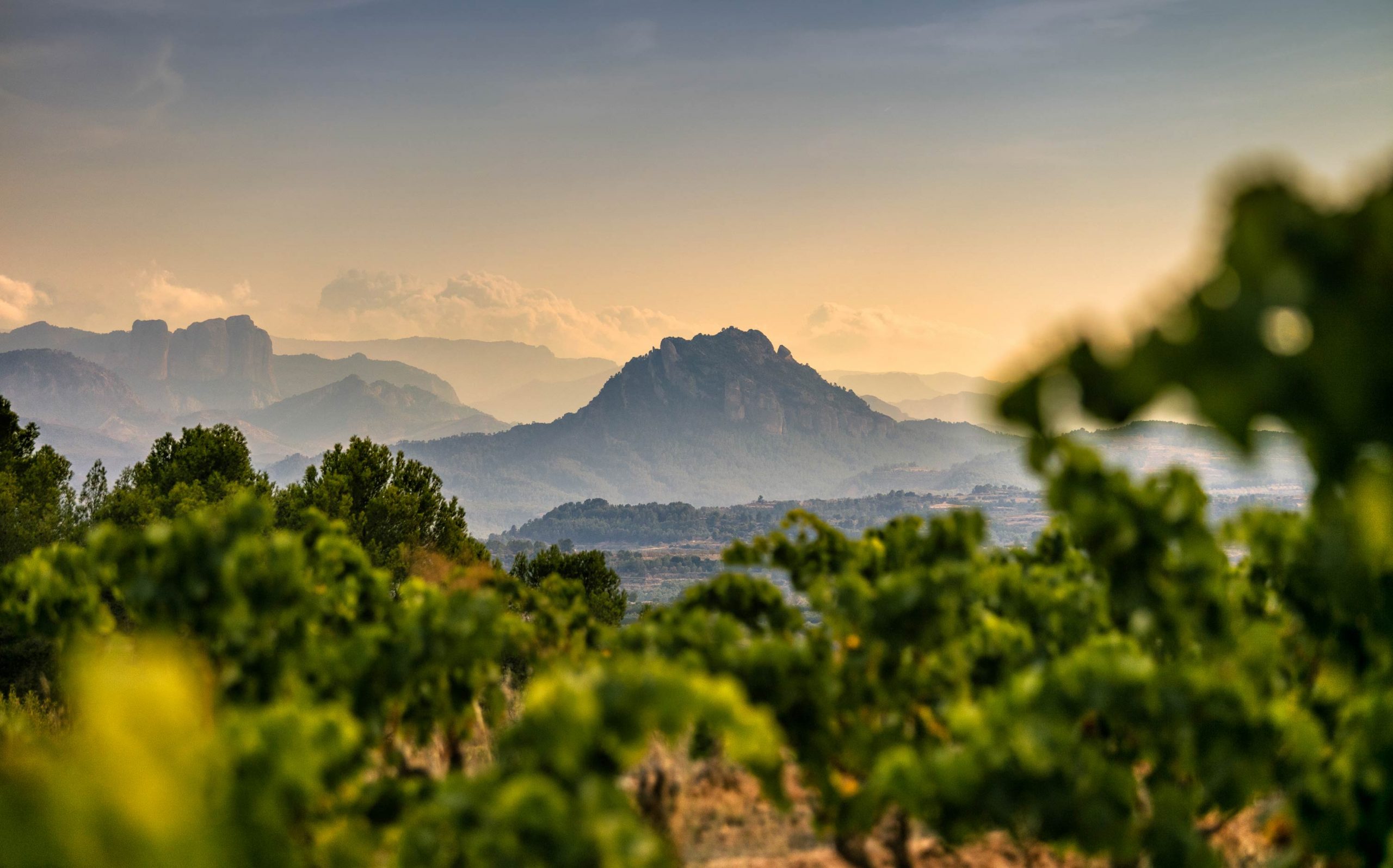
Looking for Picasso
In the final hours of the day we near Horta de Sant Joan, the town with which Picasso fell in love. “Everything I know I've learned in Horta," the painter would say. Watching sunset over the Roques de Benet, one of the best-known formations of Els Ports, a natural park ideal for hiking, we can understand what led Picasso to make that claim.
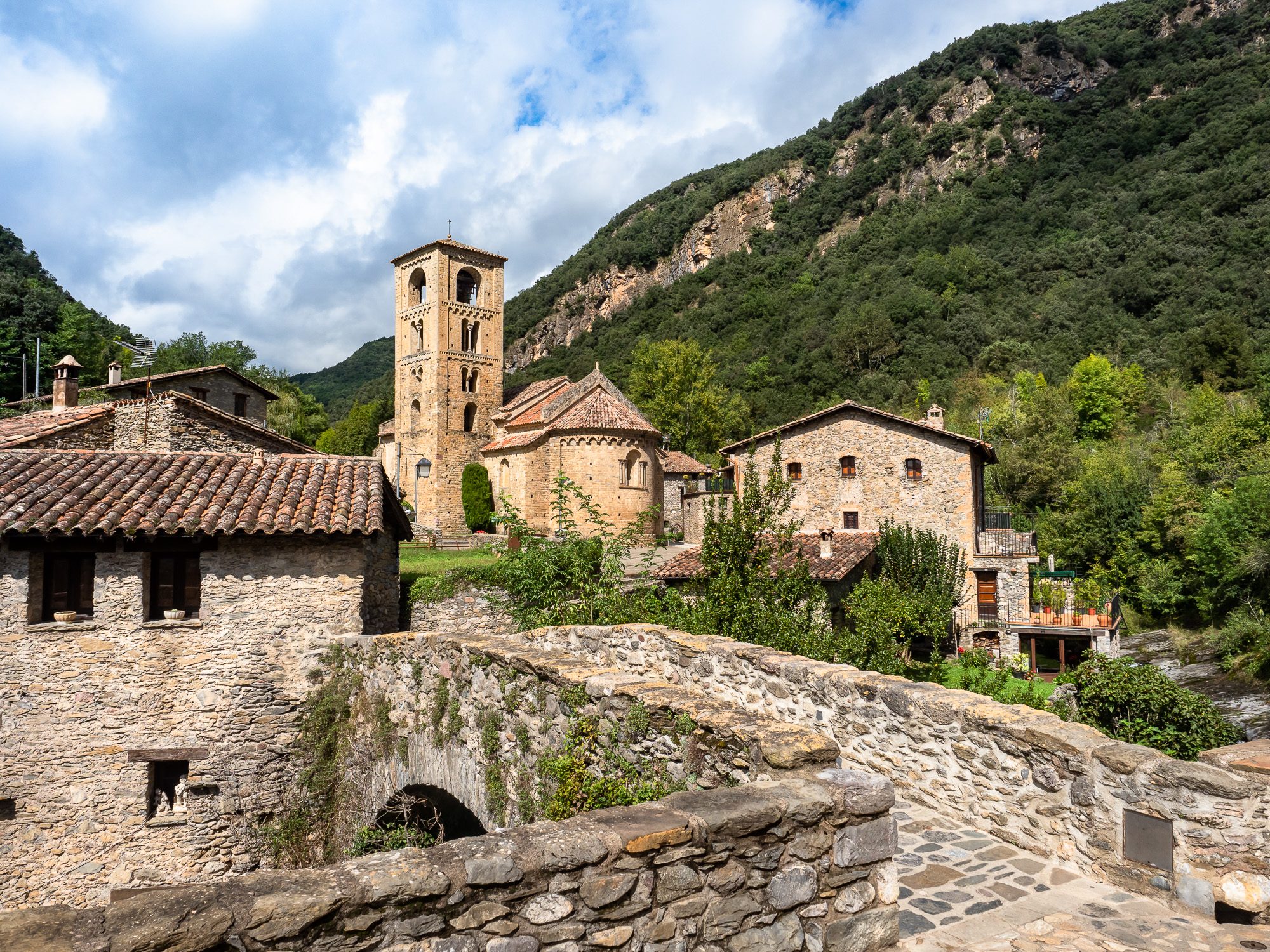
Camprodon Biscuits
We return to Ribes de Freser on the rack railway and take the route back to Camprodon, where we cross its medieval bridge and purchase several boxes of its famous artisanal biscuits. Between Camprodon and Olot, the road passes through beautiful villages, each well worth a stop if you have the time: Beget, a Charming Village, Sant Joan les Fonts with its medieval bridge, and Castellfollit de la Roca, perched on a basalt cliff that emerges from the landscape like the bow of a ship. After a very full day we head towards one of the many classic Catalan farmhouses that have been turned into accommodation, which can be found around Olot.
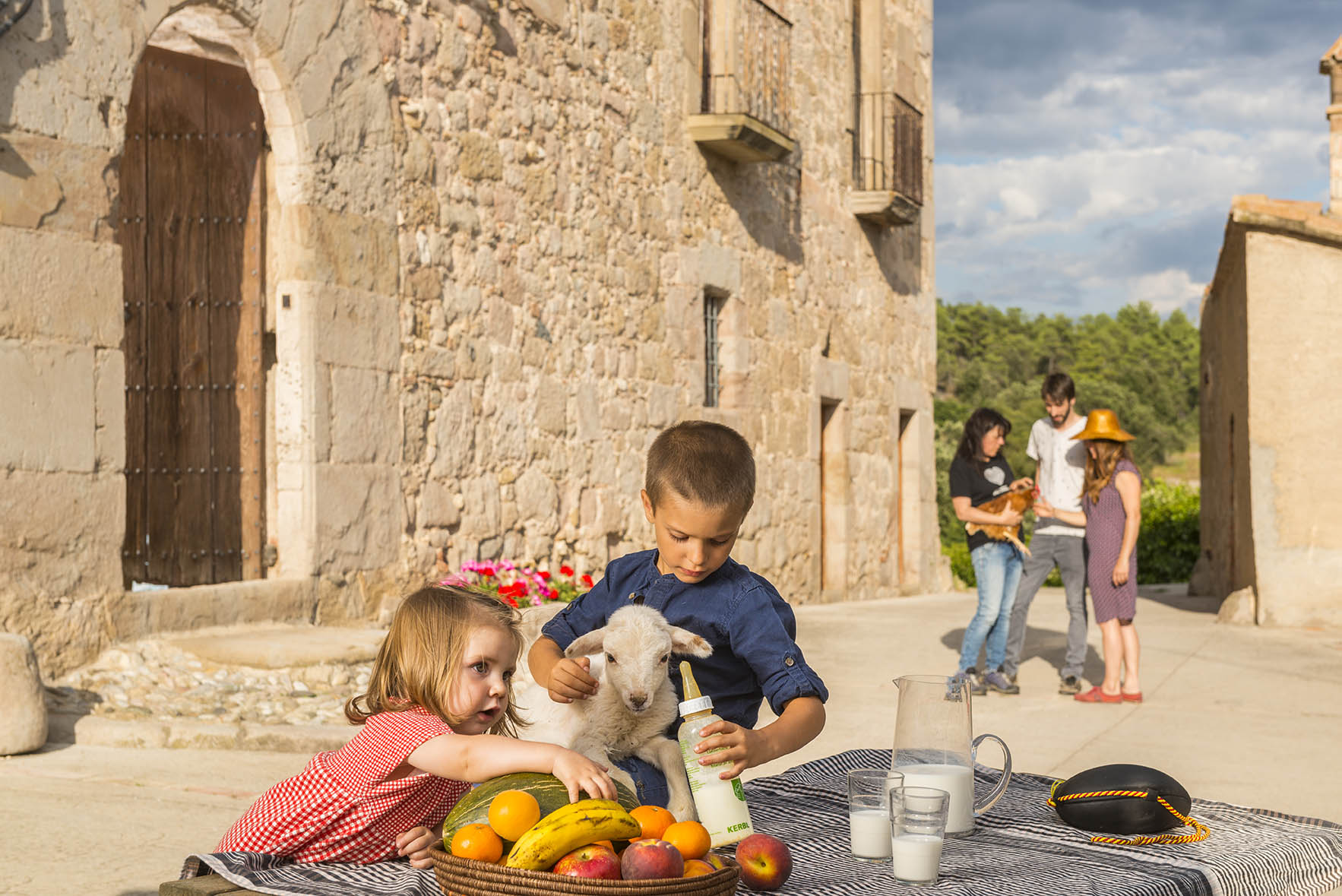
Berguedà cuisine
In the afternoon we all meet again and continue on the road to Bagà, making a short stop at the Guardiola de Berguedà to visit the magnificent Benedictine cenotaph of Sant Llorenç. We end the day with a well deserved selection of local recipes. The table features a parade of pèsols (peas) negres with pancetta, patates emmascarades, potatoes cooked with botifarra negre sausages, and the sliced cabbage and potato known here as trumfos amb col. After dinner, we take a stroll through the picturesque village of Bagà.

The Poblet monastery
One of the stretches of the Cistercian Route, an itinerary connecting the monasteries of Santes Creus, Poblet and Vallbona de les Monges, leads from Montblanc to Poblet. Since it is only ten kilometres, we decided to take a walk and enjoy the landscape of the Prades Mountains. On reaching the Cistercian monastery of Poblet, an official World Heritage Site, one of the monks tells us that the landscape, in addition to its silence, truly shines in the autumn, when the land offers up the best potatoes, chestnuts and mushrooms.

Fresh products at the market
We've got a date at the market, so let's pick up the hand-made palm frond baskets we bought the day before at one of the shops in the Born district and get ready to let ourselves be advised by our guide on buying the freshest produce, with which we will prepare dishes at a cookery workshop. After enjoying the seafood paella we cook, and taking notes on every step of the recipe so we can repeat our success at home, we head to the fishermen’s guild to see the arrival of the fishing boats and witness the bidding at the auction. It is interesting to see how fishing has survived in such a large metropolis, thanks to a guild that can serve fresh fish to meet the high demand of the Barceloneta restaurants.
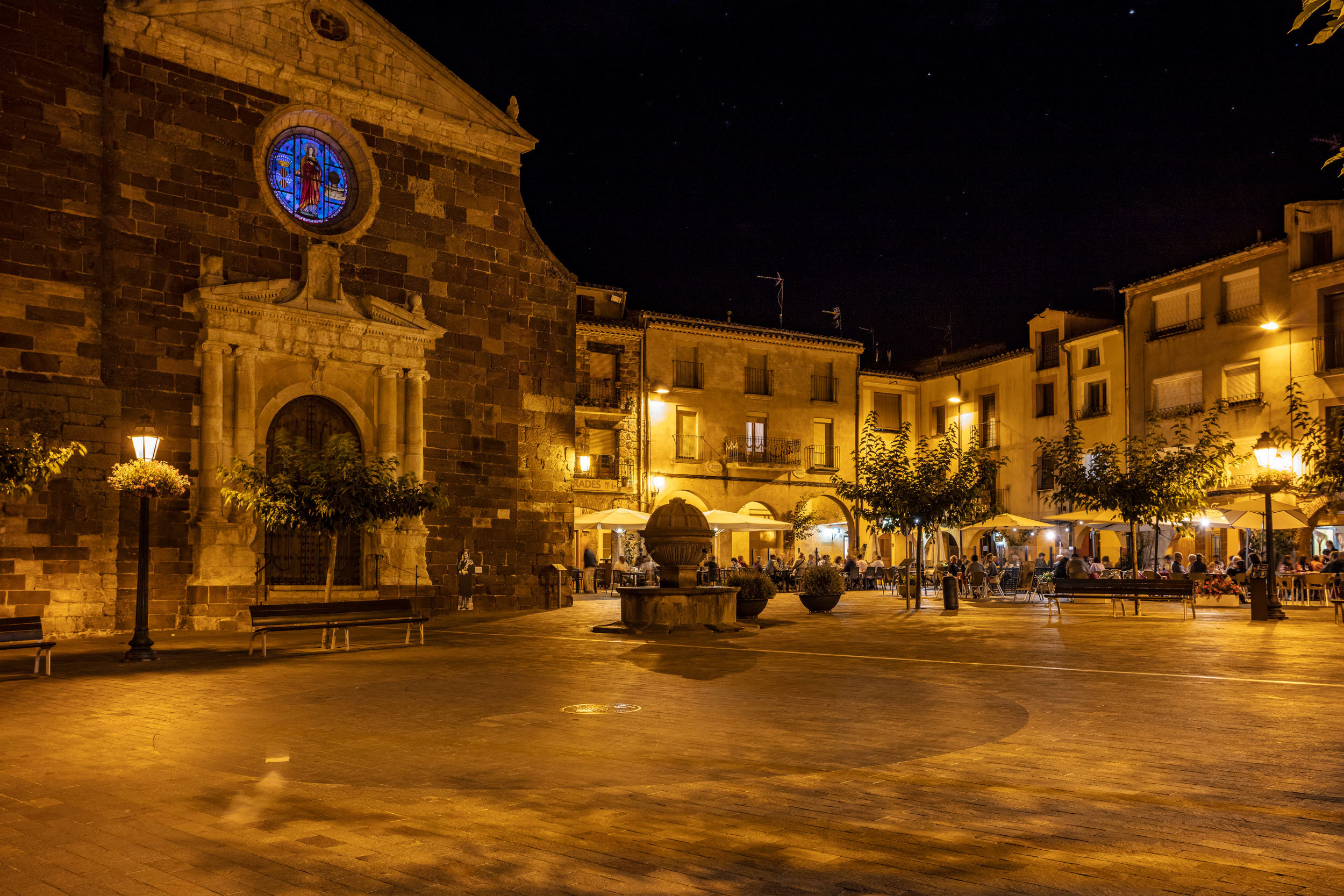
To Montblanc
The route continues to Montblanc via Prades, another Charming Village. Surrounded by a precious natural environment, the town is also known as the Villa Roja because of the characteristic red stone colour of many of its buildings. By taking a short detour, just seven kilometres from Prades, we can visit Capafonts, where they offer the chance to spend a few hours as a shepherd learn how to make cheese.

Vermouth in Reus
We travel to the nearby town of Reus, Gaudí’s birthplace, to arrive just in time for a traditional vermouth. They tell us the story of this fermented beverage, transporting us to the days when it was exported to half the world and Reus was, along with Paris and London, one of three cities setting the price of spirits. Leading producers offer guided tours, some of which are dramatised, and product tastings. The days of splendour that the Vermouth brought to the city resulted in numerous commissions from prominent modernist architects. The Modernist Route covers 26 major buildings, including the Casa Navàs, the Casa Rull, the Casa Gasull and the Pere Mata Institute, works by Lluís Domènech i Montaner, and the Casa Anguera by Pere Caselles.
